This article was last updated on: October 2018
This North Korea article is kind of long and thus is divided into seven (7) parts. You are about to start reading part six (6). Choose here any other part you may want to go to: | One (1) | Two (2) | Three (3) | Four (4) | Five (5) | Seven (7) |
I also went to Hamhung.
They have allowed foreigners to visit only from 2010. So, when I went, the possibility was kind of recent.
I don’t think there had been a lot of foreigners visiting before.
Before we continue, let me tell you one thing:
Before this trip to Hamhung, I had a flight on an Antonov An-24 departing Pyongyang and returning there.
It’s written on the seventh part of this article. But chronologically, it happened before what you’re about to read. It was easier for me to write it this way.
Now, let’s carry on…
Hamhung is North Korea’s second most inhabited city. They say it’s the big city that suffered the most with the famines of the 90s (the government calls this whole period “The Arduous March“).
They say close to 10% of the population died thanks to that. And, that yet another 10% fled to wherever they could to survive.
You need to remember that it isn’t possible to change cities at will in North Korea, as is the case in Colombia or the United Kingdom.
The government moves you, and allows you (or not) to be in a given place (remember Songbun).
So, that 10% that moved away, basically chose to flee and risk themselves, rather than remaining in Hamhung to literally starve.
Well, in Colombia you’re moved by the war or the neighbourhood chavs, but that’s another discussion.
The trip to Hamhung was on a Tupolev Tu-134, no less!
This Aeroplane is a twin jet that can carry about 90 passengers. A sort of BAC 1-11, Douglas DC-9, or Fokker 28, Soviet style.
It began operating in the late 60s, and had many versions from then.
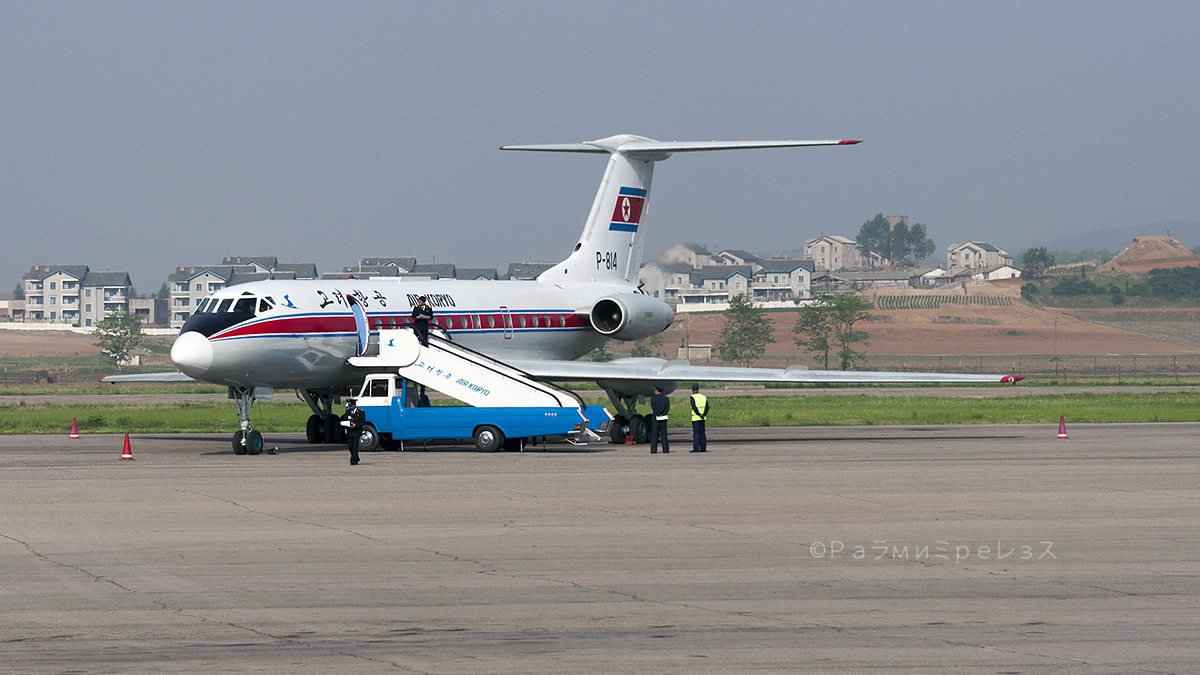
They built more than 800. It was a VERY popular Aeroplane in the Soviet Union, in the countries it became later, and its influence sphere.
Close to Colombia there was an Airline called Imperial Air, in Peru, that flew these Aeroplanes in the 90s for a few years.
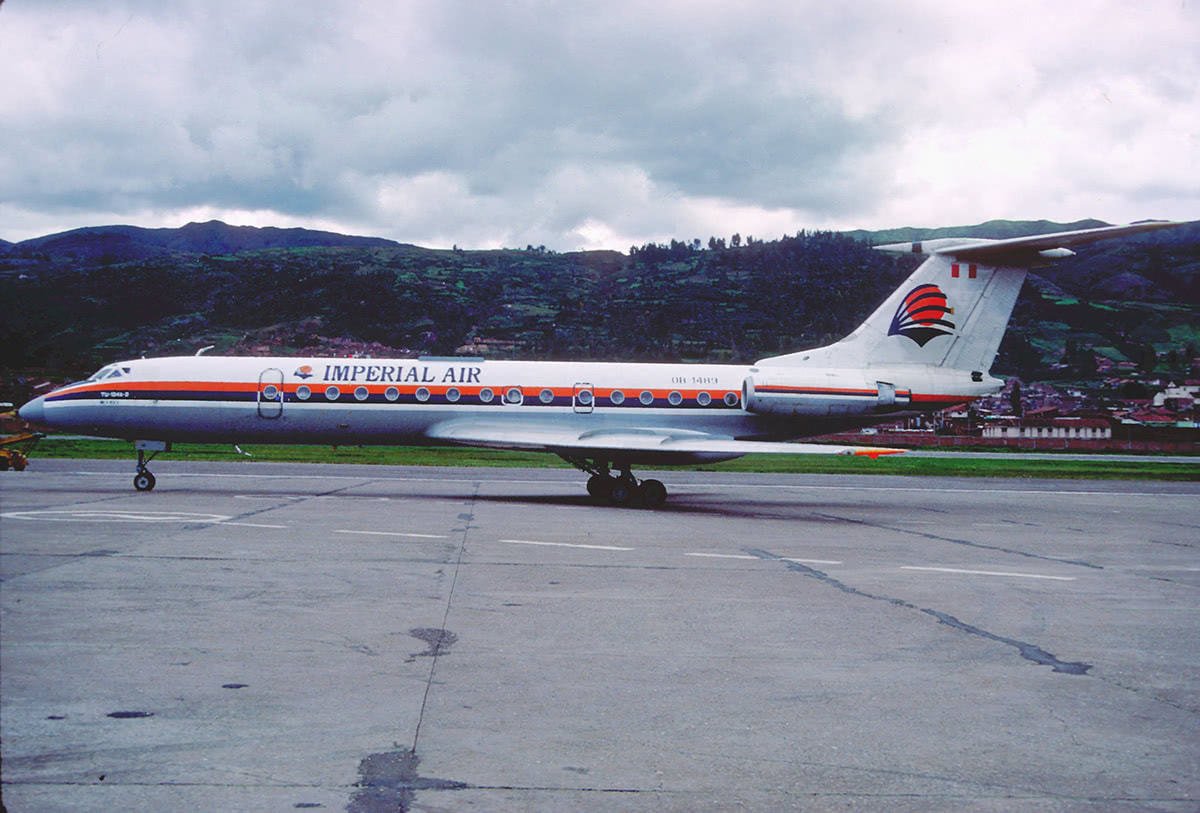
Aero Icarus.
Besides, the Tu-134 appears in the following scene, and it wins it all for that. Do click here to go to the video in YouTube, as the video’s owner does not allow for direct embedding. You won’t regret it.
Other than Imperial Air, there was no way to fly that Aeroplane in this continent. Not even Cubana operated them. So, you’ll imagine my thrill about being able to fly in a Tu-134.
By the time of writing this, there shouldn’t be more than 10 flying for the airlines, including Air Koryo’s. And some military ones.
There’s a pretty interesting one called the Tu-134UBL. It’s a Tu-134 with a Tupolev Tu-160 nose, used for Tu-160 crew training.
There are beautiful things in the world, and then there’s the Tupolev Tu-160.
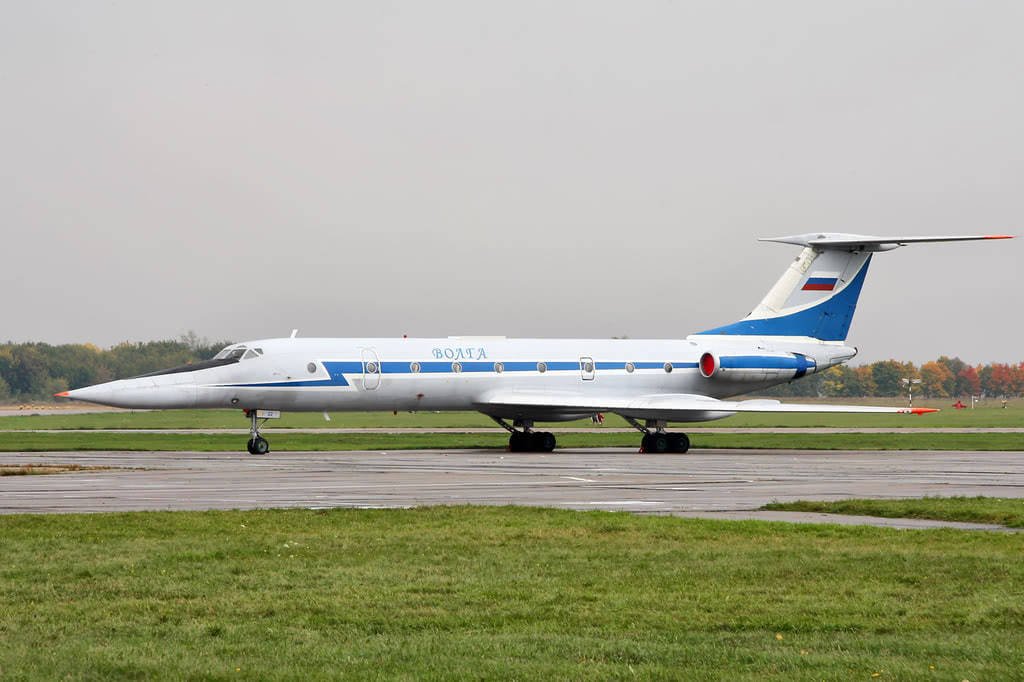
Vitaly Kuzmin.
The Tu-160 is the same Aeroplane that flew from Venezuela to Nicaragua, passing through Colombia.
It happened a few years before, allegedly, without authorisation. So, it was between the crosshairs of Colombia’s Kfir Aeroplanes for some time.
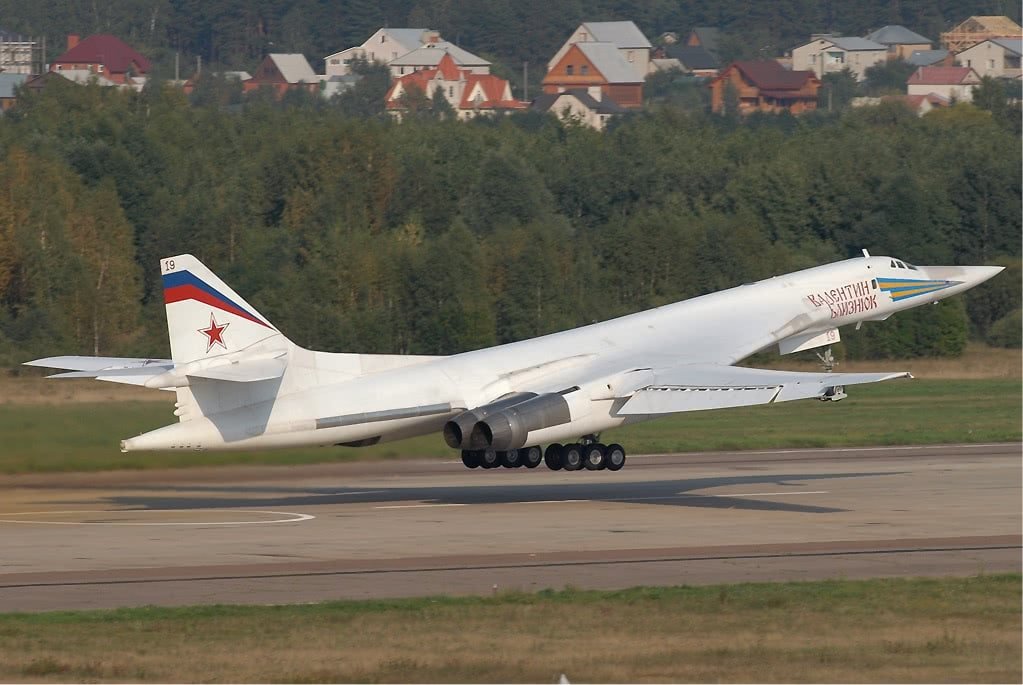
Sergey Krivchikov - Russian AviaPhoto Team.
Colombia even sent a diplomatic protest note (watch video).
Air Koryo’s Tu-134s are kind of recent. In fact, the last produced unit, made in the mid 80s was delivered to the airline.
So they’re the version with no glass on the nose, as was characteristic for soviet Aeroplanes of earlier vintage.
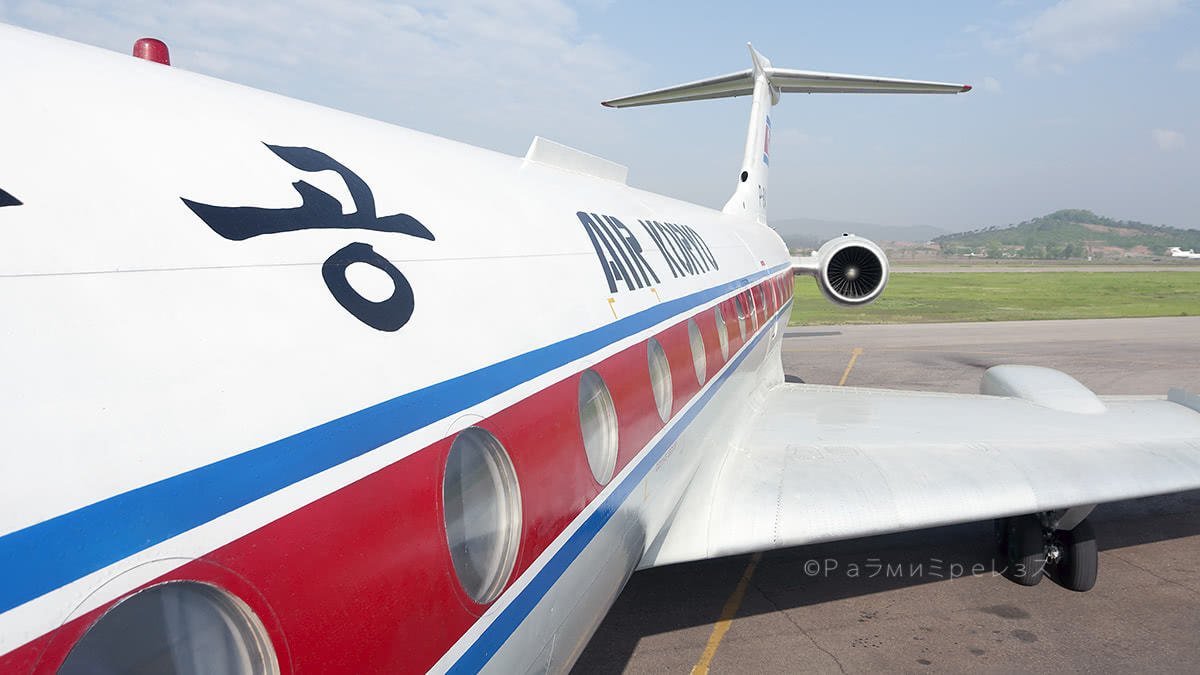
P-814 was the chosen one for the Hamhung trip, and we boarded it on a very beautiful and sunny day in Pyongyang.
We could also see two Ilyushin Il-76 Aeroplanes that were resting on the platform.
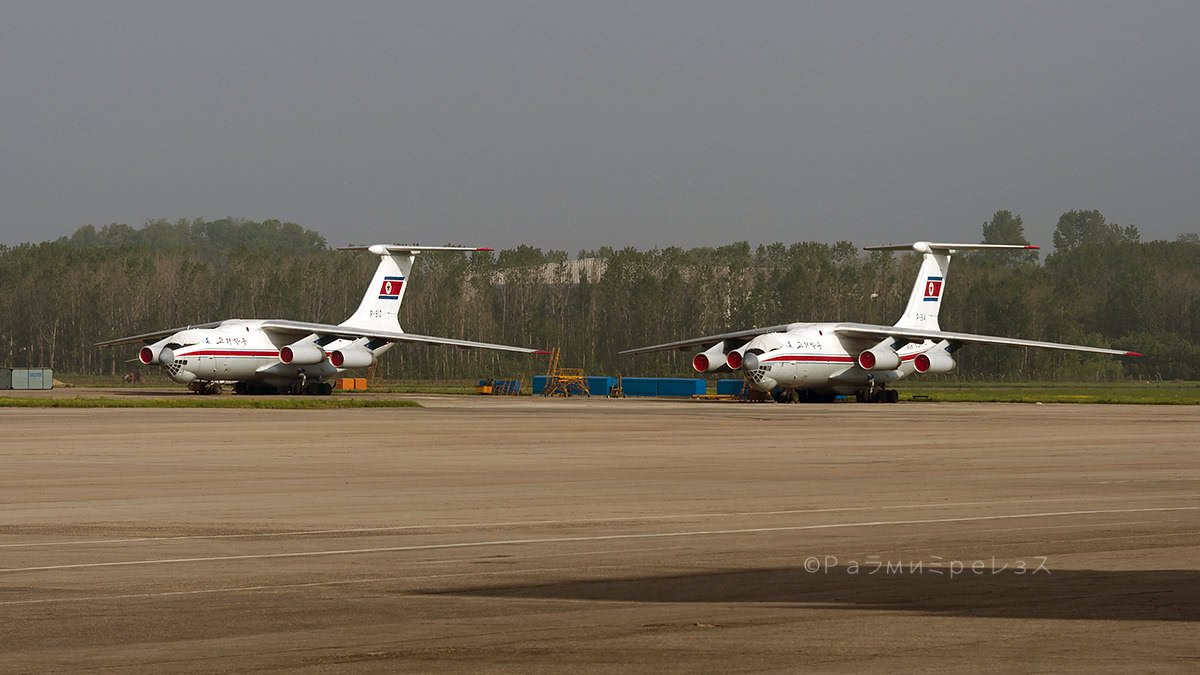
There was no turbulence during the flight.
I was looking through the window all the time to try to see what I could of North Korea. Things that, perhaps, I could not have the chance to see on ground as a foreigner.
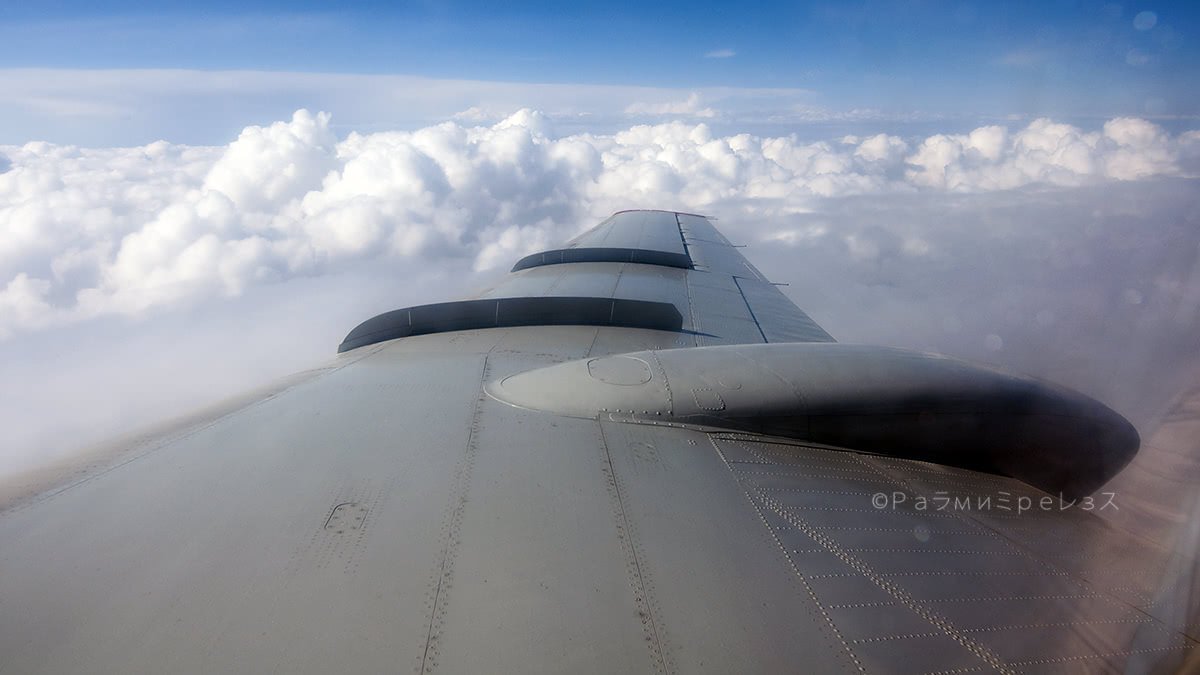
Arrival was in Sondok Airport. There’s another one closer to the city called Toksan.
I never knew why one and not the other. But I guess it has to do with the Airport’s technical characteristics as in the rest of the world. And also, with how much do they want foreigners to see what’s in a place or the other.
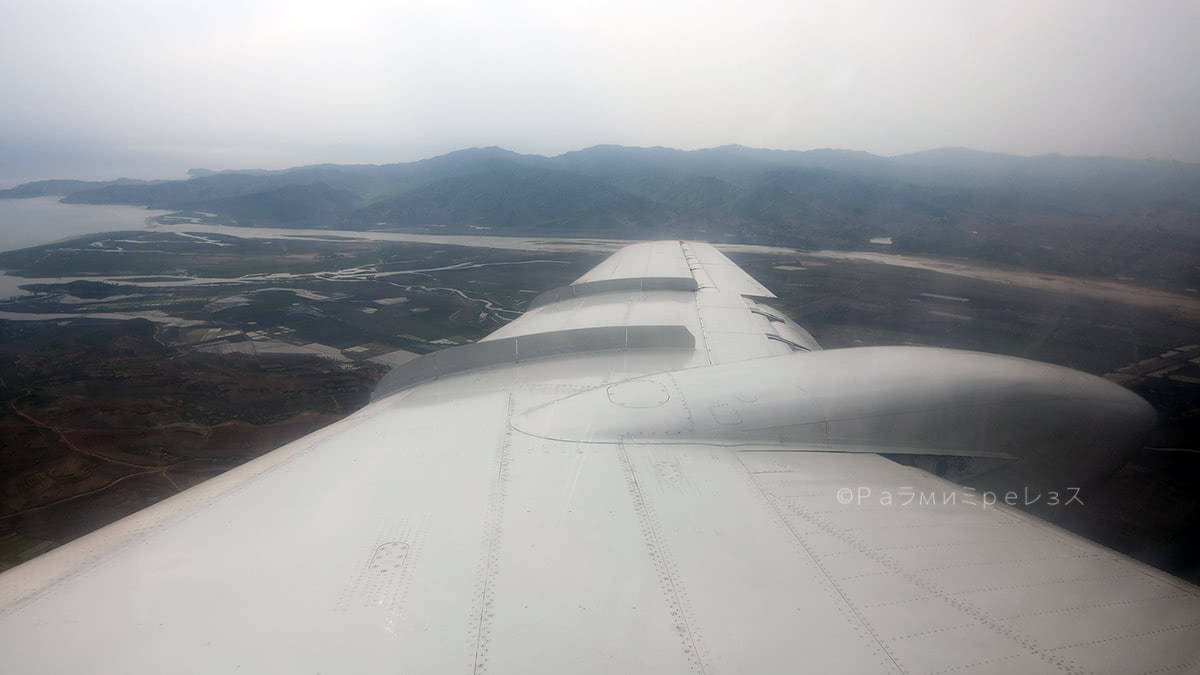
They say there are many Mig-21s based in Toksan. Perhaps they didn’t want us getting close to that.
Thing is, we arrived in Sondok on a rainy afternoon, in contrast with the nice day they had in Pyongyang. We hopped on the bus right away, and off to Hamhung we went.
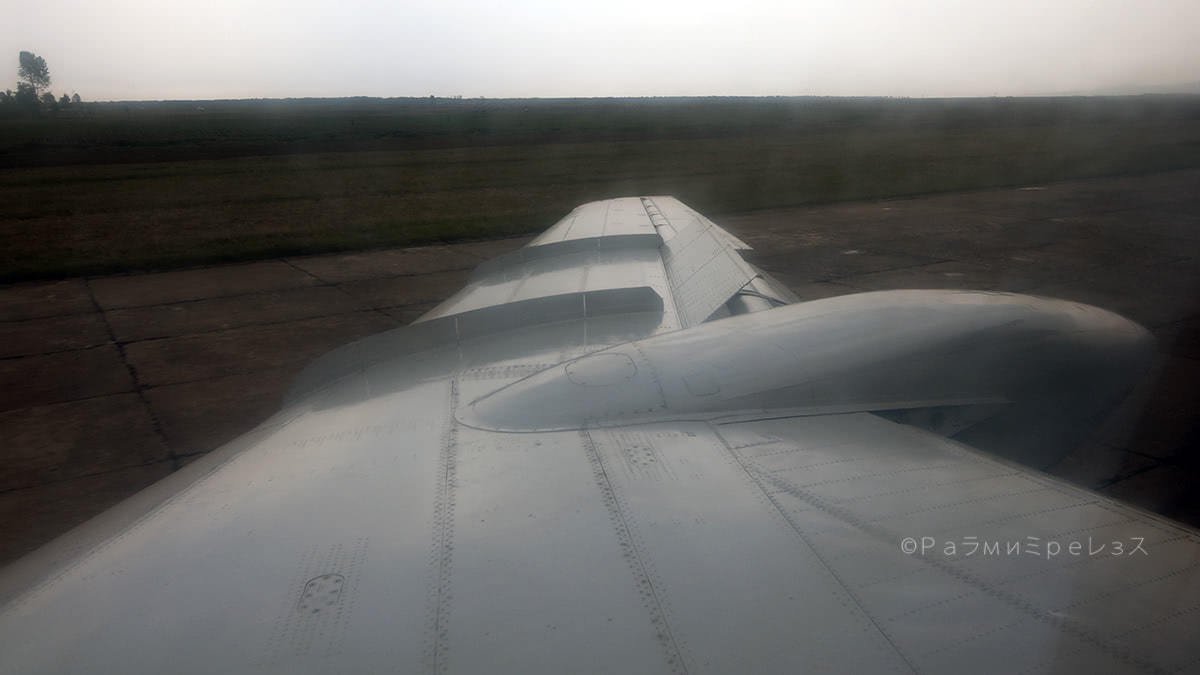
Some additional photos of the flight between Pyongyang and Sondok in the gallery below.
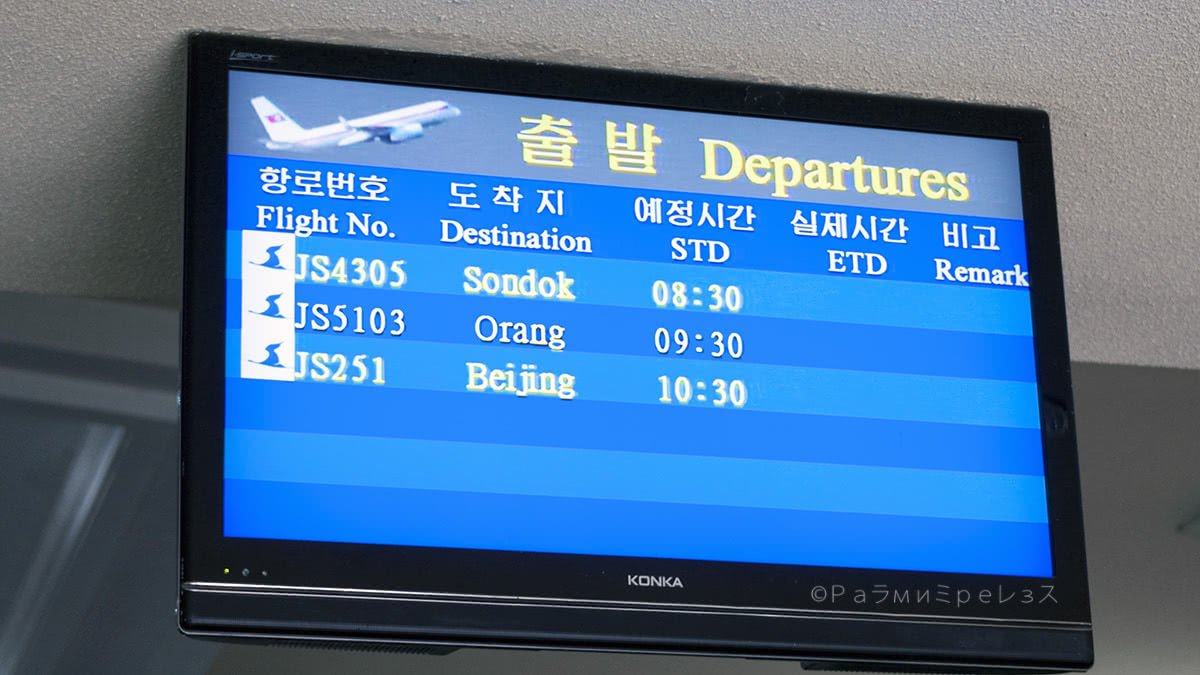

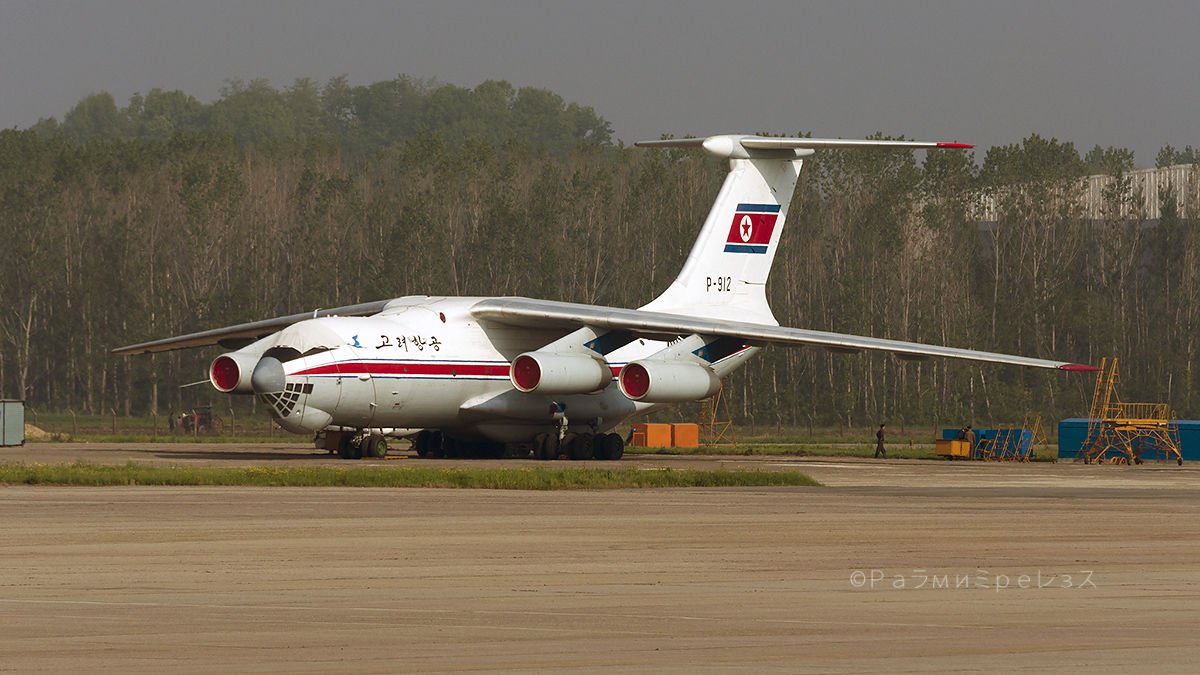
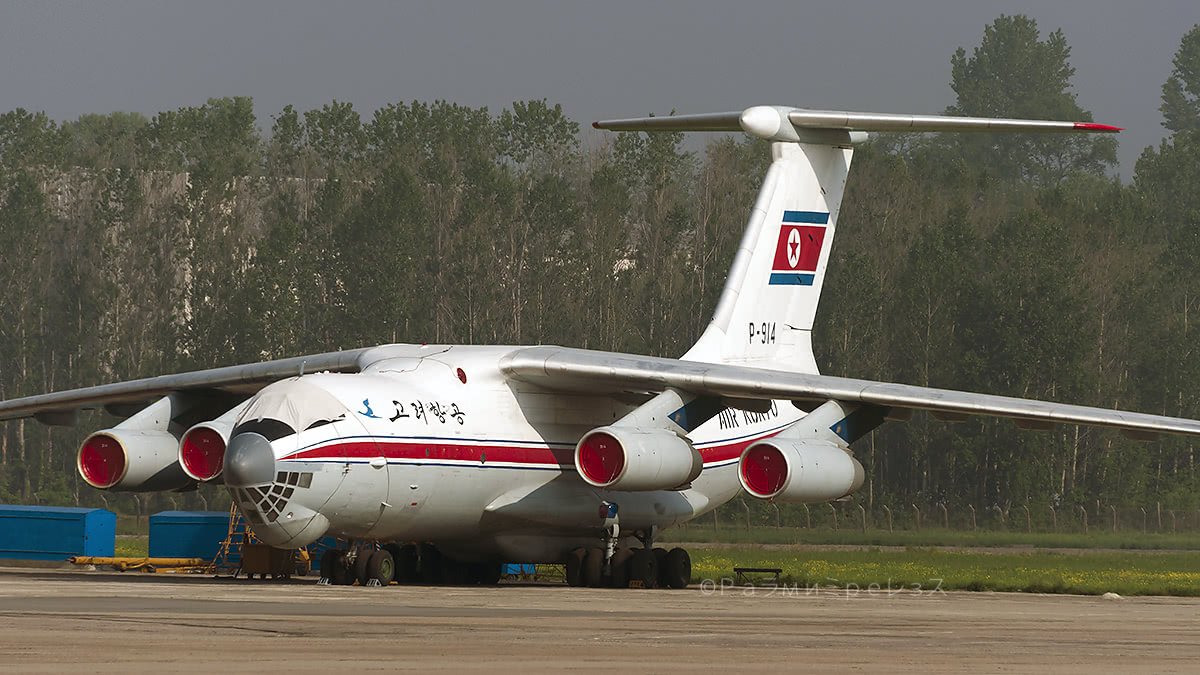
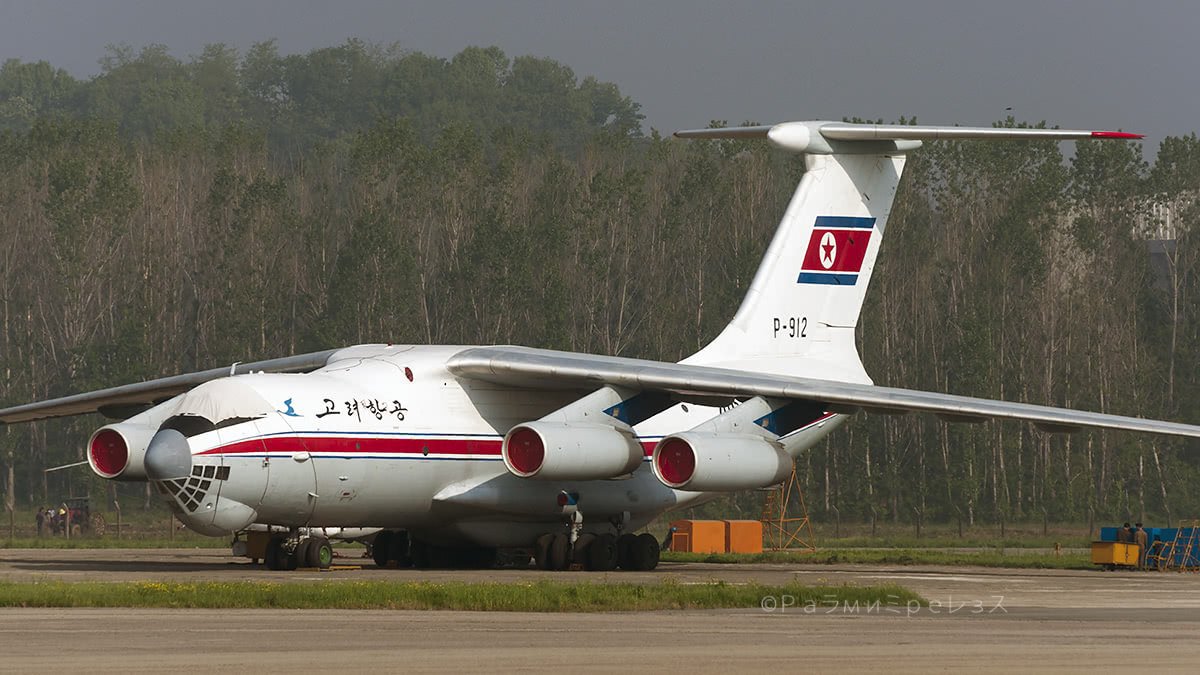
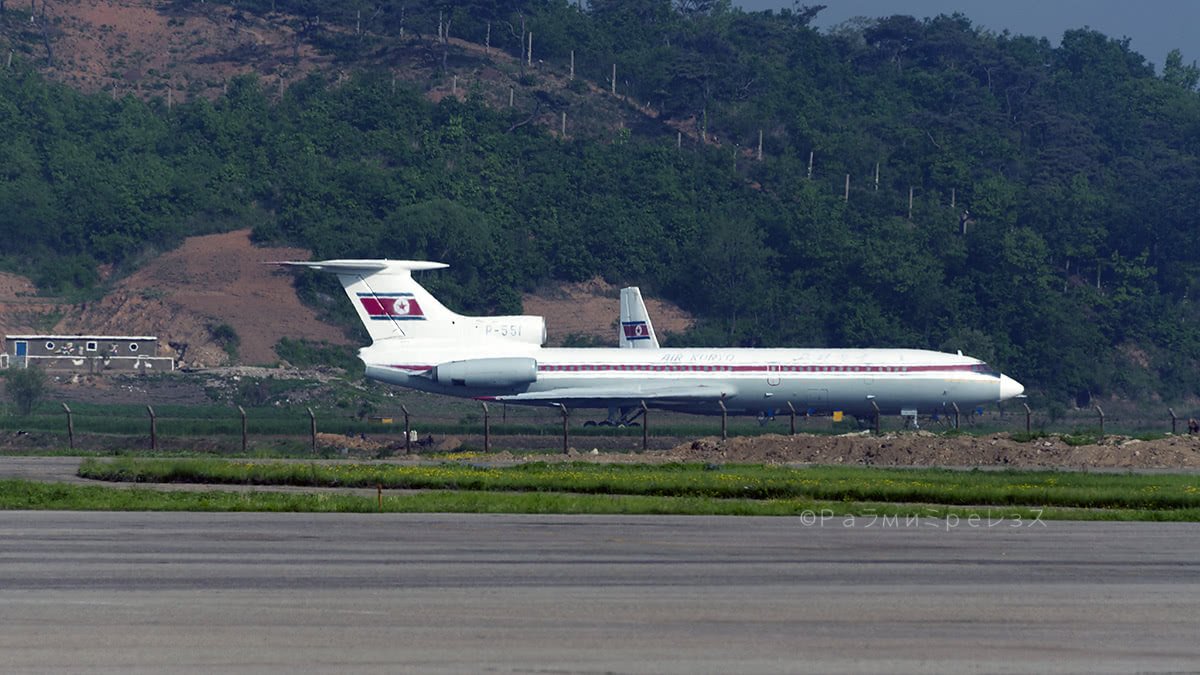

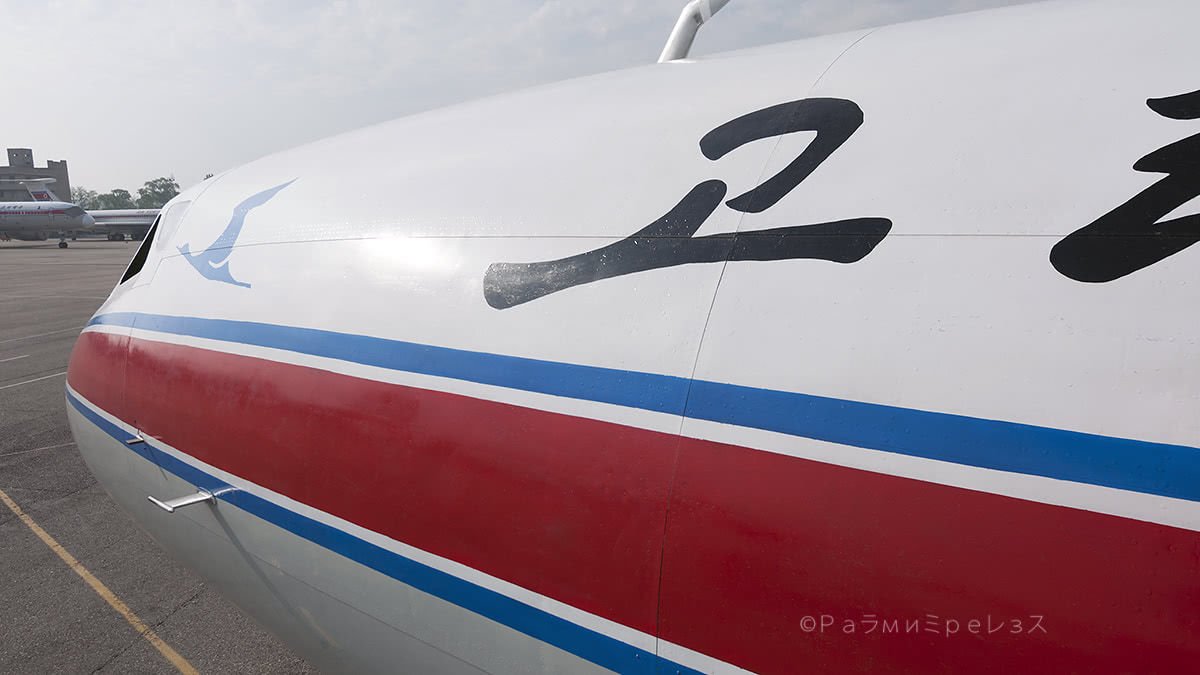
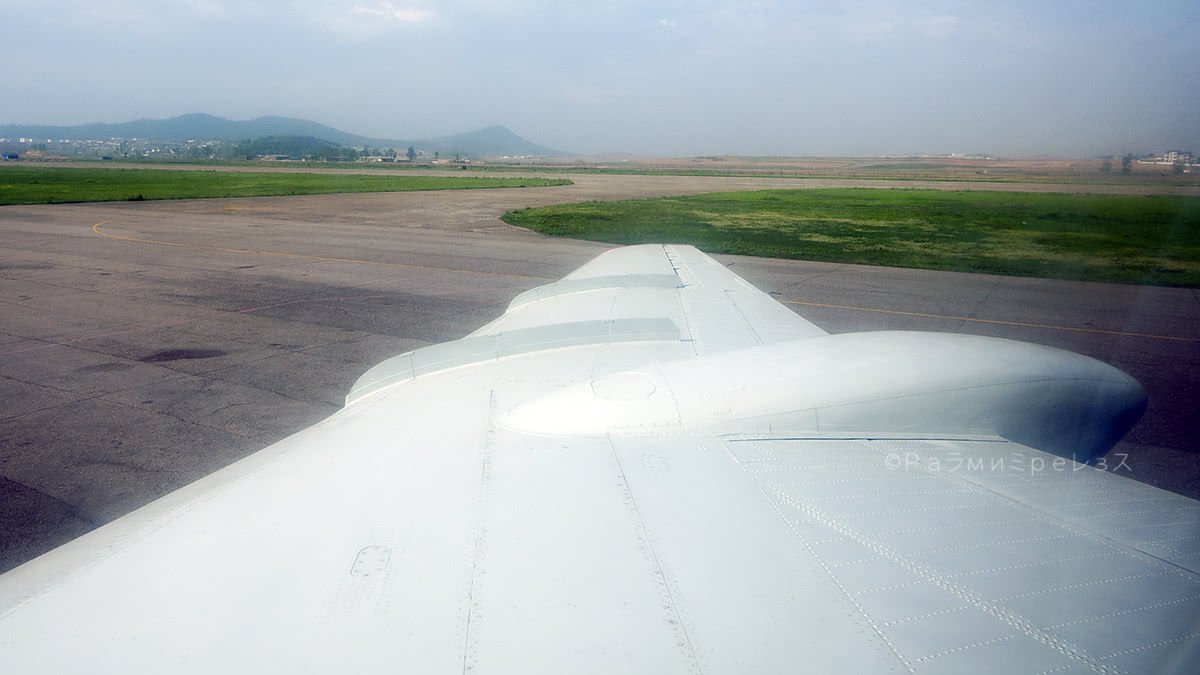
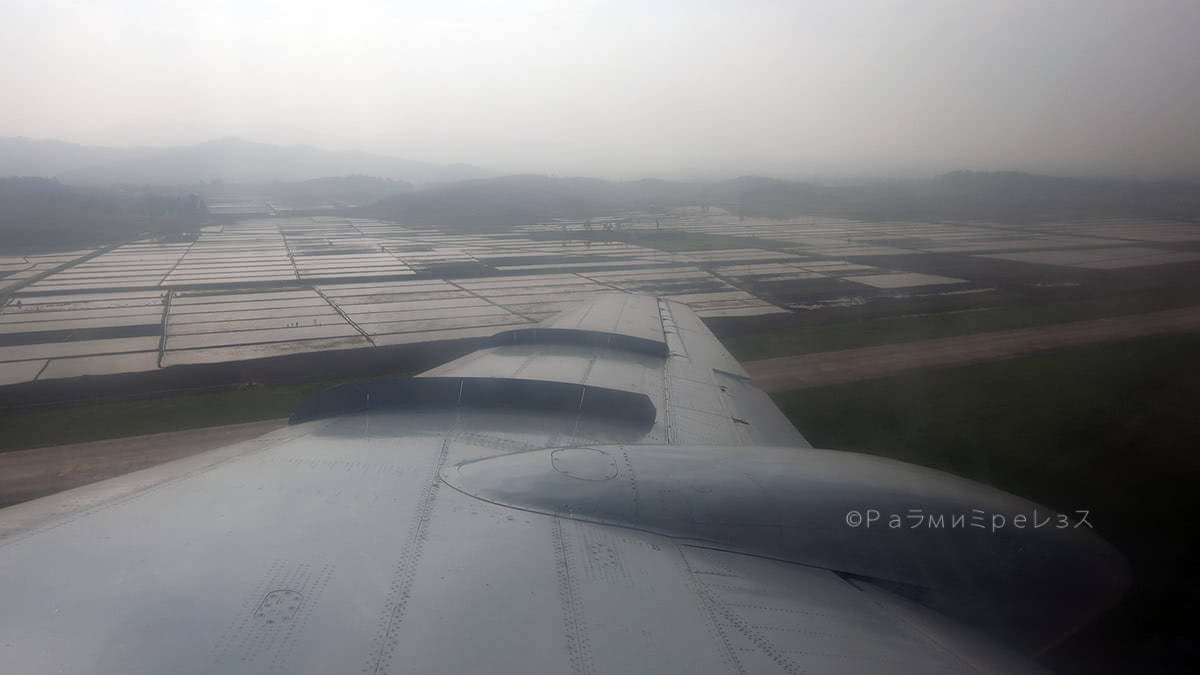
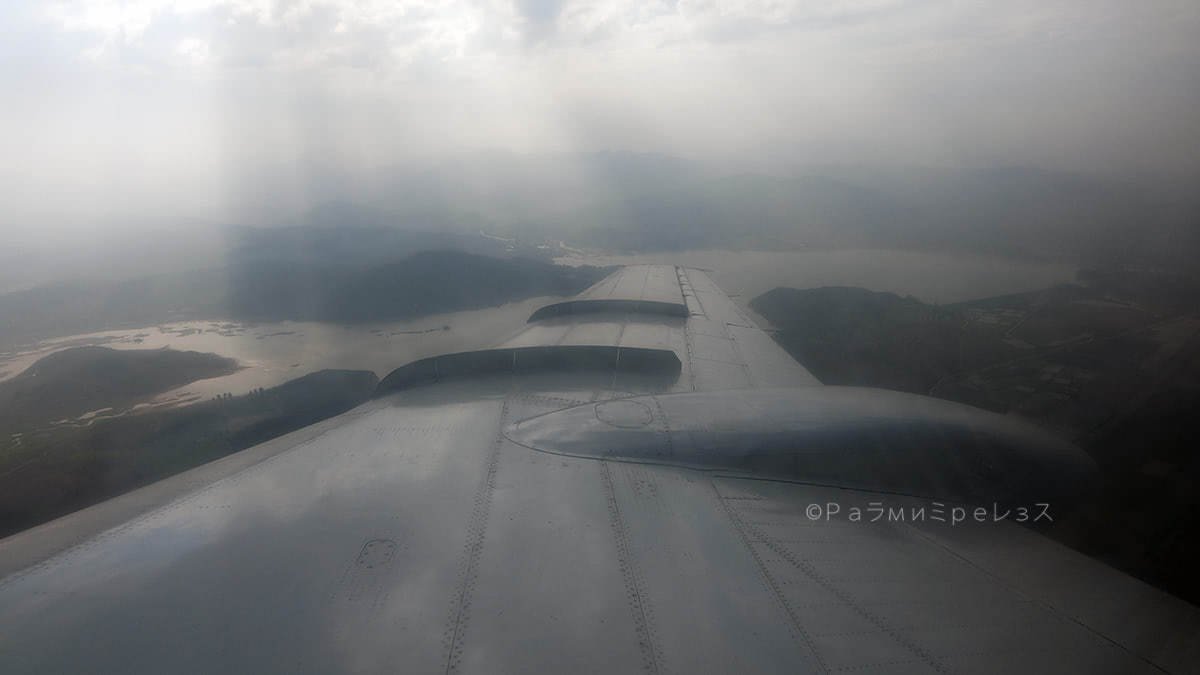
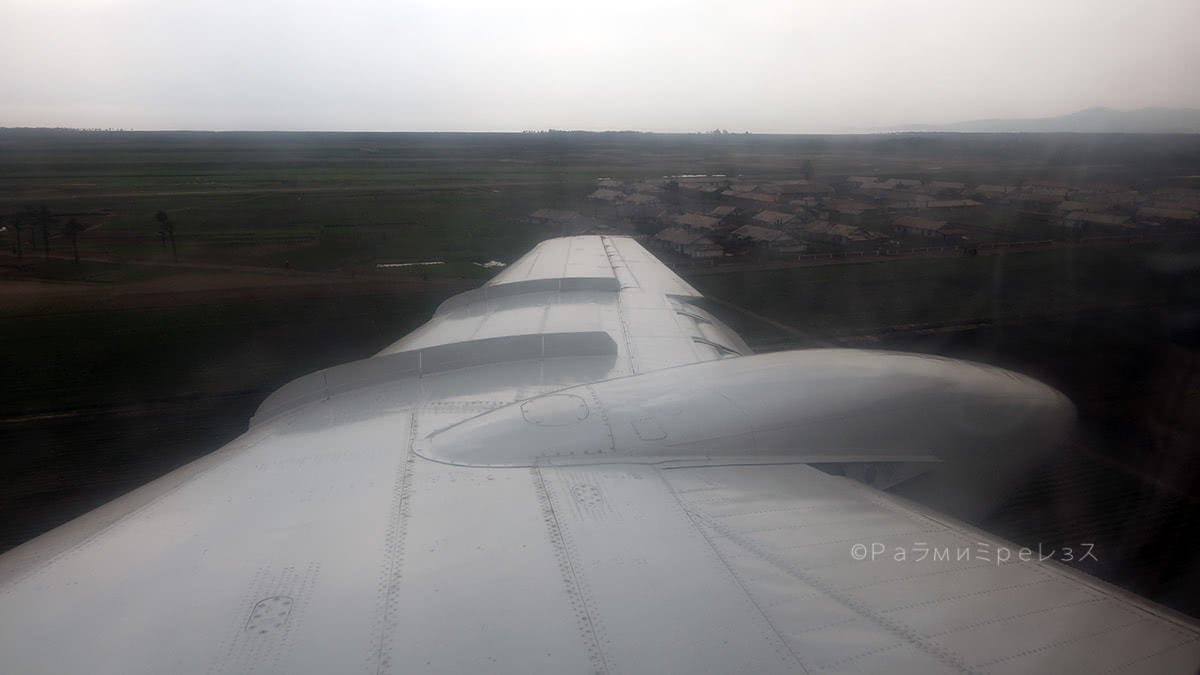
Pyongyang-Sondok flight.
Sondok was one of the most bombed Airports in the Korea war.
Likewise, Hamhung was a city that suffered quite a lot in that war. Every time there’s a catastrophe, Hamhung is the one called to take one for the team, apparently.
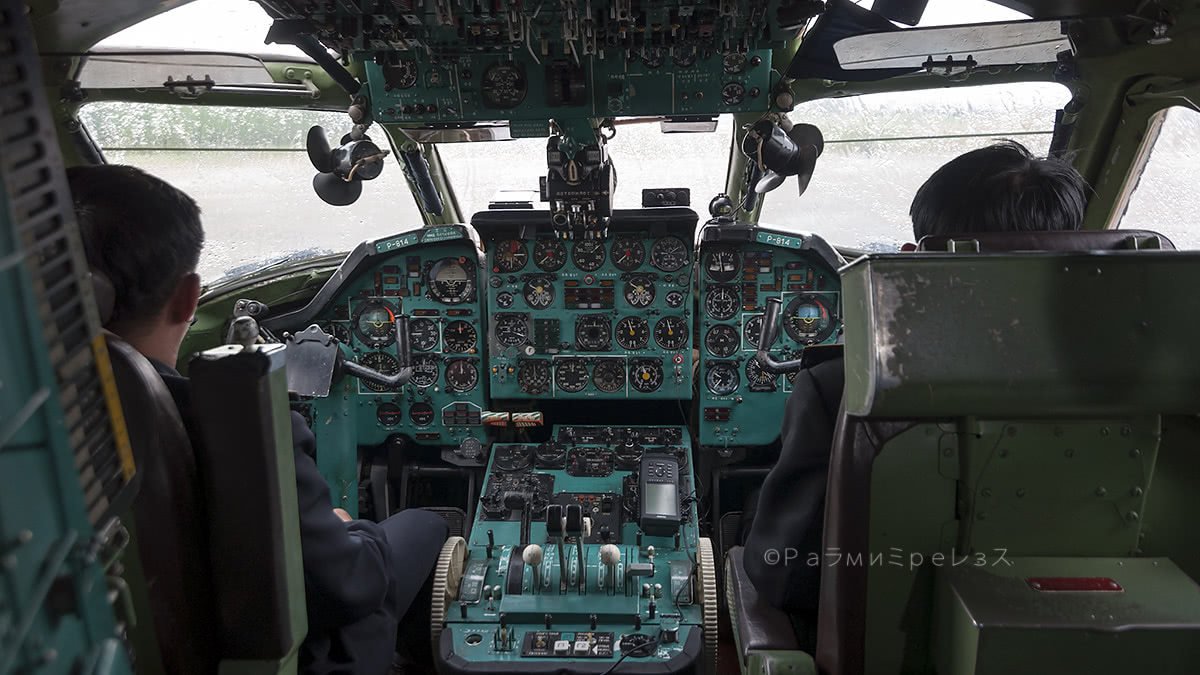
After the war, there was an important reconstruction effort that involved East Germany a lot (Die Kommunisten, Jaaaa!).
But when Stalin and Mao fought, those efforts were halted to some extent, because North Korea was with Mao and East Germany with Stalin.
This behaviour by the north was a seasonal thing, as I mentioned somewhere already.
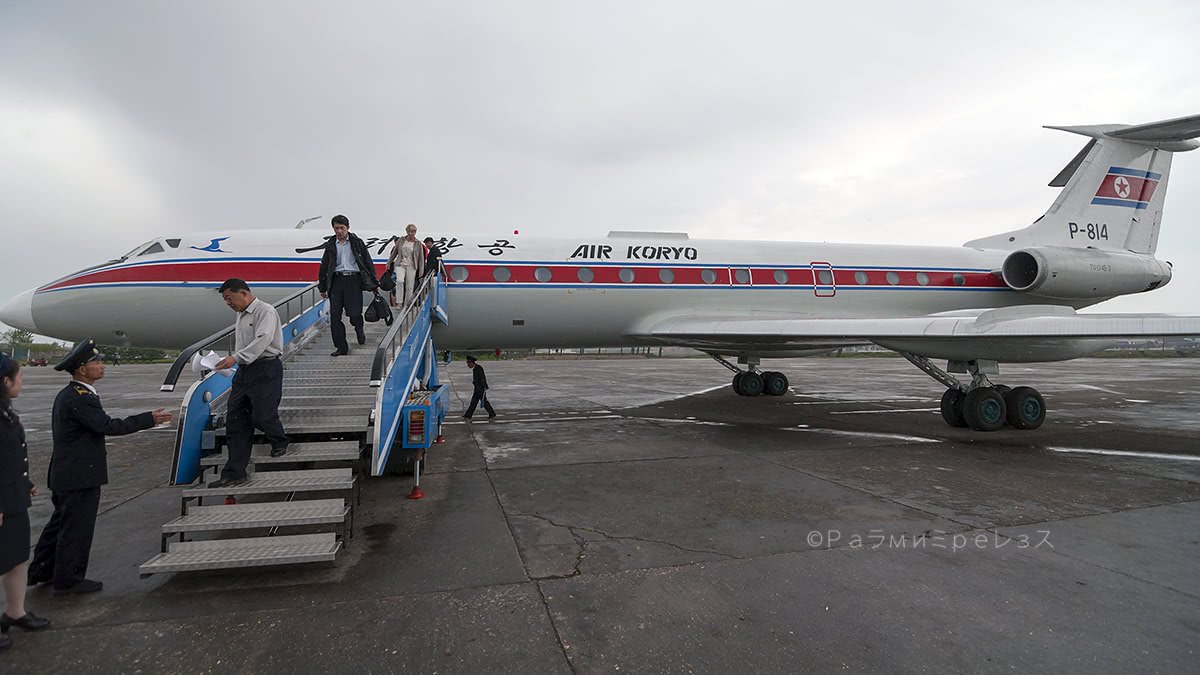
When the Soviet Union existed, North Korea was skilled on being with the most convenient side between the Chinese and the Soviets. And on making them fight over it, and profit from that.
But anyway, the city was eventually rebuilt.
There in Hamhung, I visited the house where Ri Sung-Gye was born.
He was a man credited with creating the Joseon dynasty. One of the many dynasties that together became the Korea that would end up being invaded by Japan.
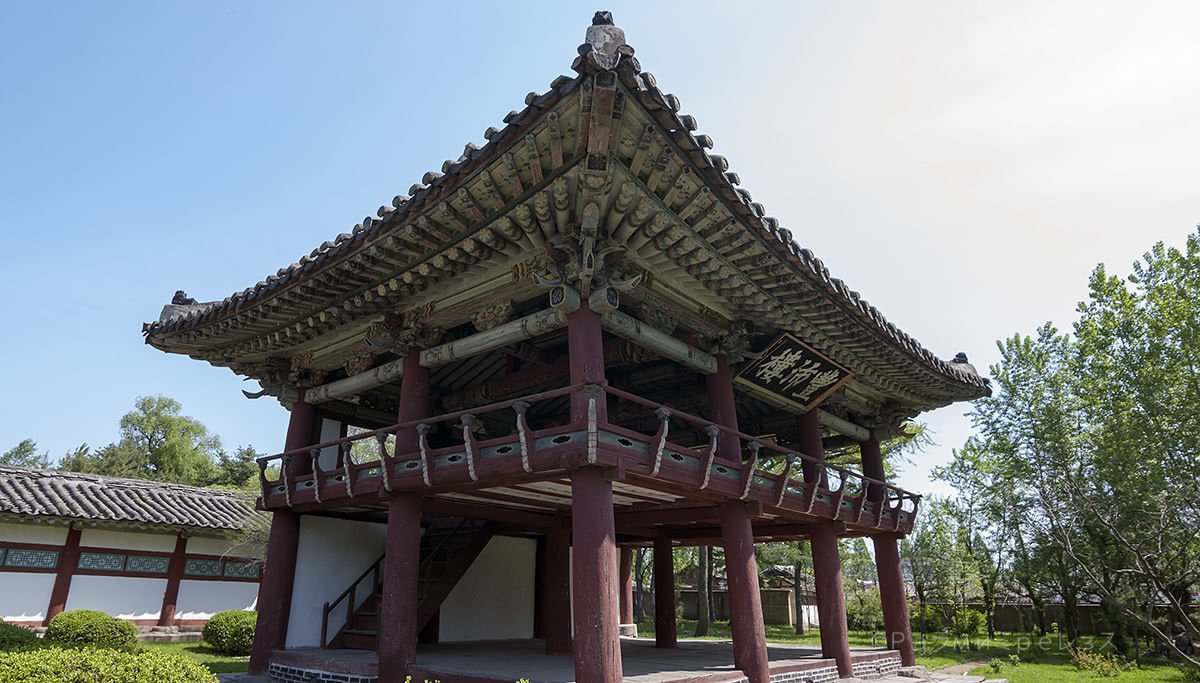
He was born around 1392.
Obviously, the house is not exactly the same, since it was reduced to rubble due to a fire in the 16 century and had to be rebuilt. And then, the war destroyed it again.
They say the current building’s interior is from the 16th century. It could be, I don’t know.
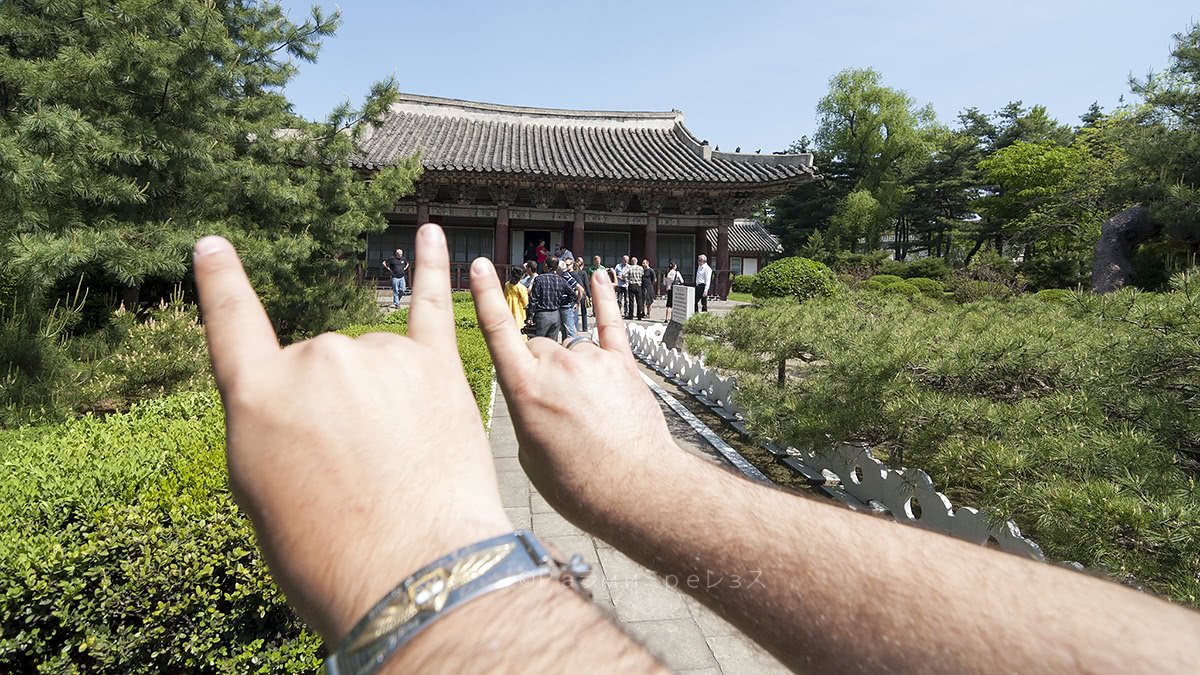
The place had very beautiful gardens. It also had traditional Asian architecture with water bodies, for lack of a more technical adjective.
I know more about MTV programming than architecture, and I don’t watch MTV since they actually showed music videos.
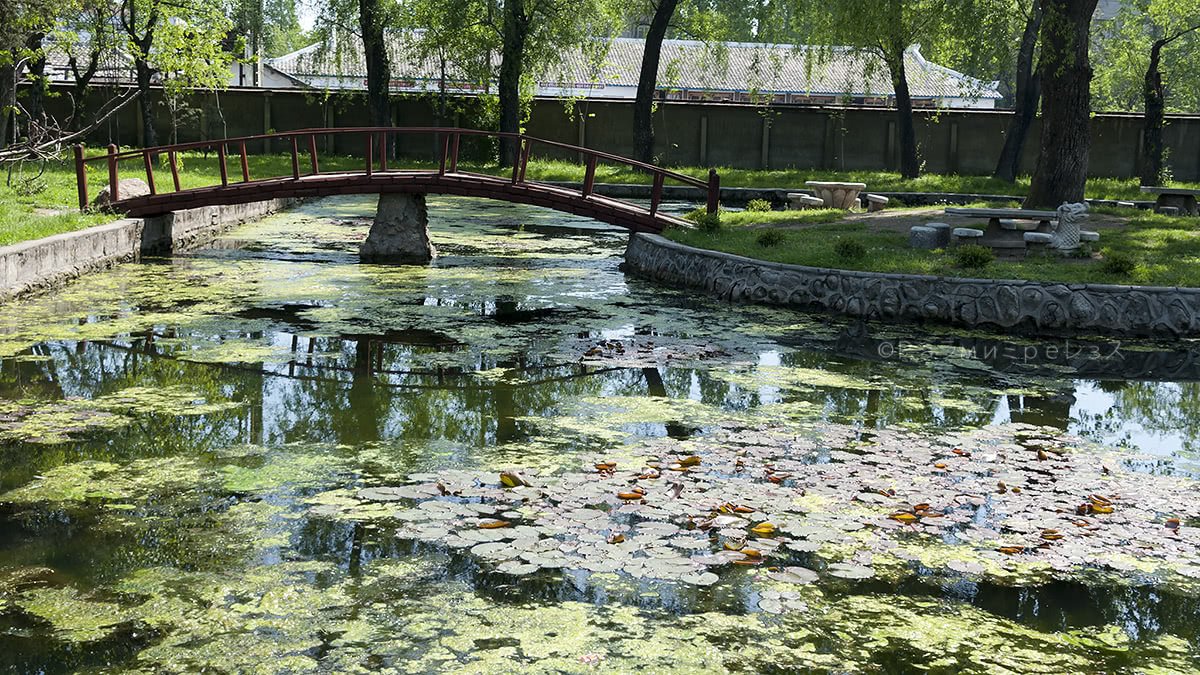
The roof had details like the ones I had seen on another roof in Singapore. I saw the details here, and I immediately remembered that day, many years before. There were some little birds on a tree as well.
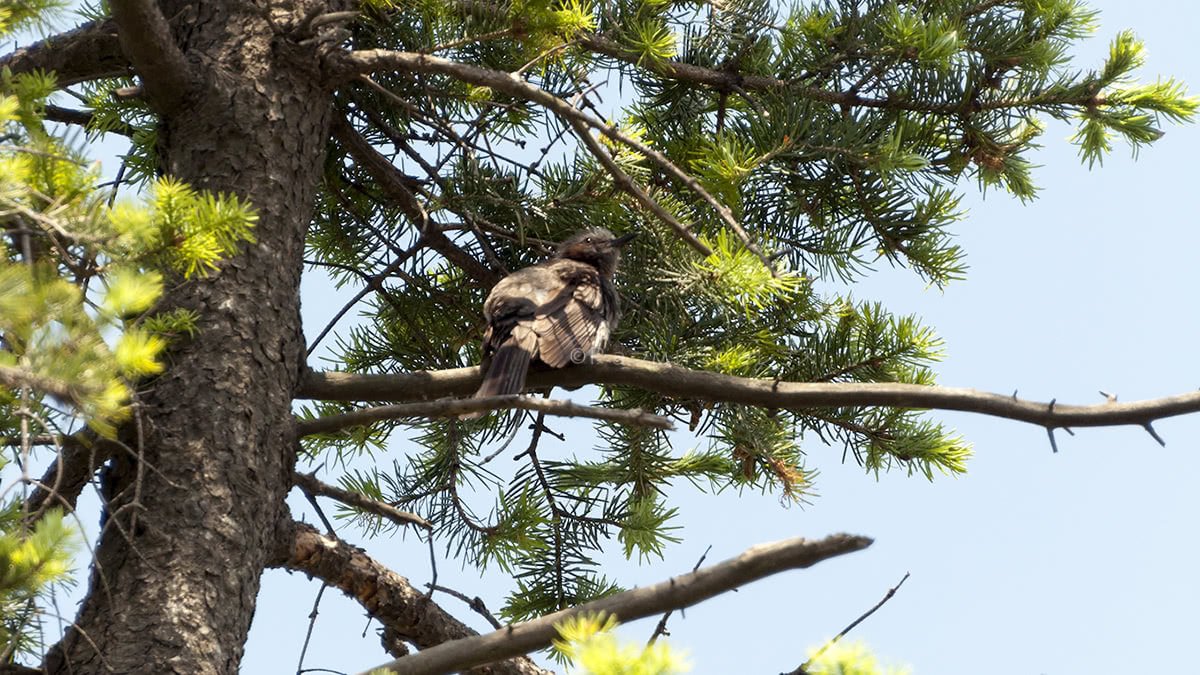
More from this place in the gallery below.
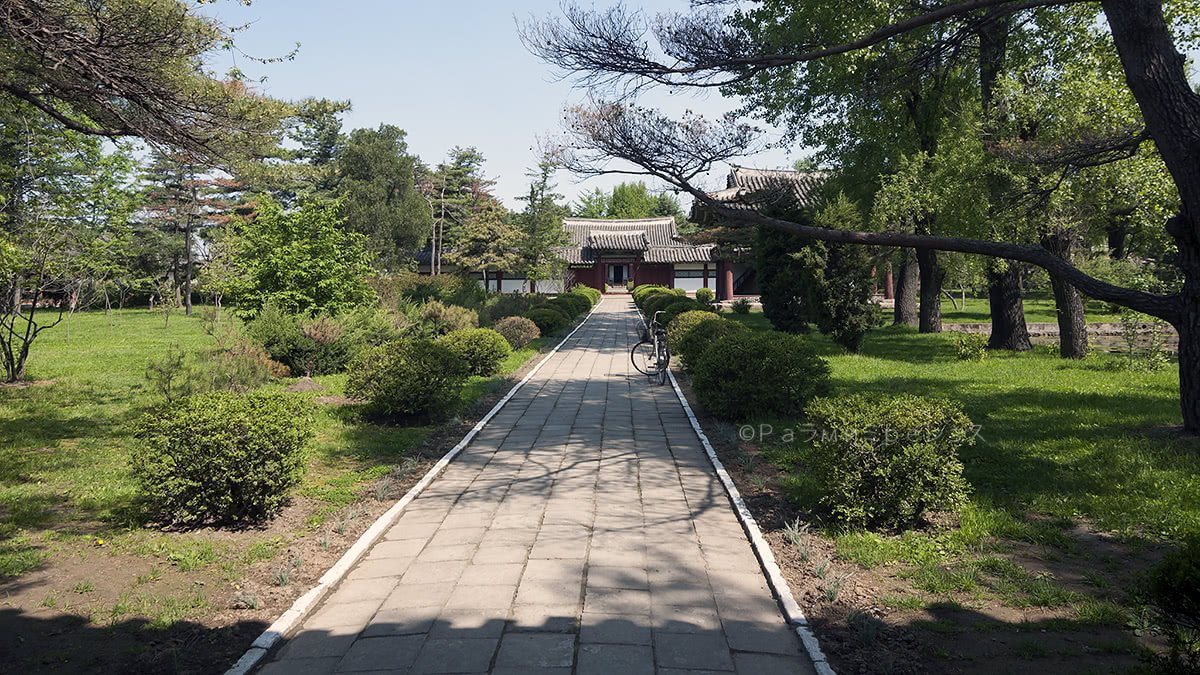
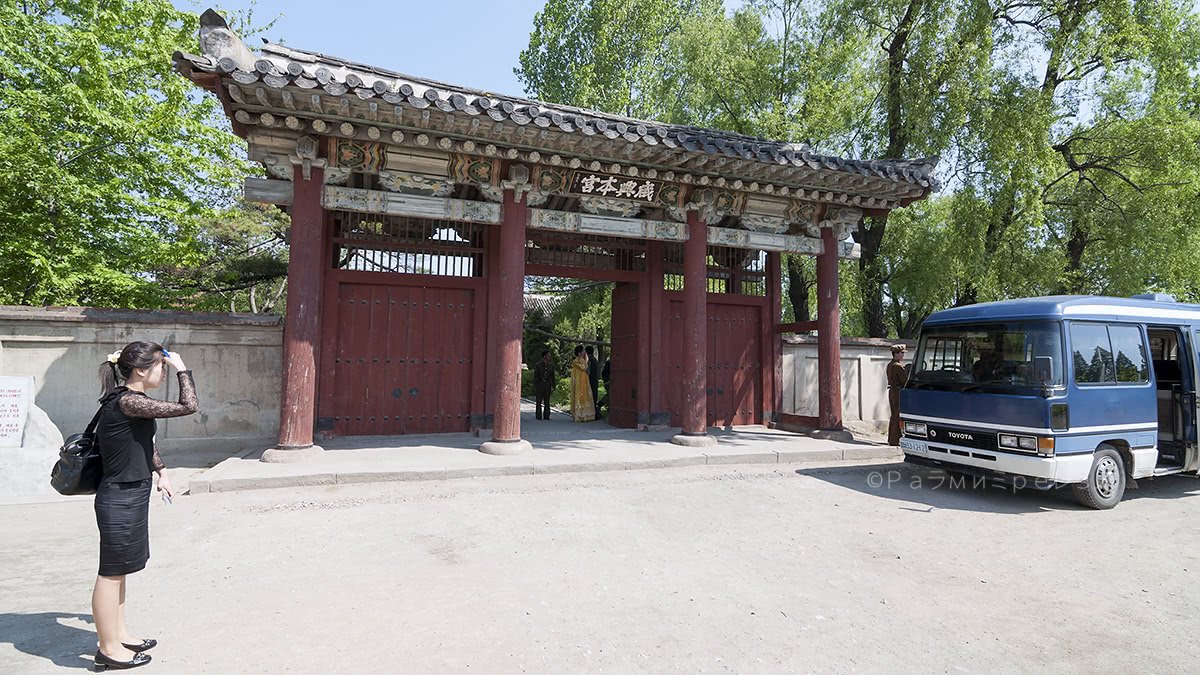
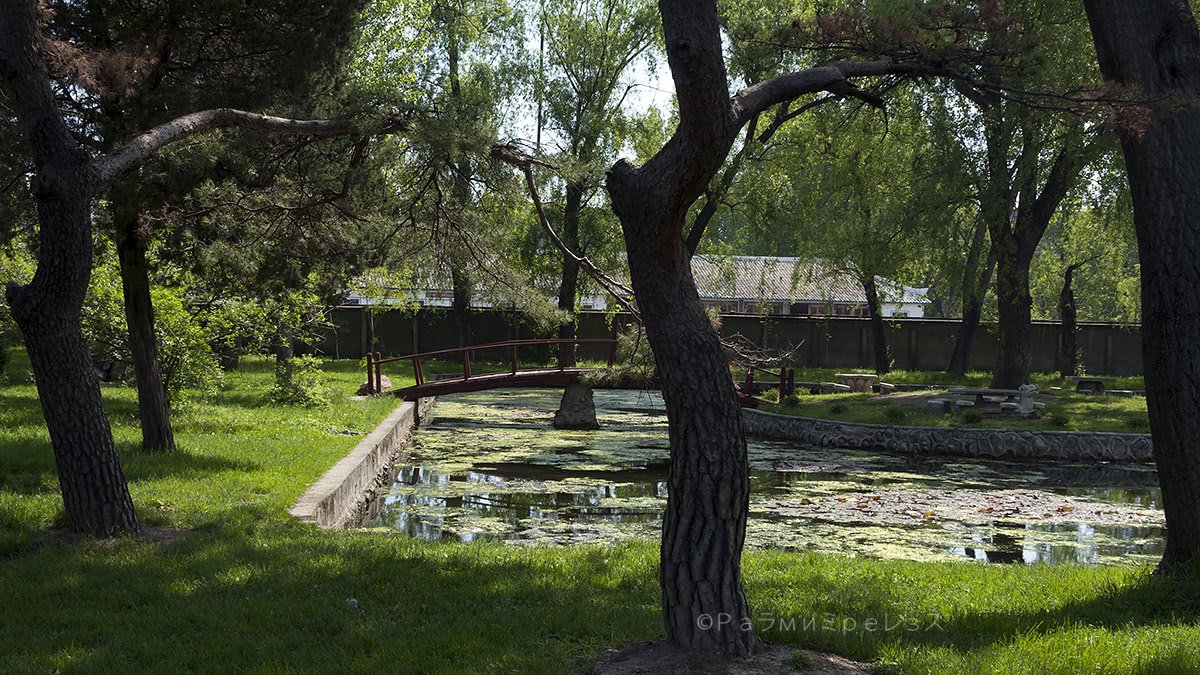
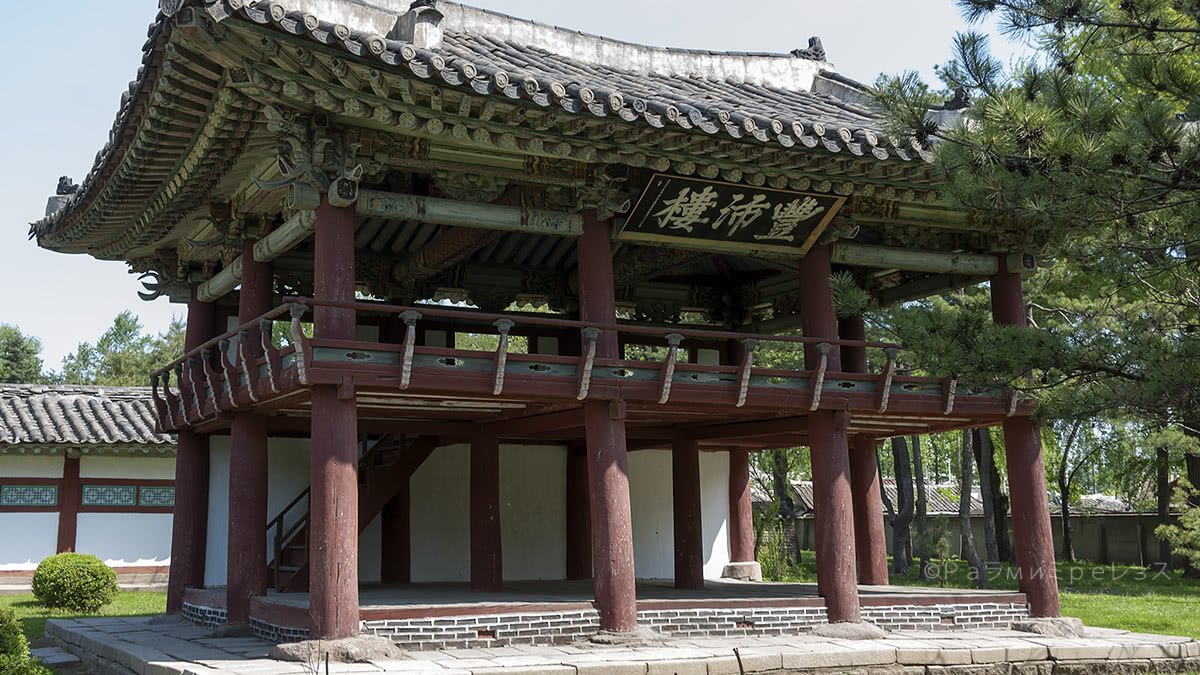
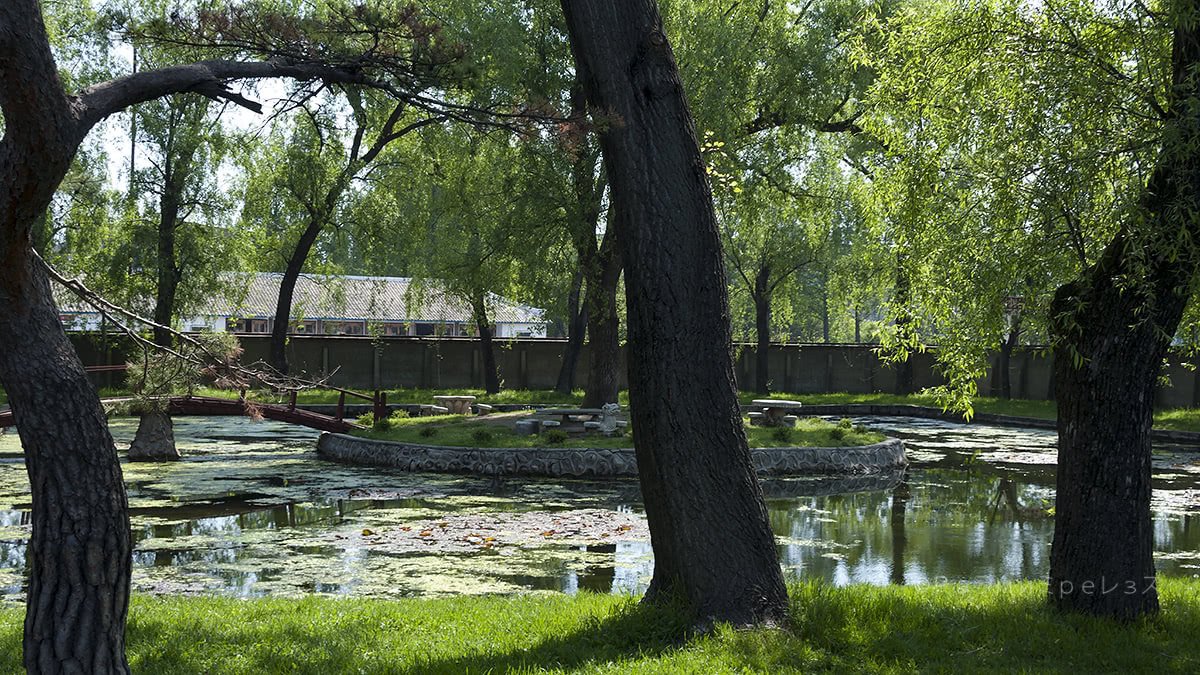

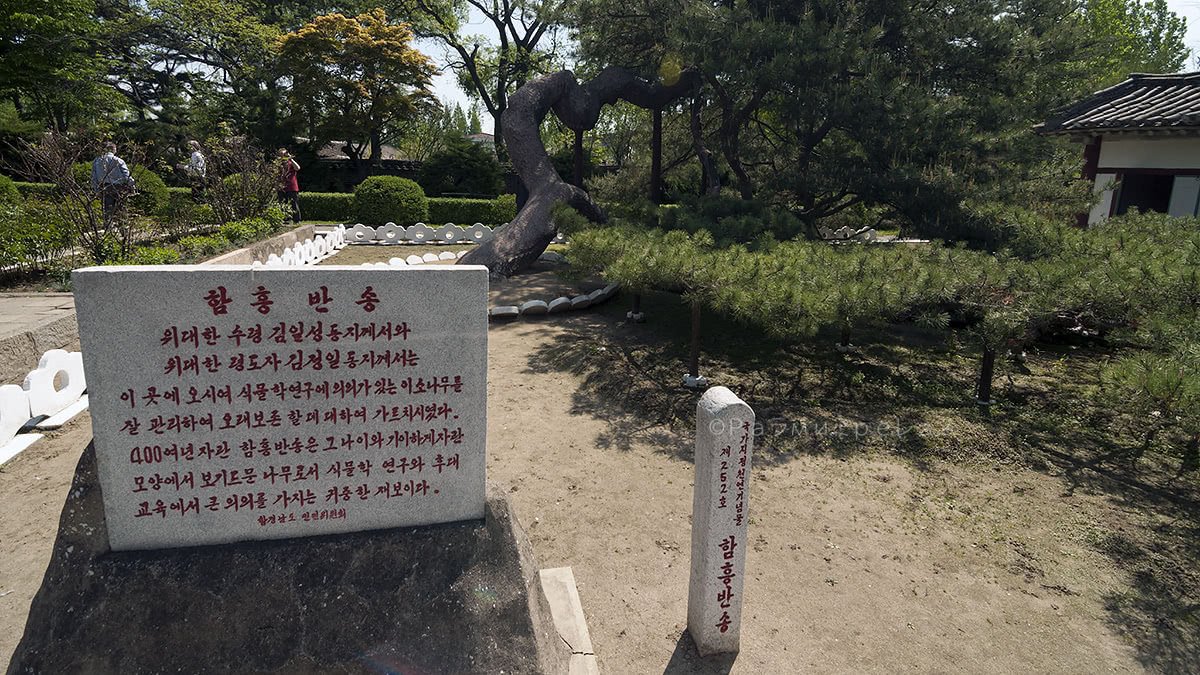
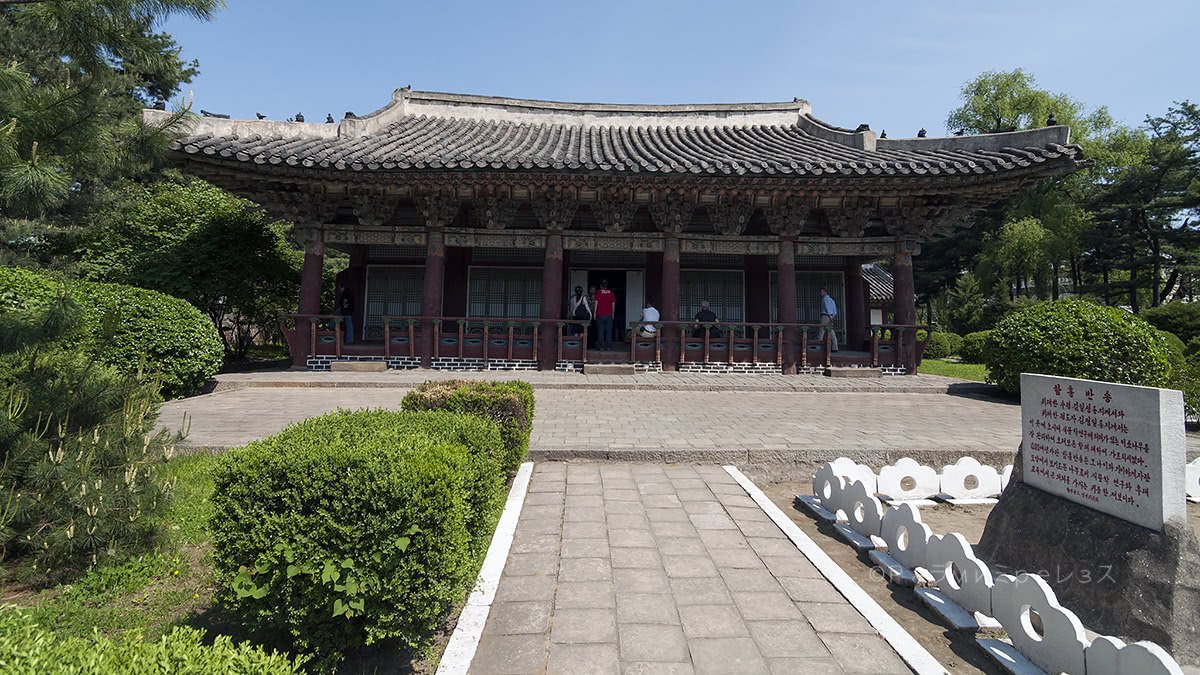
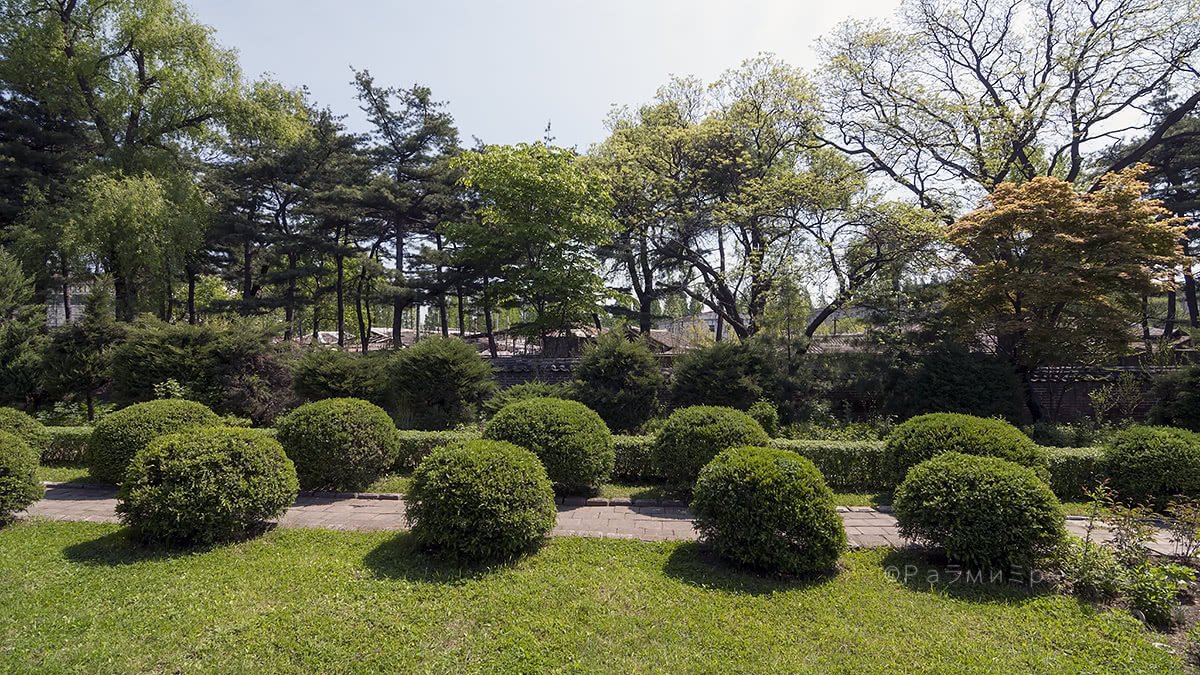
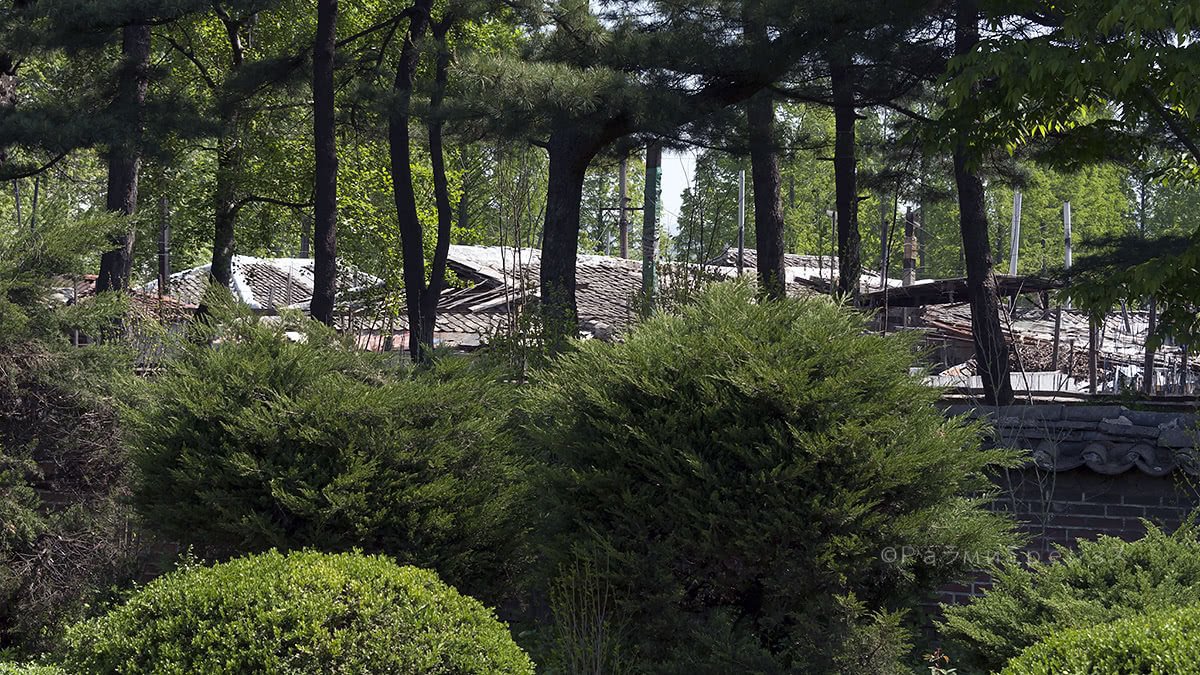
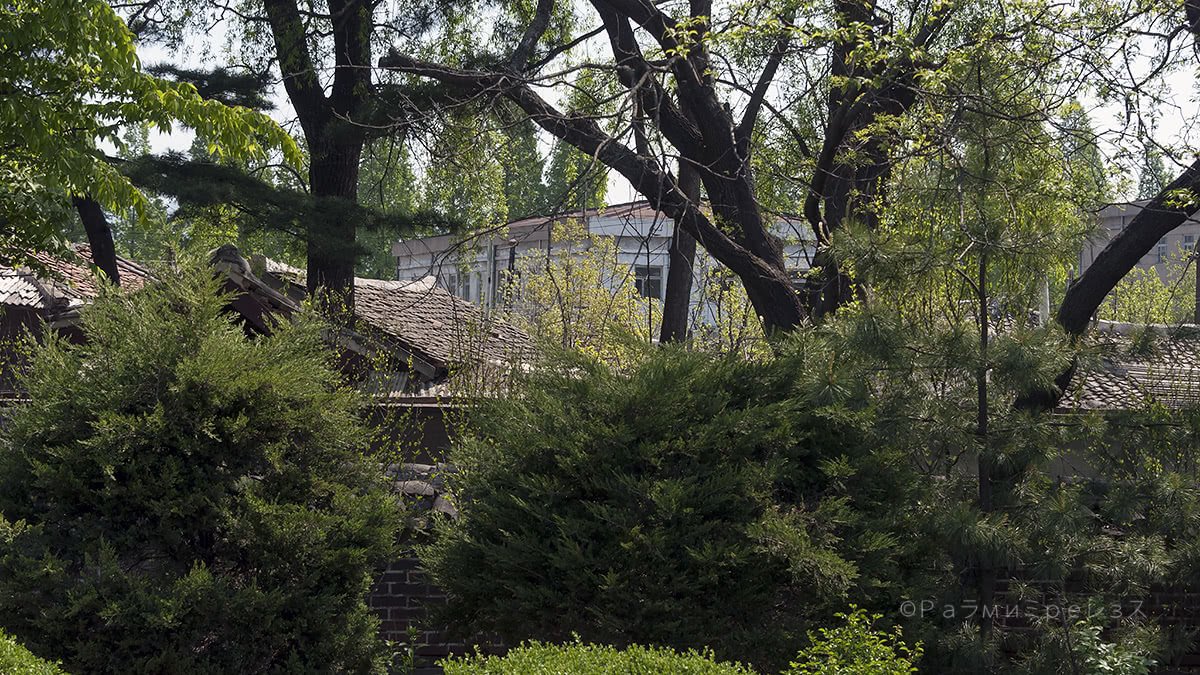
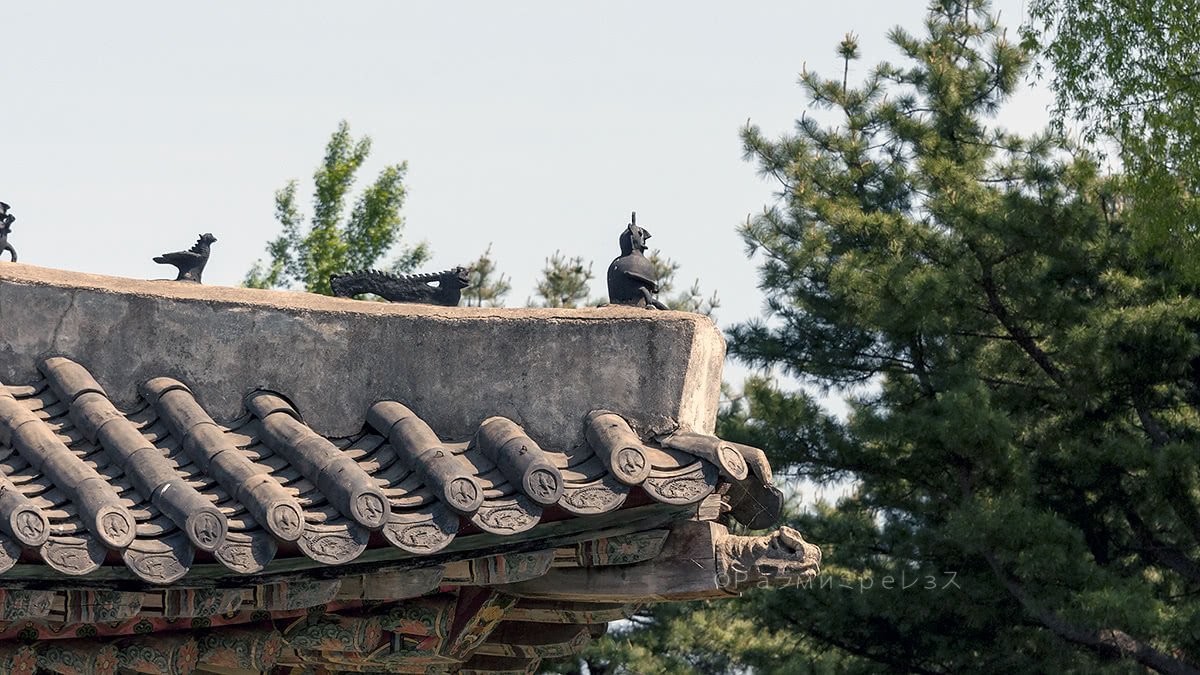
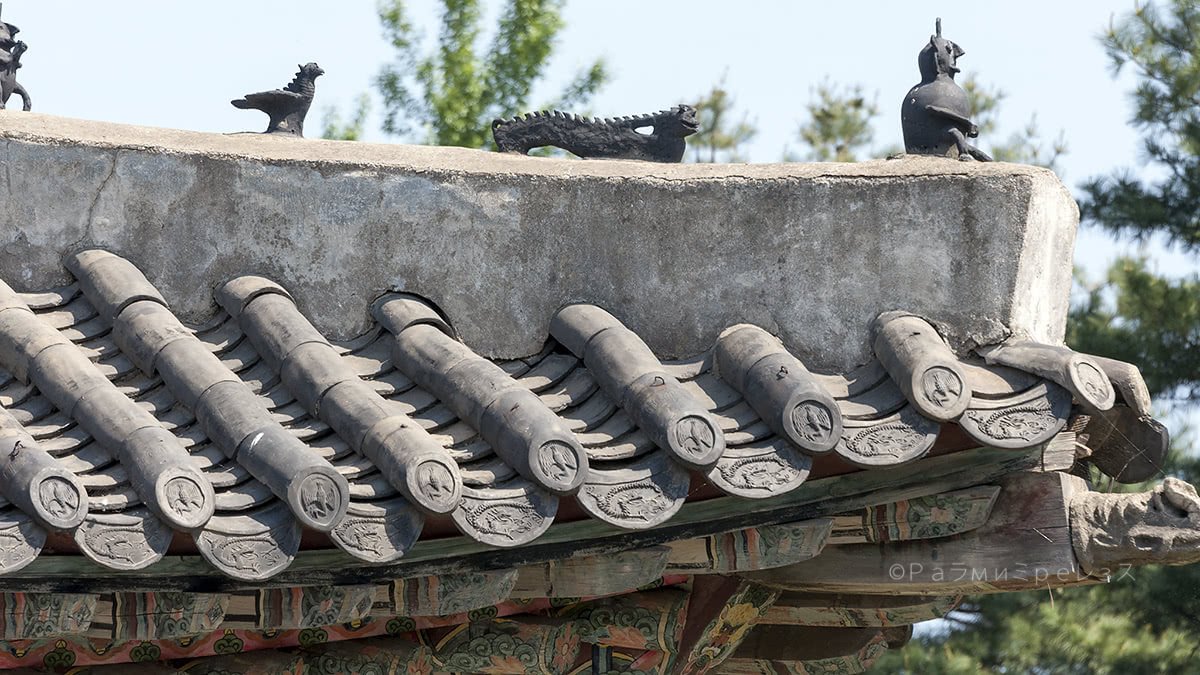

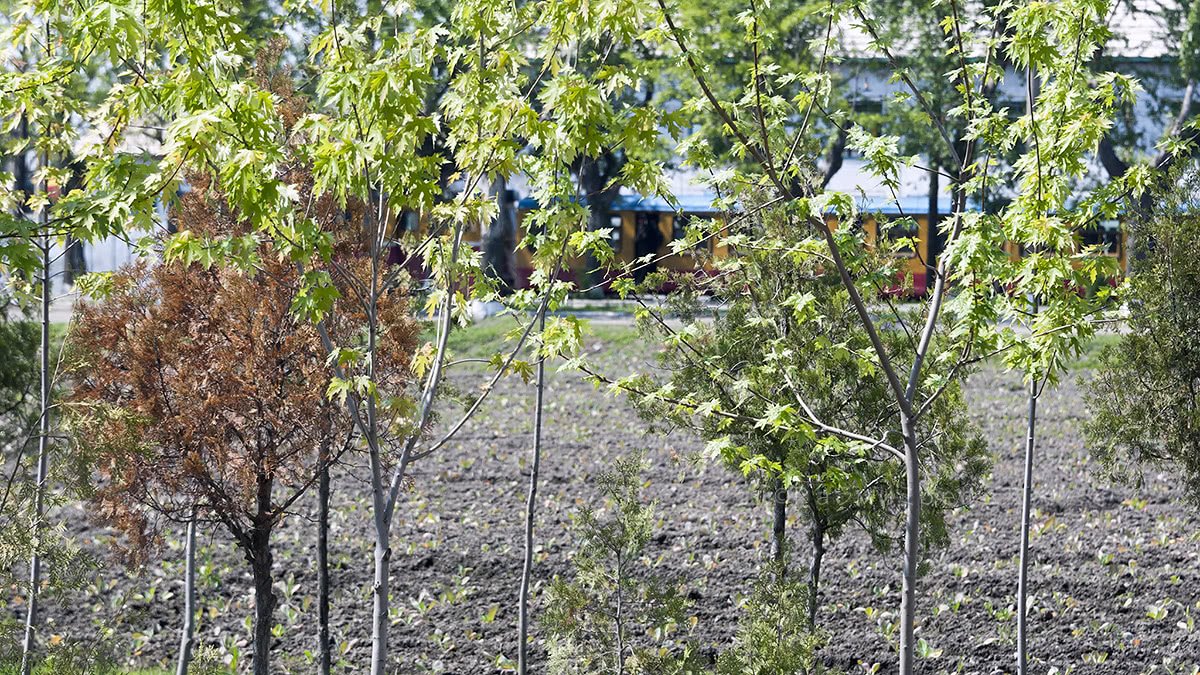
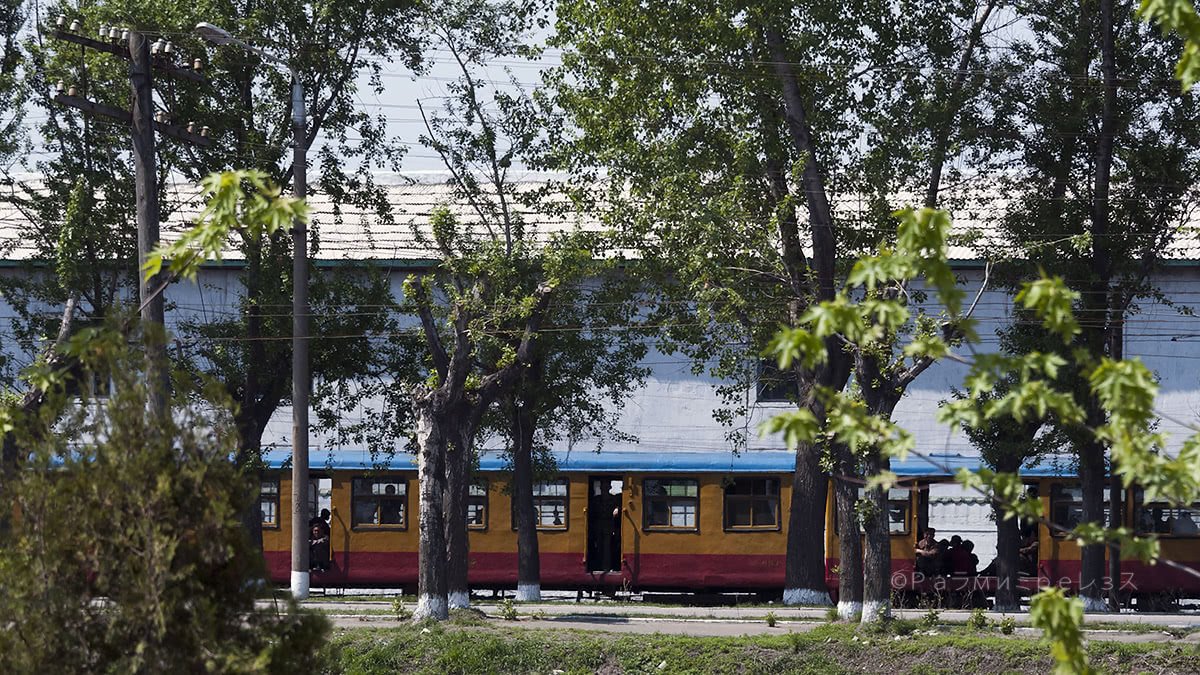
Ri Sung-Gye, Joseon dynasty.
I also was on a very beautiful beach called Majon.
You can only be at certain places, as with everything there. If you walk past the signs that tell you where you can be, an armed soldier appears to tell you to back off (or eeeelse).
I walked some steps past the sign, and the guy appeared, it was thrilling!
He wasn’t threatening me or something.
The tour begins.
Authorisation’s end. Geronimoooo!
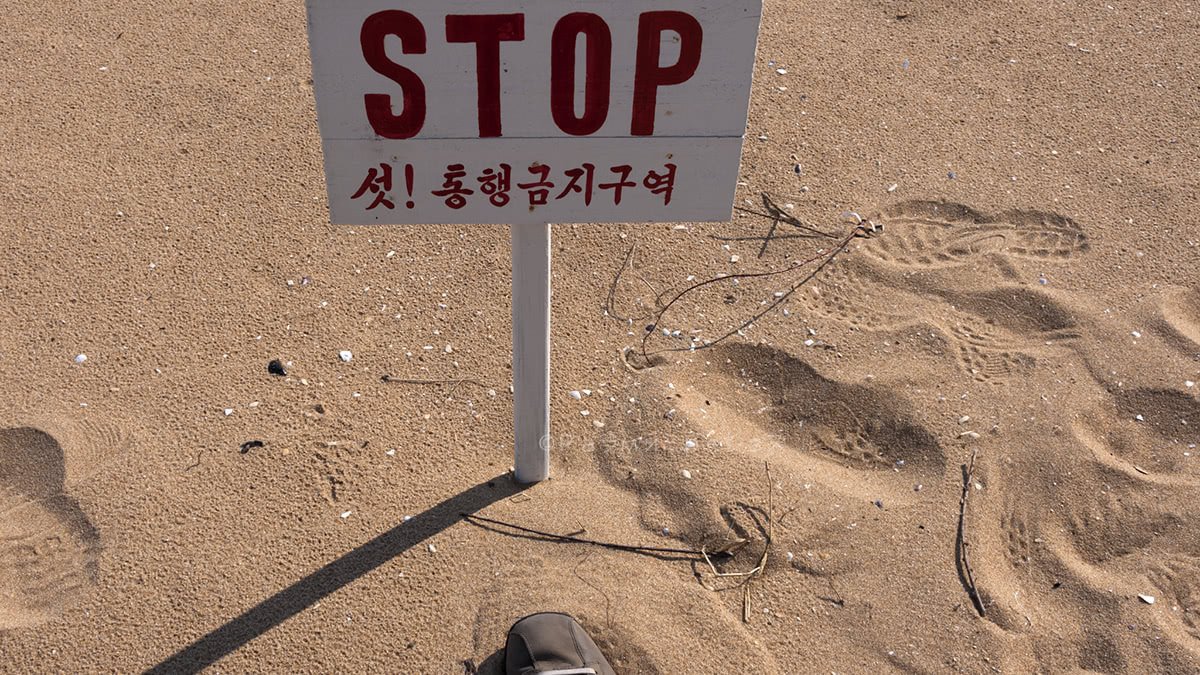
I dared to go a few steps beyond the sign. Because I am a mix of Rambo, Terminator, and drunken chav (even though I hate booze generally speaking). There, around that little green roof, the authorities appeared to tell me to back off!
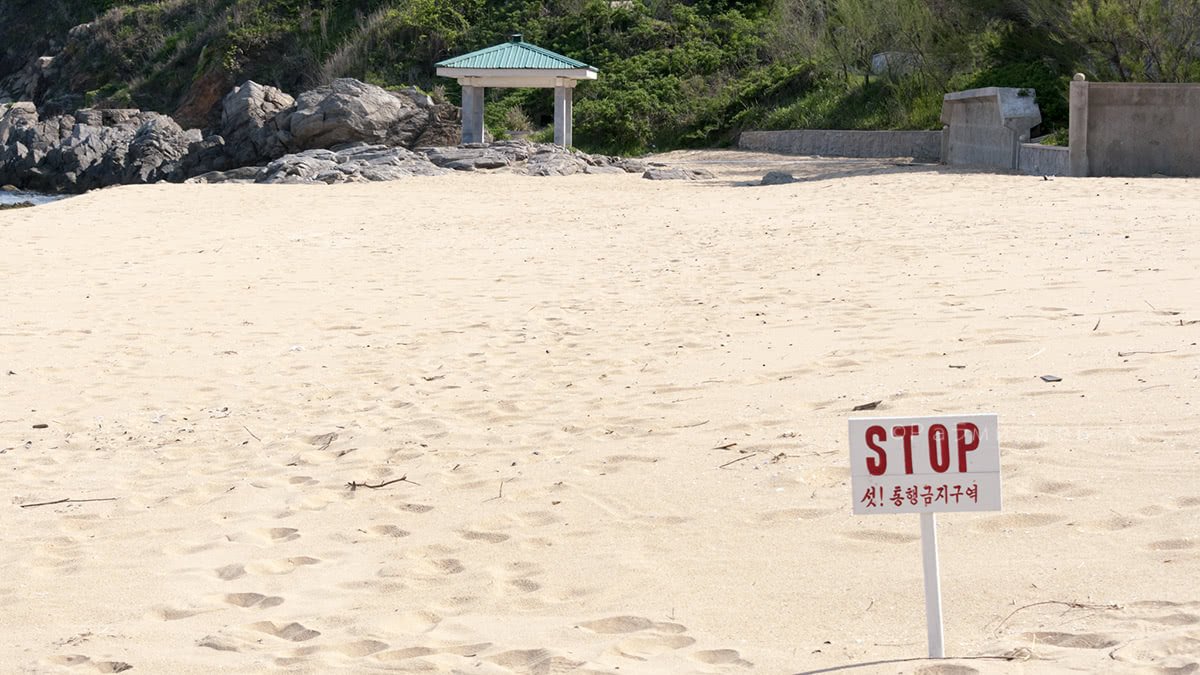
Let’s go back to what I told you many paragraphs earlier about using cars from Japan, even though they’re the enemy.
This little bus, that still had Japanese signs, took me there… look at this.
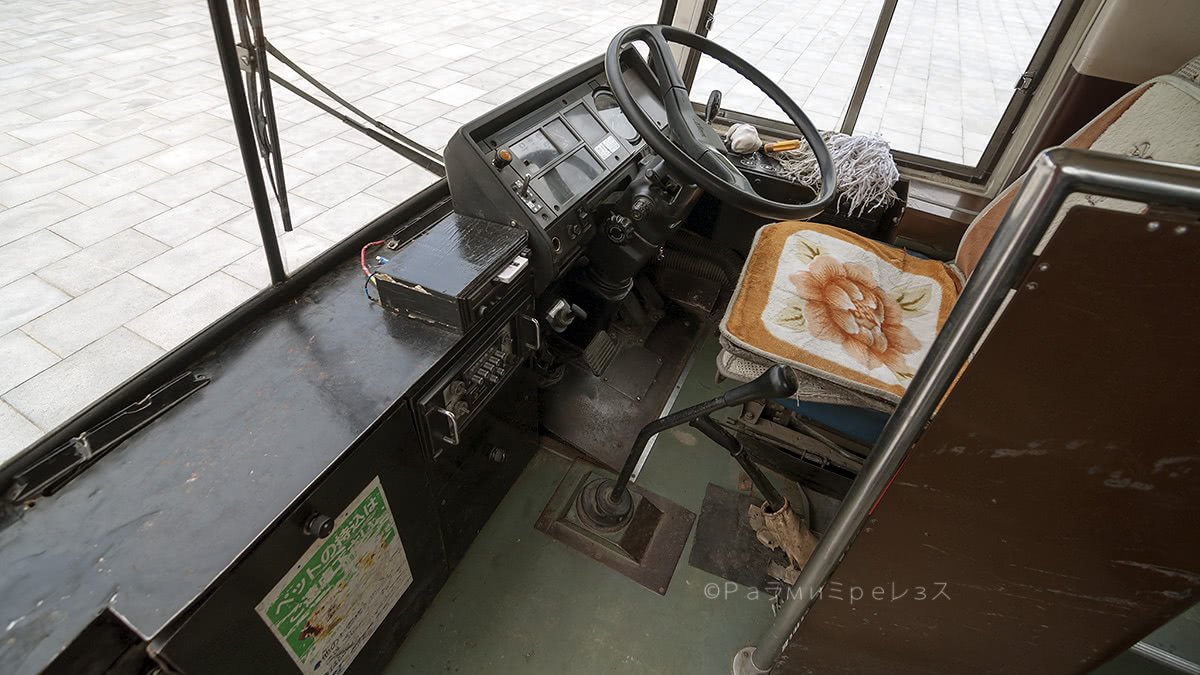
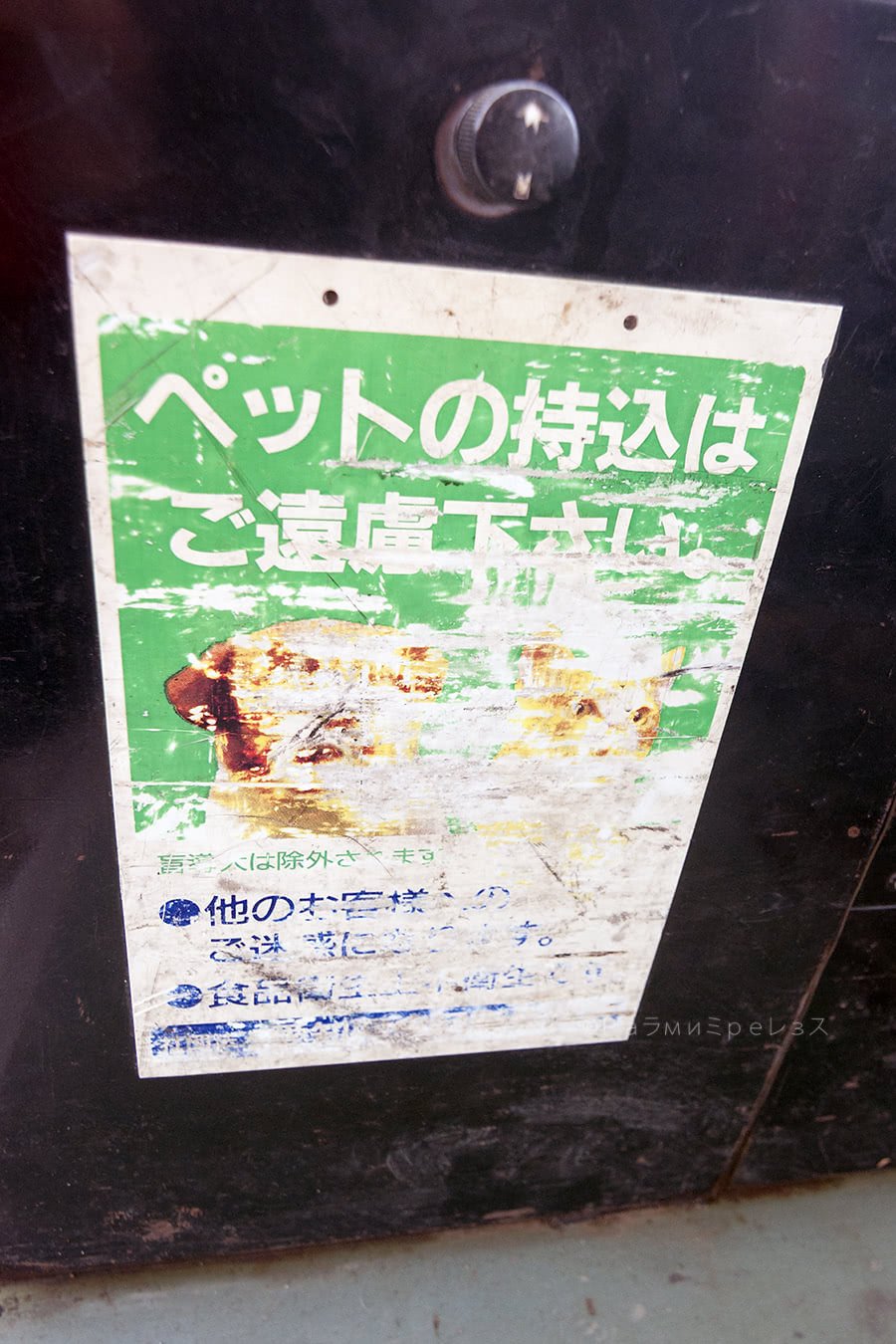
Ramírez.
There in, that beach, they built a sort of resort, that they say is North Korea’s answer to the Club Med.
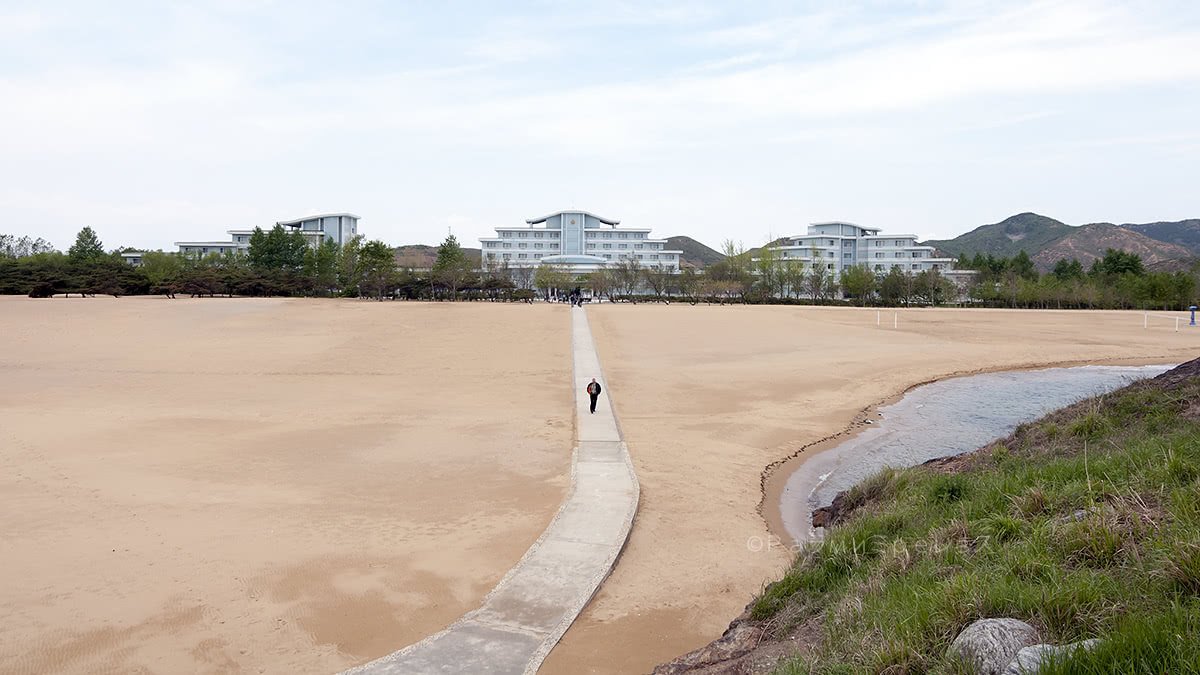
I have no idea, because I haven’t been either in the Club Med, nor in that resort. I only leisurely strolled around the beach, nothing else.
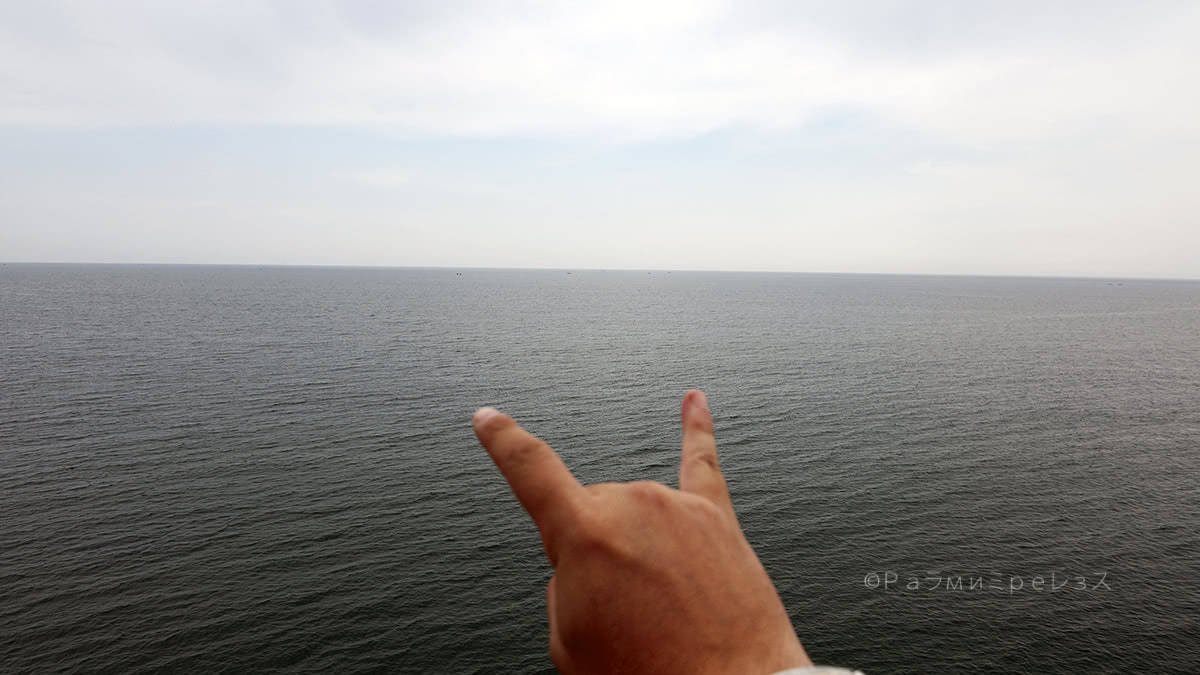
There are some nice pathways over the sea.
When you look to the bottom of the sea there are some craaazy “revolutionary starfish”, all reeeddy-red.
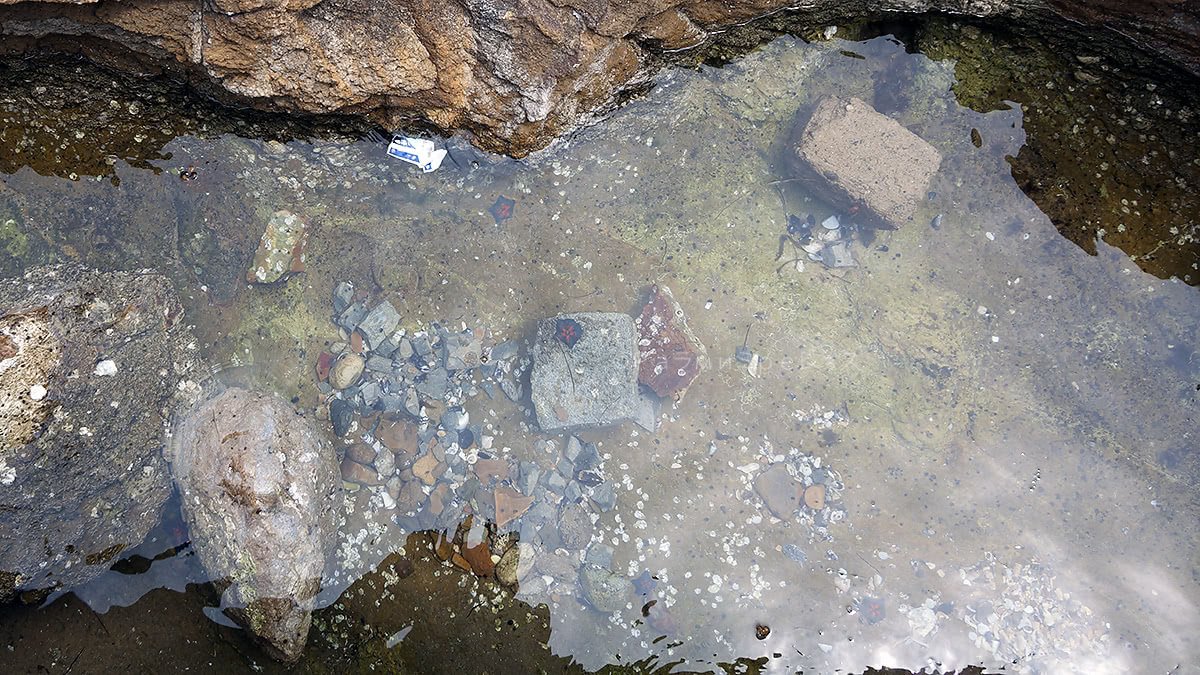
More of Majon below.
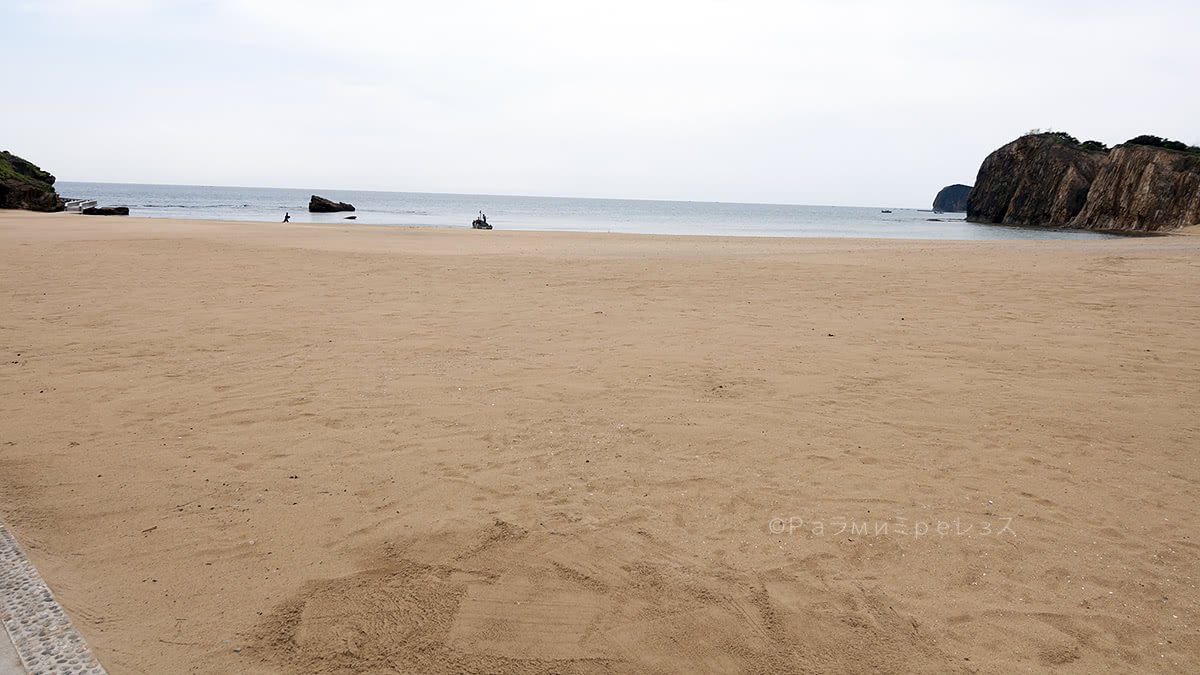
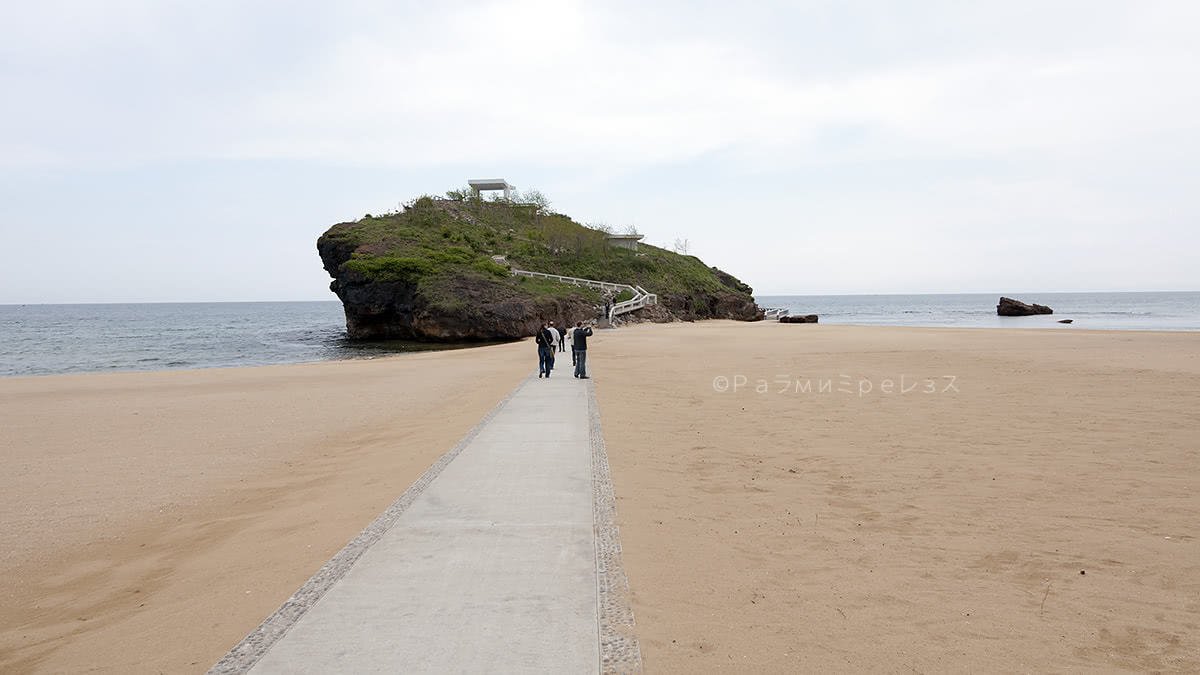
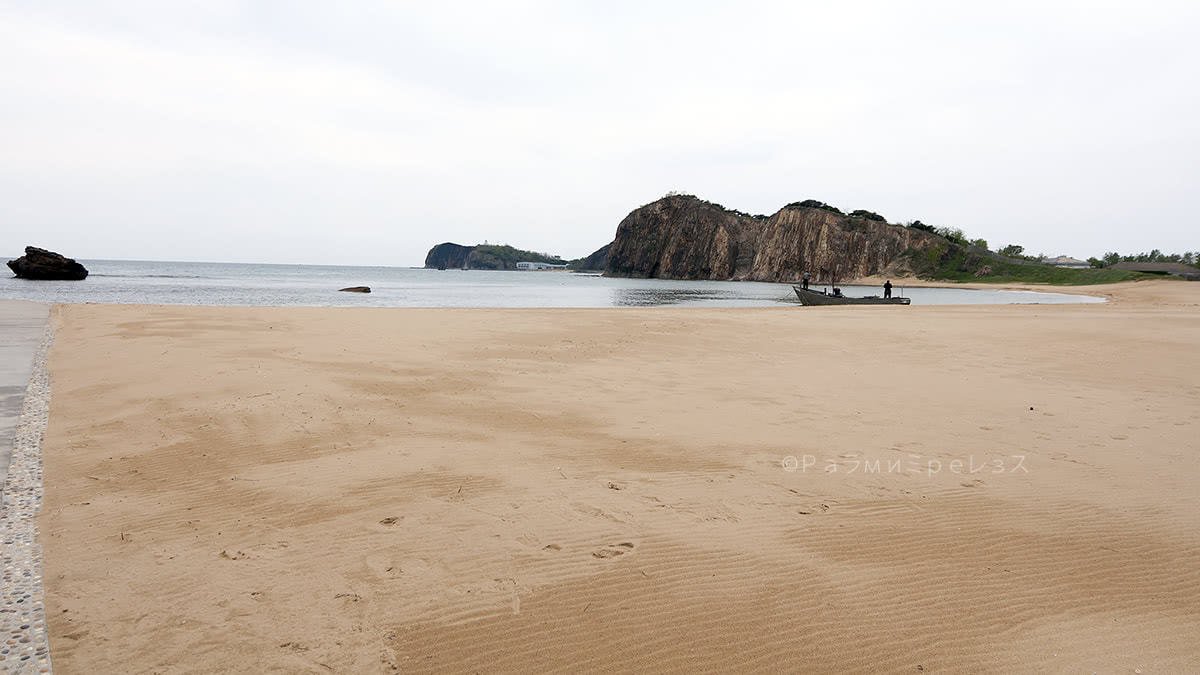
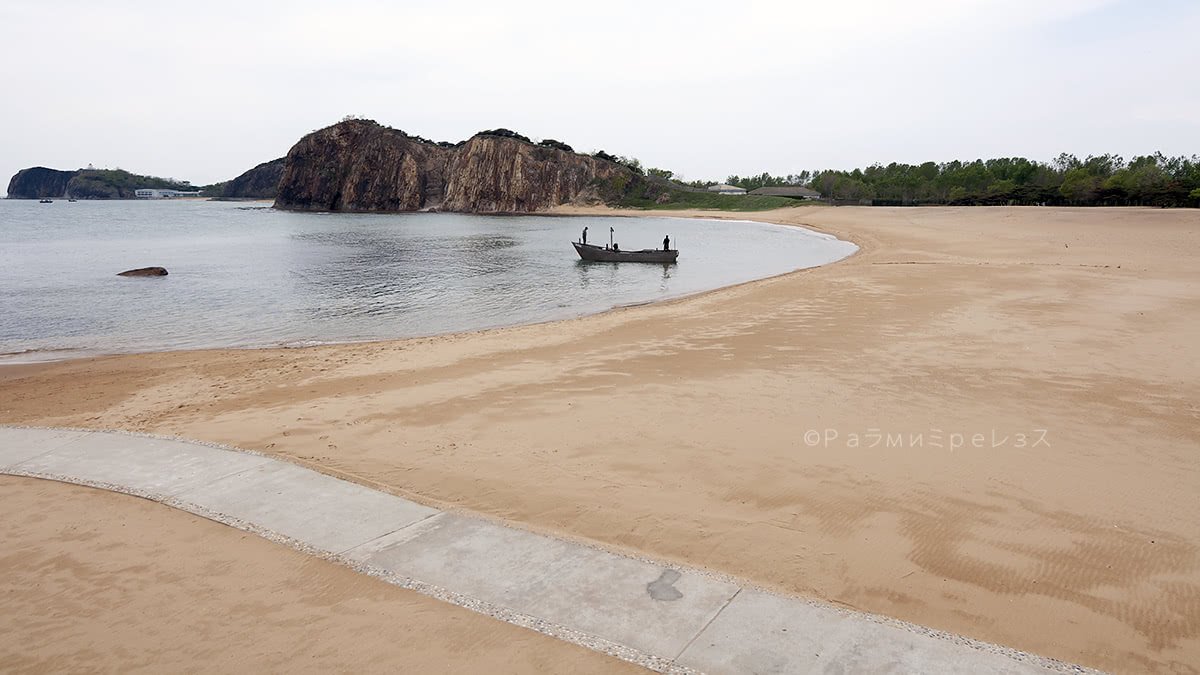
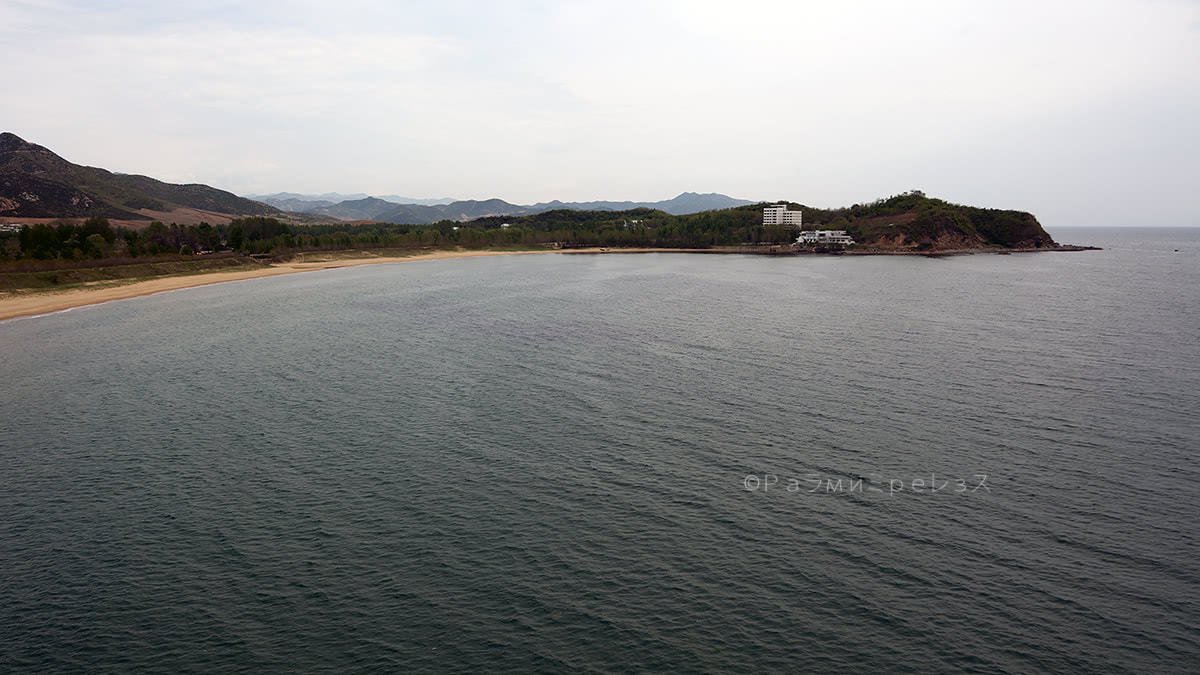
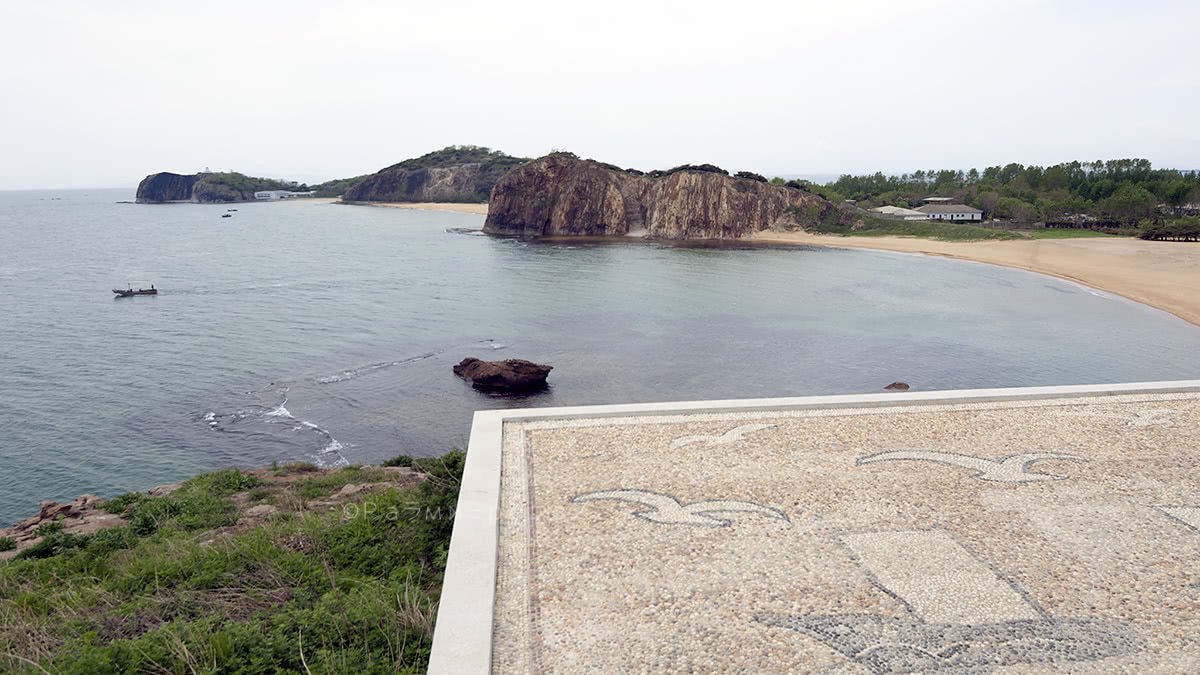
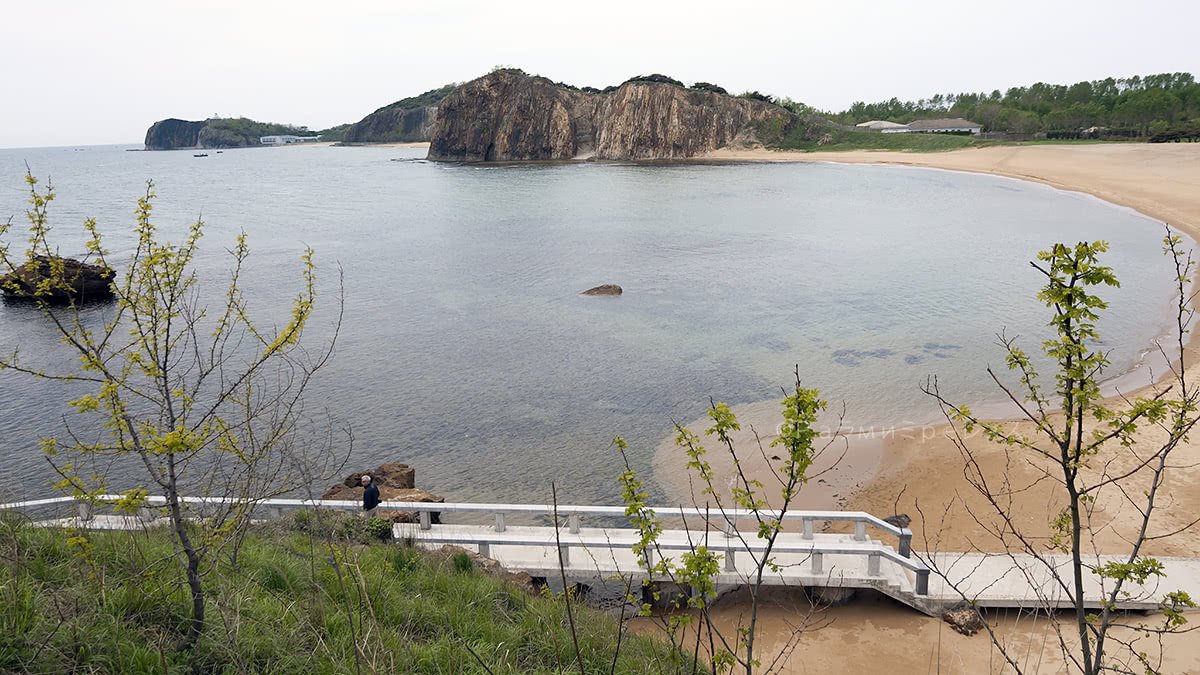
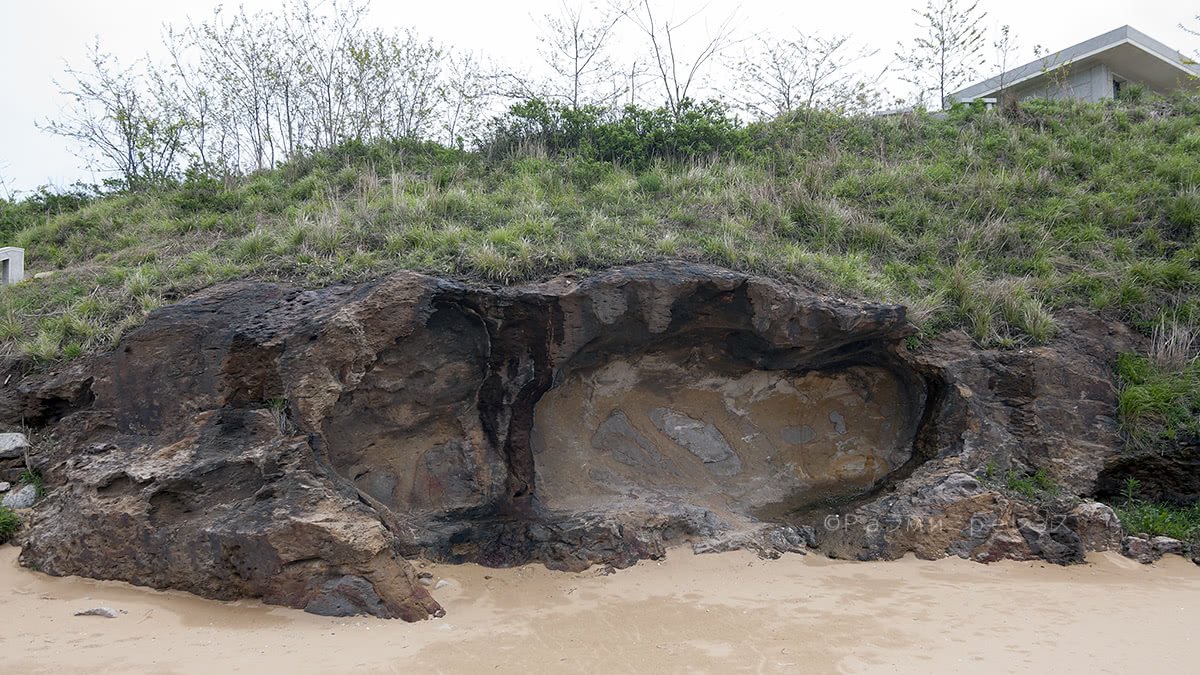
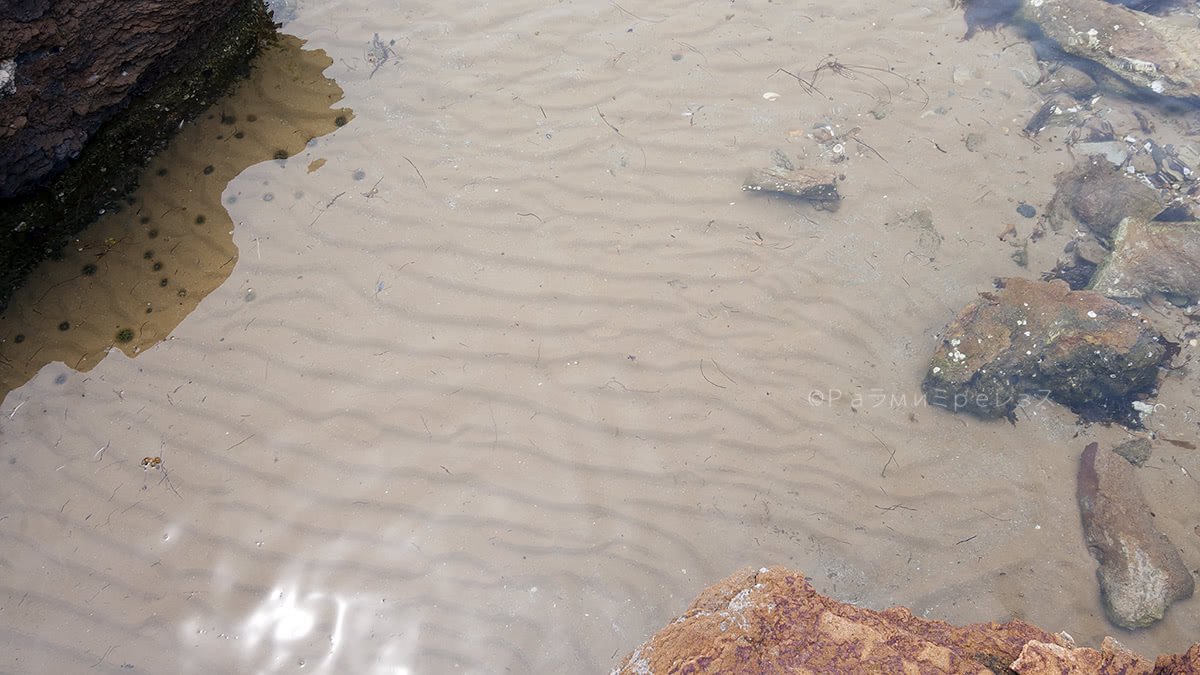
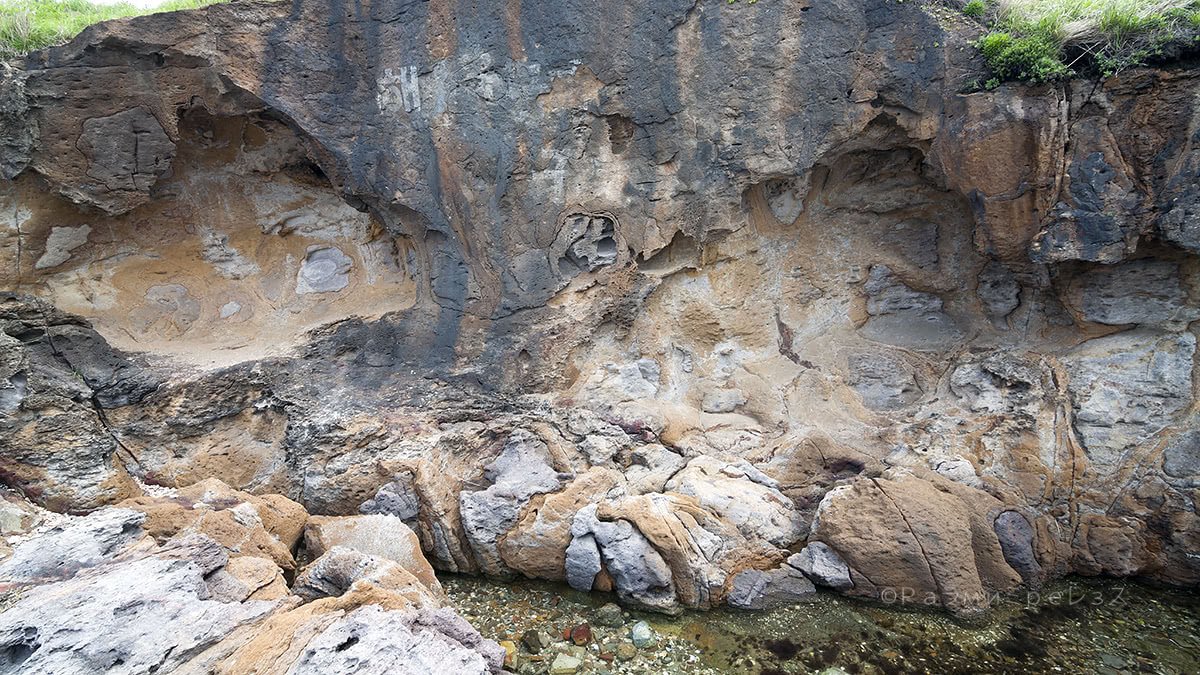
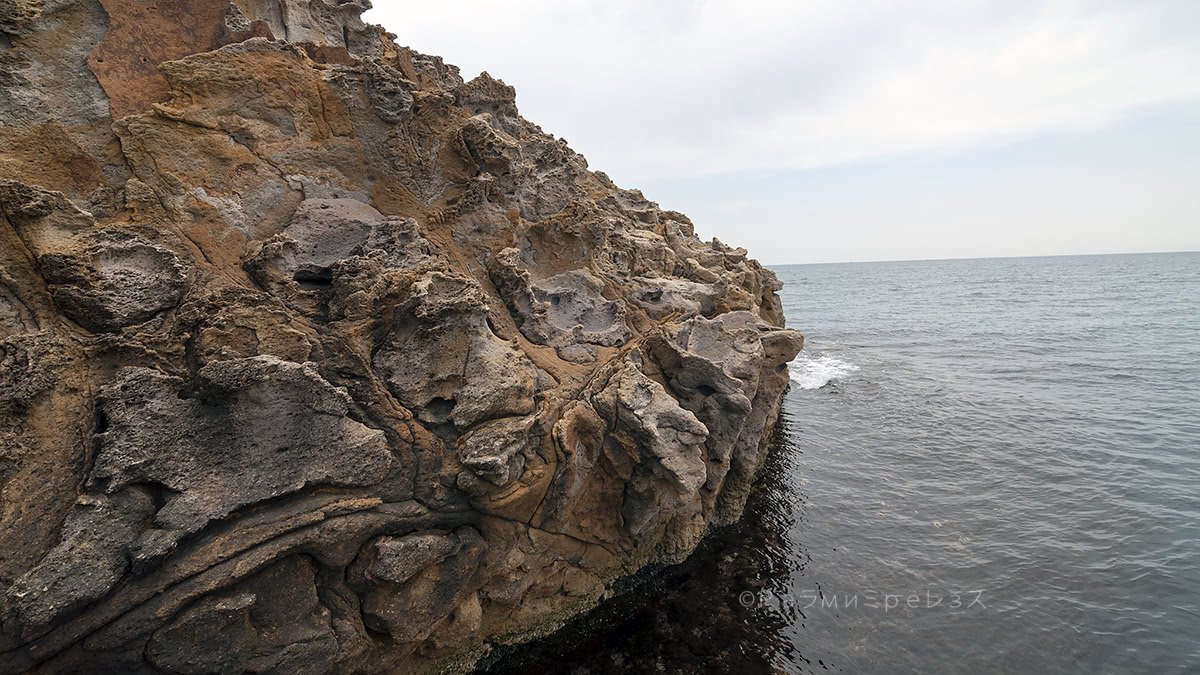
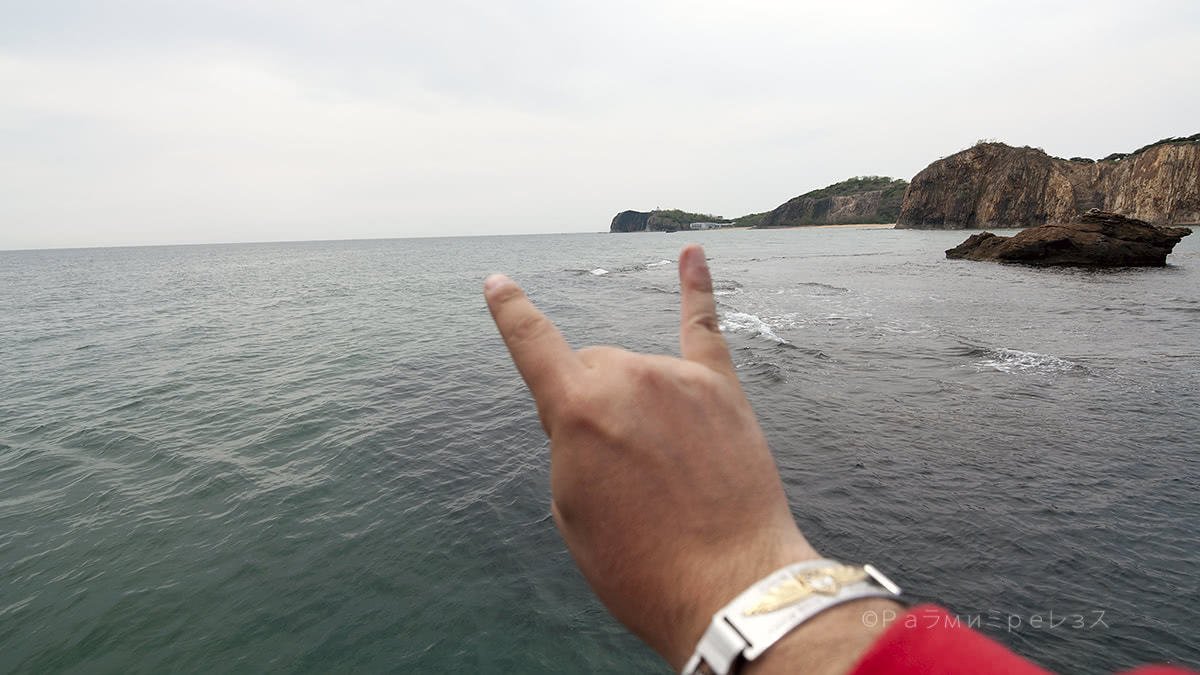
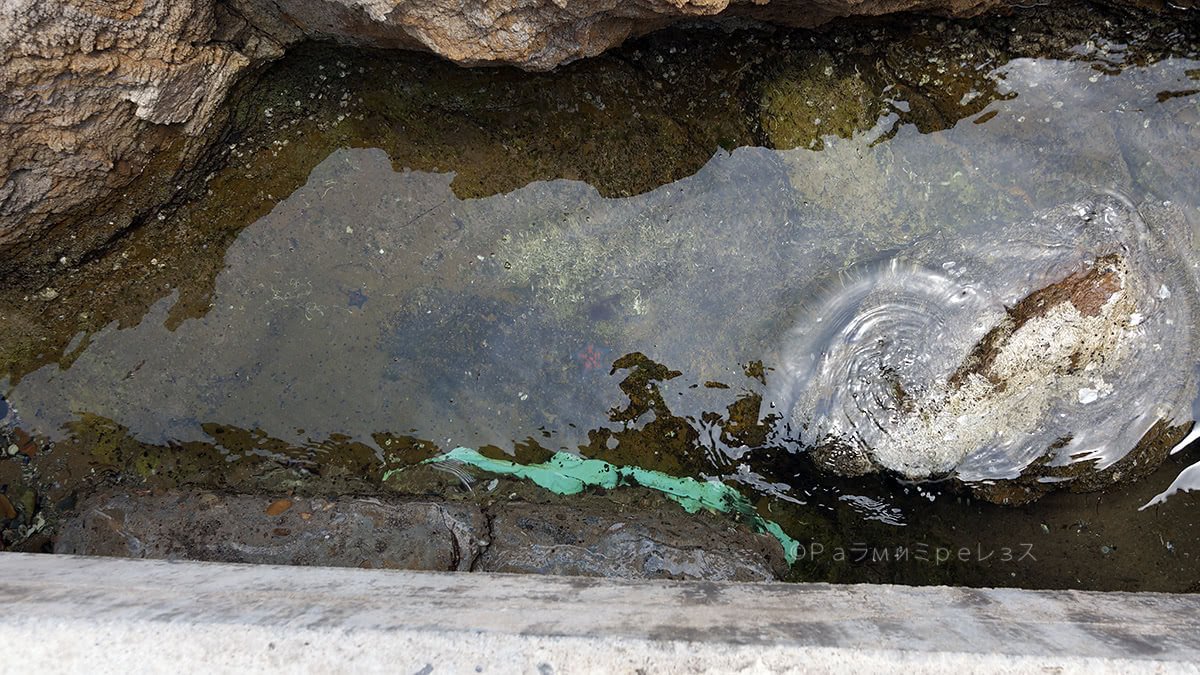

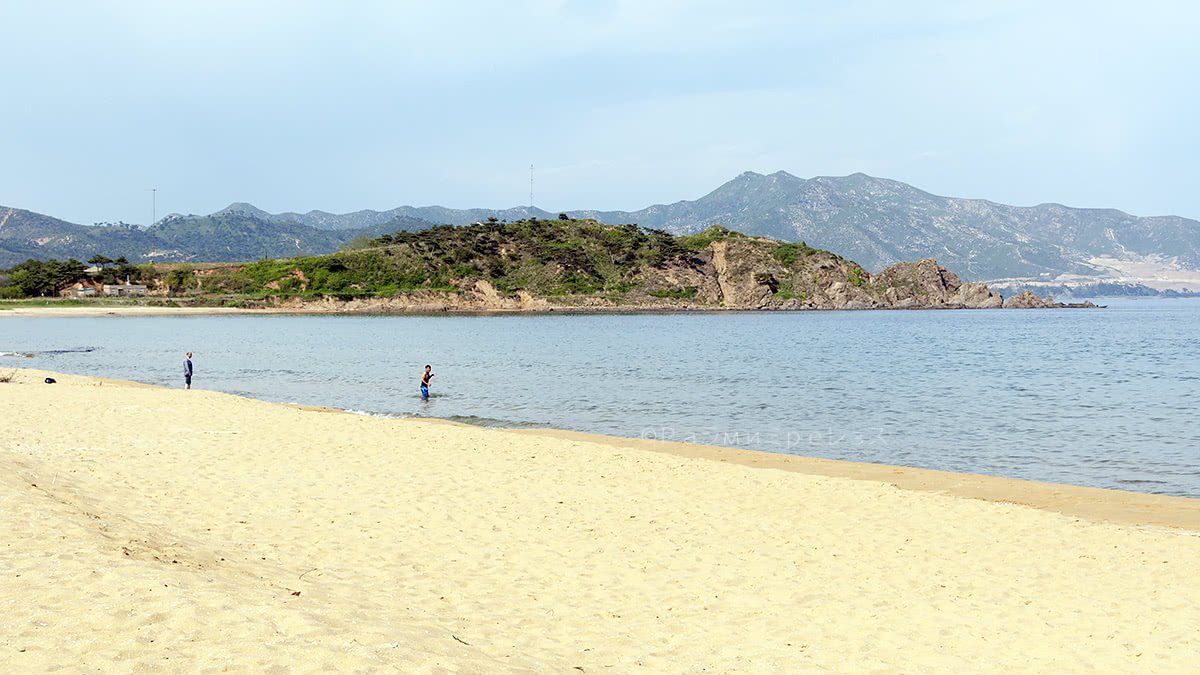
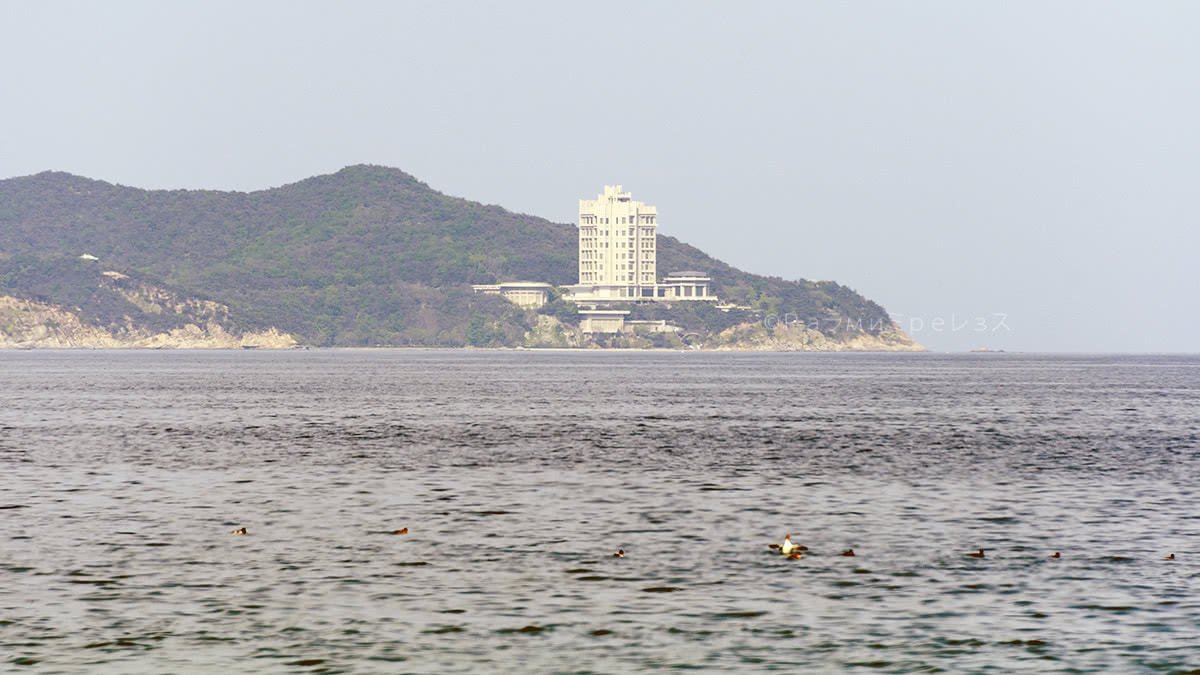
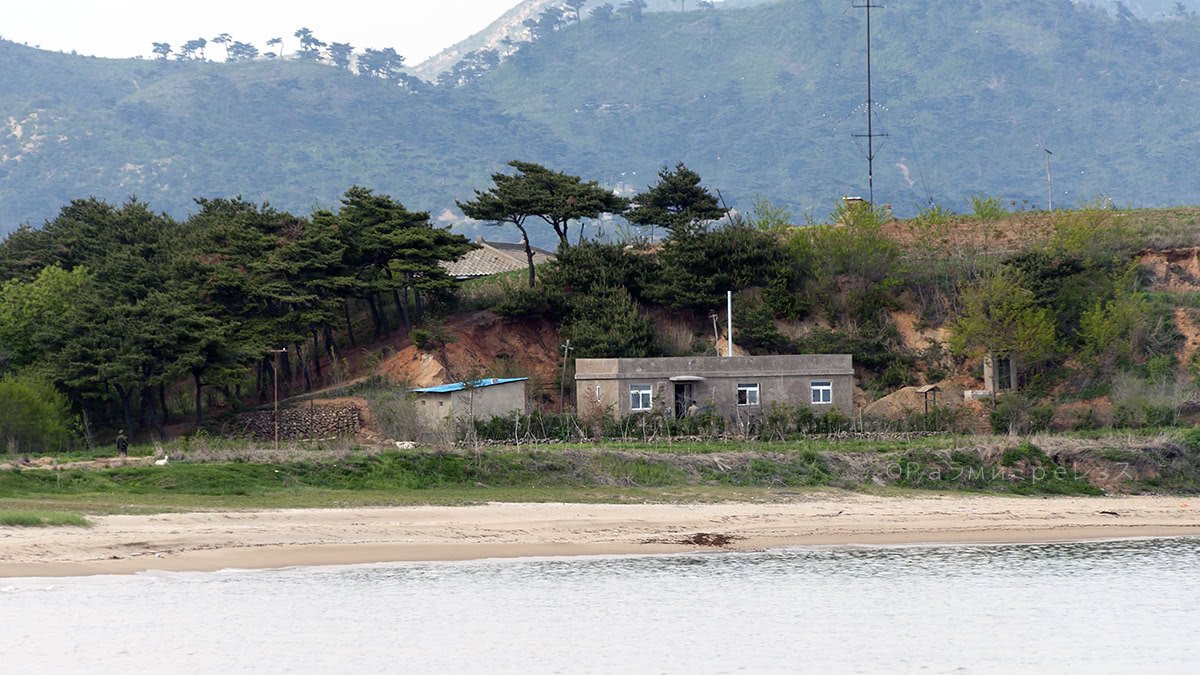
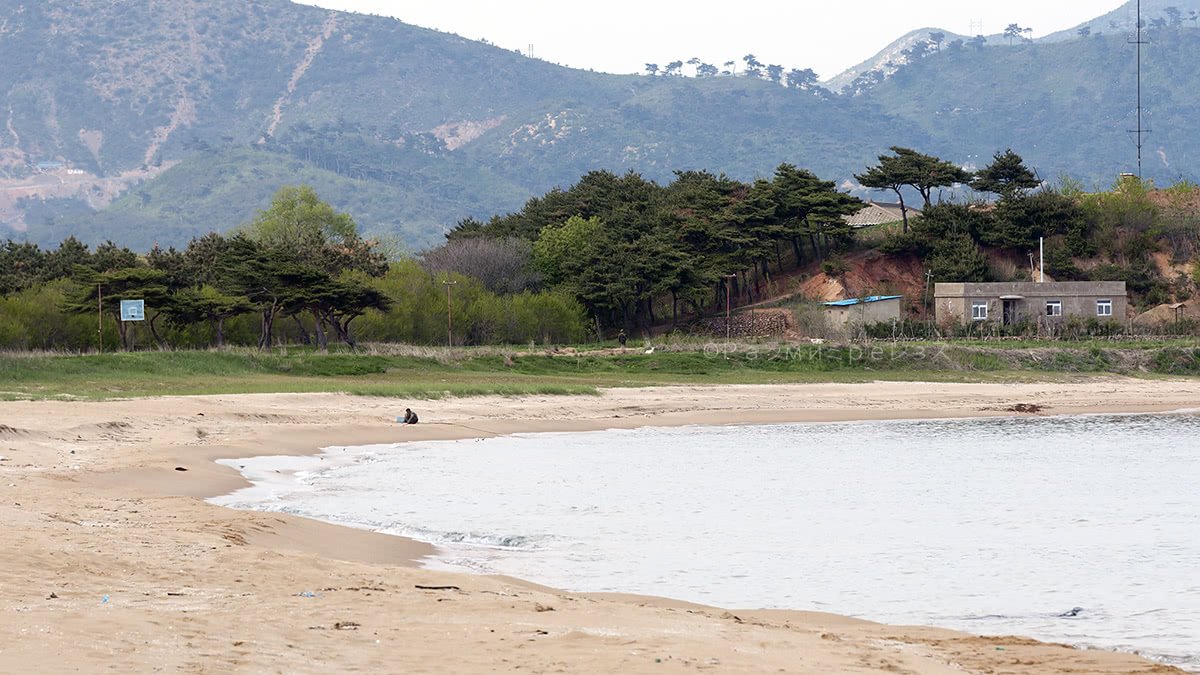
Majon.
The time came to leave the beach, and continue.
Other than unnamed streets, the last thing I saw from Hamhung was a fertiliser plant in Hungnam.
Hungnam was in fact a separate city from Hamhung, but it’s pretty close.
I read that it was “incorporated” to Hamhung, within the North Korean political division. There is a huge fertiliser plant there, and they proudly show it.
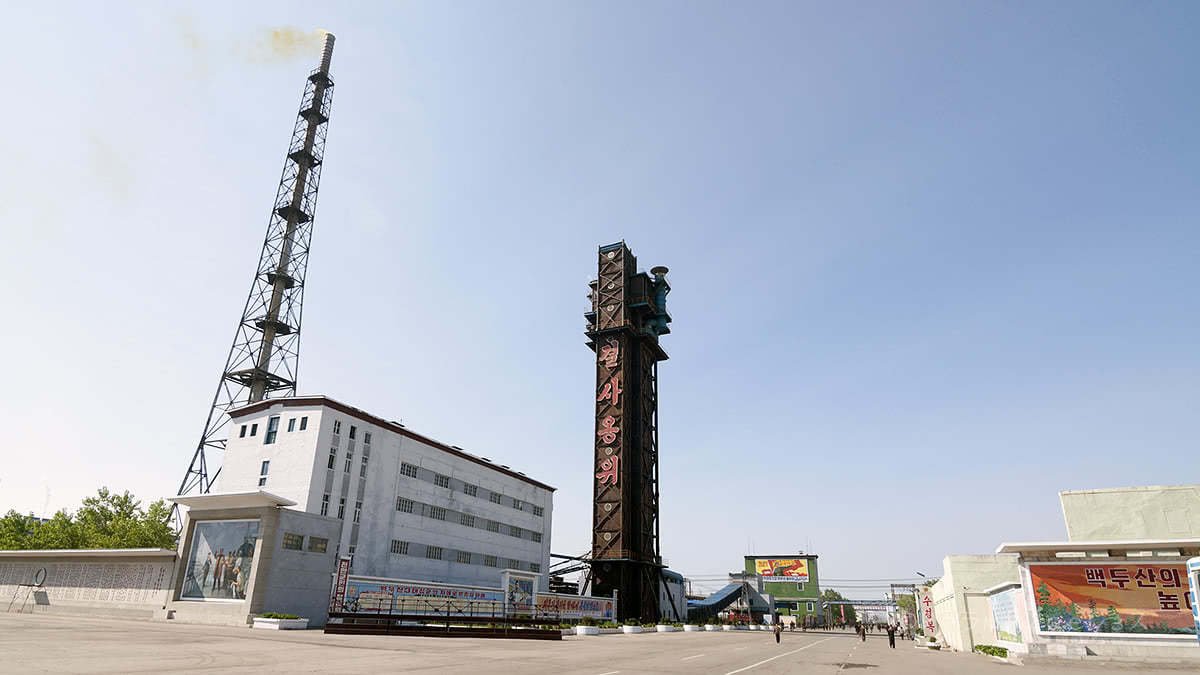
They say they built this plant in 1927, during the Japanese occupation.
Then war came and destroyed it, and then it was rebuilt by North Koreans.
The person in charge told me that most of the current factory was 100% local technology, but I saw many labels of machines made elsewhere… who knows.
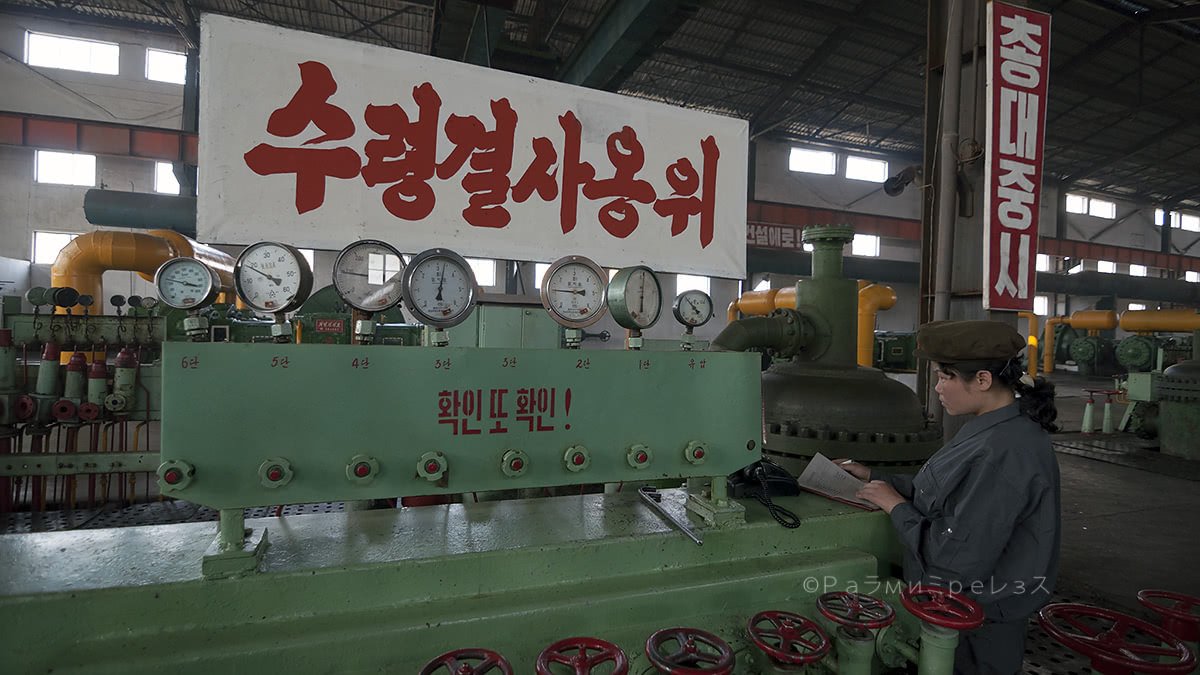
Being a factory within its context, means that a good dose of propaganda isn’t lacking. I saw some inside the plant, and on the access paths.
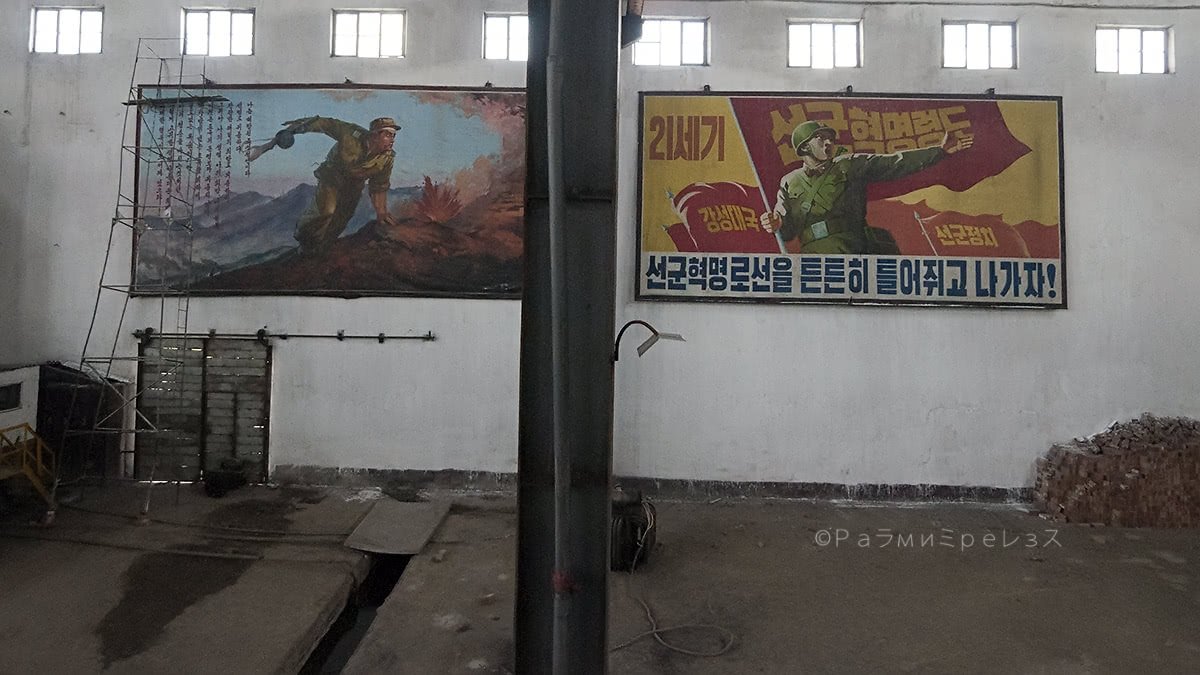
By the way, Hungnam was the birthplace of the mother of South Korea’s current president, Moon Jae-In. He still has an aunt in North Korea.
She was one of the evacuees in the weeks before Christmas 1950. Then, warfare was intense, and there was a huge evacuation.
In this evacuation, at least 100.000 military personnel and 100.000 civilians were taken to safe places in the south.
You can start to see how convoluted the whole situation of the peninsula is…
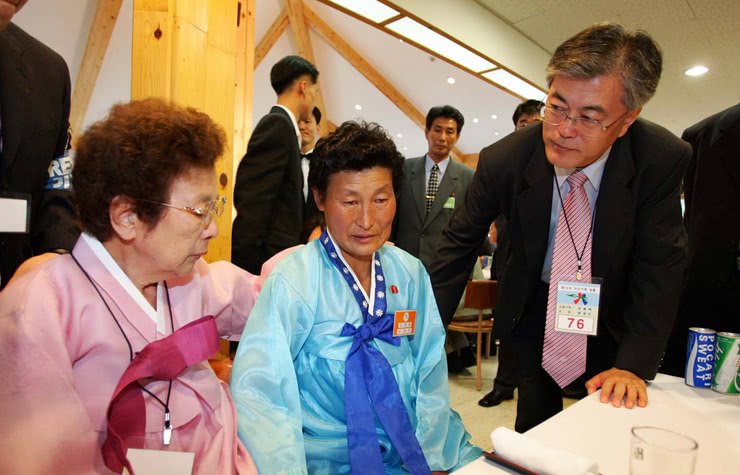
Korea Times.
There are some reports that say that in that plant they also make chemical war agents.
Sarin gas, VX, and the like, exactly the kind they used in Kuala Lumpur to kill Kim Jong-Nam (remember?).
But there’s no way I could know for sure. And obviously, they were not going to show me exactly that, in case it’s true.

They say Hamhung has a disproportionate amount of chemists. And they suspect the city is an important methamphetamine production centre.
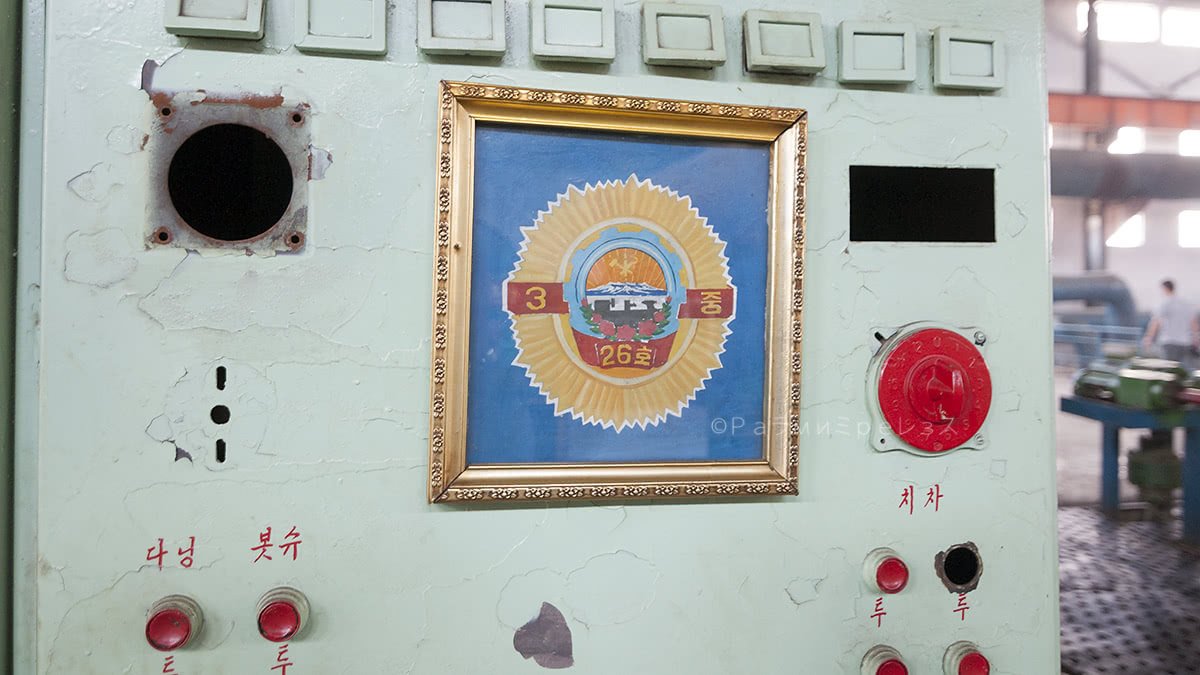
They say part of that methamphetamine is used locally for “medicinal” purposes.
But a good deal is exported. And from that export, the country obtains an important amount of foreign exchange reserves. Allegedly, they later use those reserves for nuclear bombs, and stuff like that.
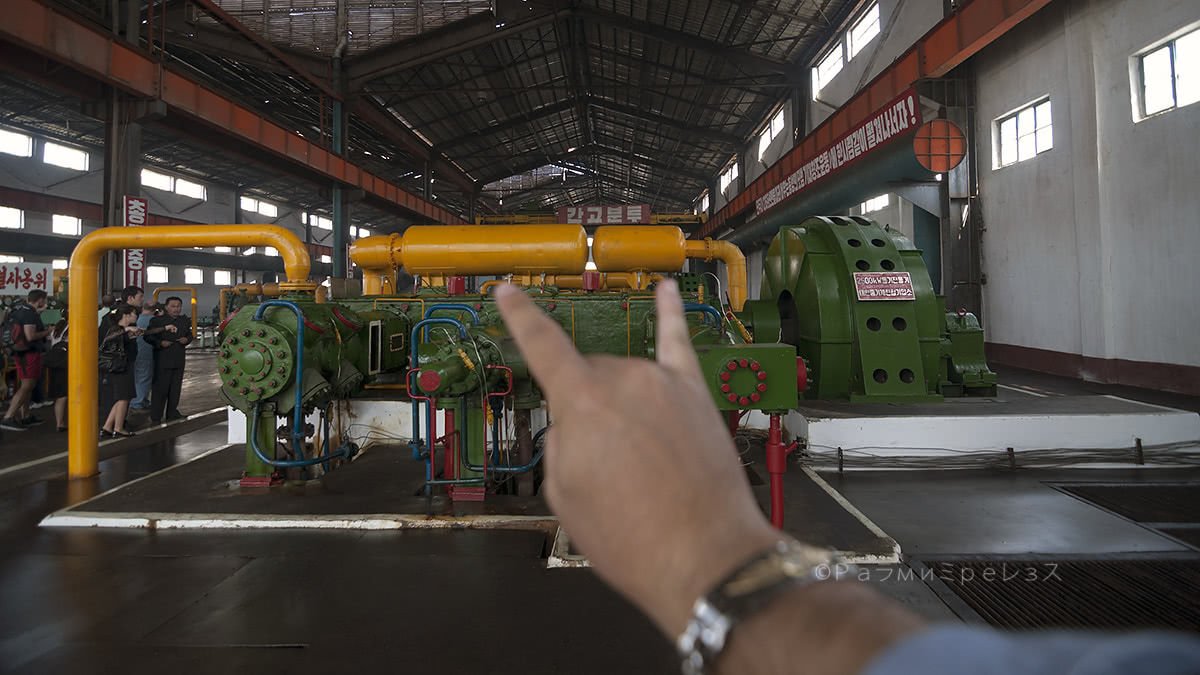
They say “Room 39”, the government dependency in charge of acquiring foreign currency for the regime, is behind all this.
“Room 39”, they say, is also involved in high quality dollar counterfeiting (the so-called “super dollars”), and other fraud schemes.
That, on top of handling legal enterprises such as hotels, import-export bureaus, and others. They have calculated the illegal activities alone to amount to about 1 billion dollars a year.
Many reports talk of this. But, on the other hand, there are some others that say that those accusations don’t have any proof. They say the bases are loose testimonials from enemy countries’ agents.
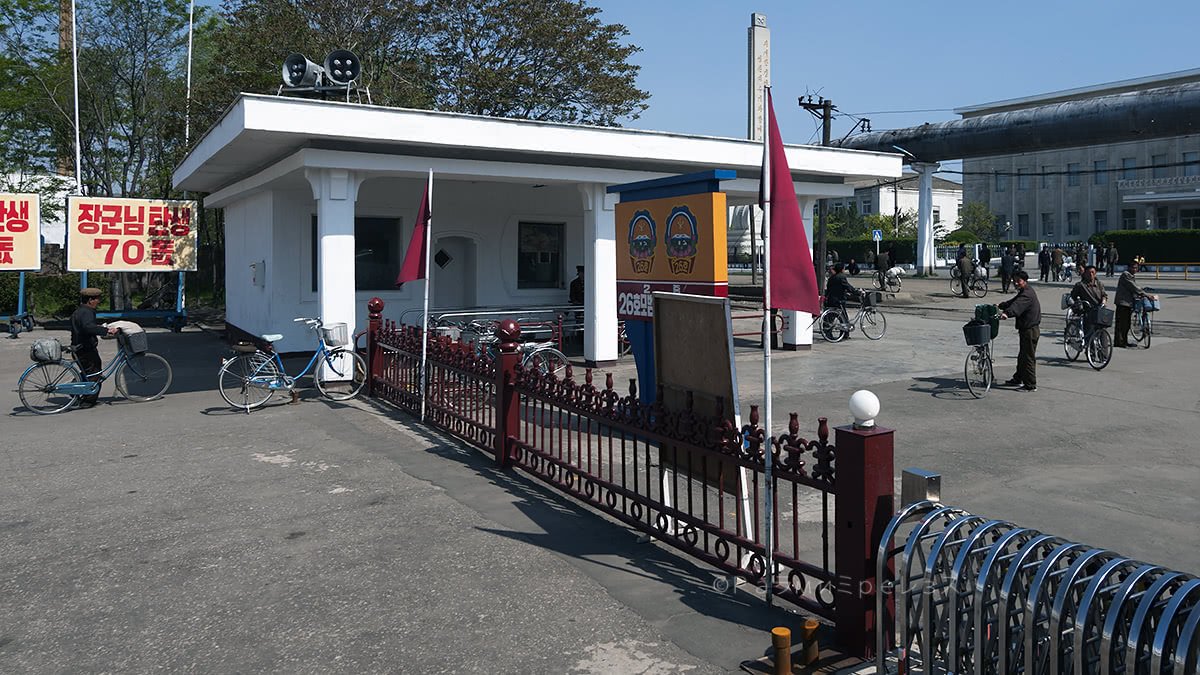
As usual, all that I am writing here is to give you some context. I don’t know anything for a fact, nor do I know what’s the truth on this whole issue.
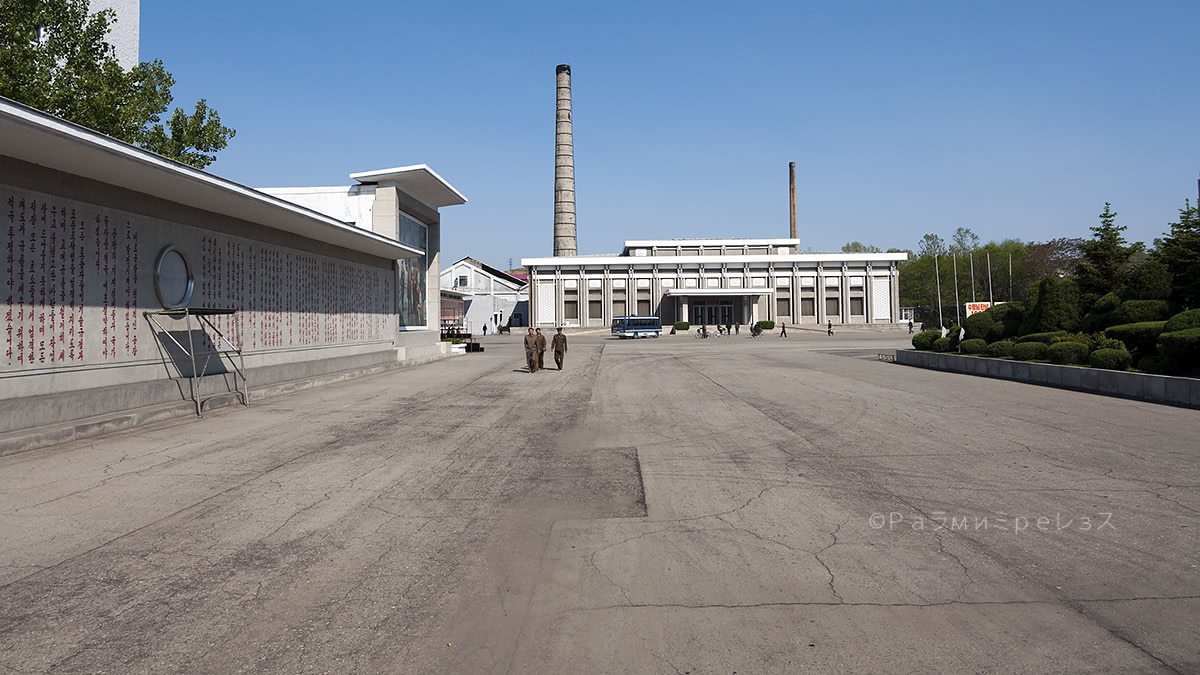
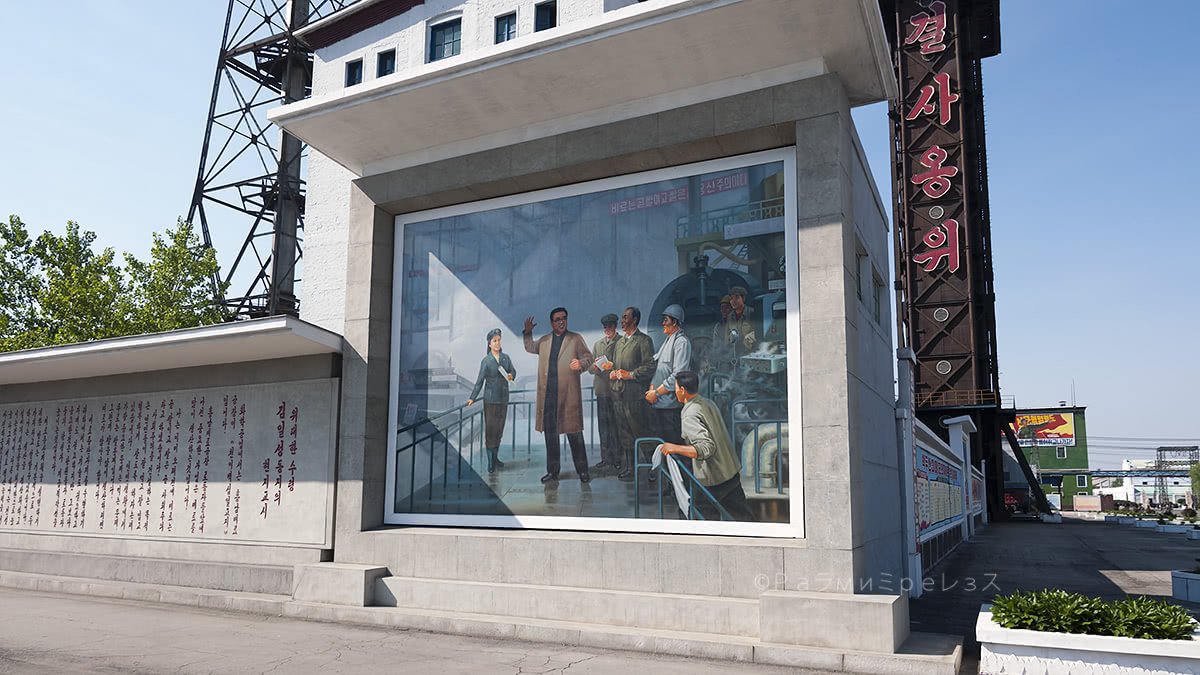
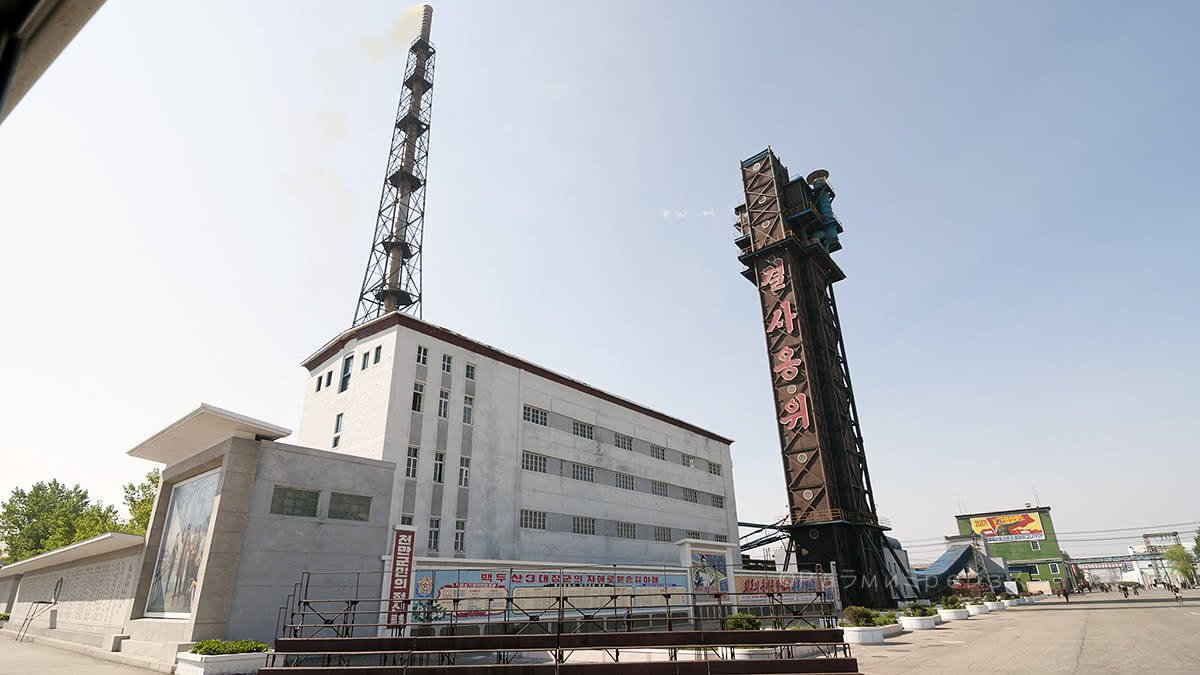
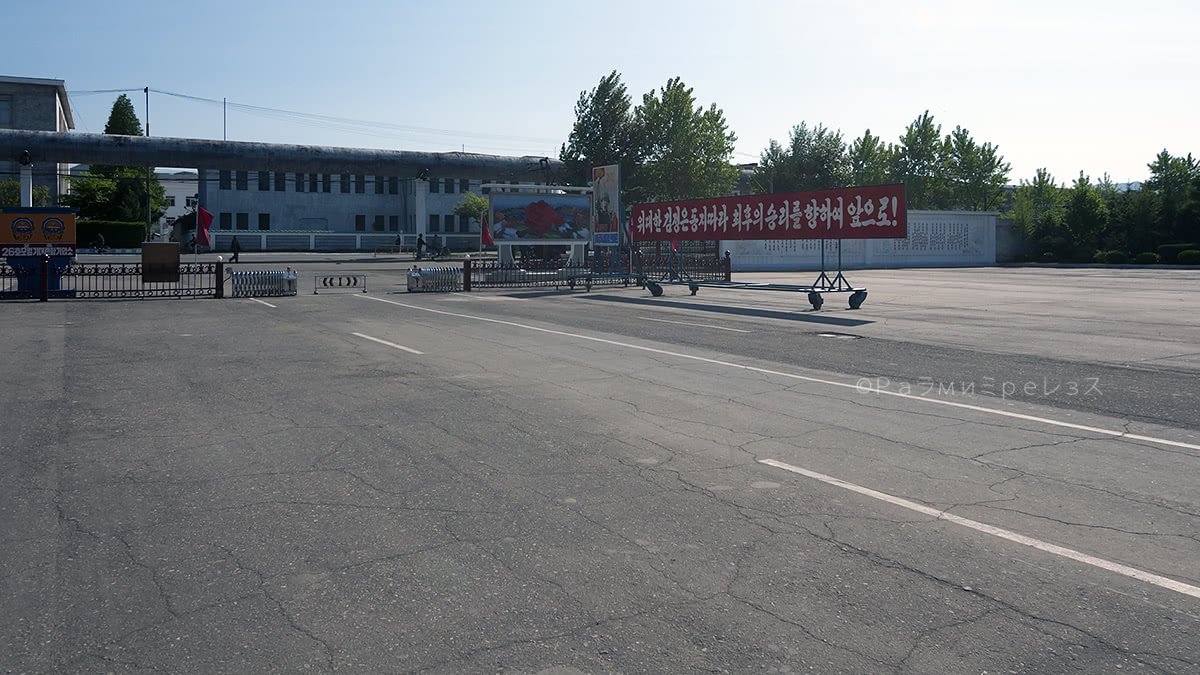
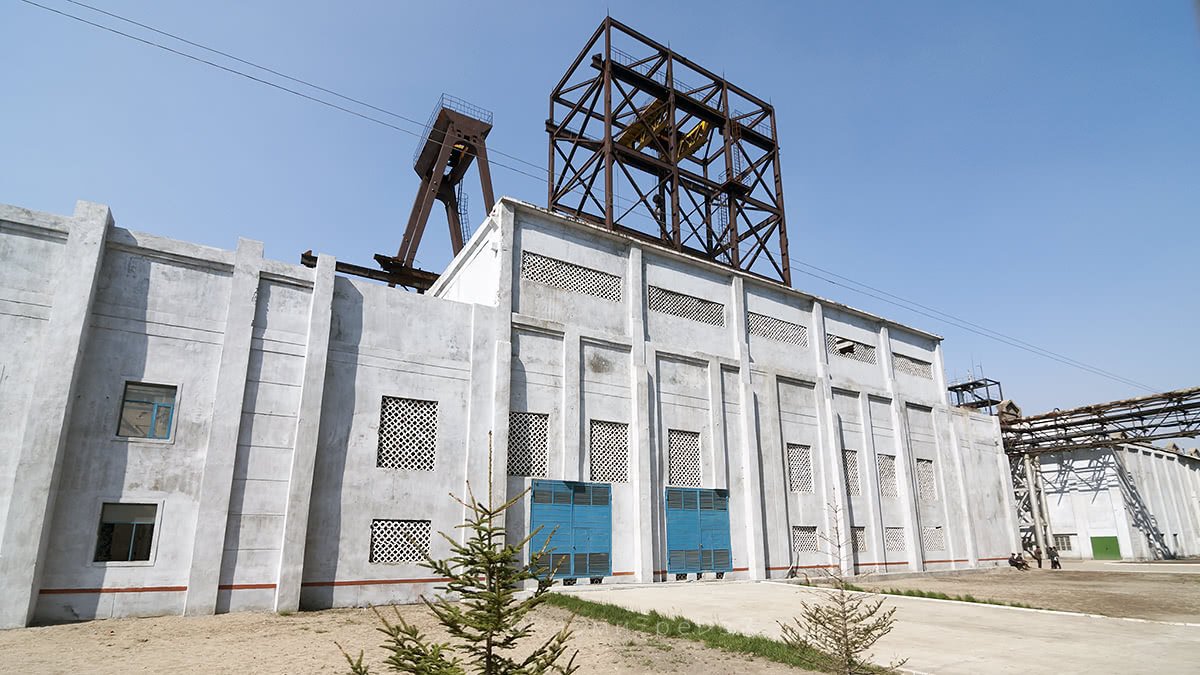
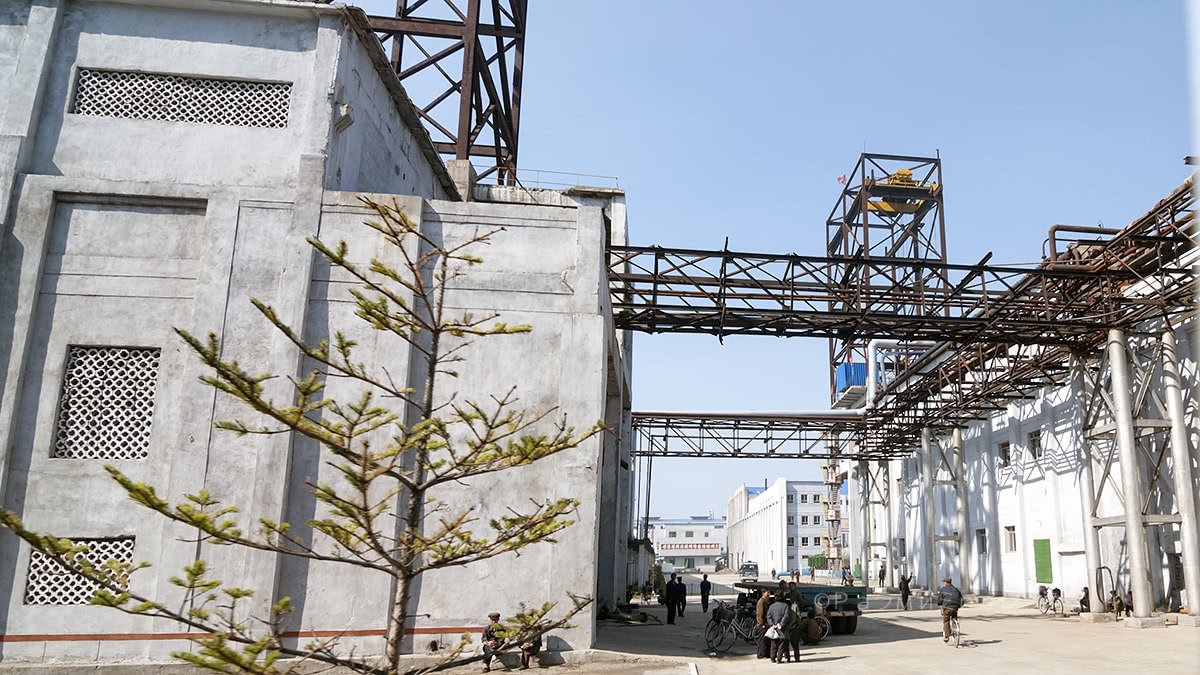
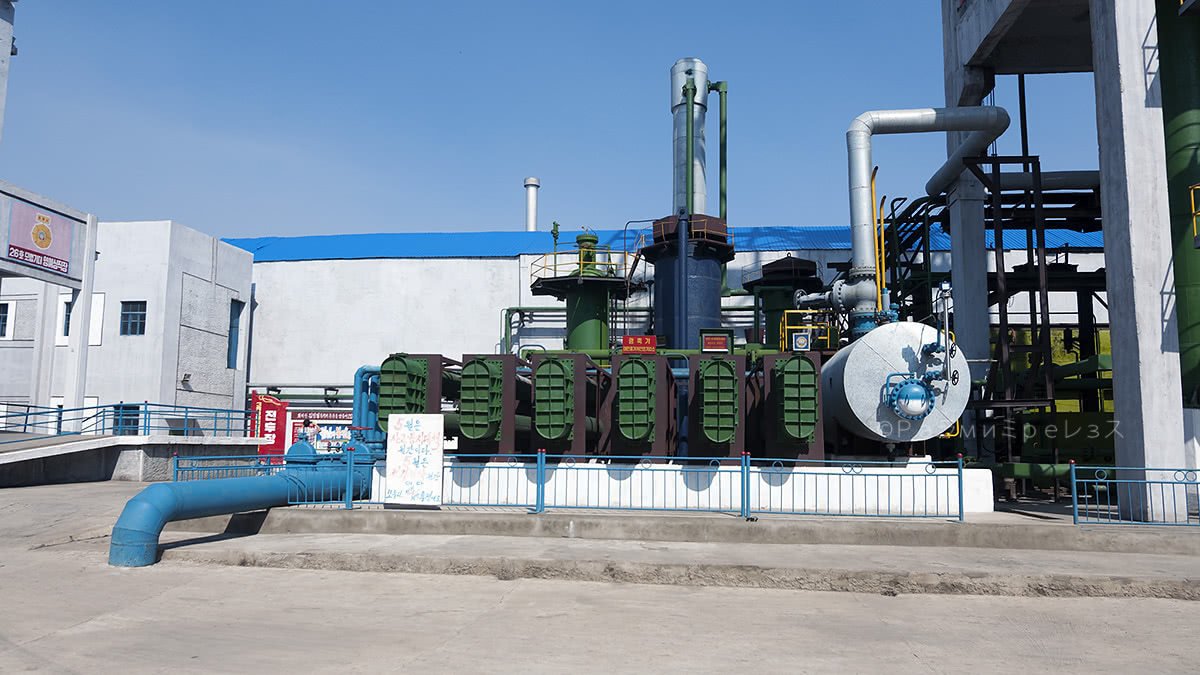
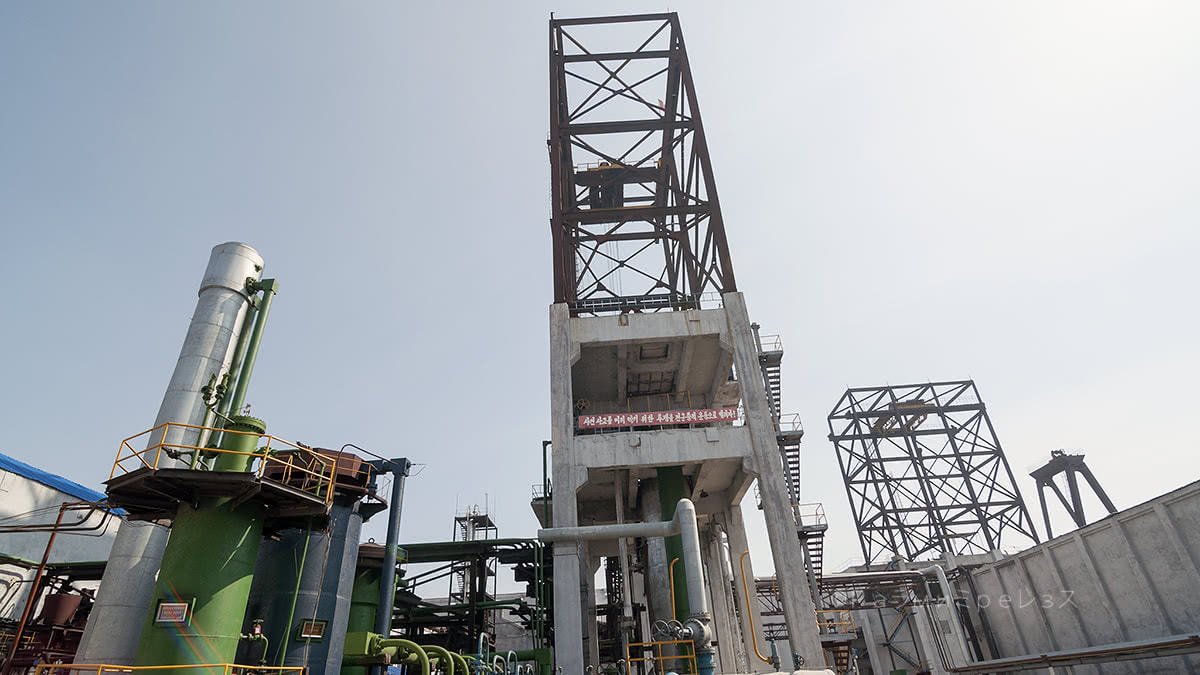
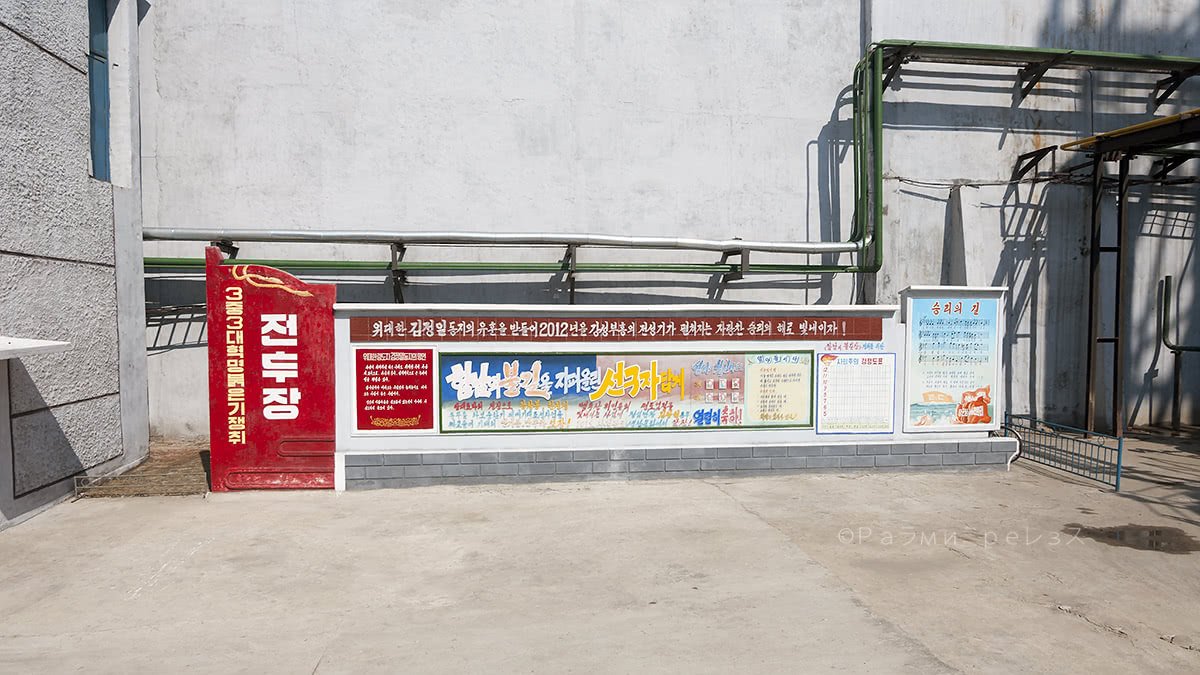
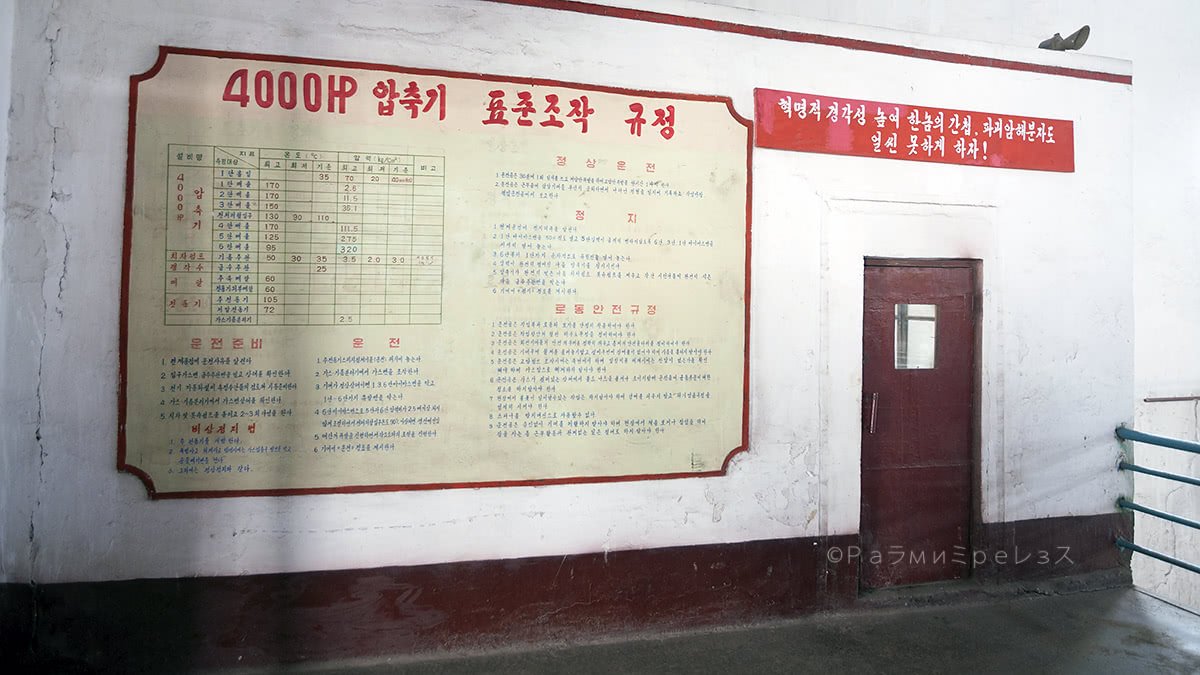
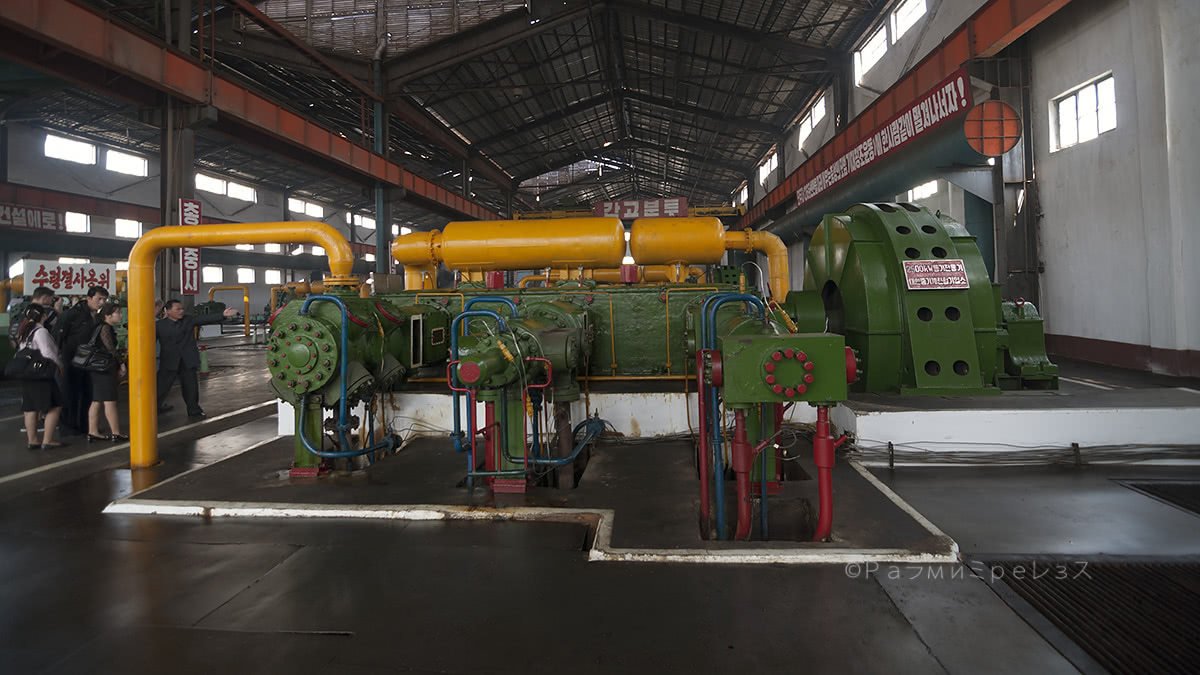
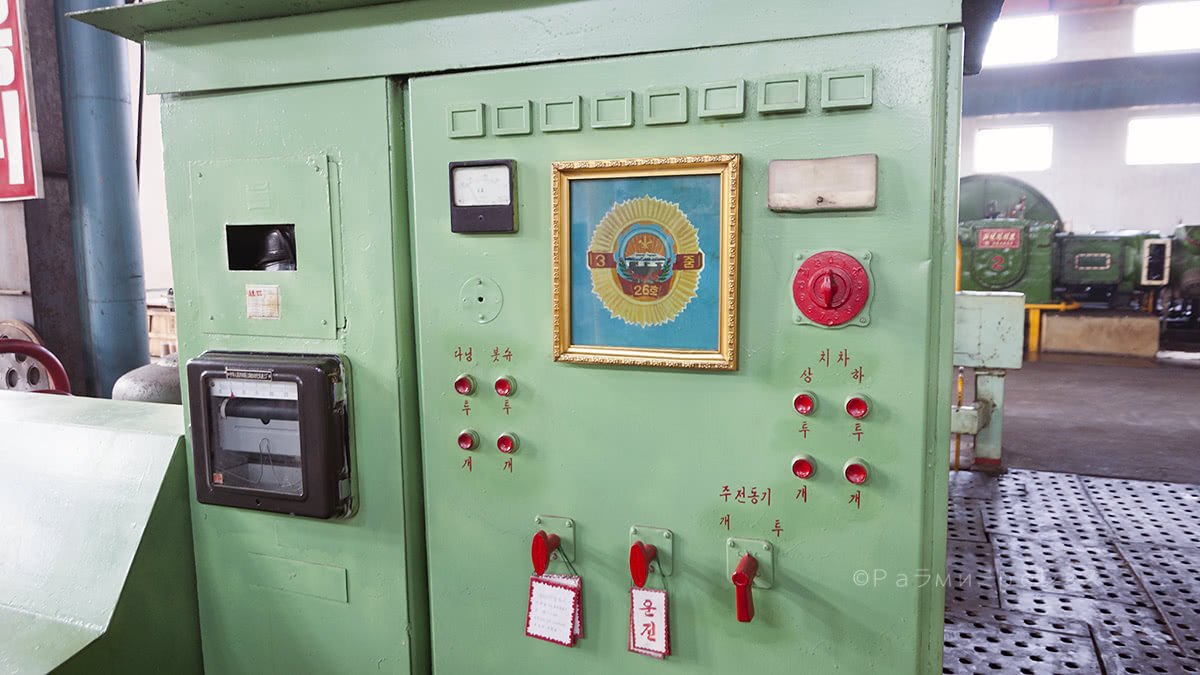
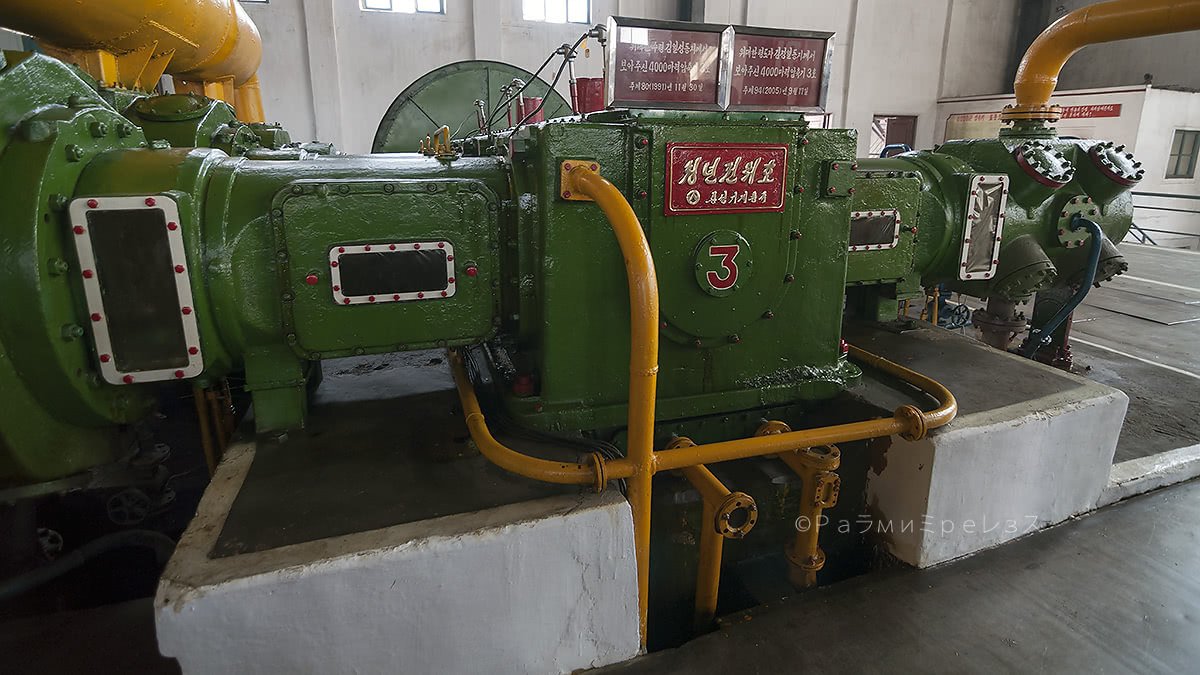
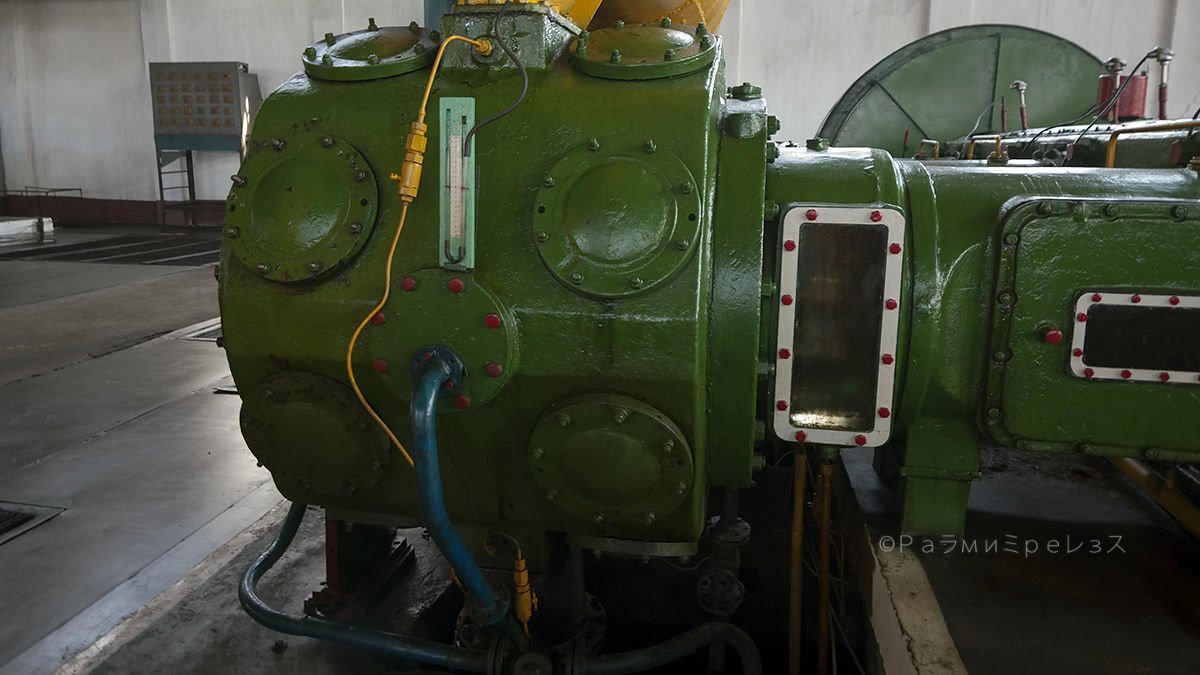
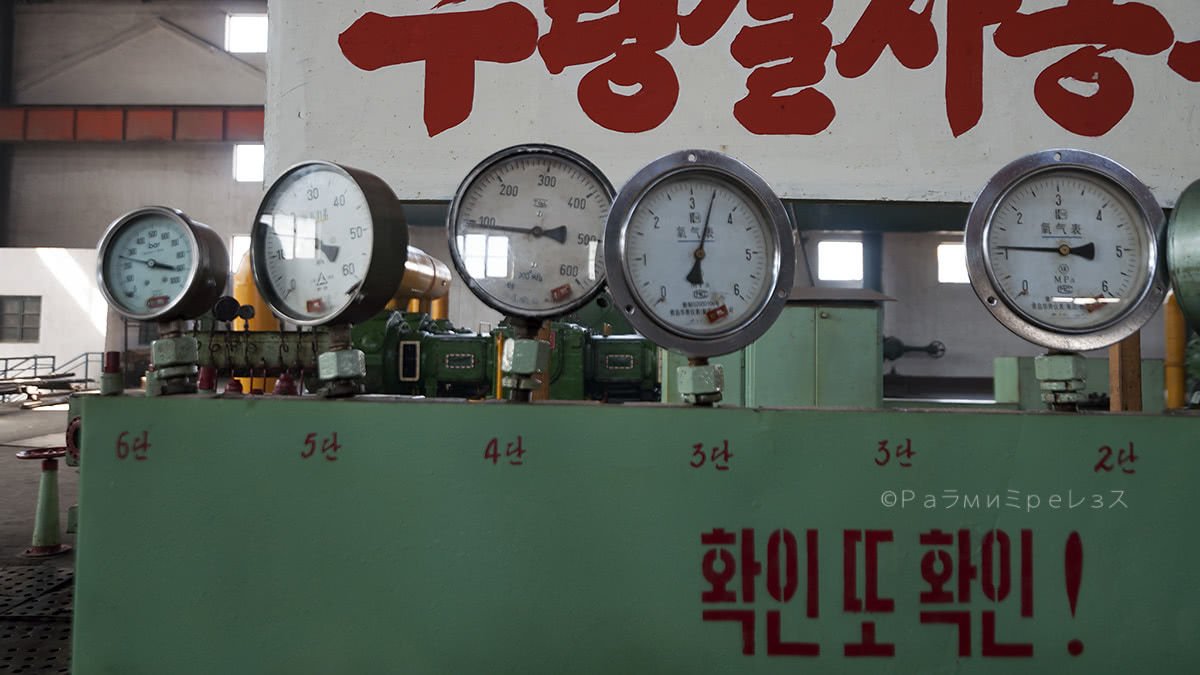
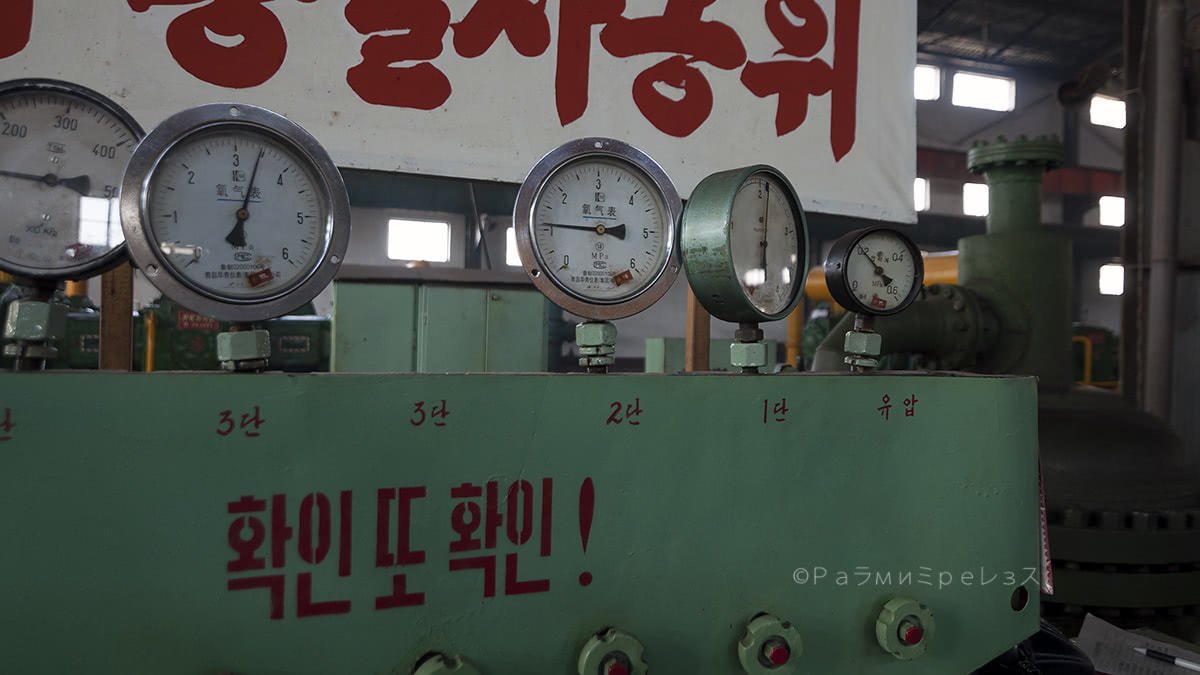
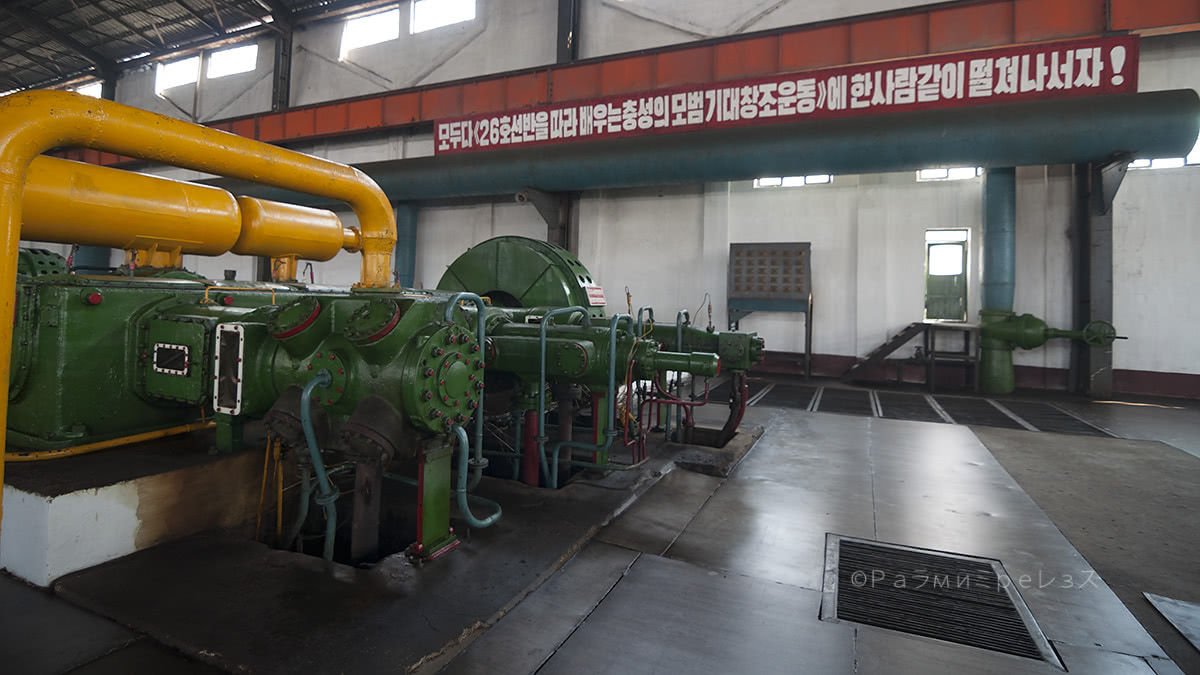
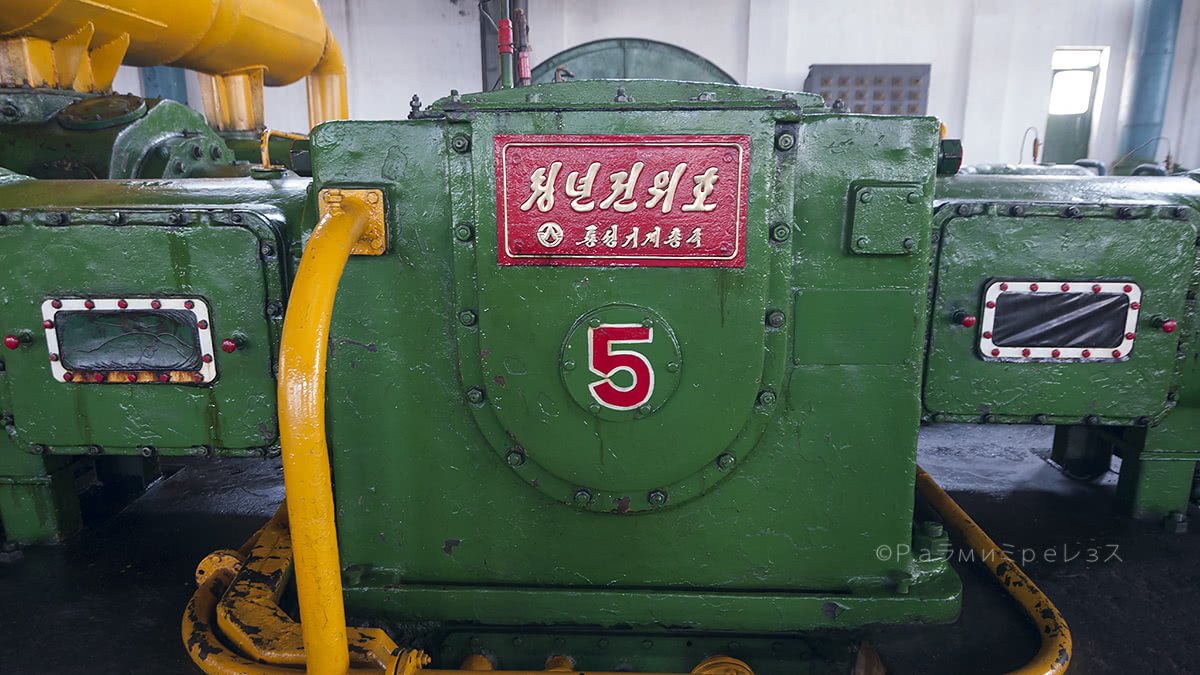
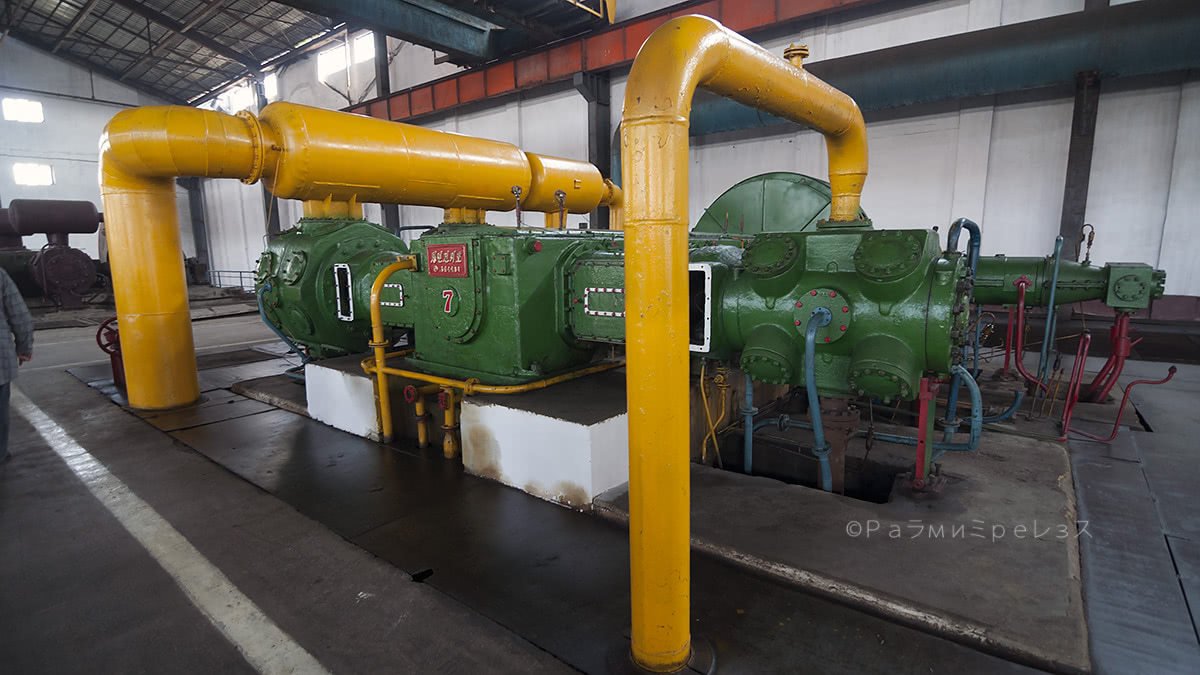
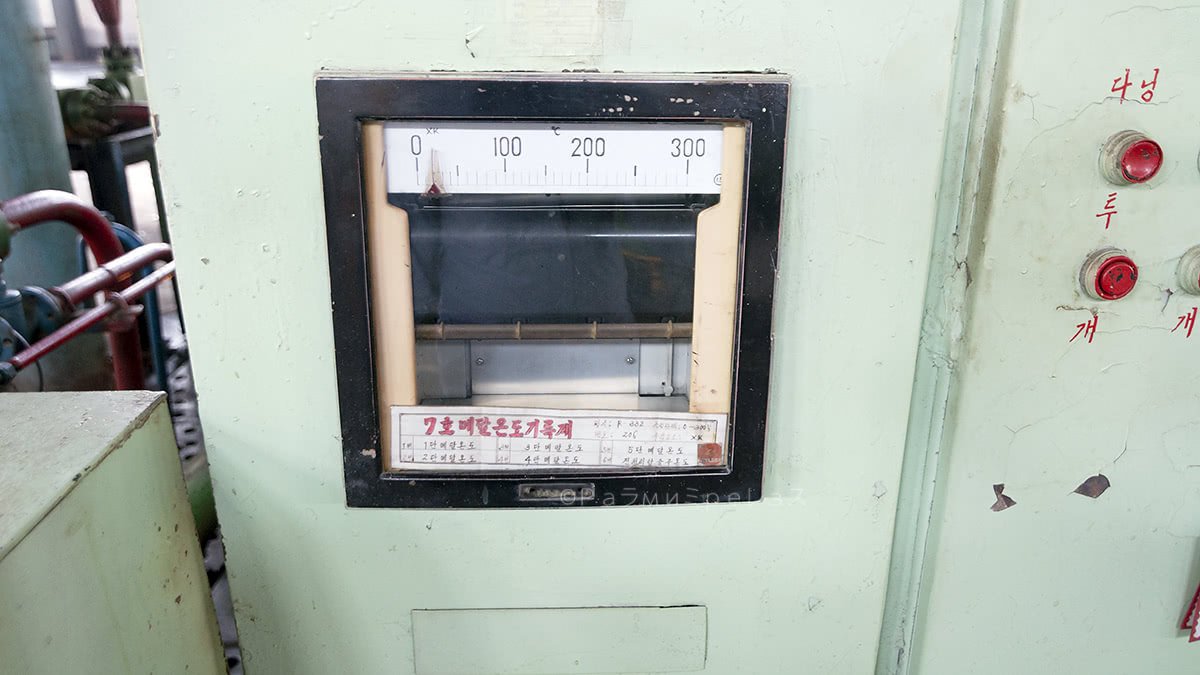
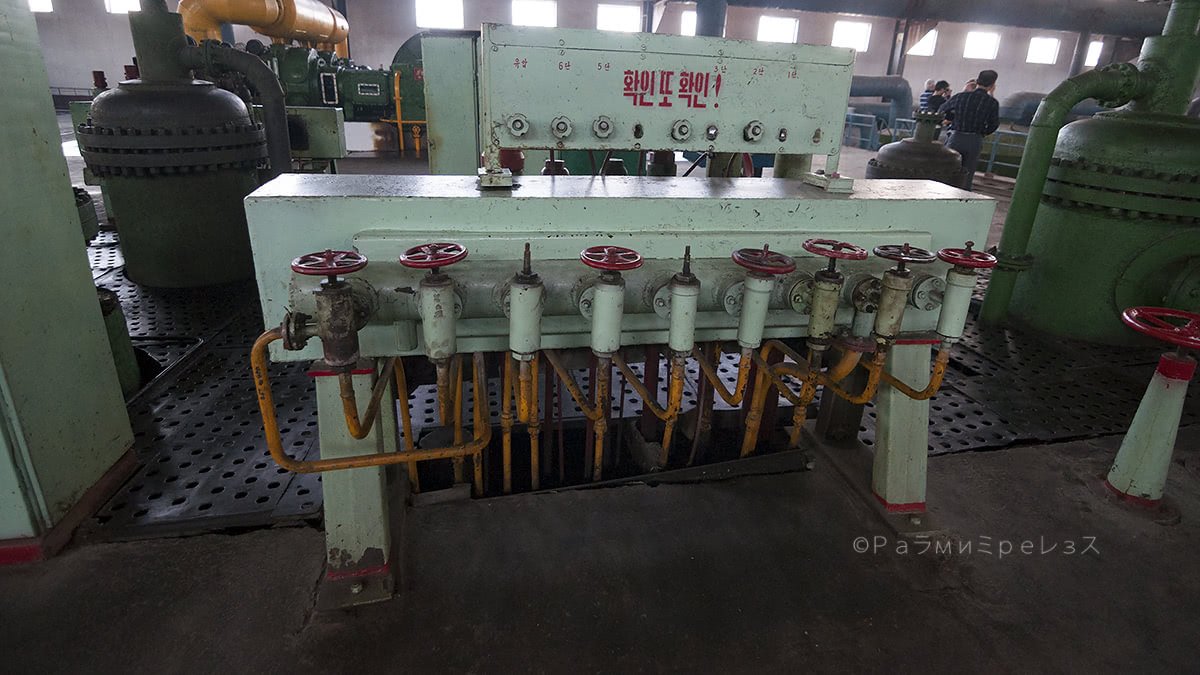
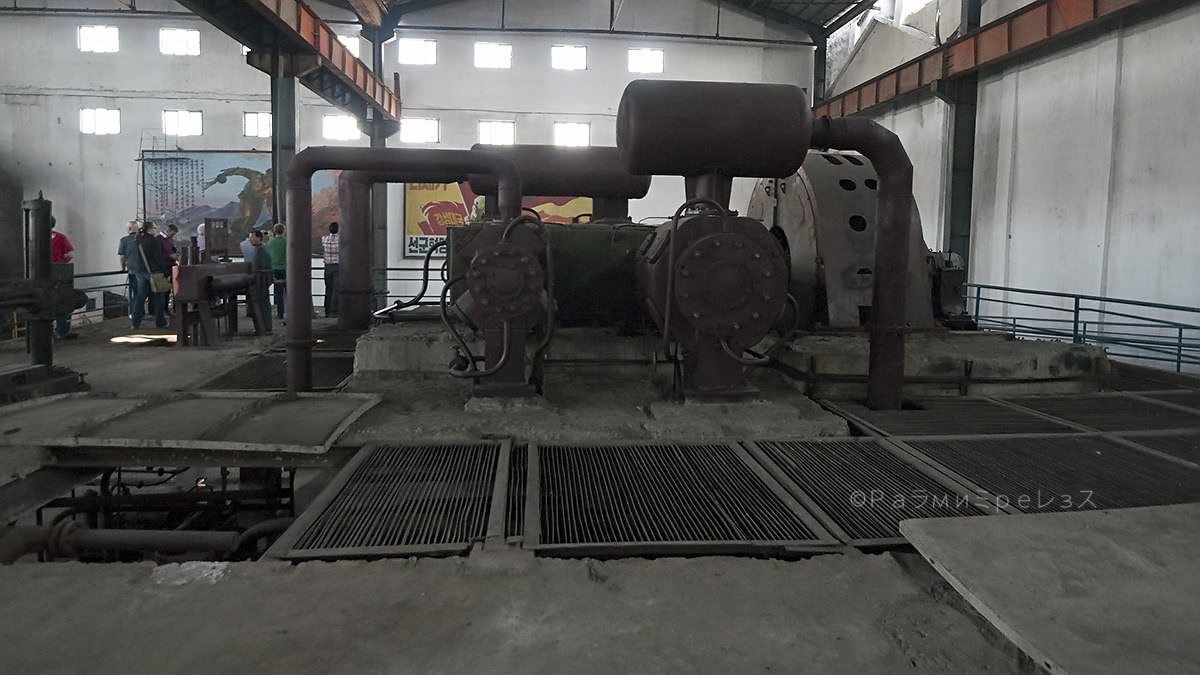
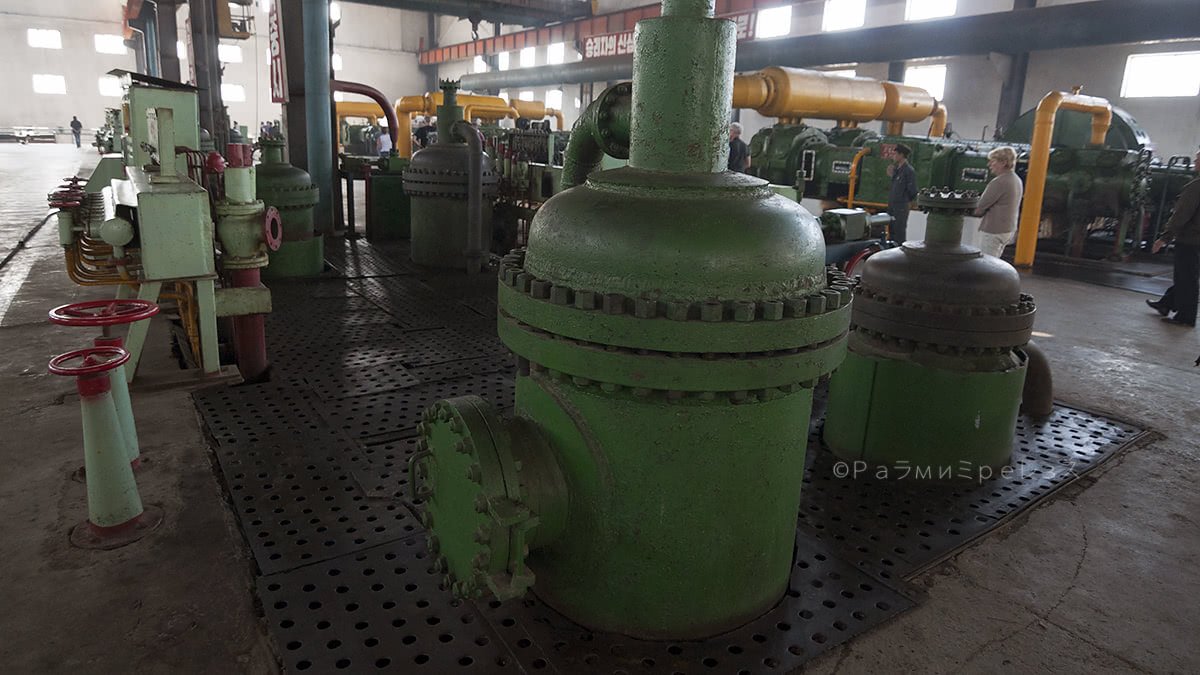
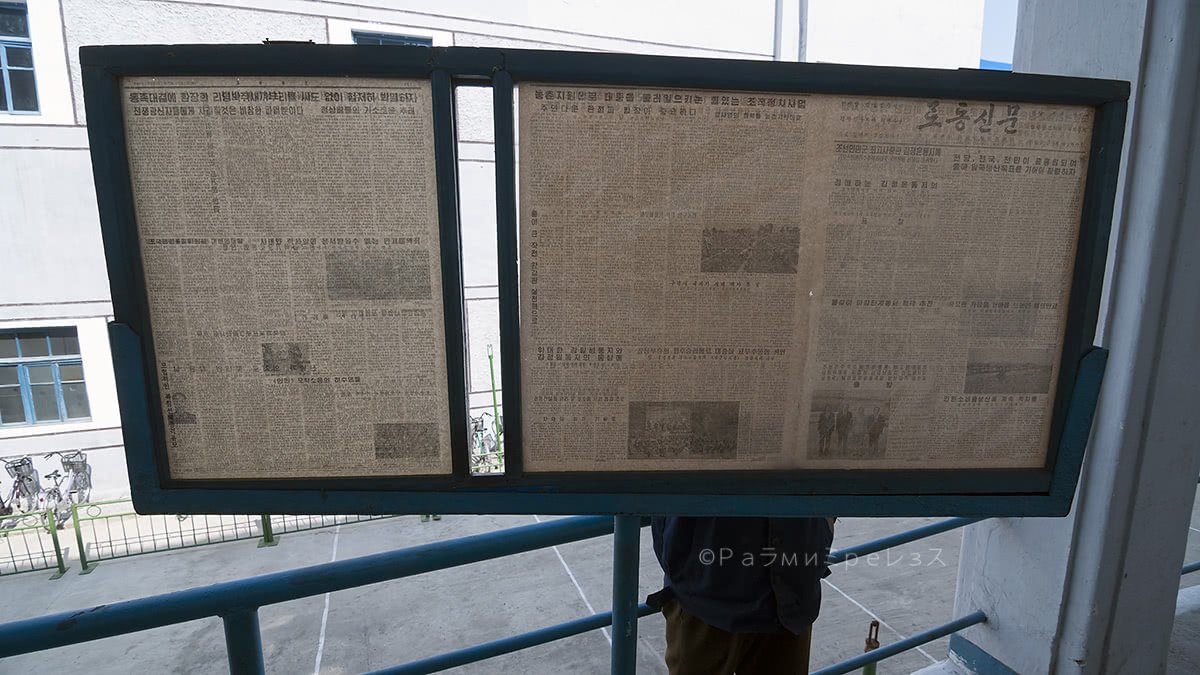

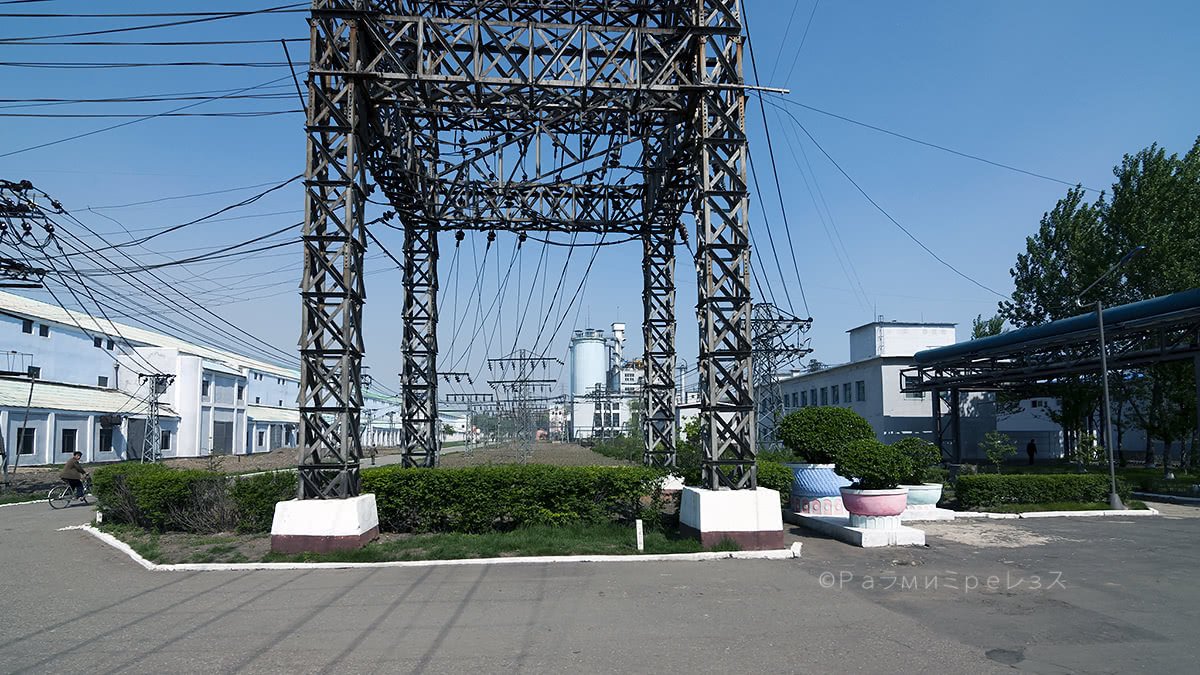

Hungnam fertilizer plant.
I mean, I was born in Medellin in the most turbulent cartel times, and up to this point I still haven’t seen cocaine in person… go figure.
But anyway, we bid goodbye to our friends, and continued our merry way.
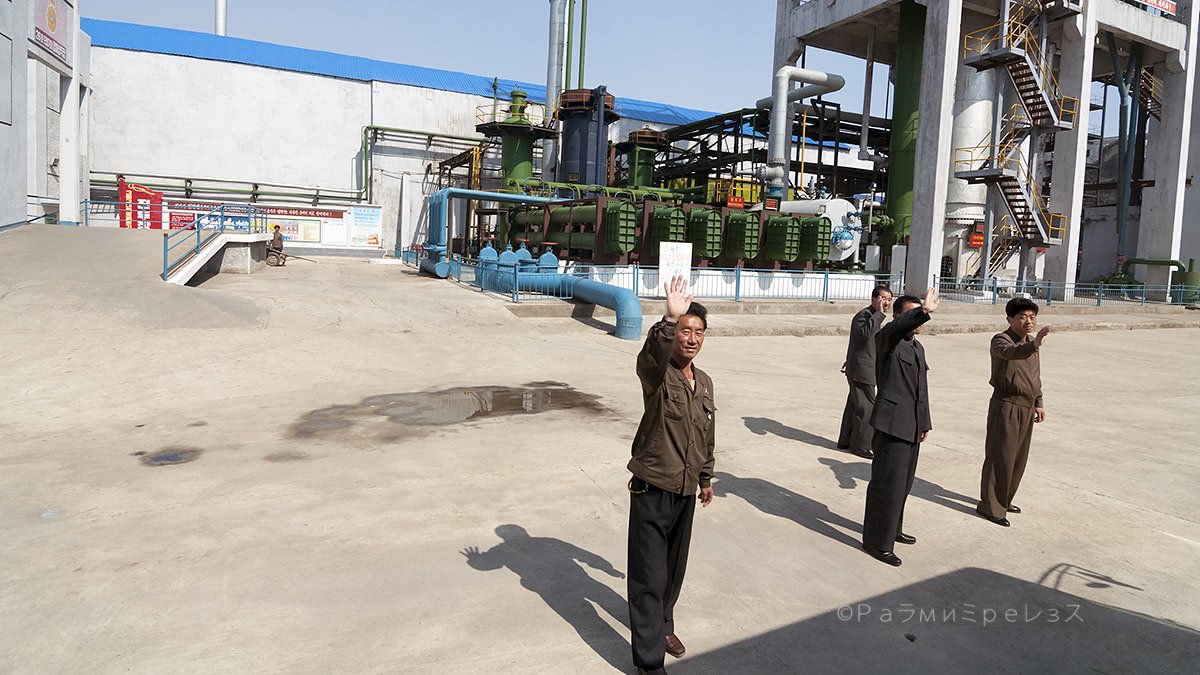
I also saw Hamhung’s Grand Theatre. It’s North Korea’s biggest theatre, and was built in 1984. I only saw it from the outside, we didn’t go in nor saw any play.
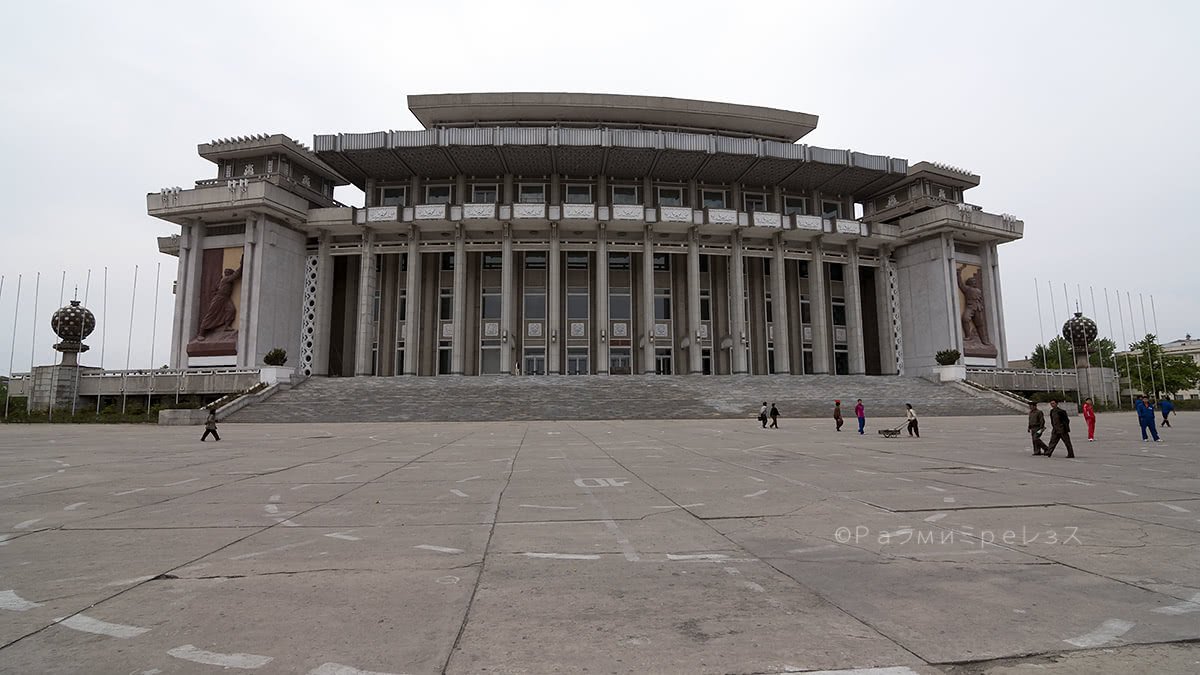
Other than that, in Hamhung you could see a car now and then, and the respective human traffic control agent. Also, children walking in groups, and the eventual lone citizen.
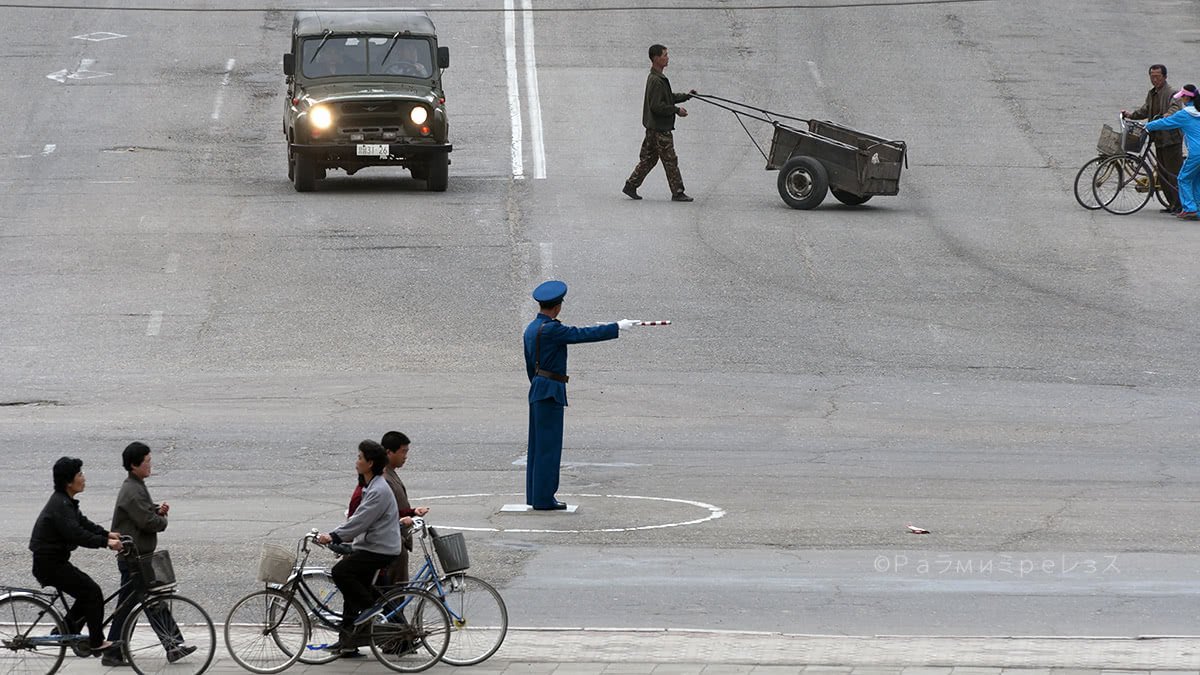
The streets couldn’t lack propaganda, of course. If you take a good look at this propaganda, you will see the Chollima there, of which I spoke earlier.
It must say something like:
-“Let’s produce fertiliser at Chollima speed!”
Or something like that.
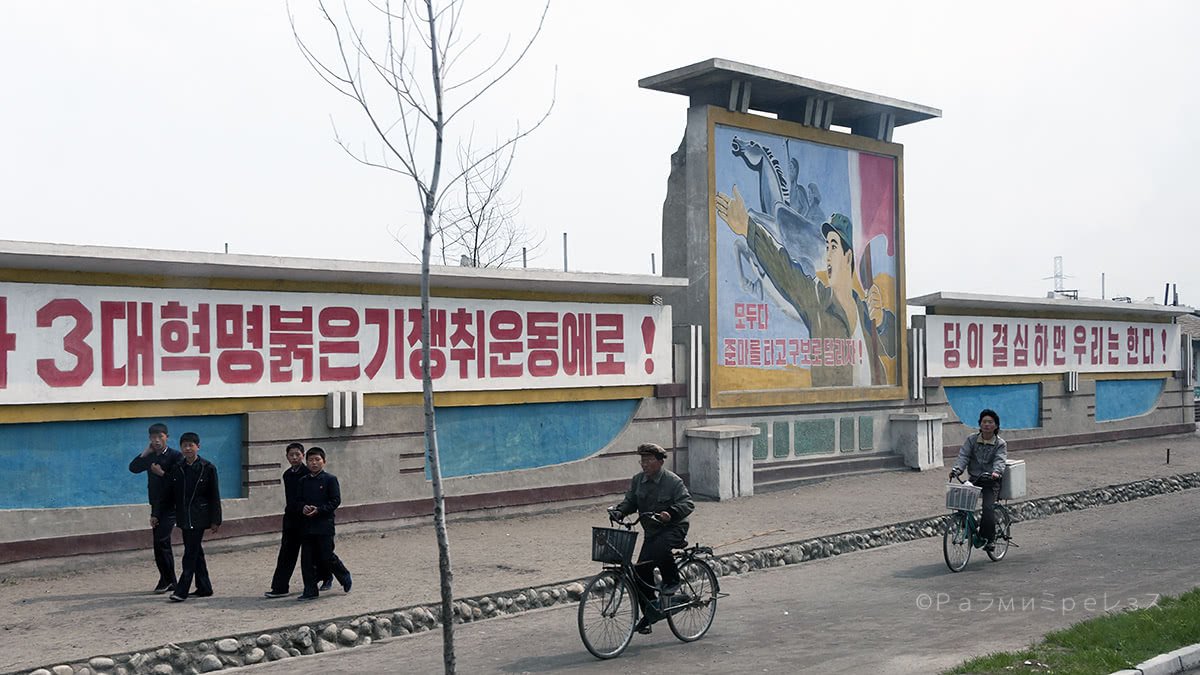
Groups of children, a pretty much frequent scene on what I experienced in North Korea.
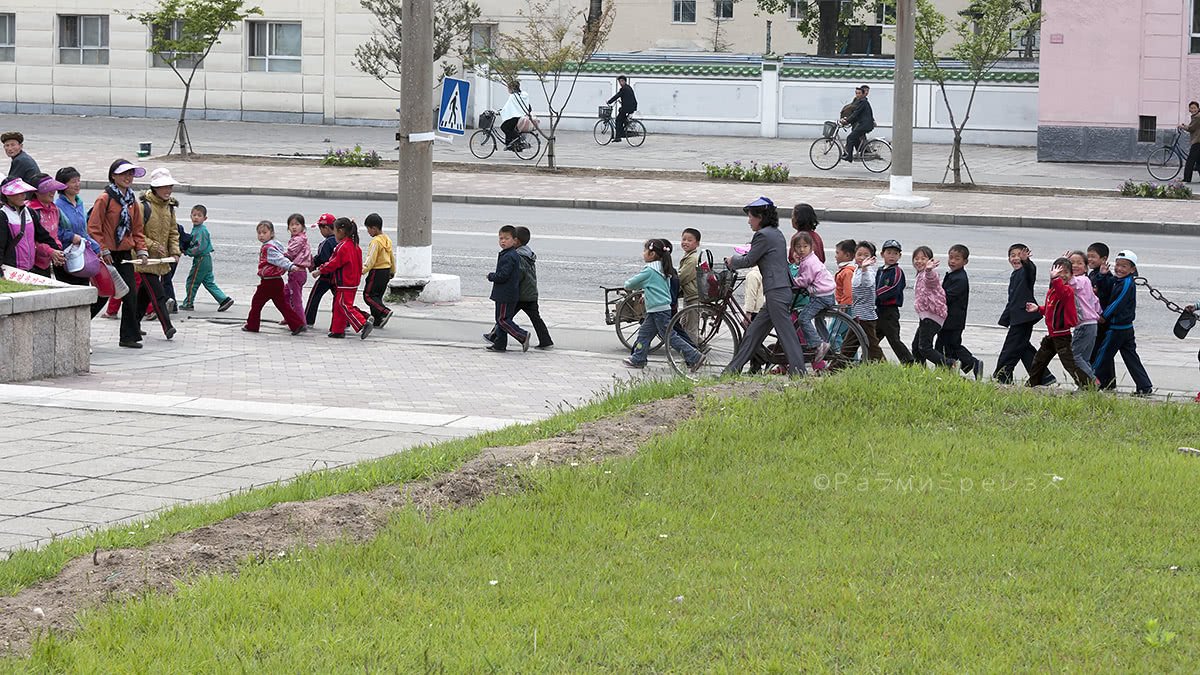
And of course, the stalled car, another more or less frequent scene.
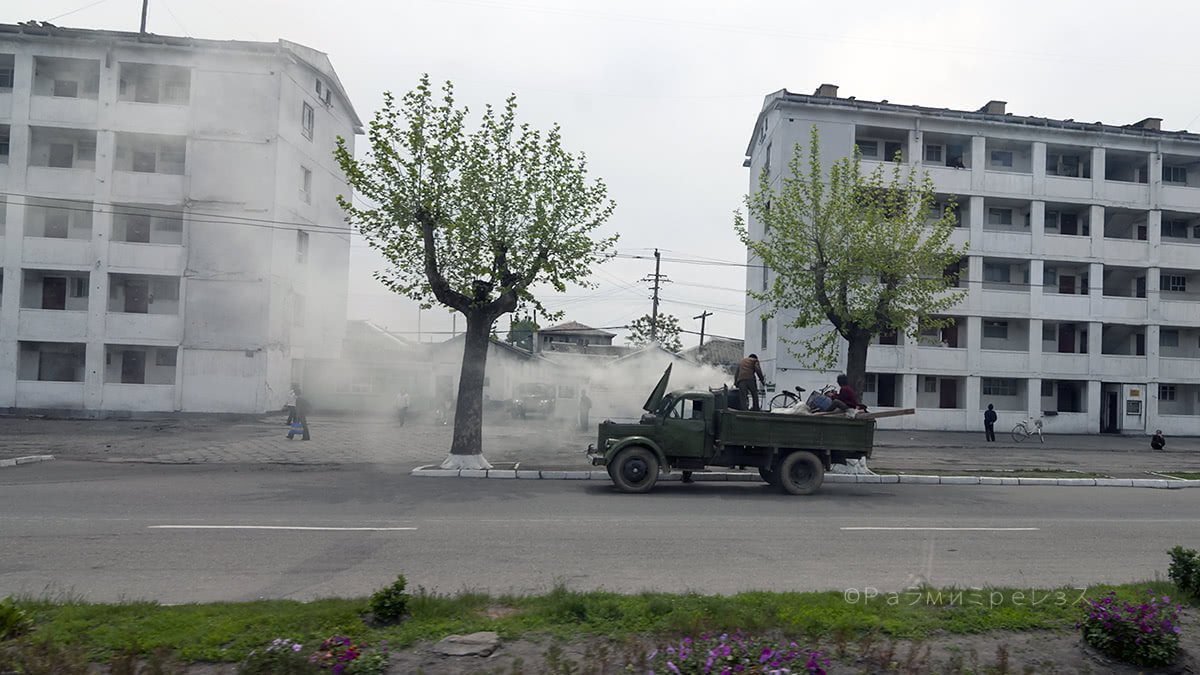
Other photos of Hamhung and Hungnam below.
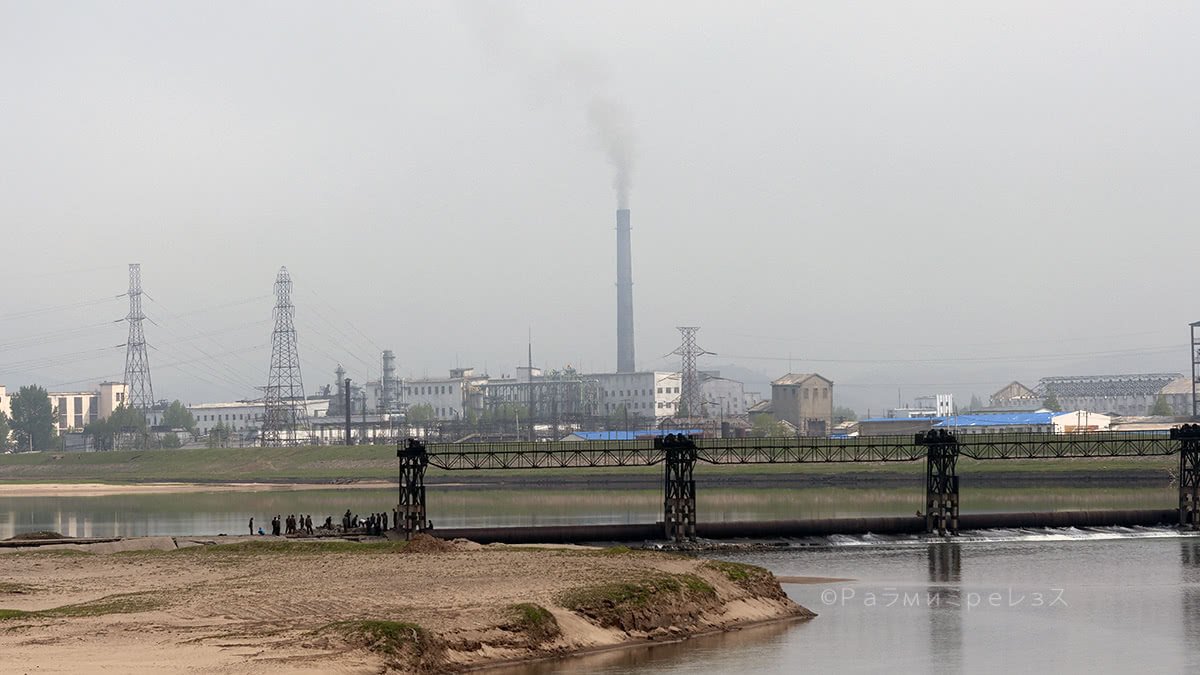
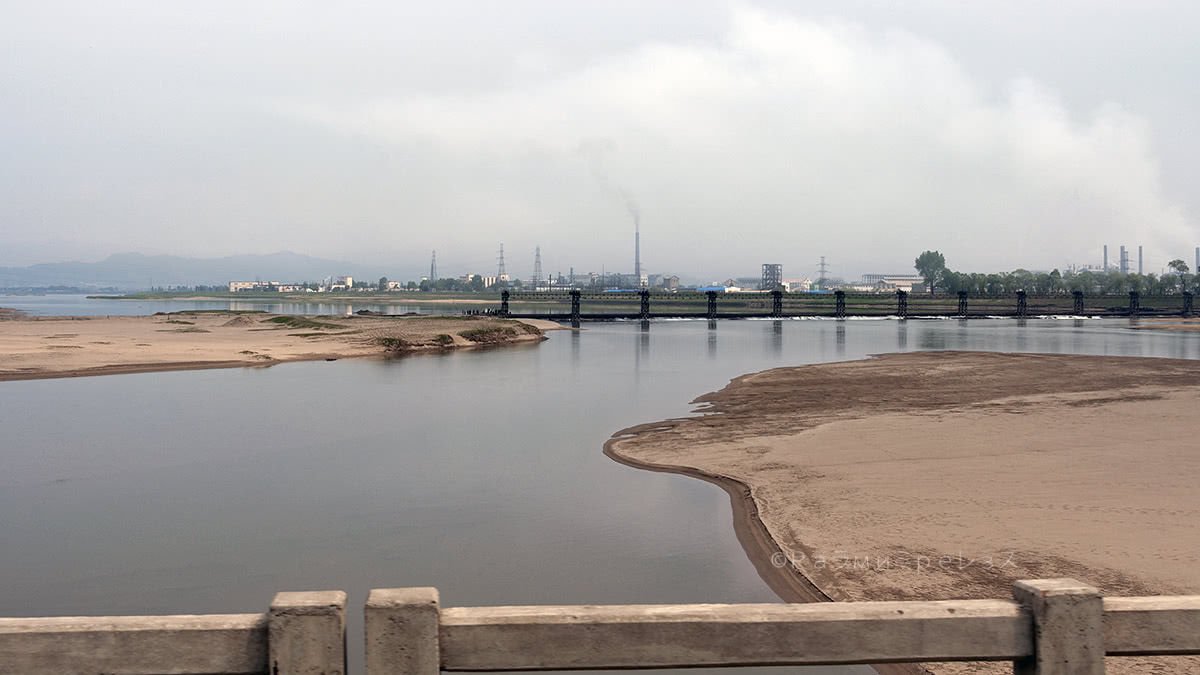
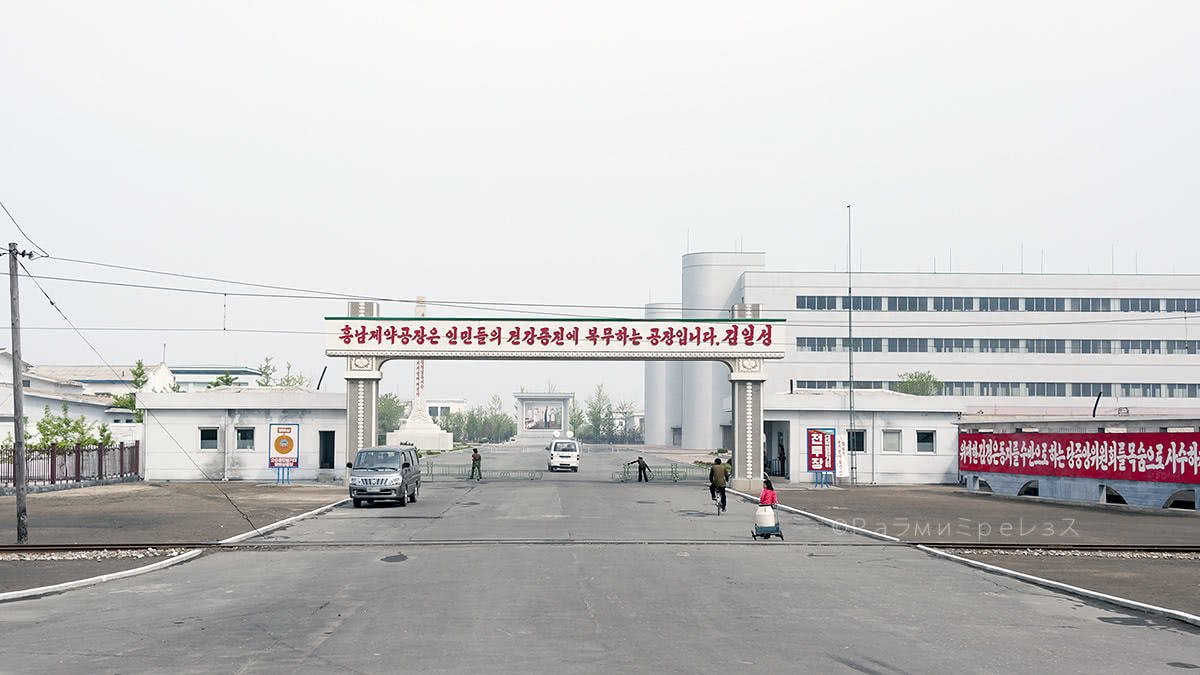
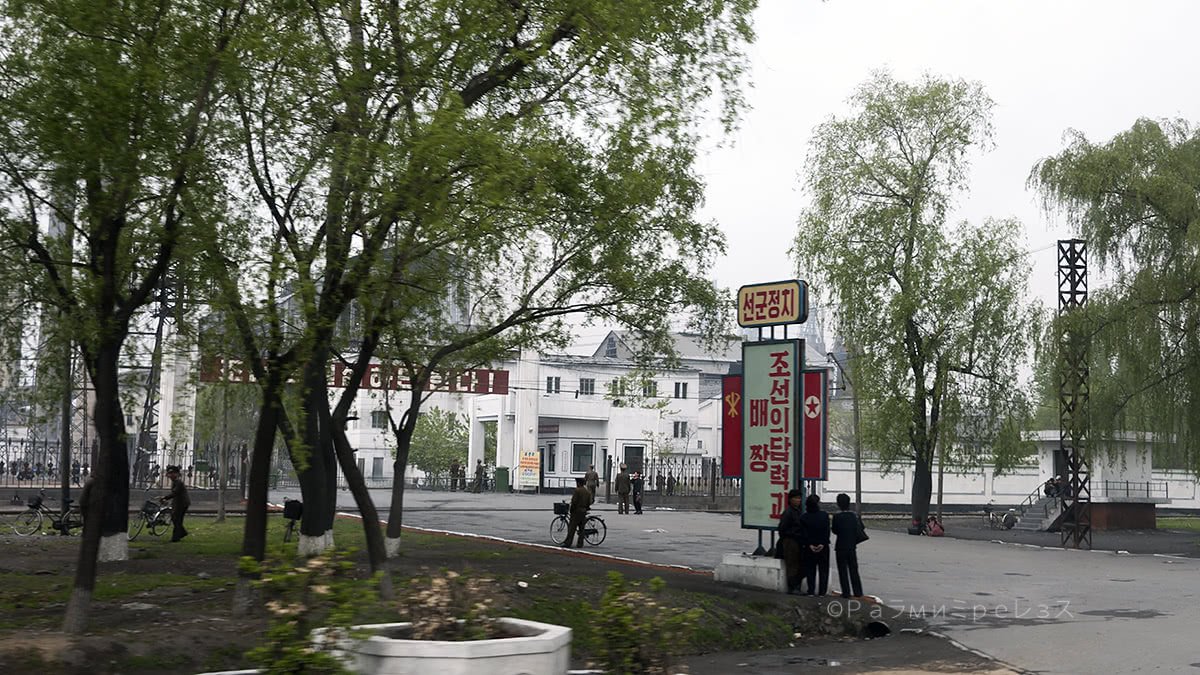
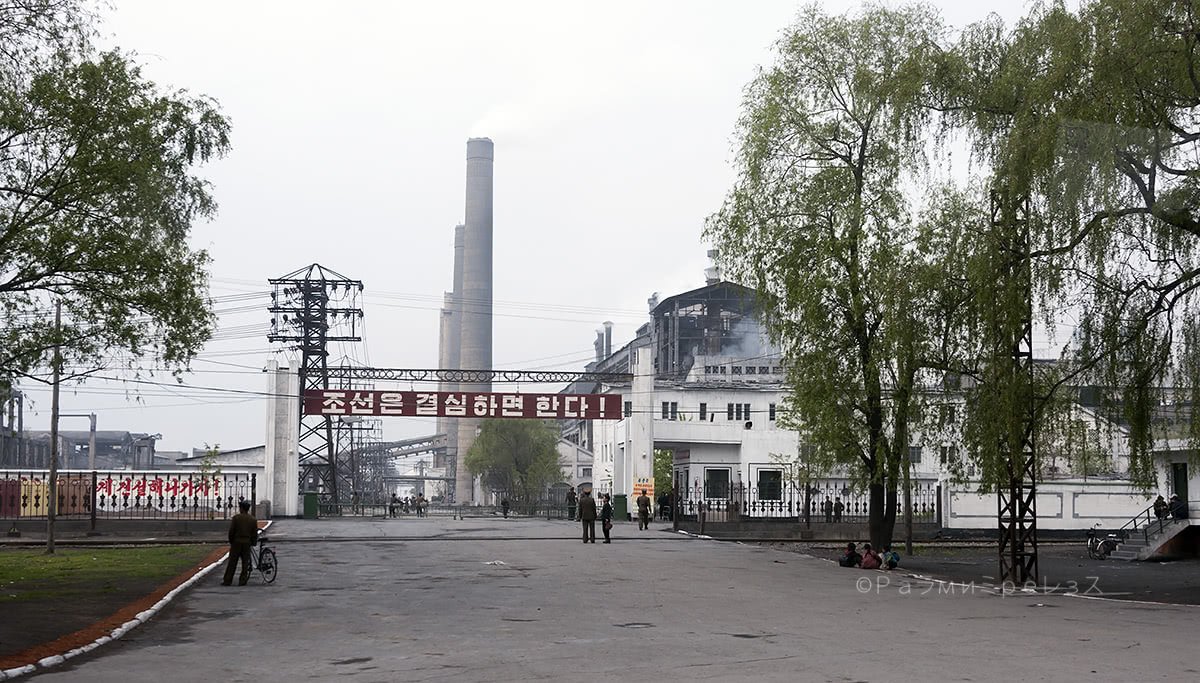
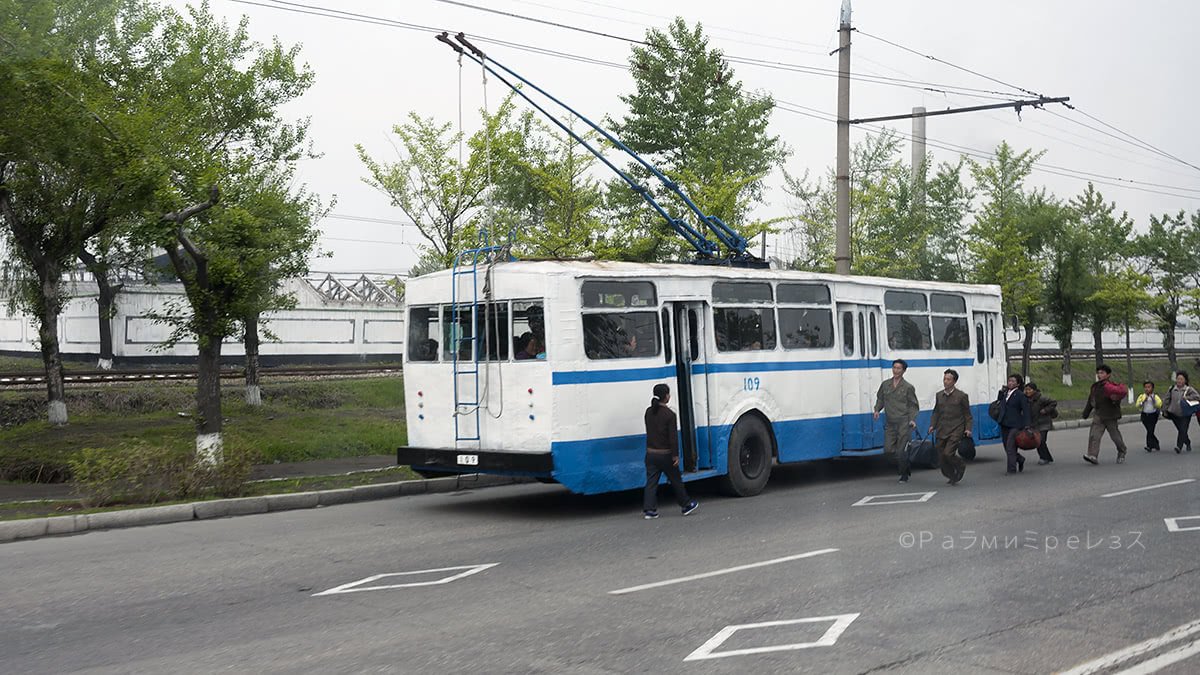
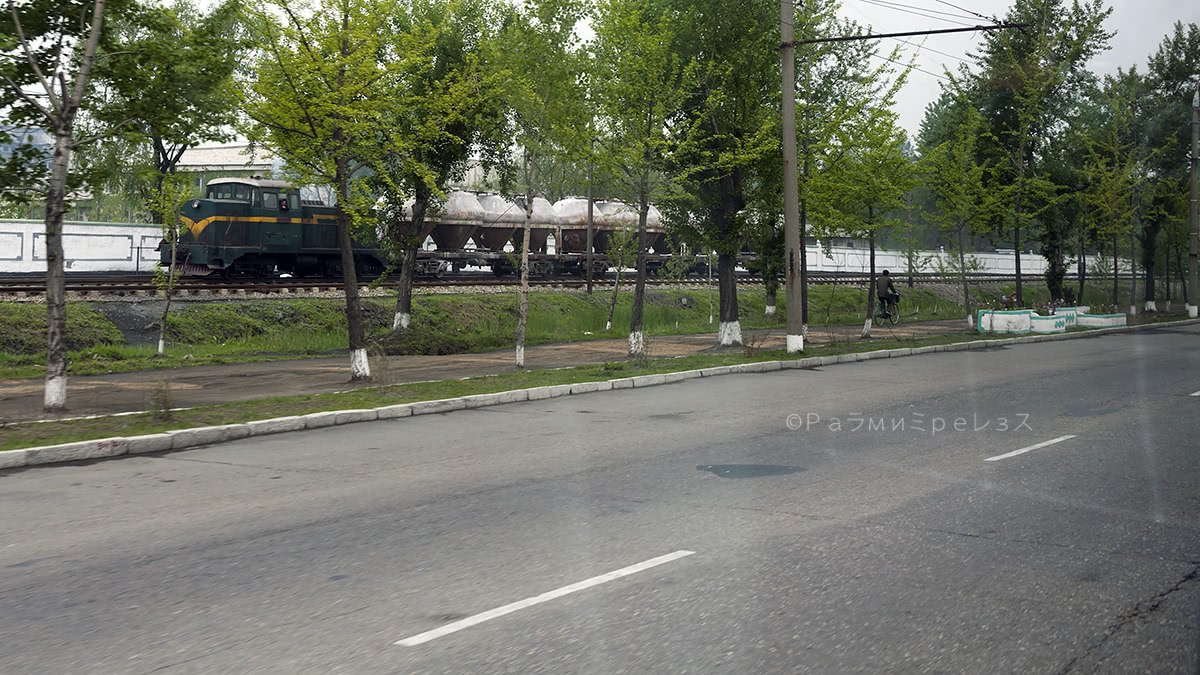
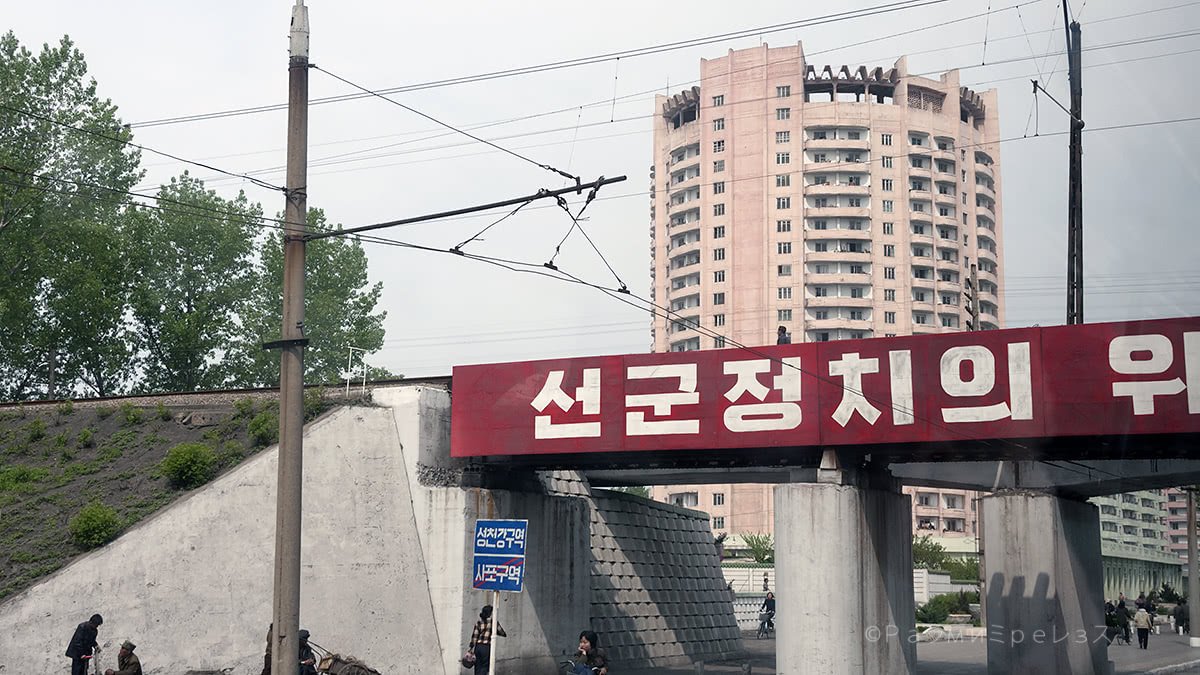
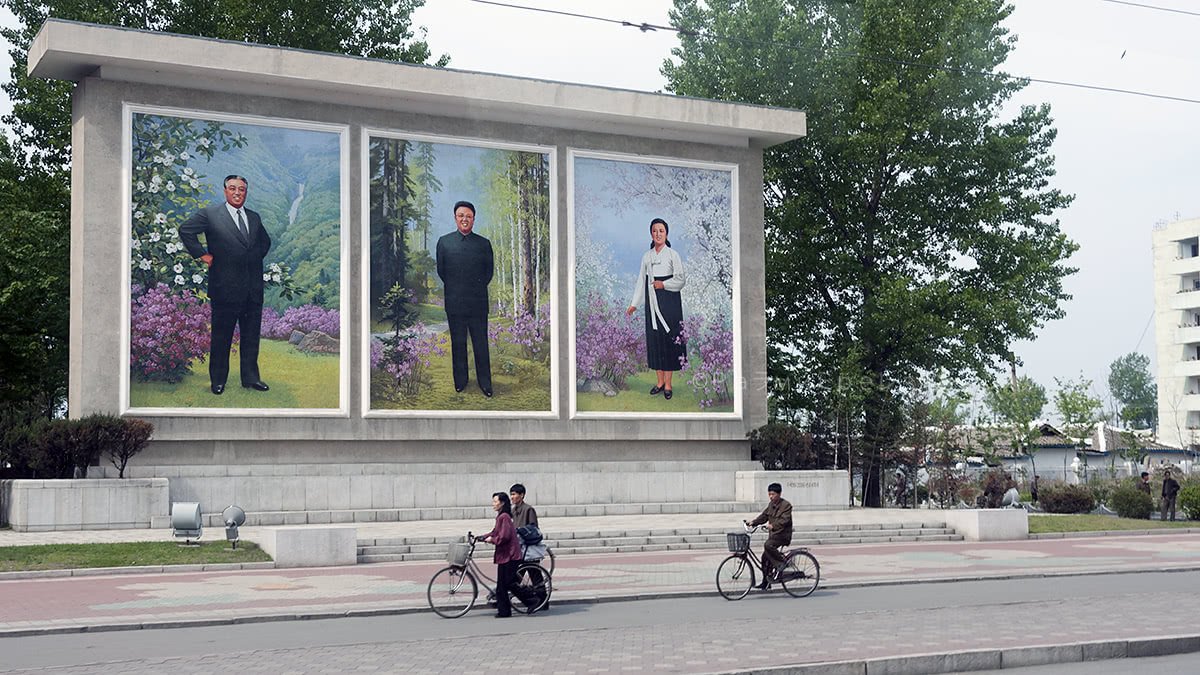
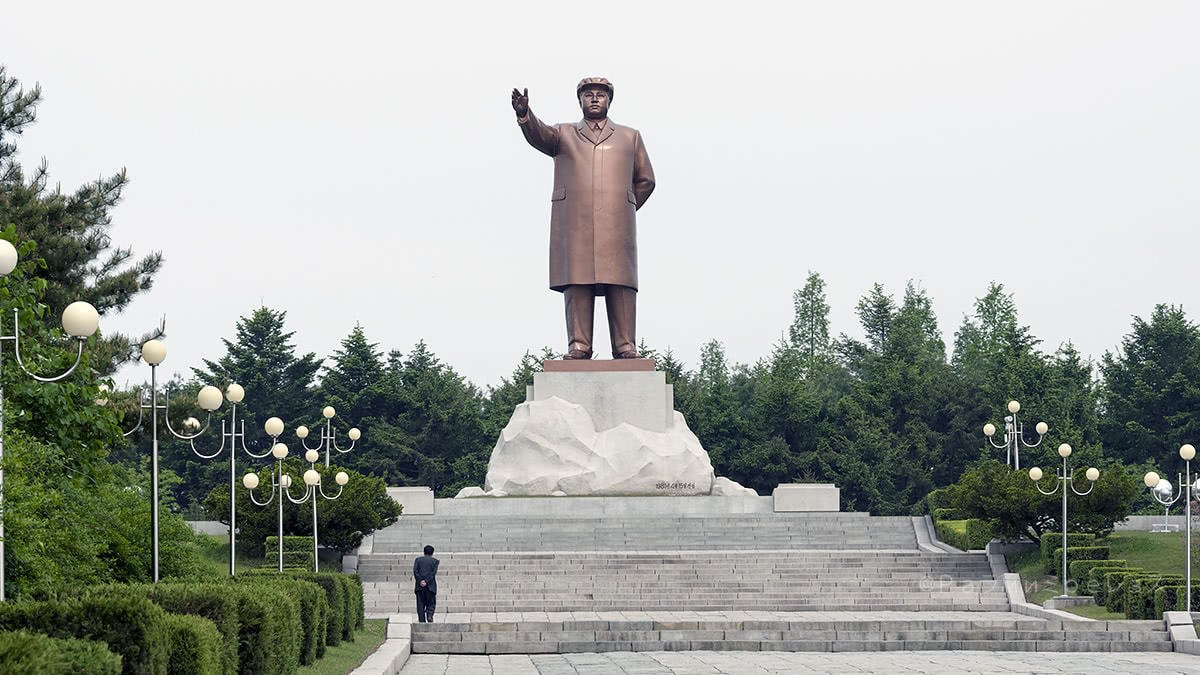
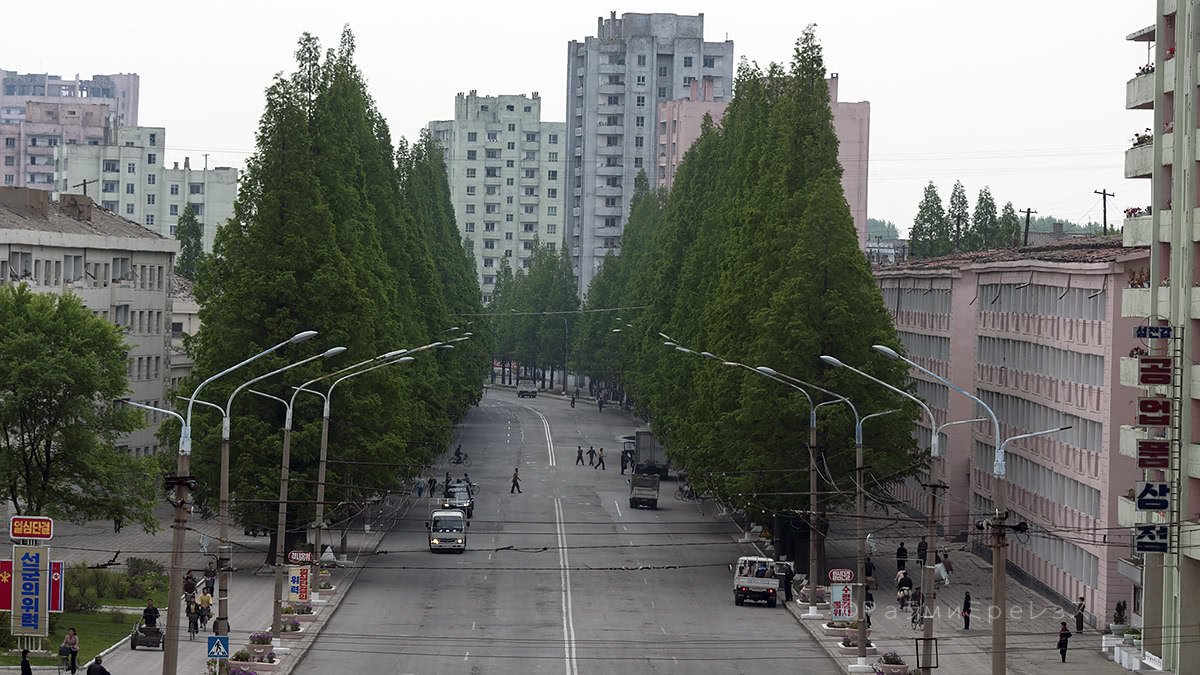
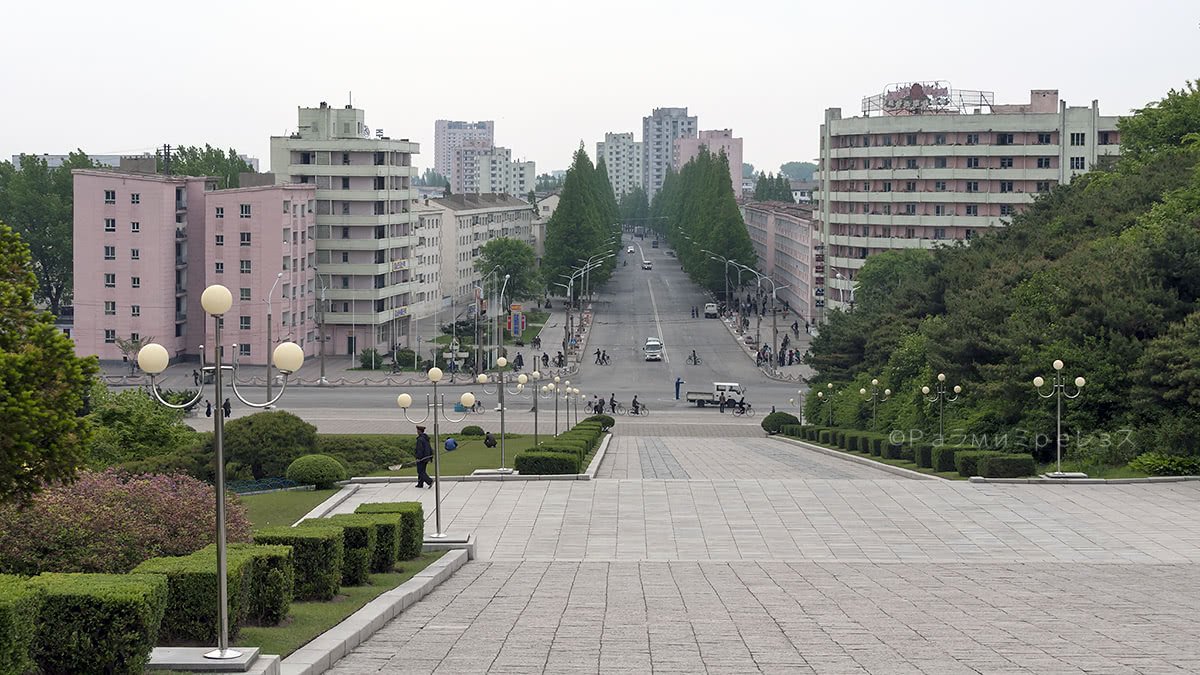
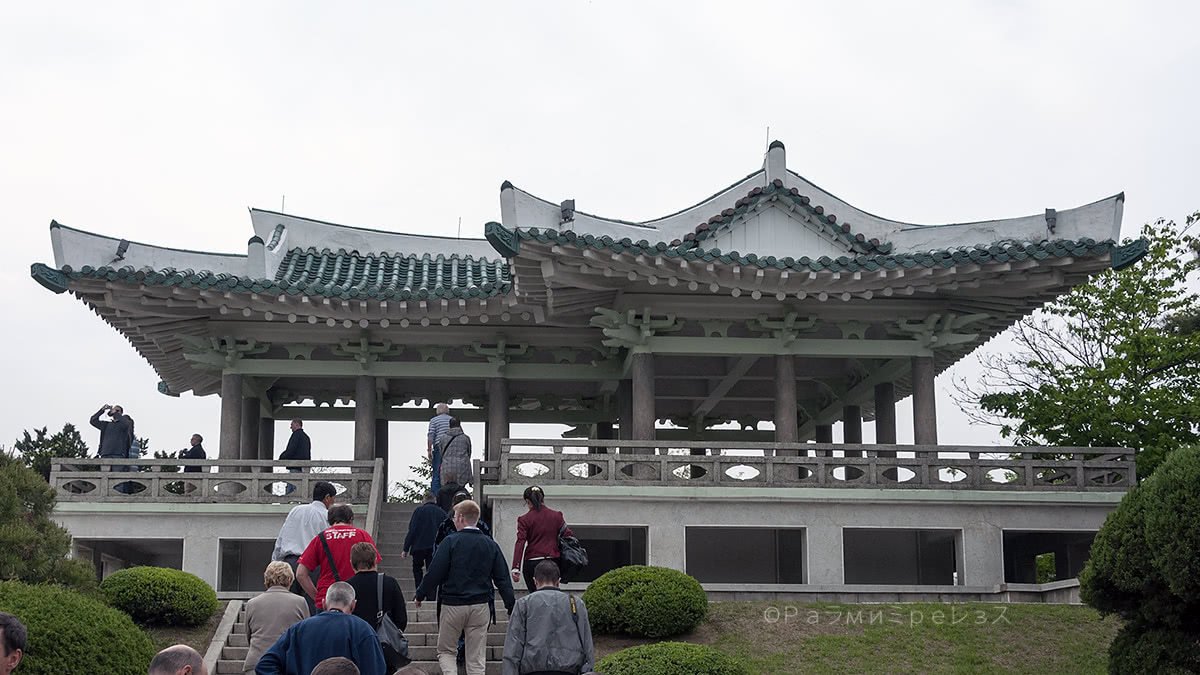

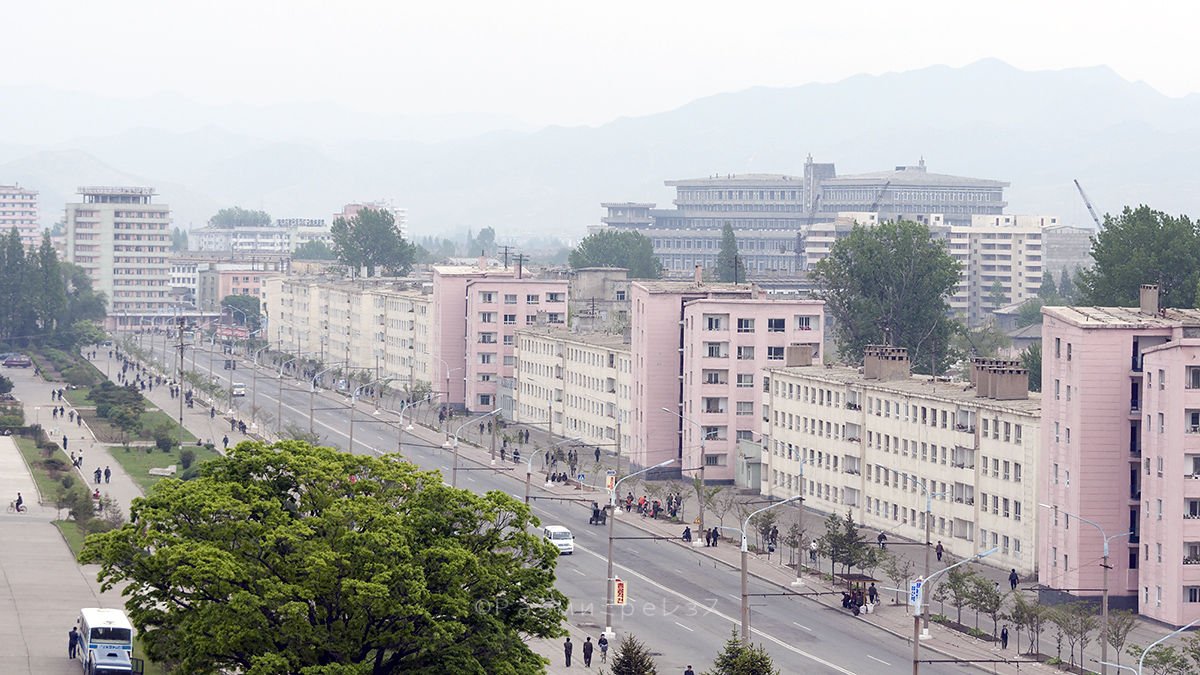
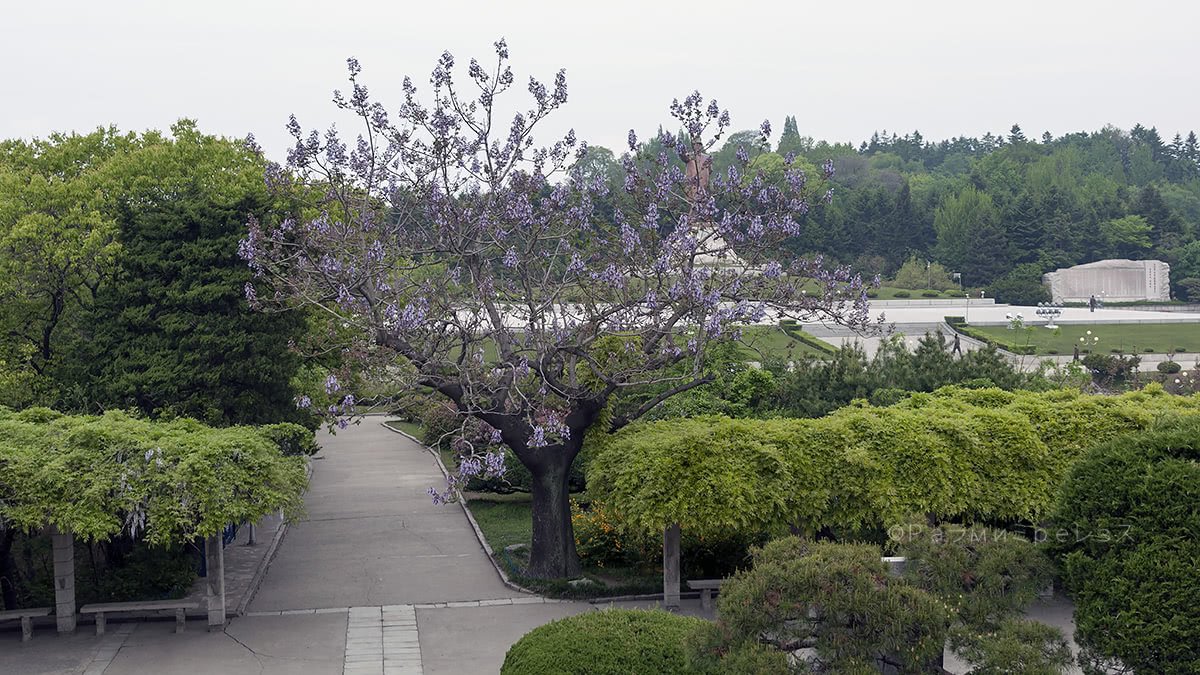
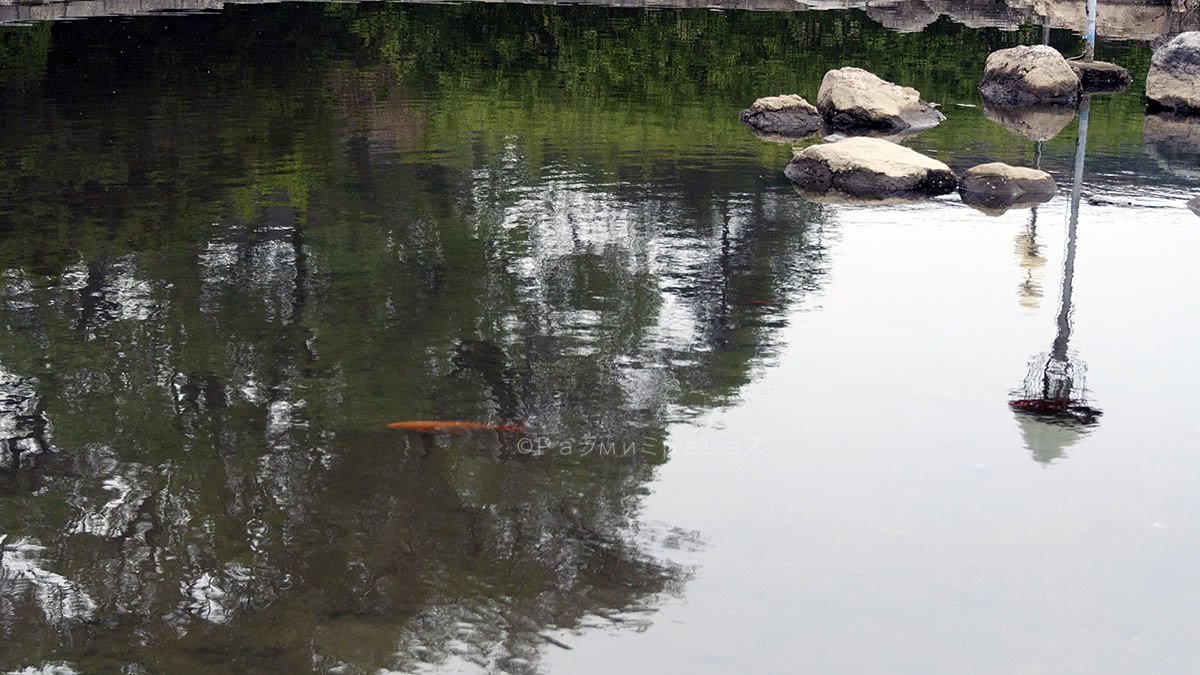
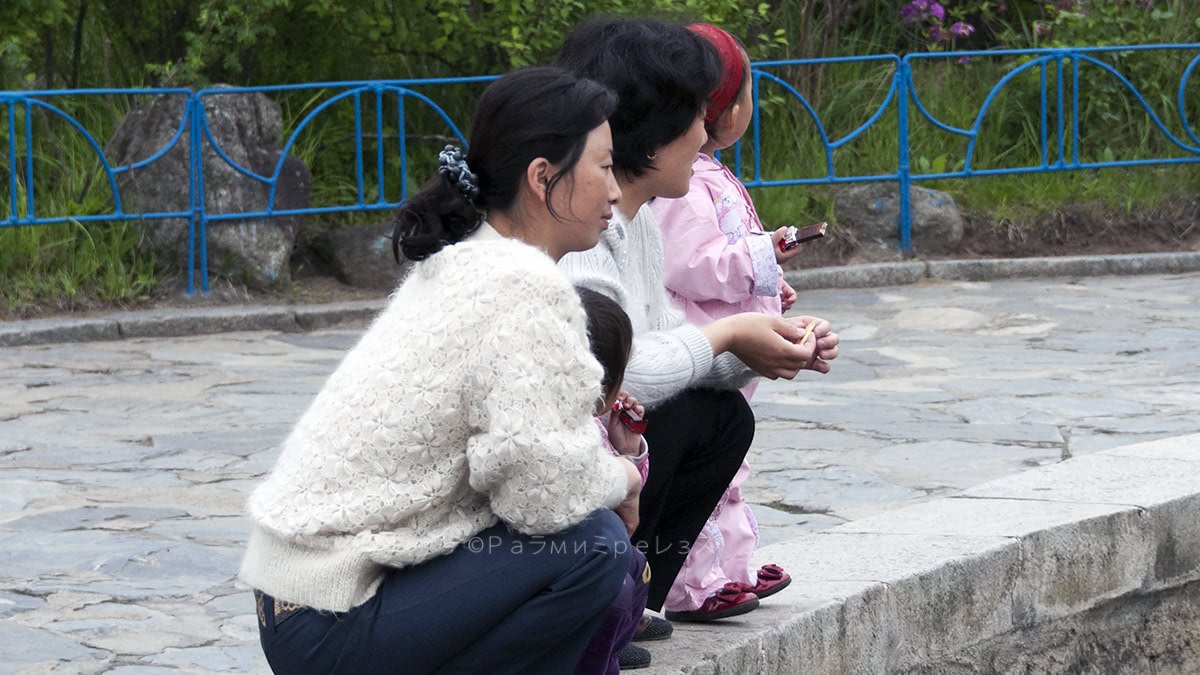
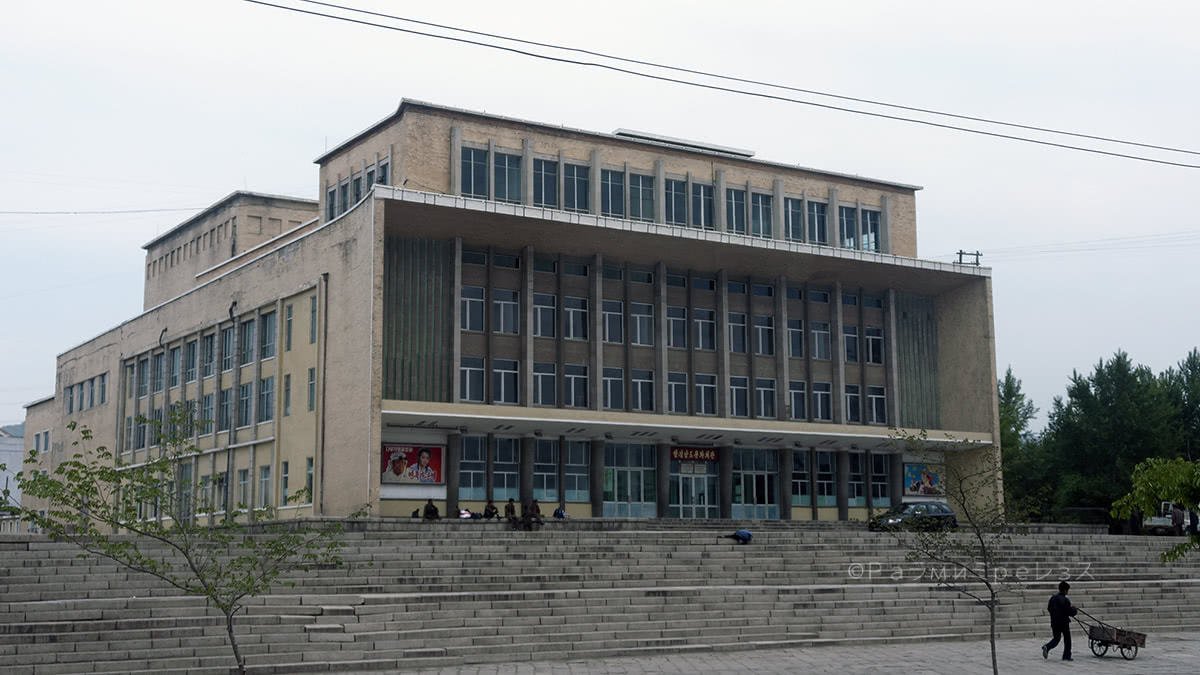
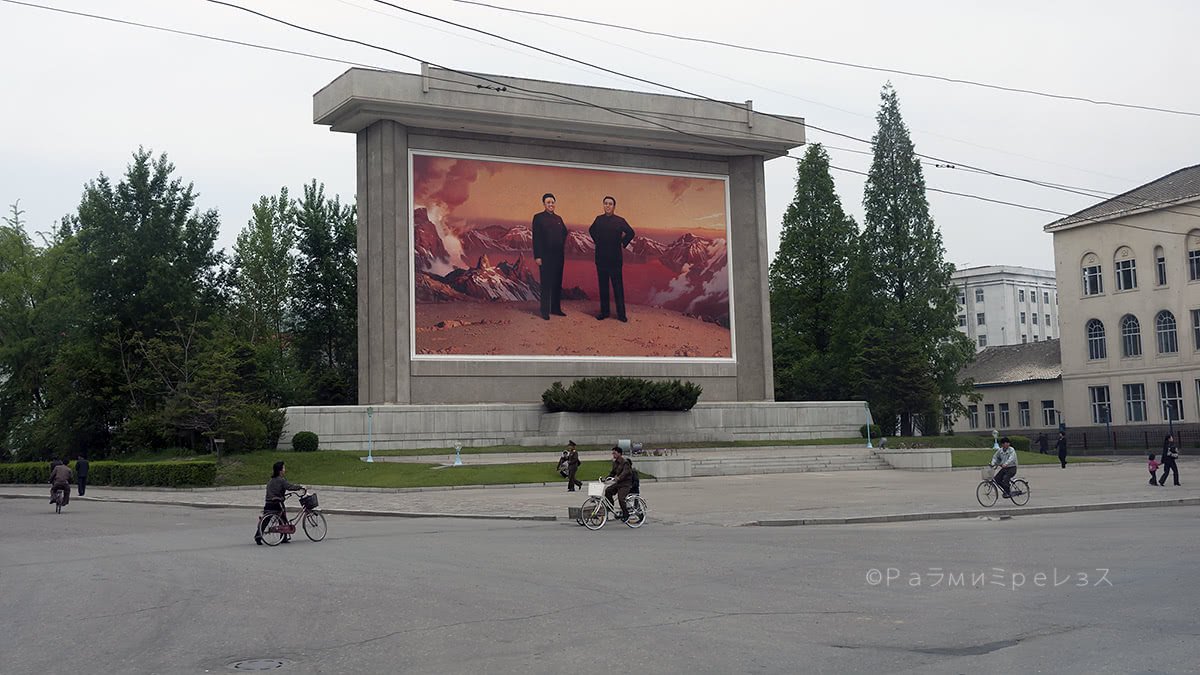
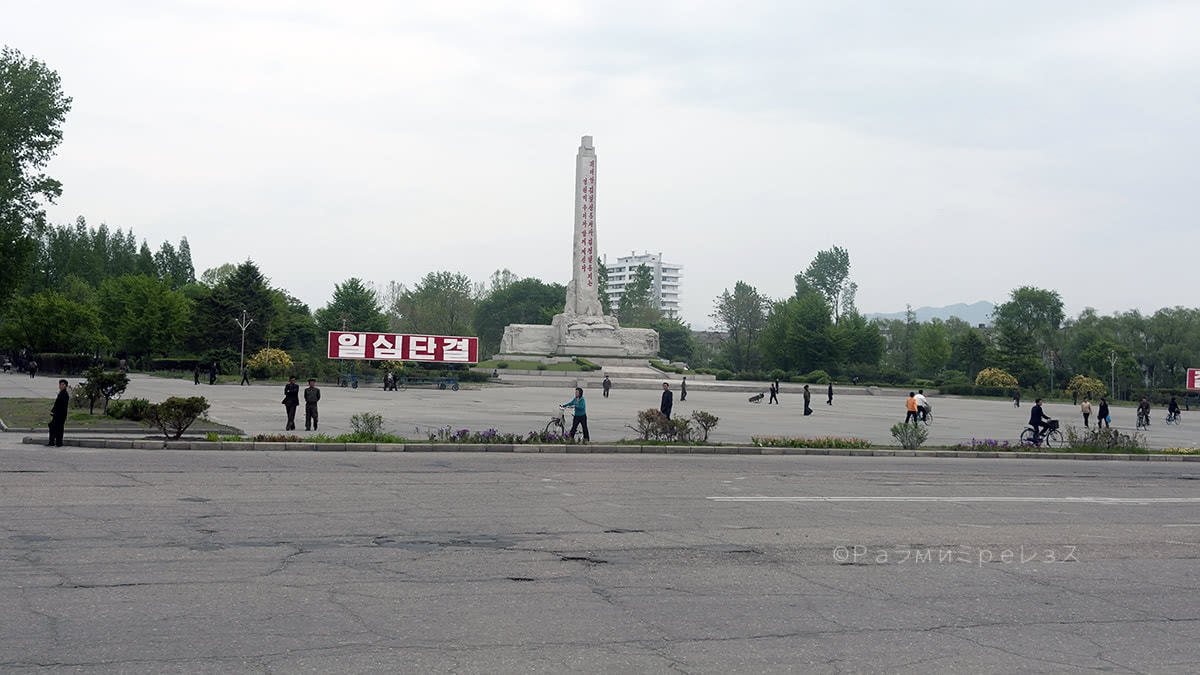
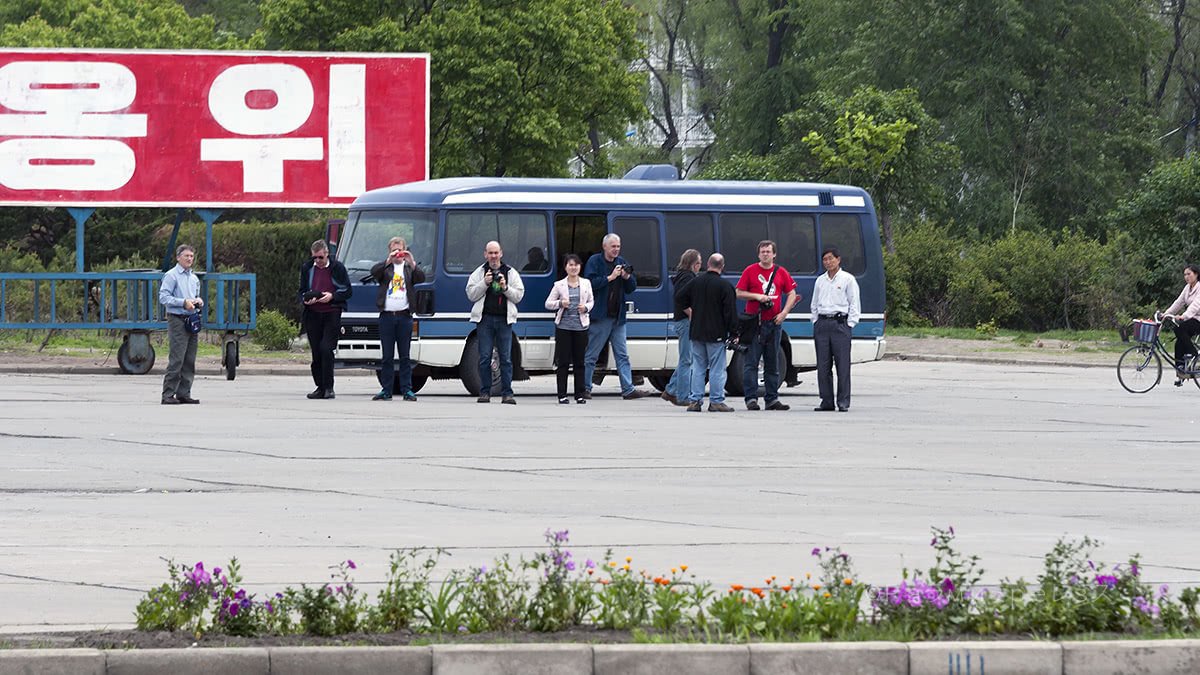
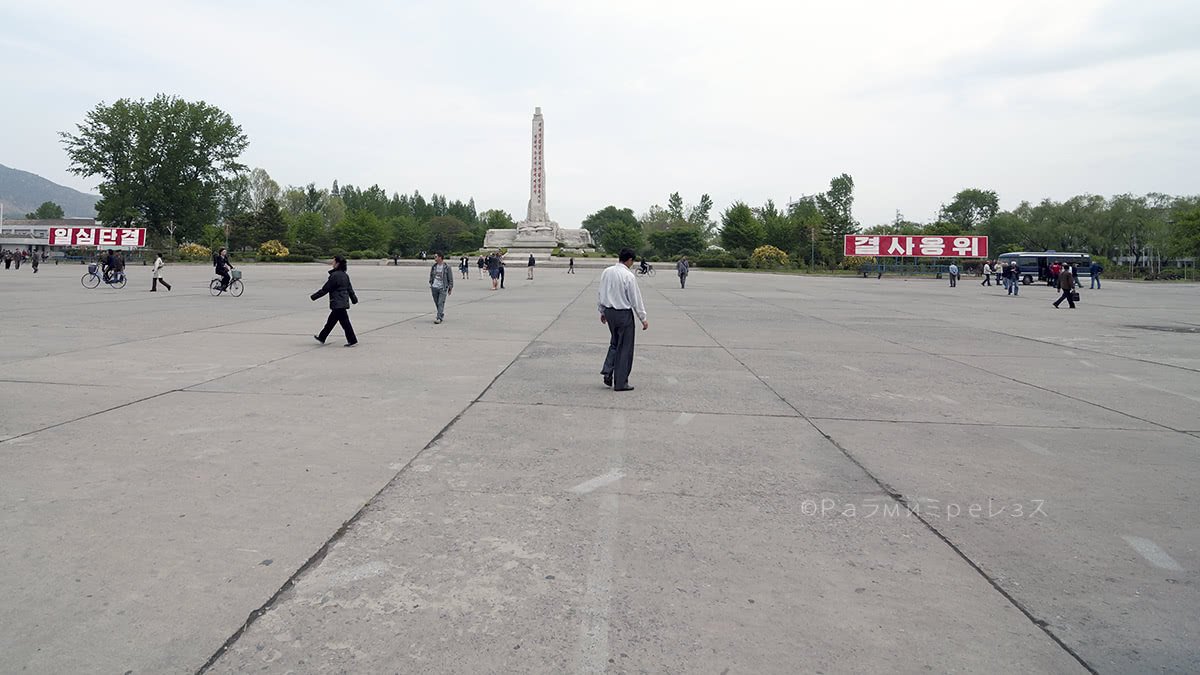
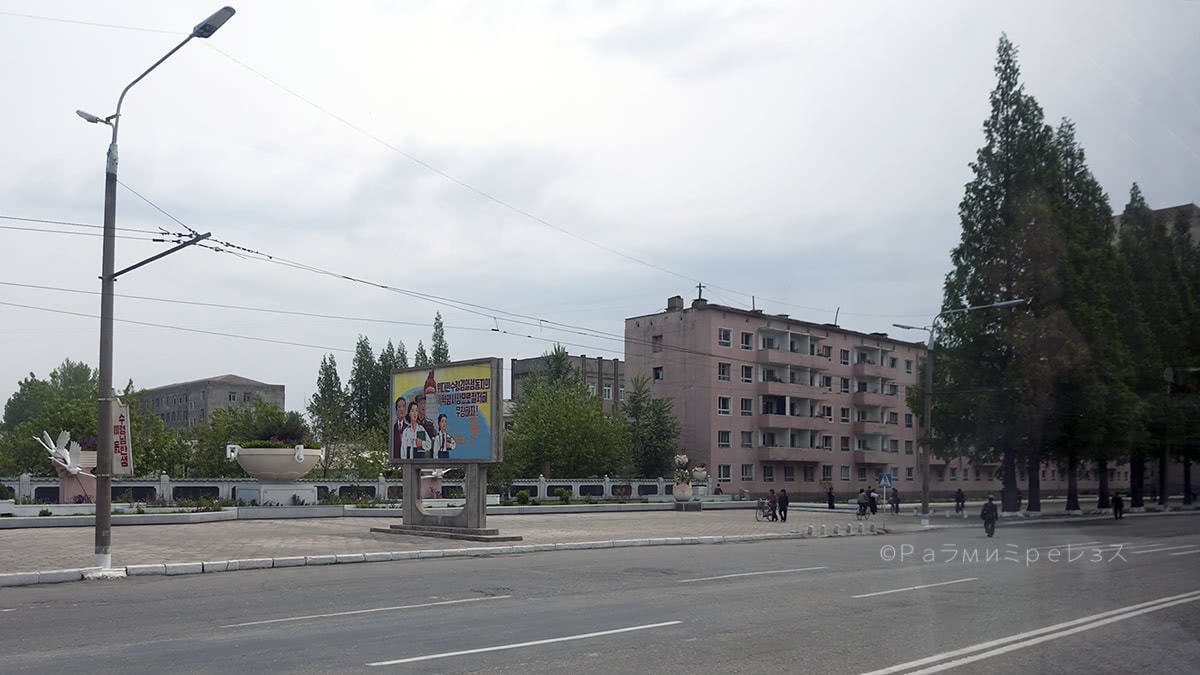

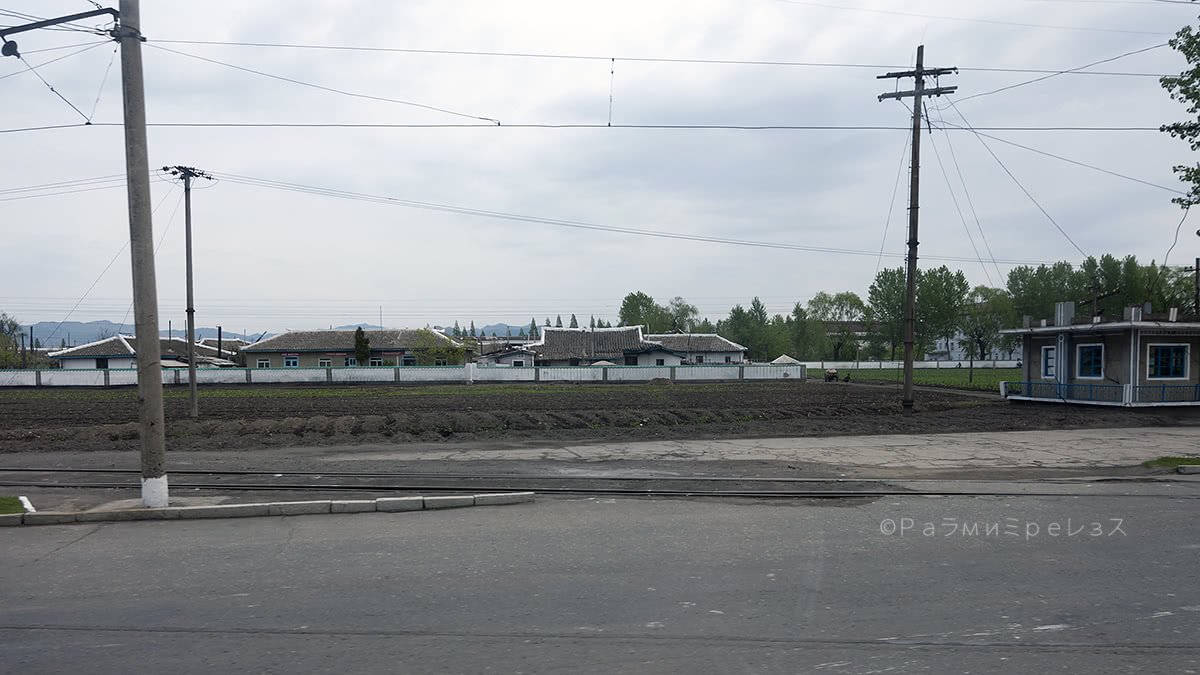
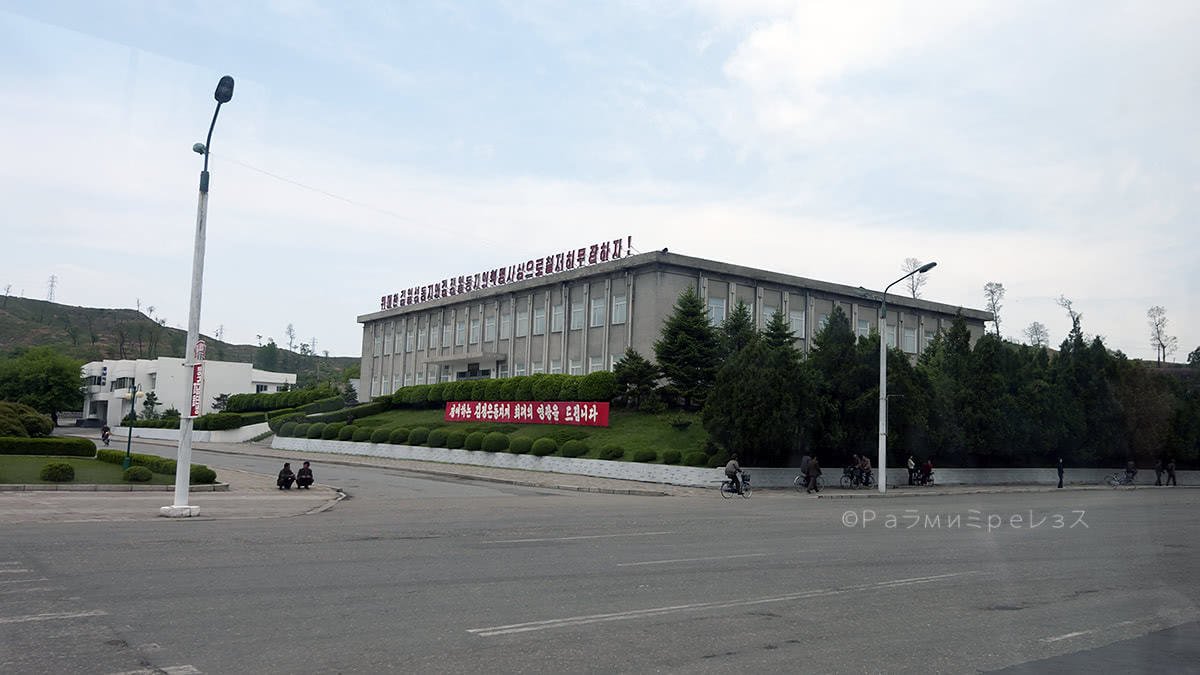
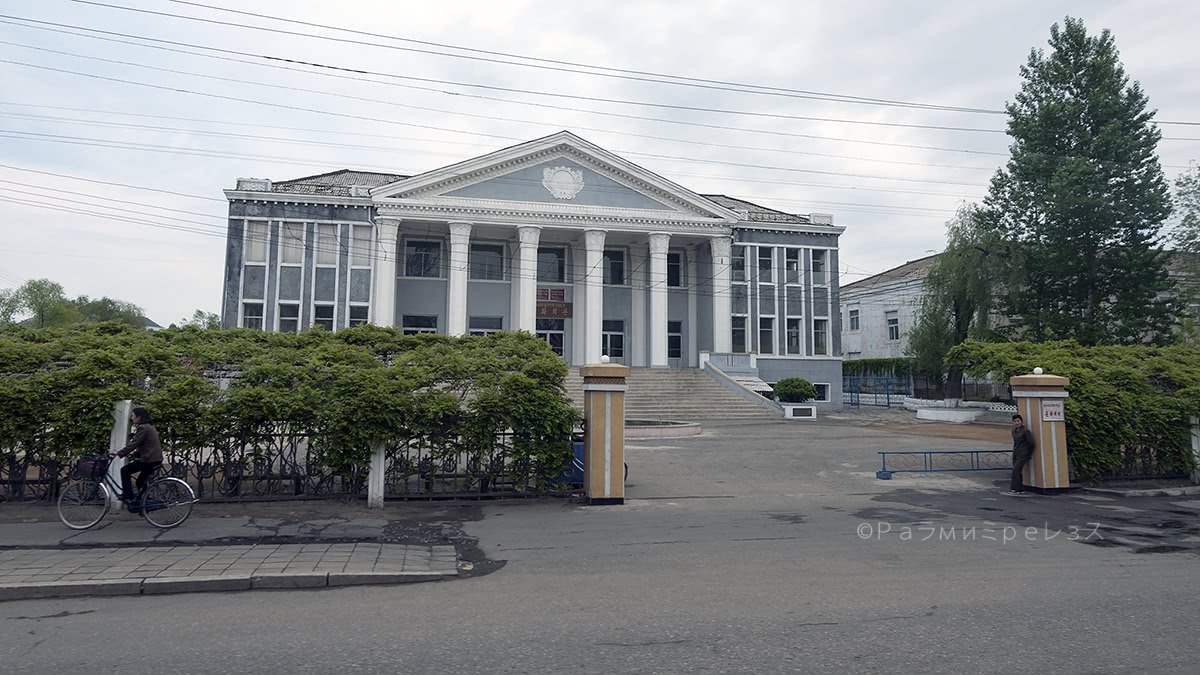
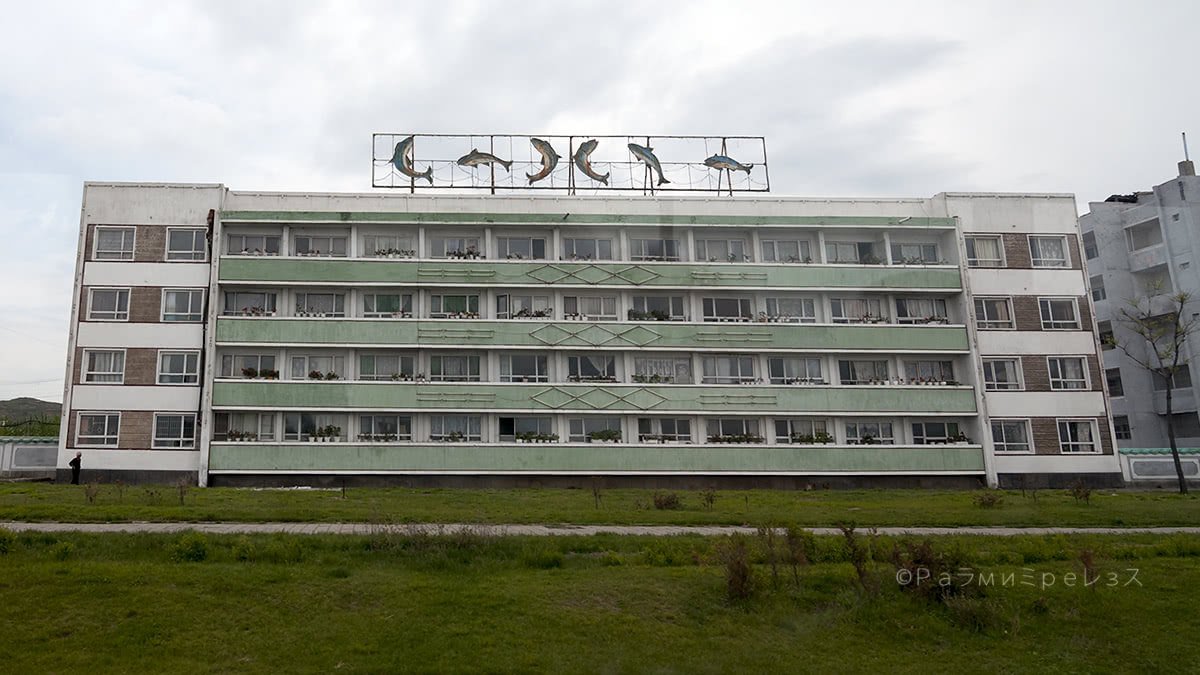
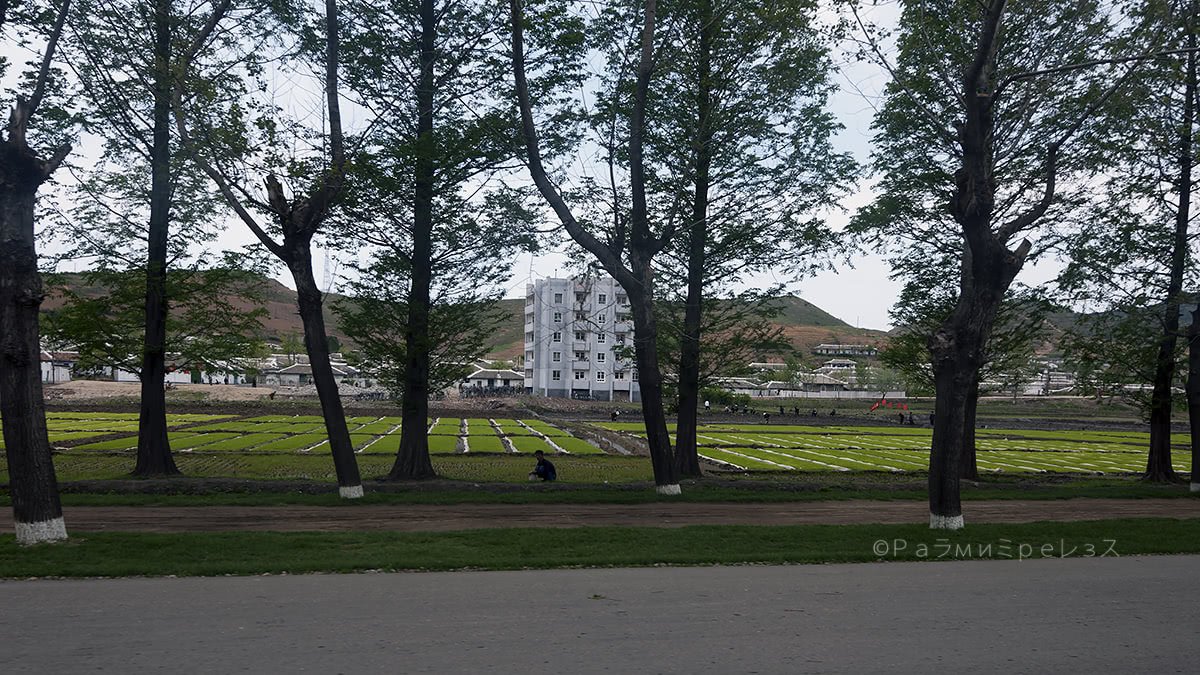
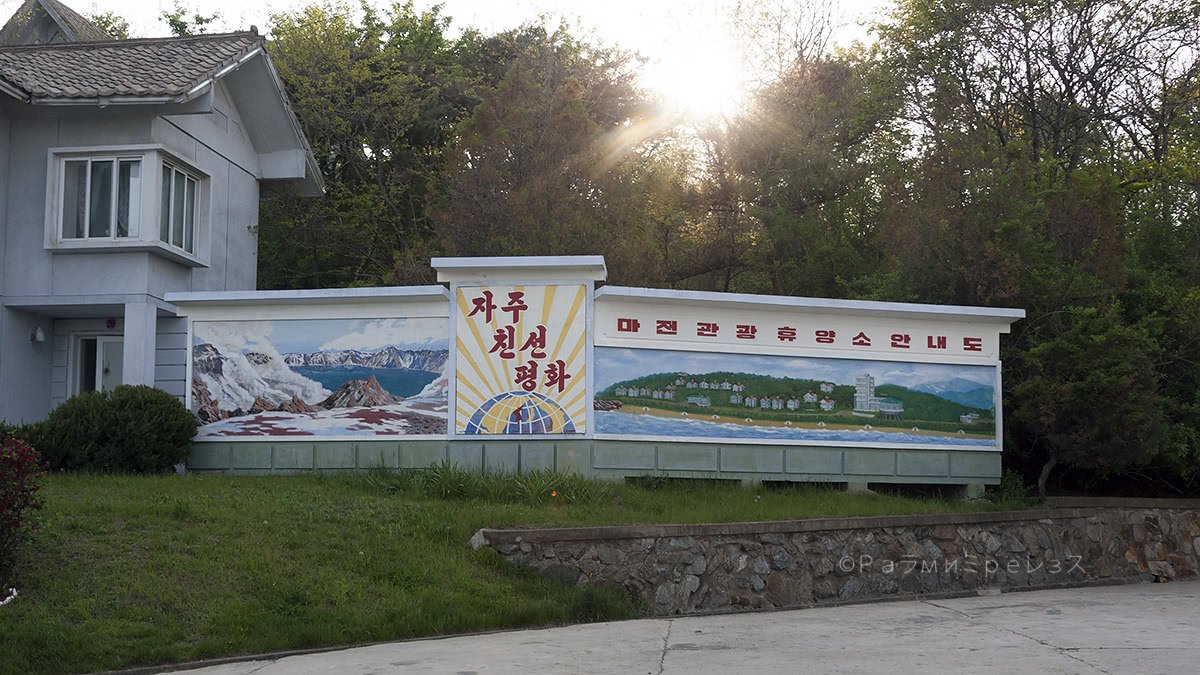
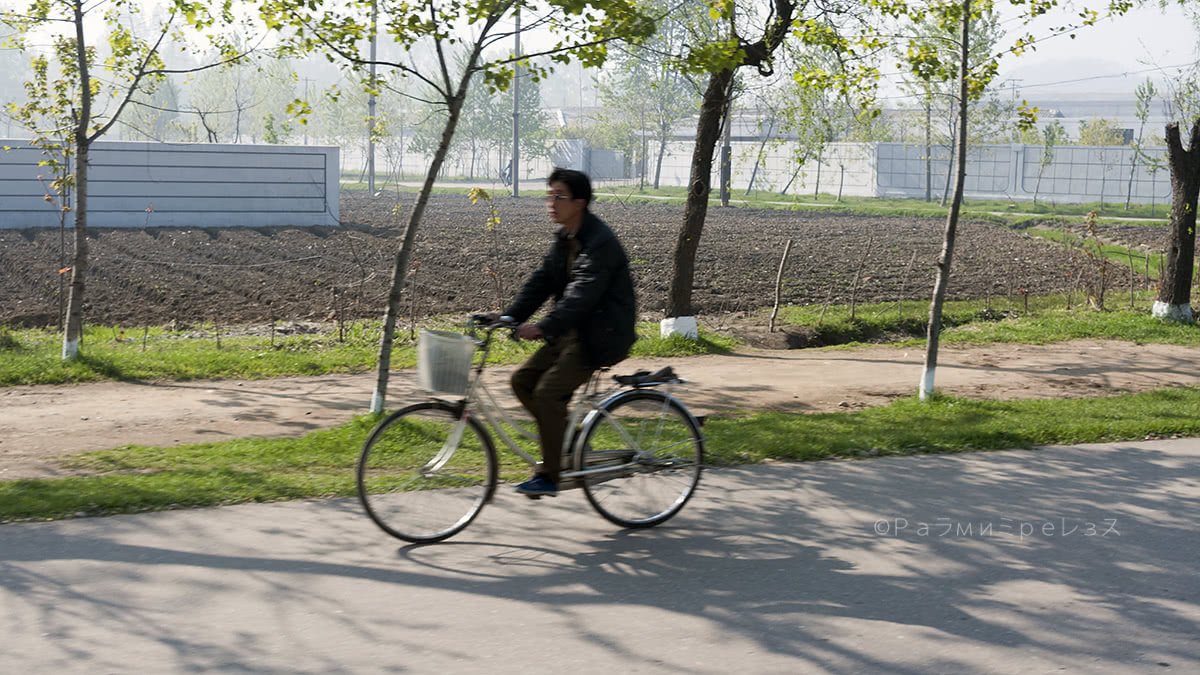
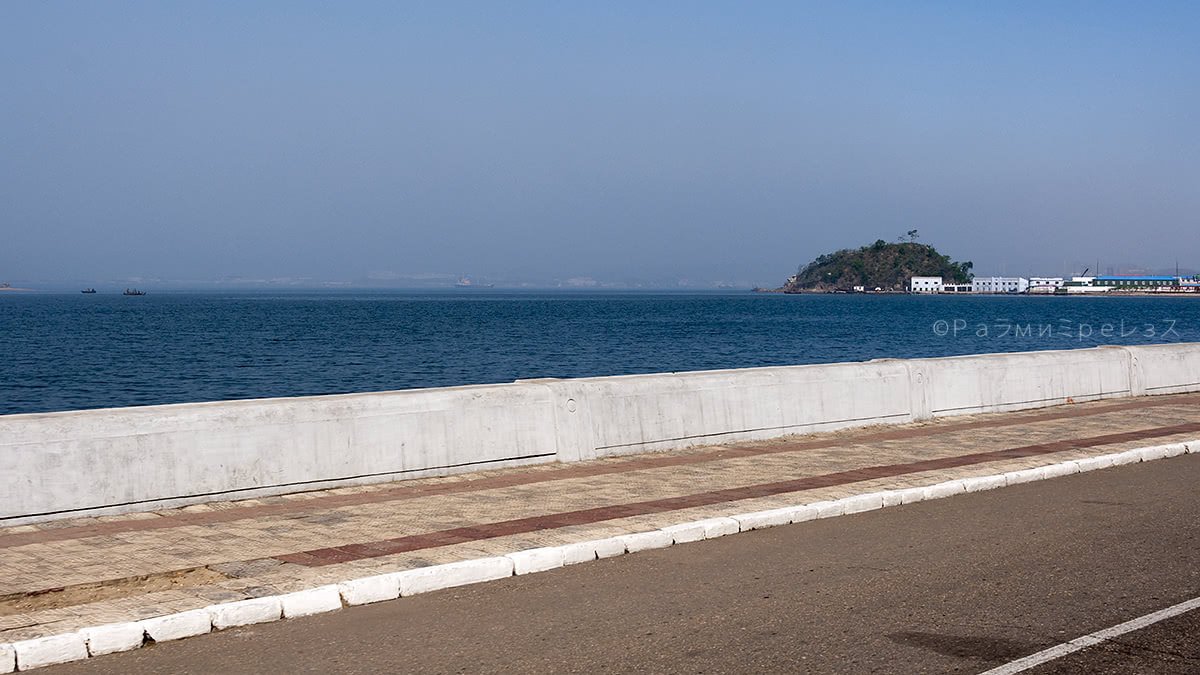
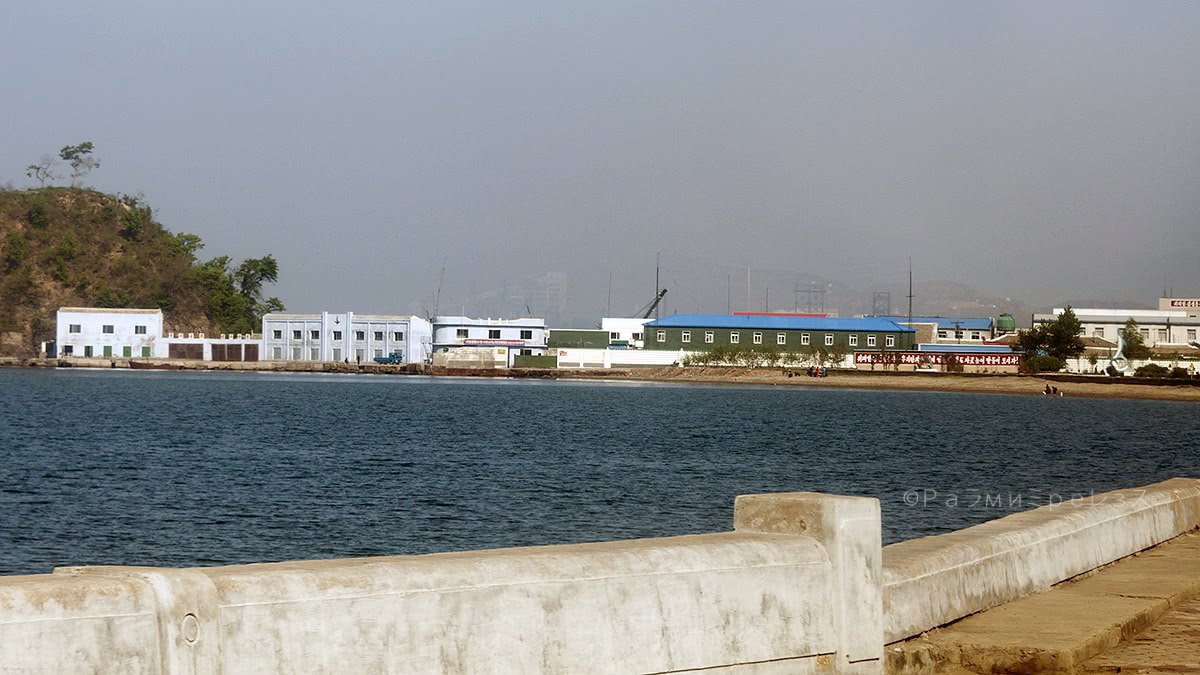
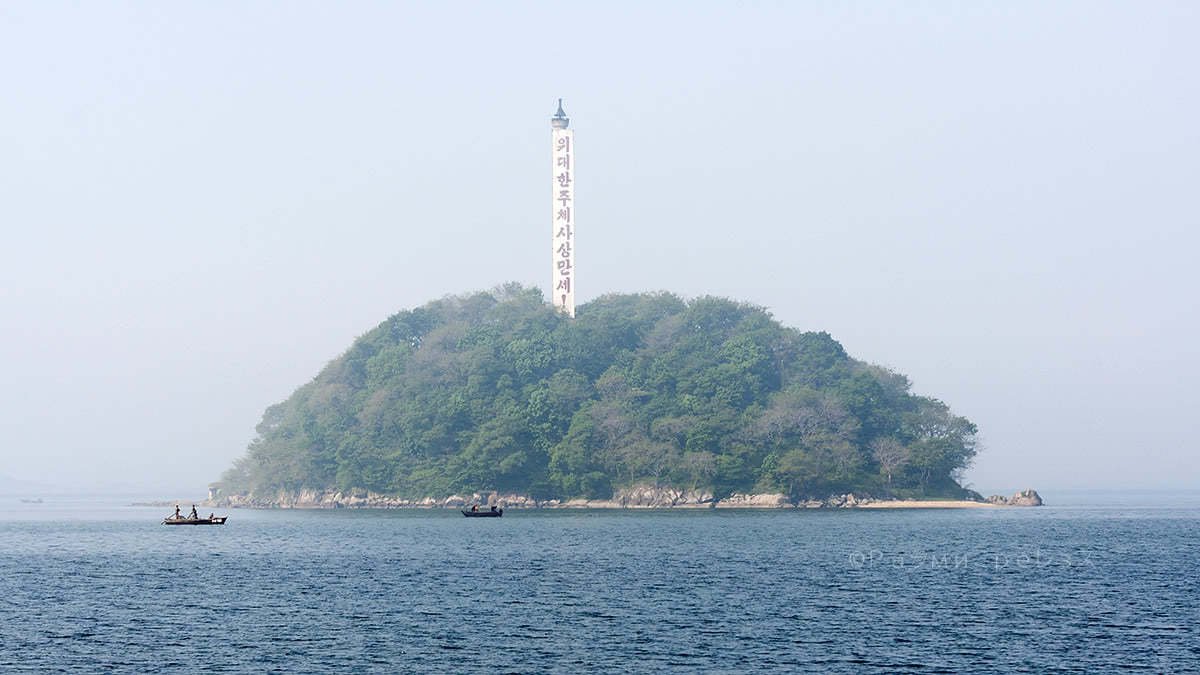
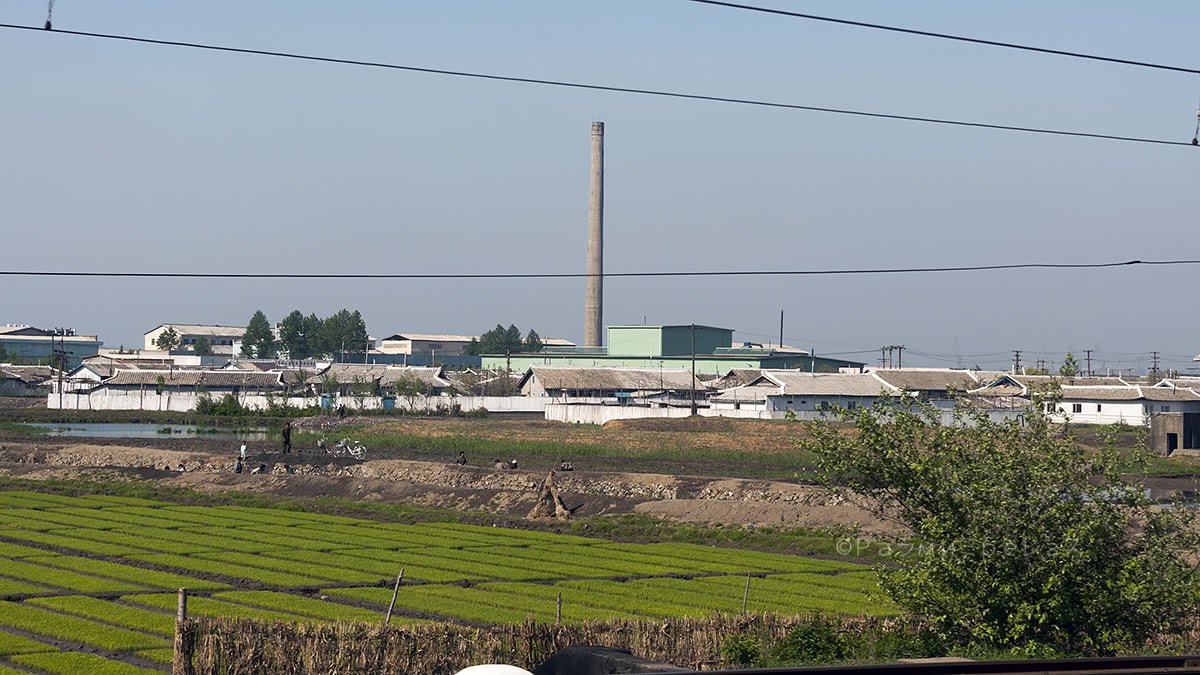
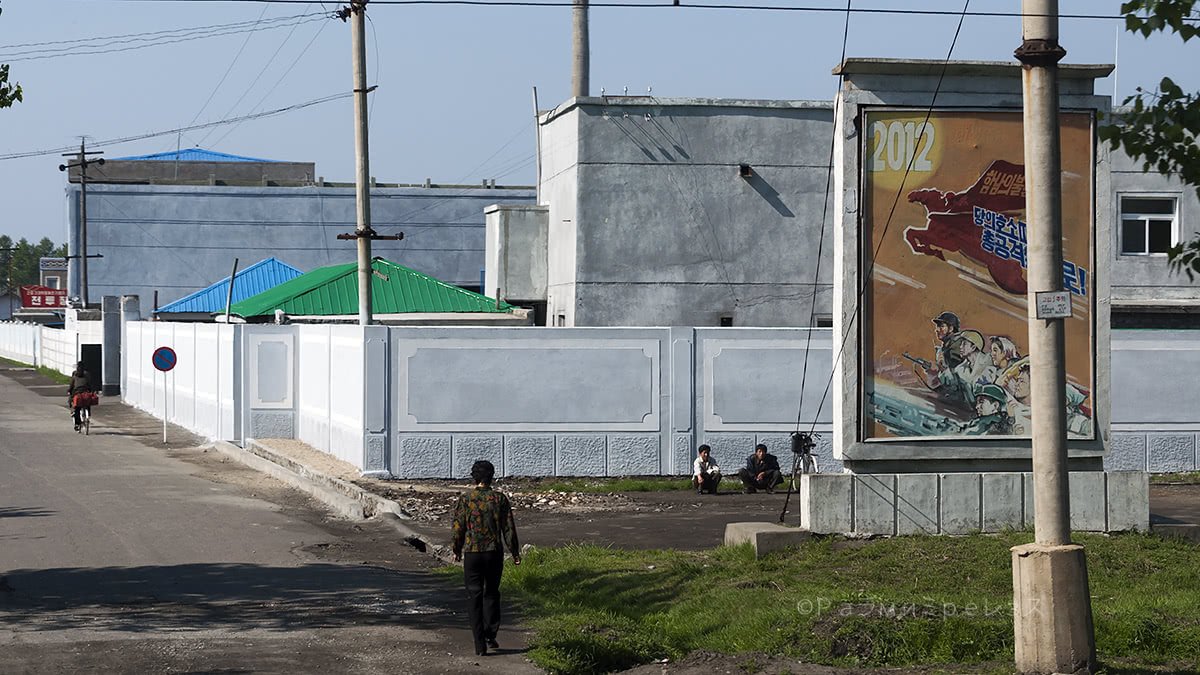
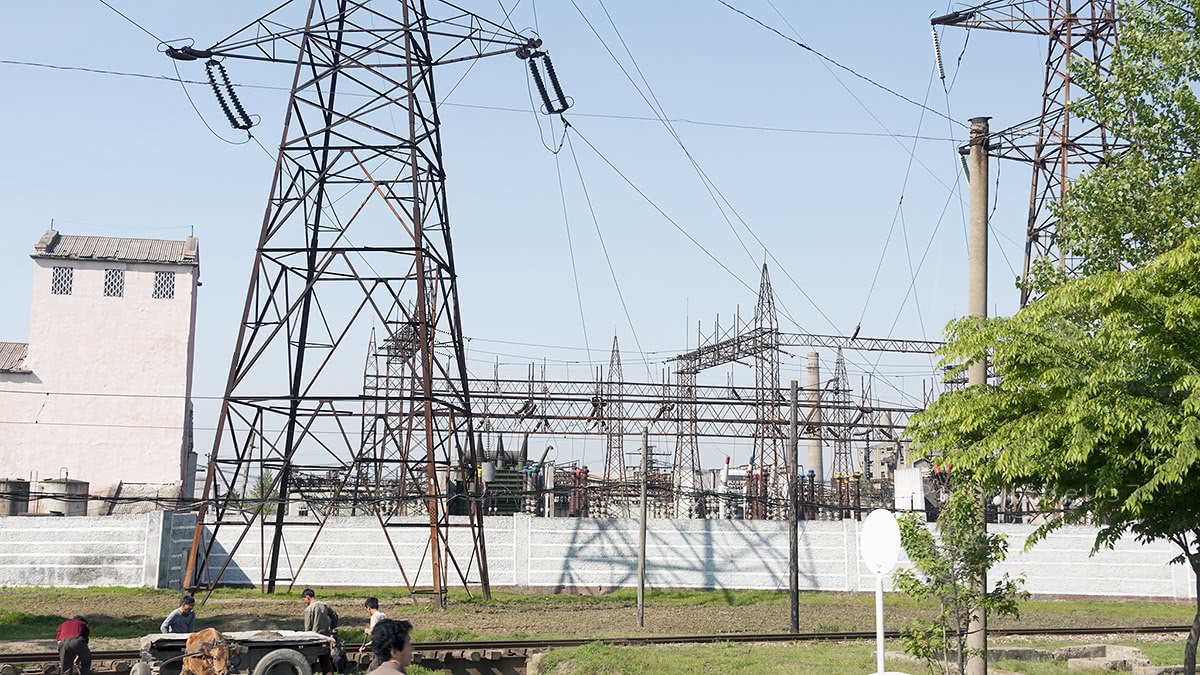
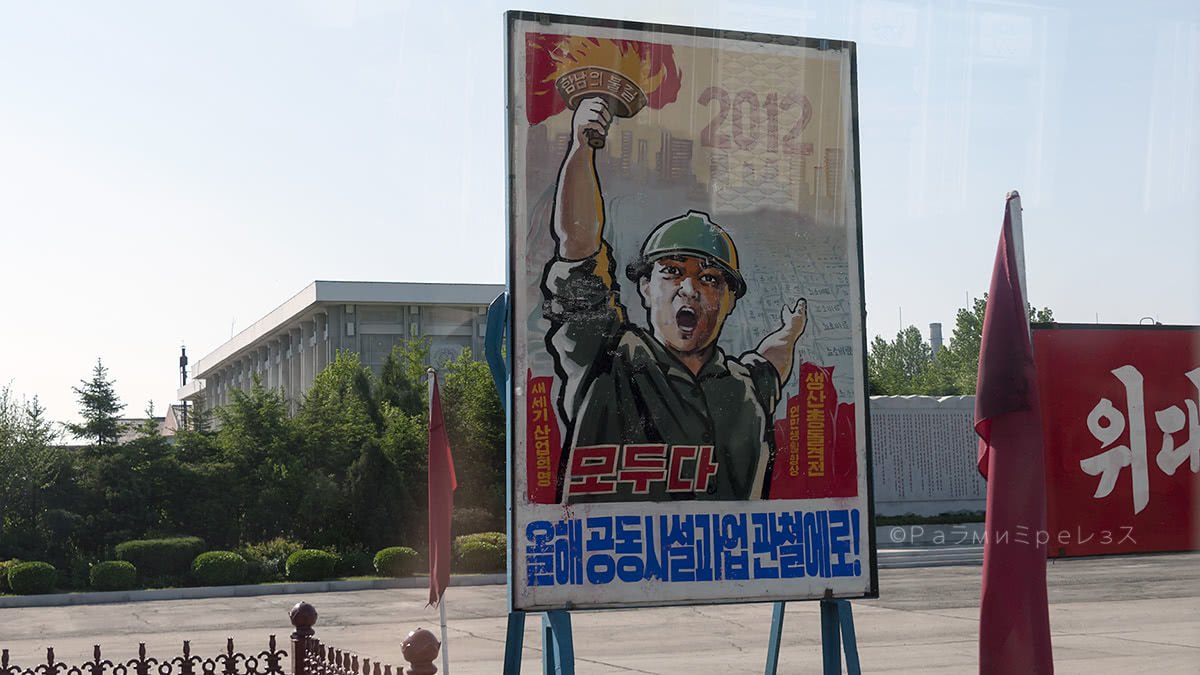
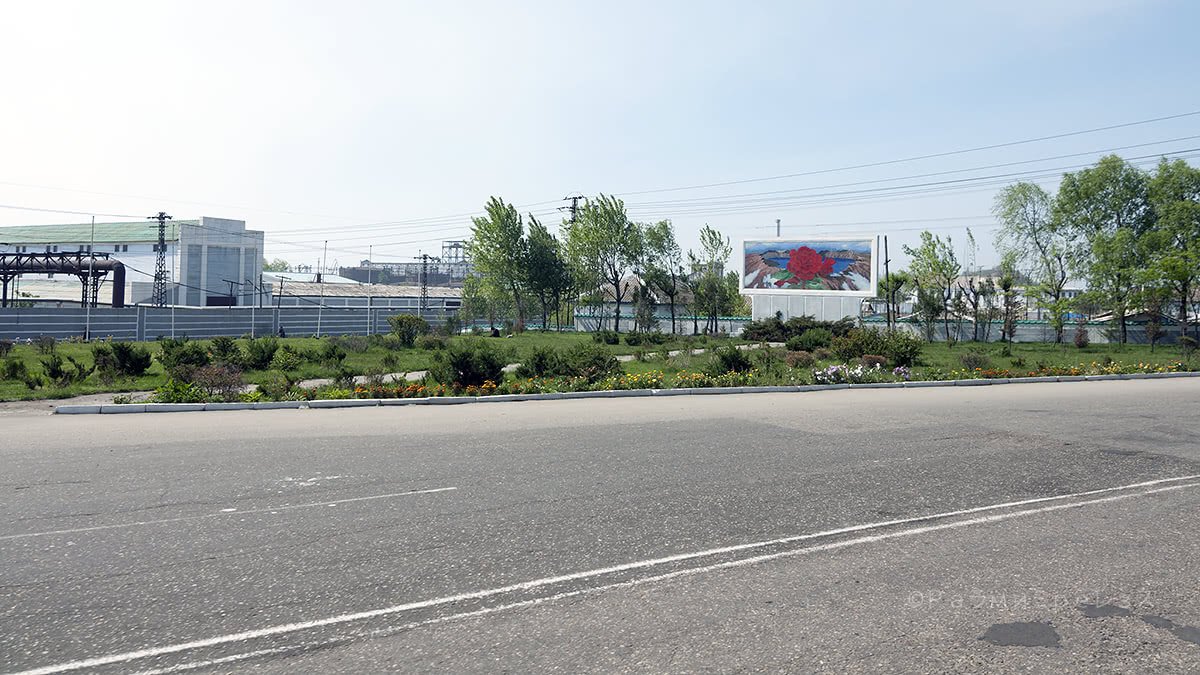
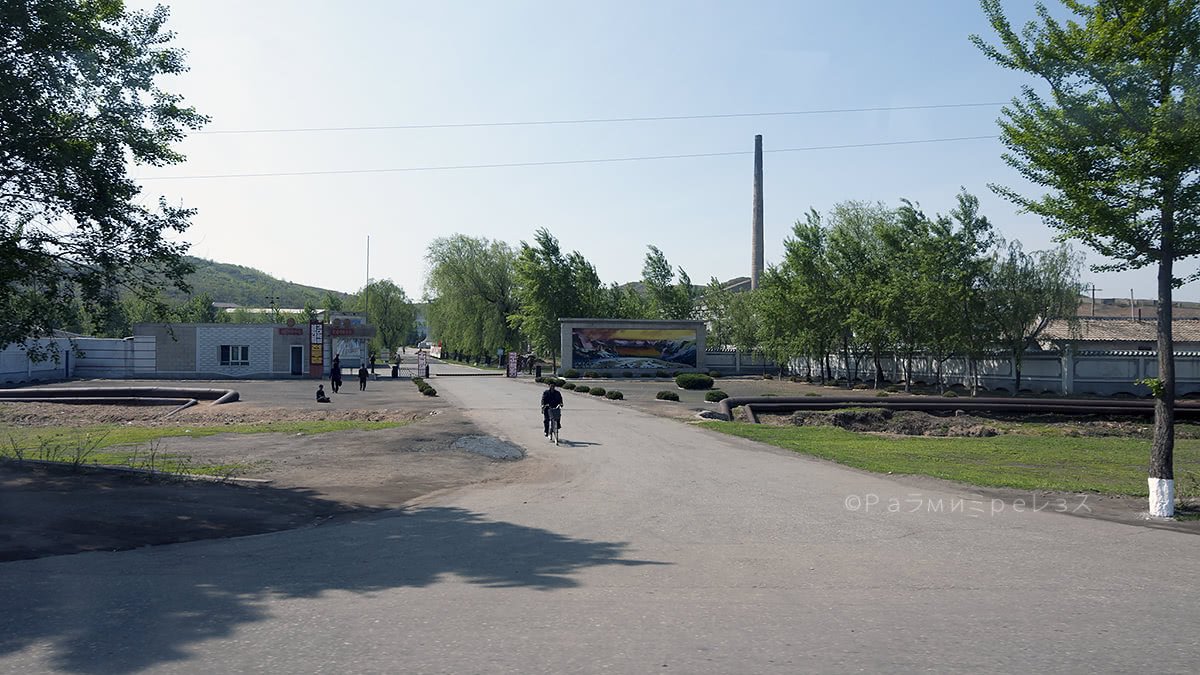
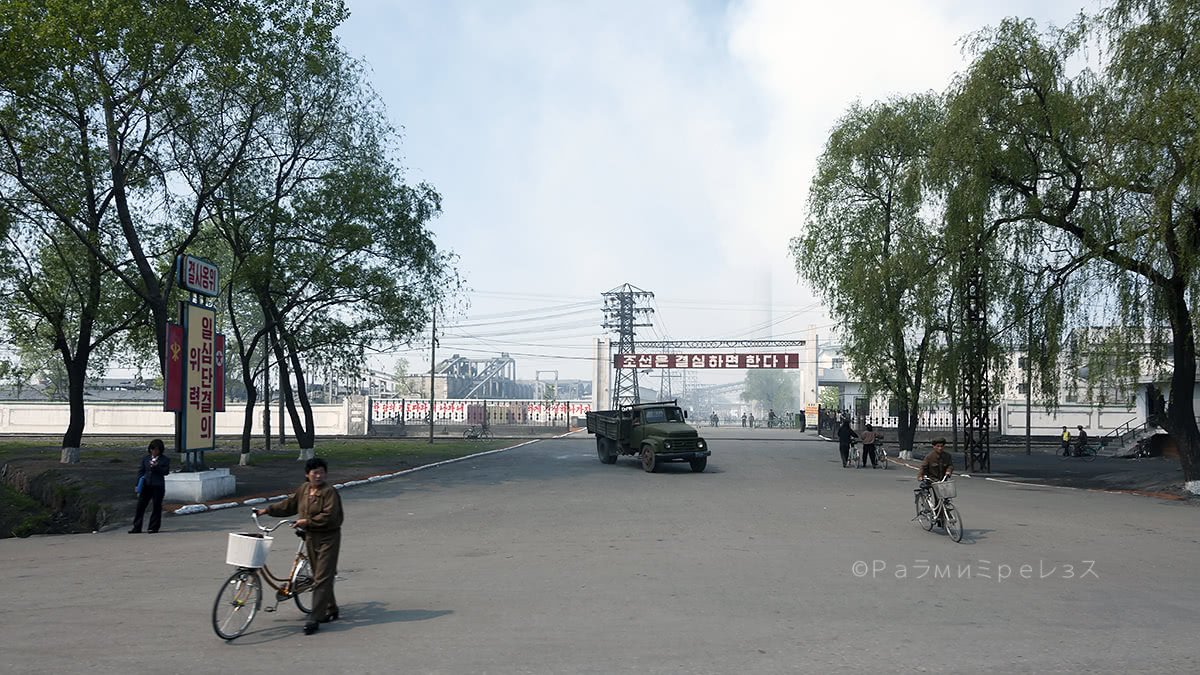
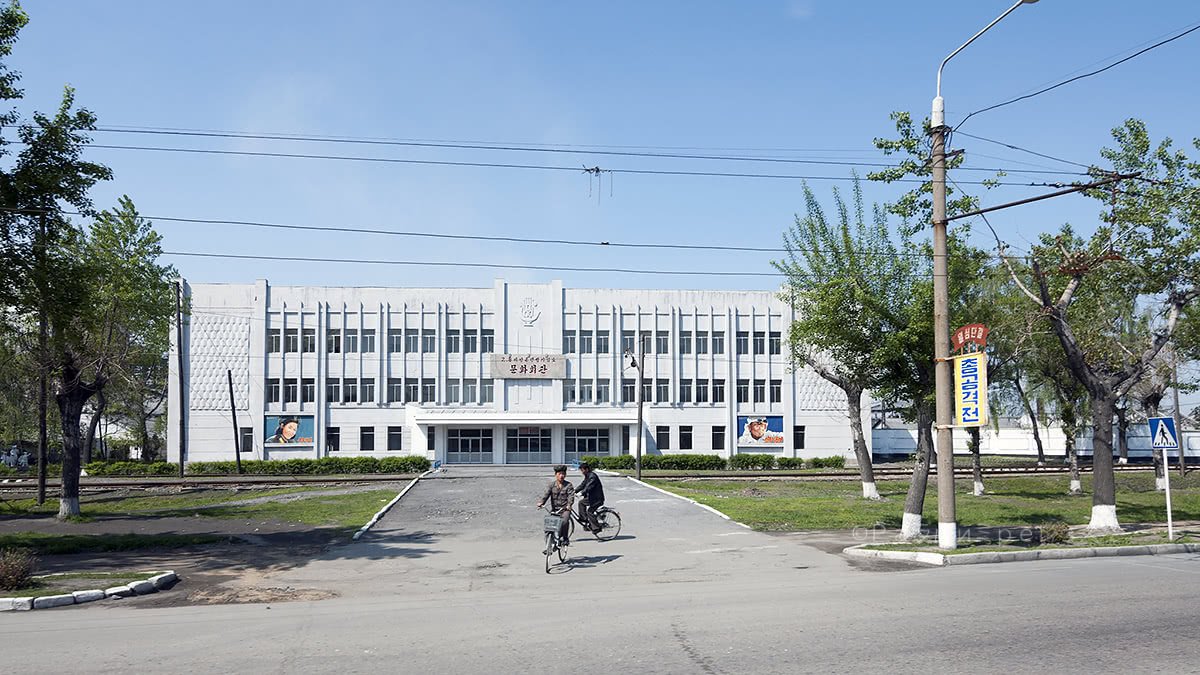
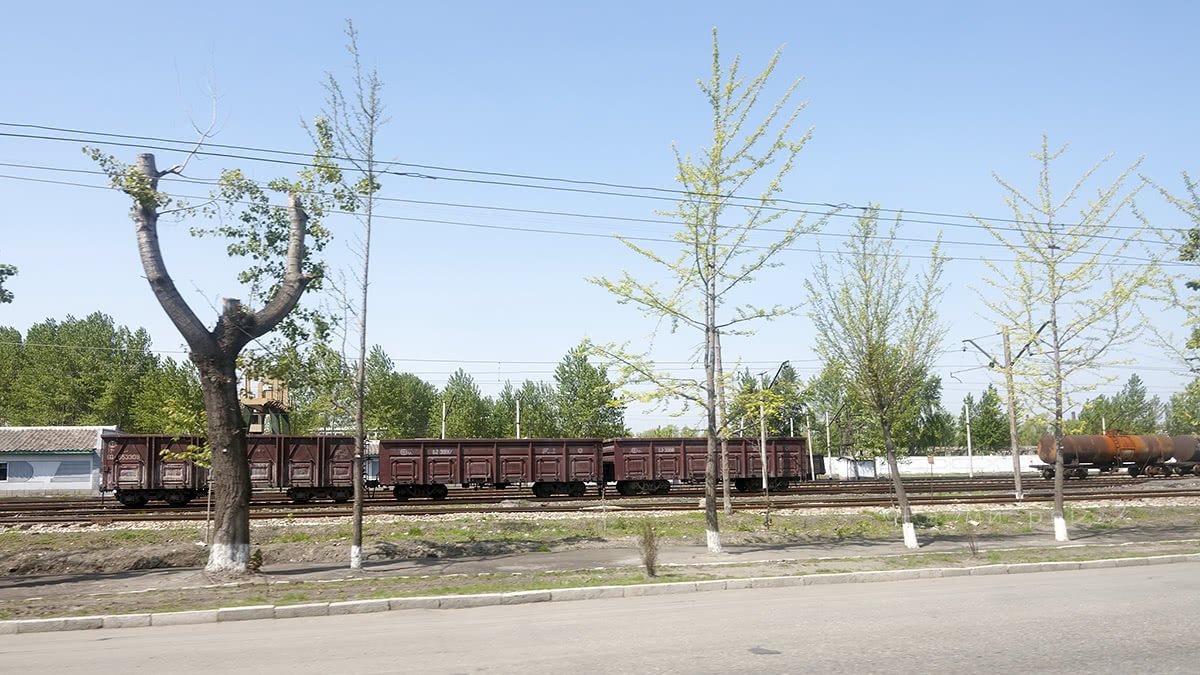
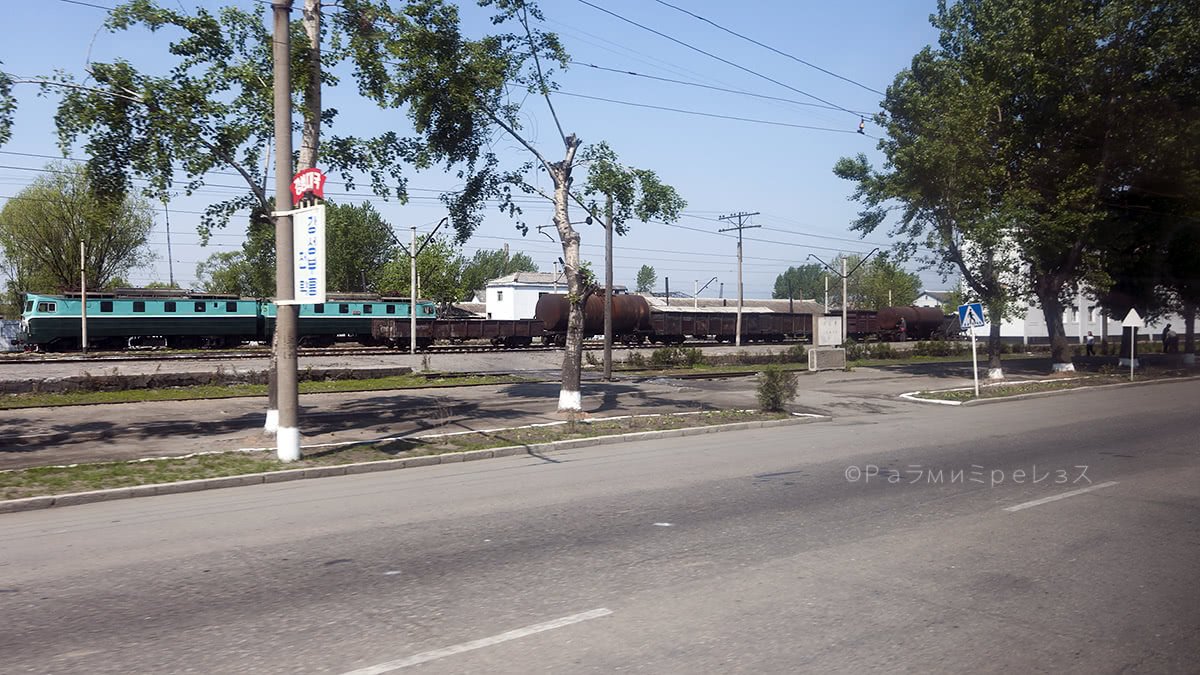
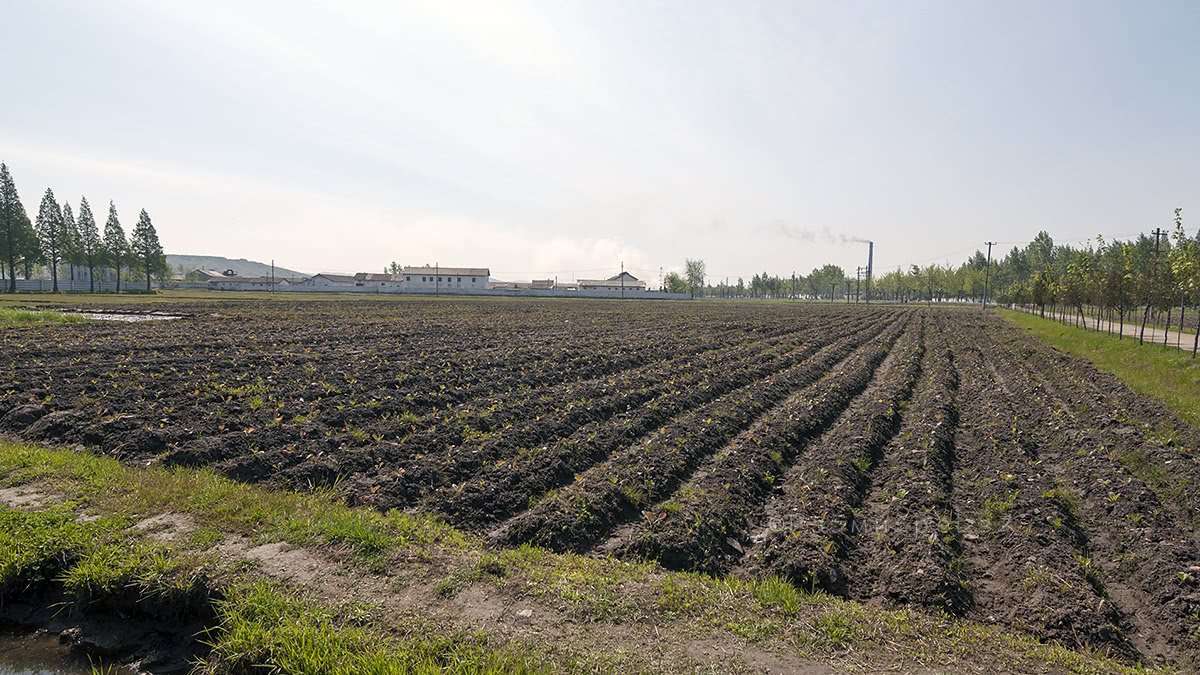
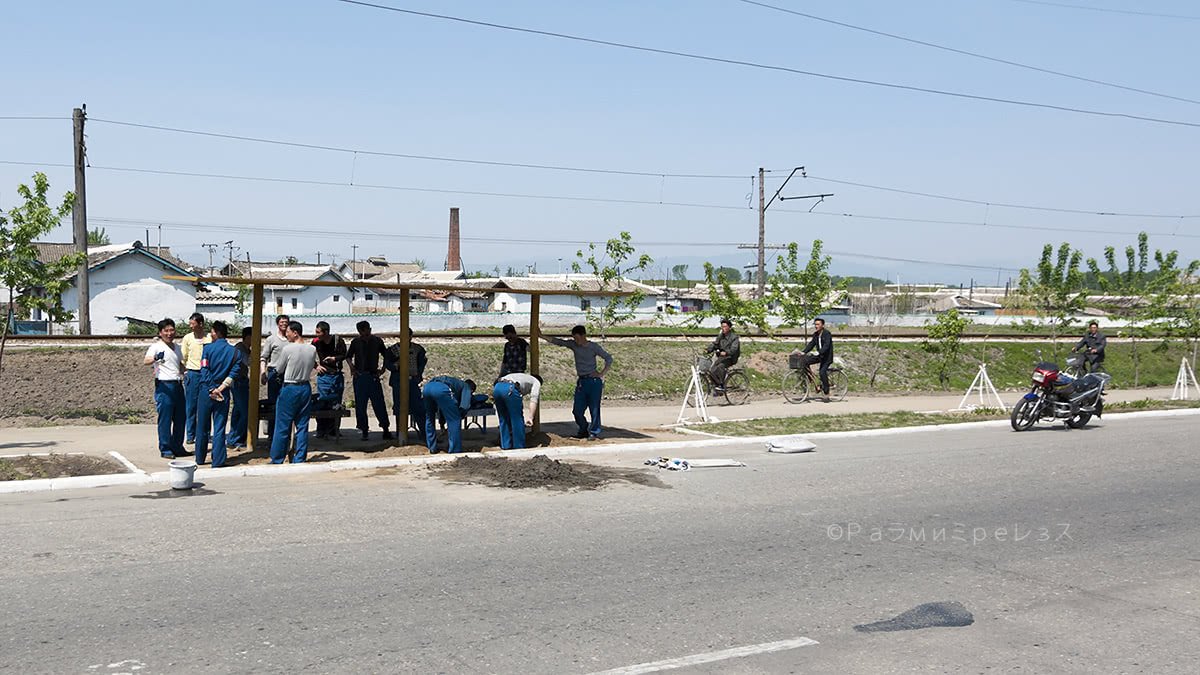
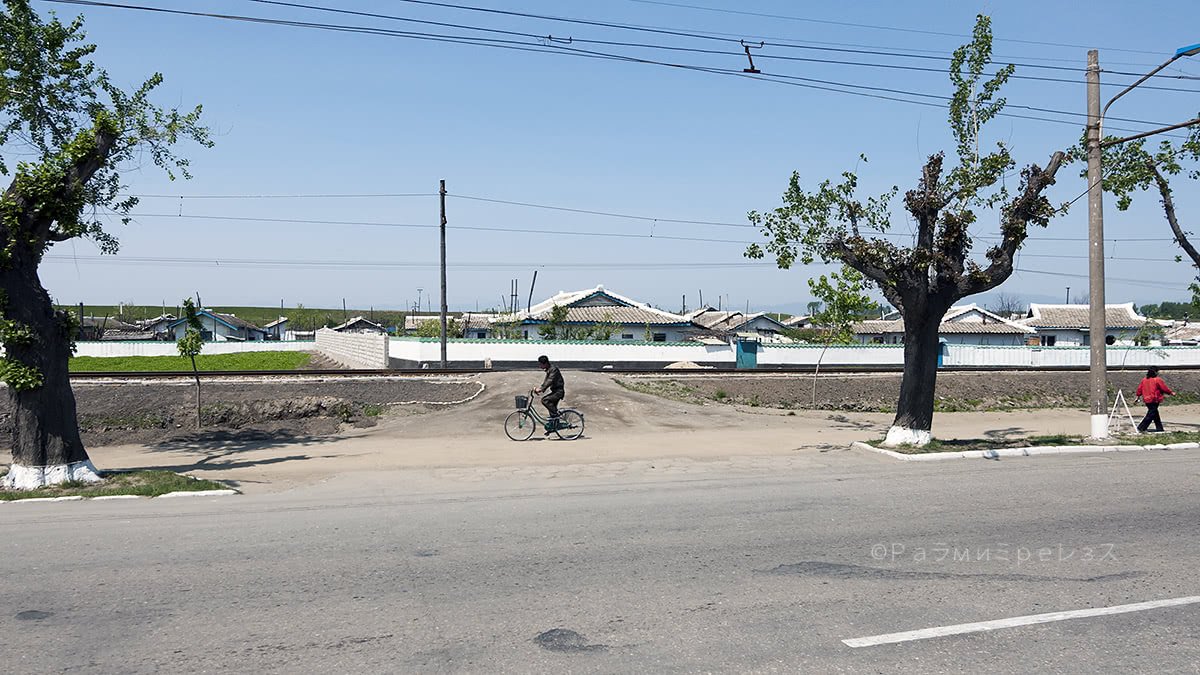
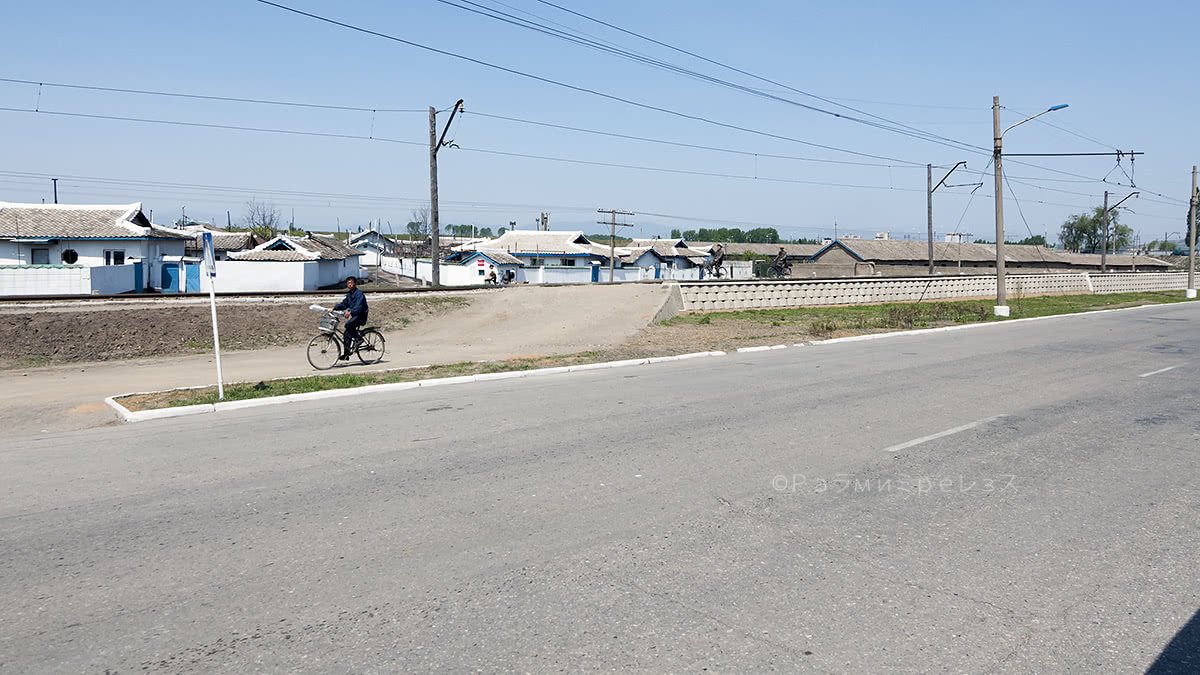
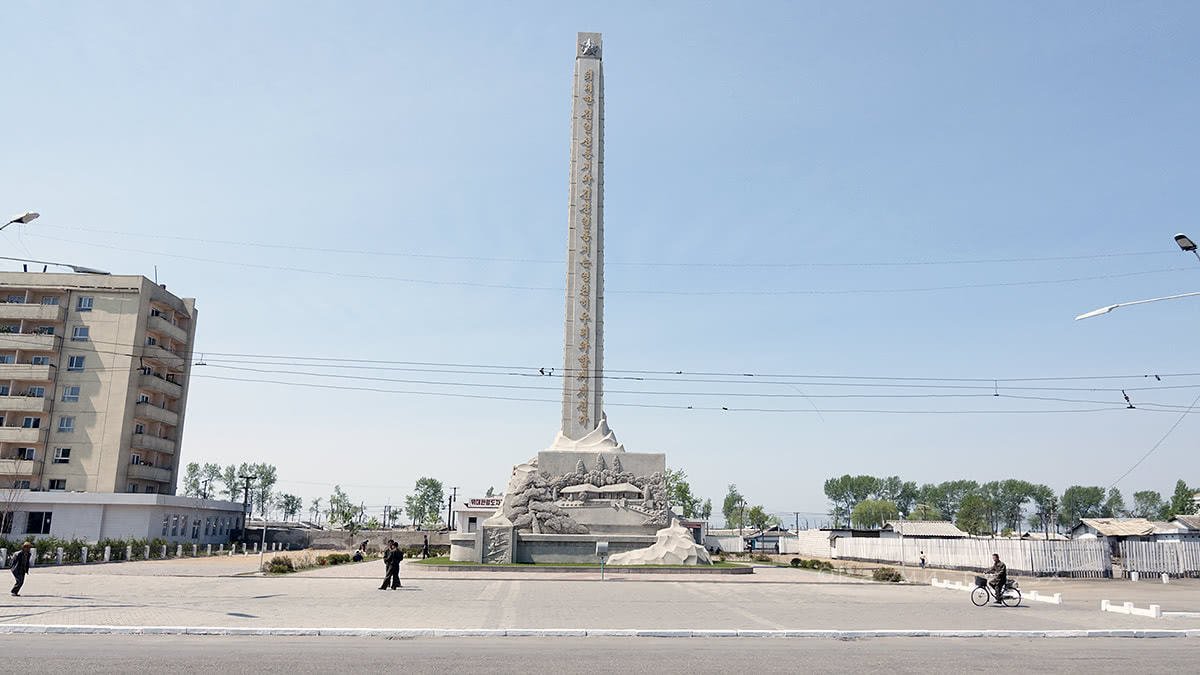
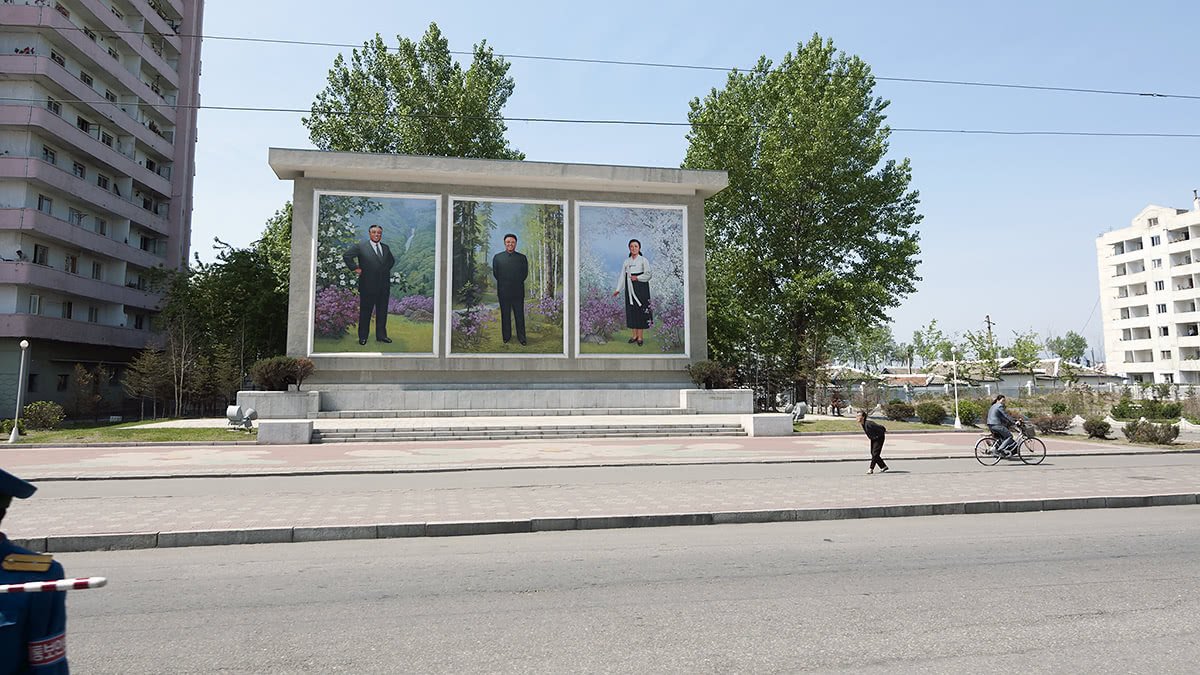
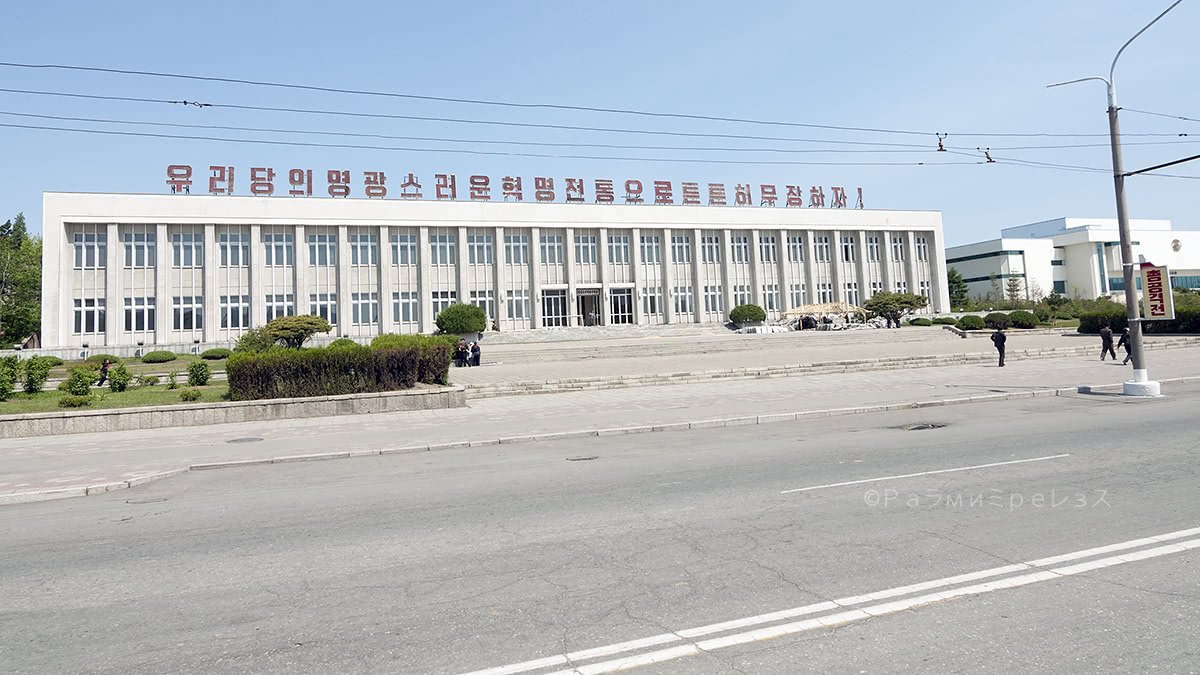
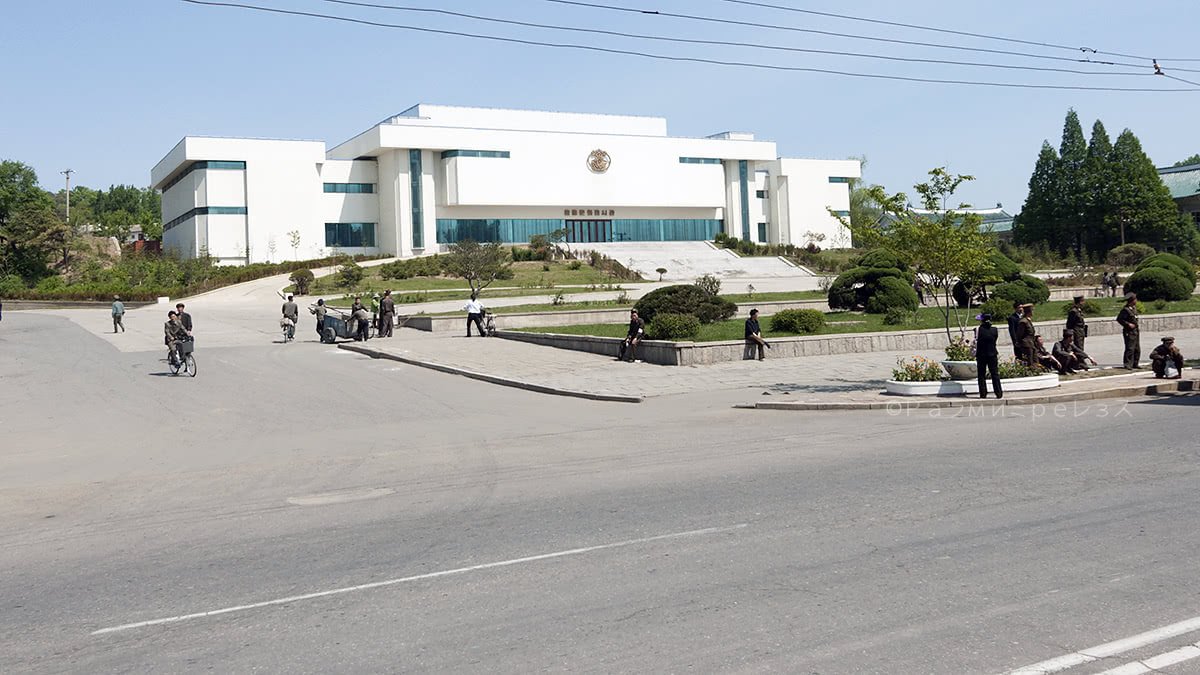
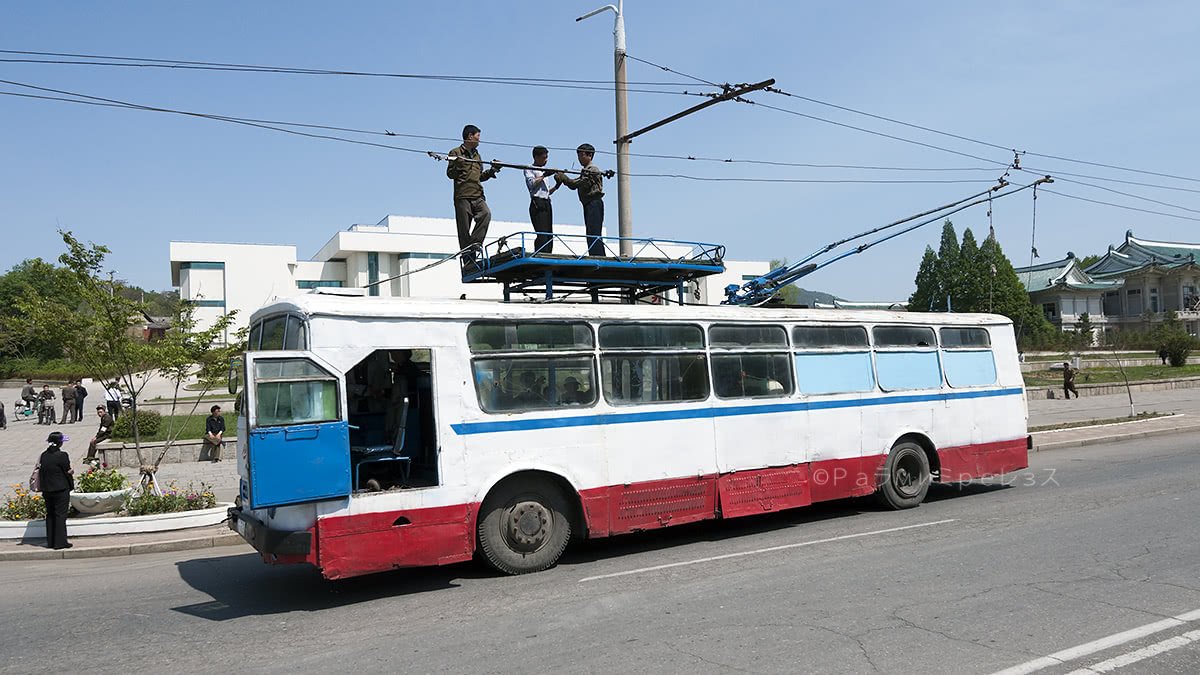
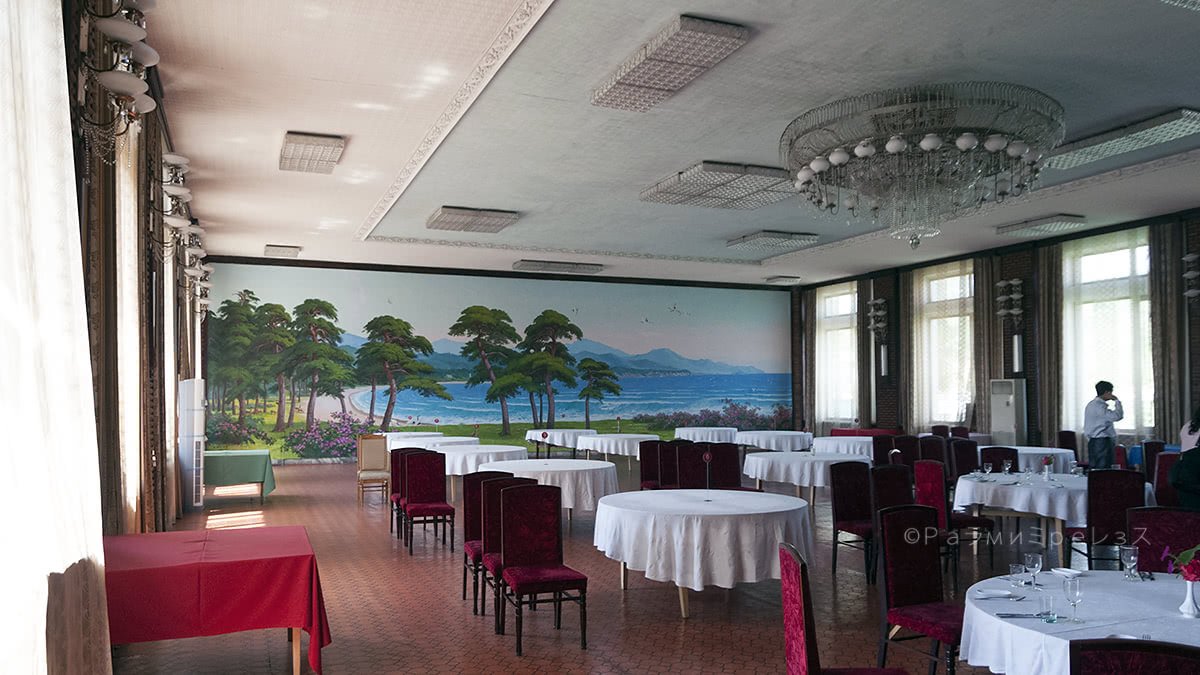
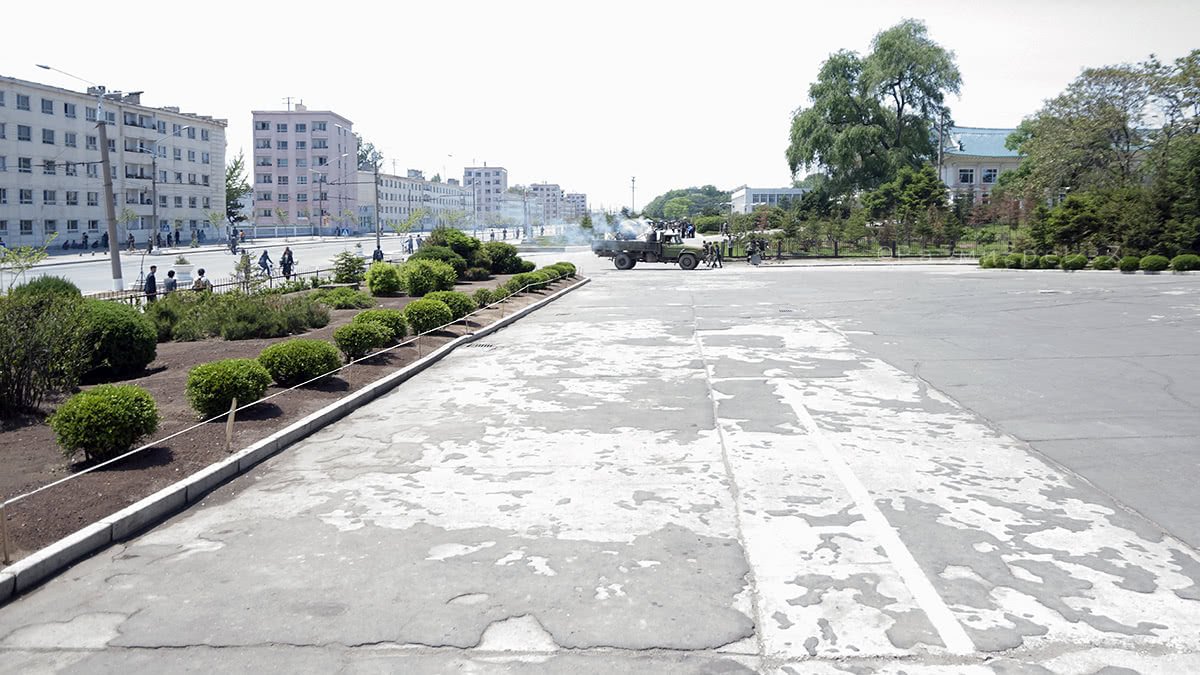

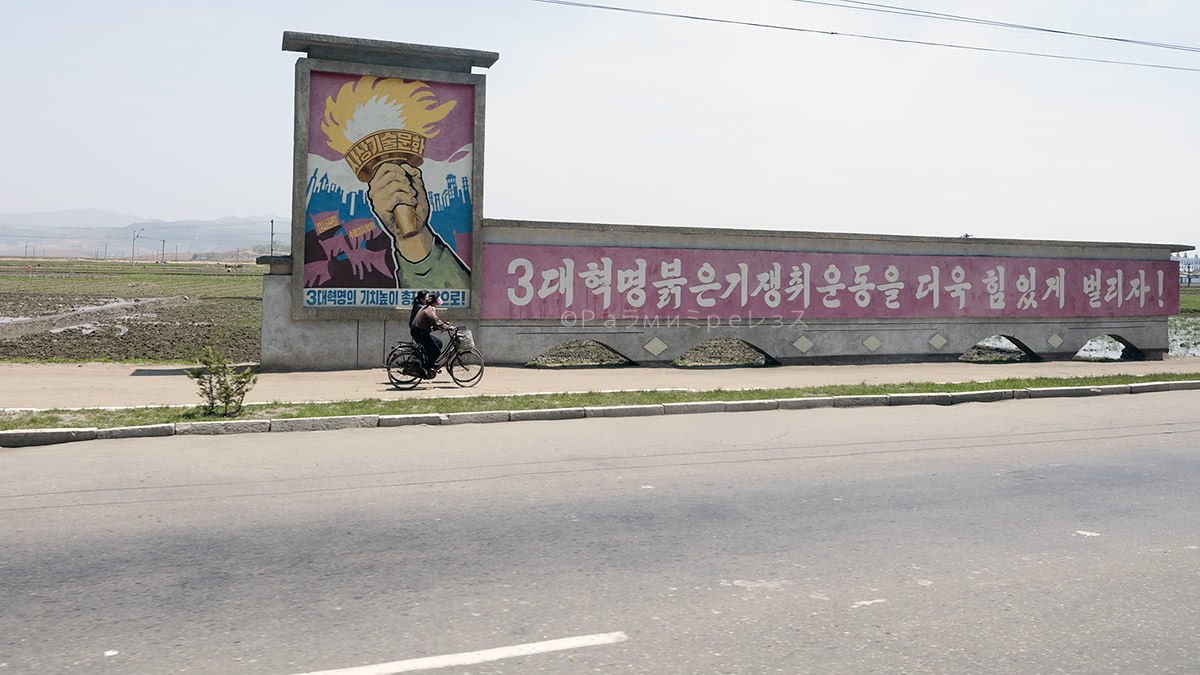
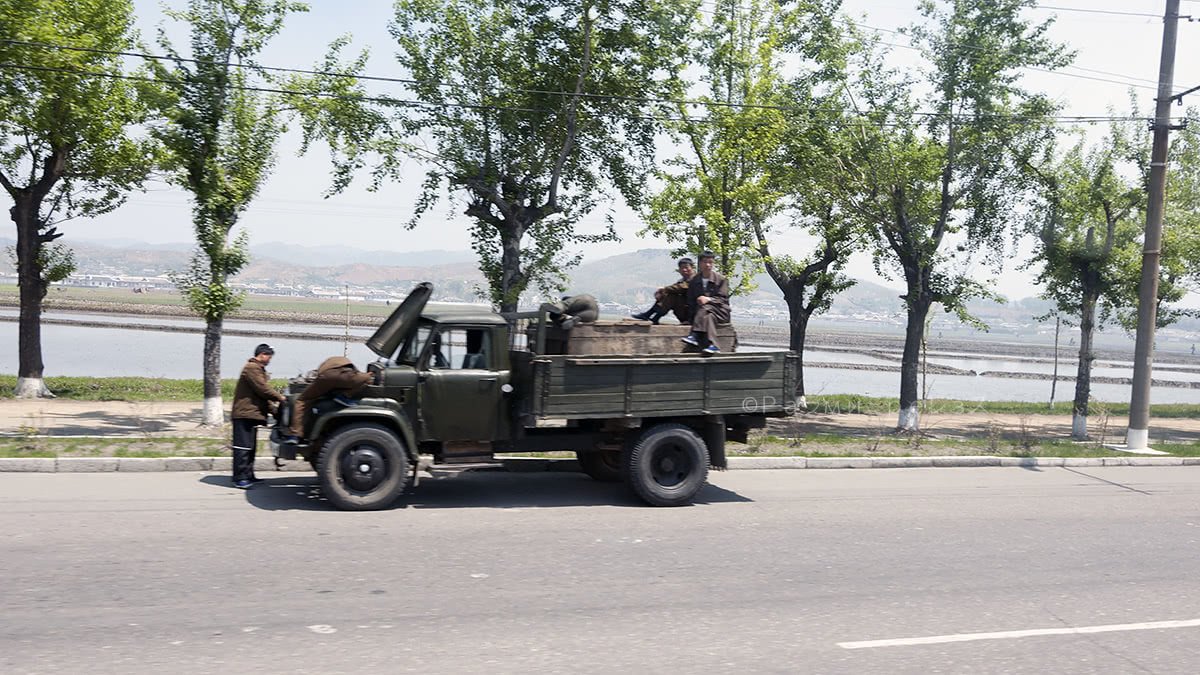
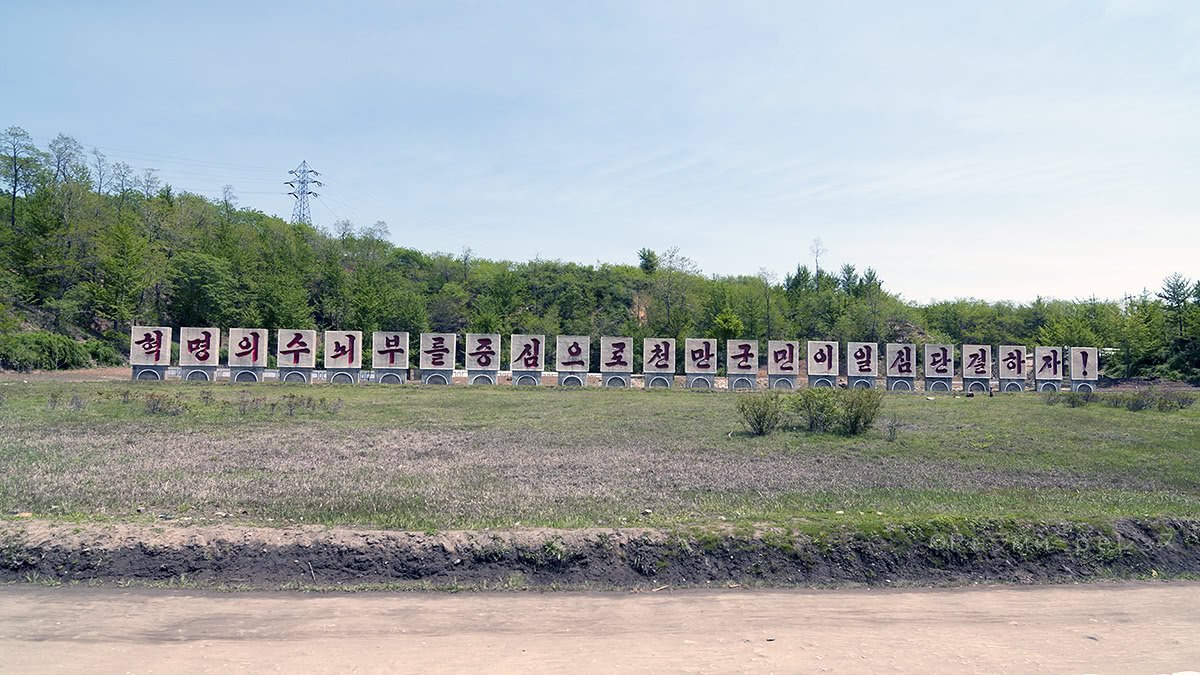
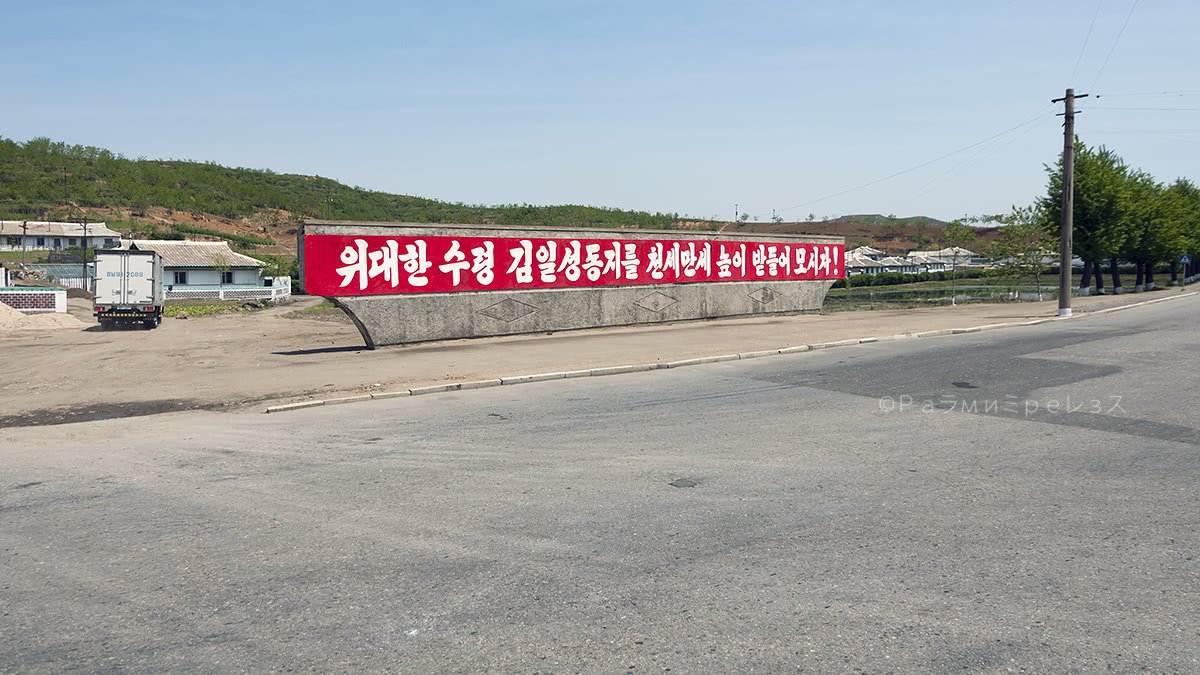

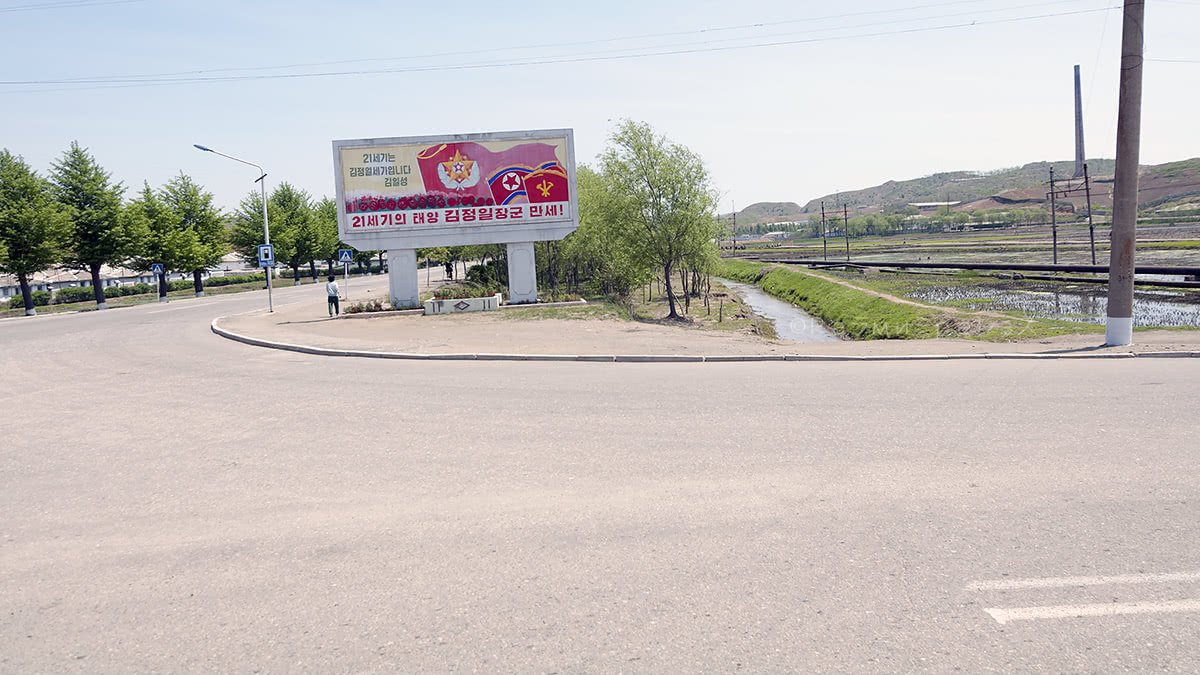
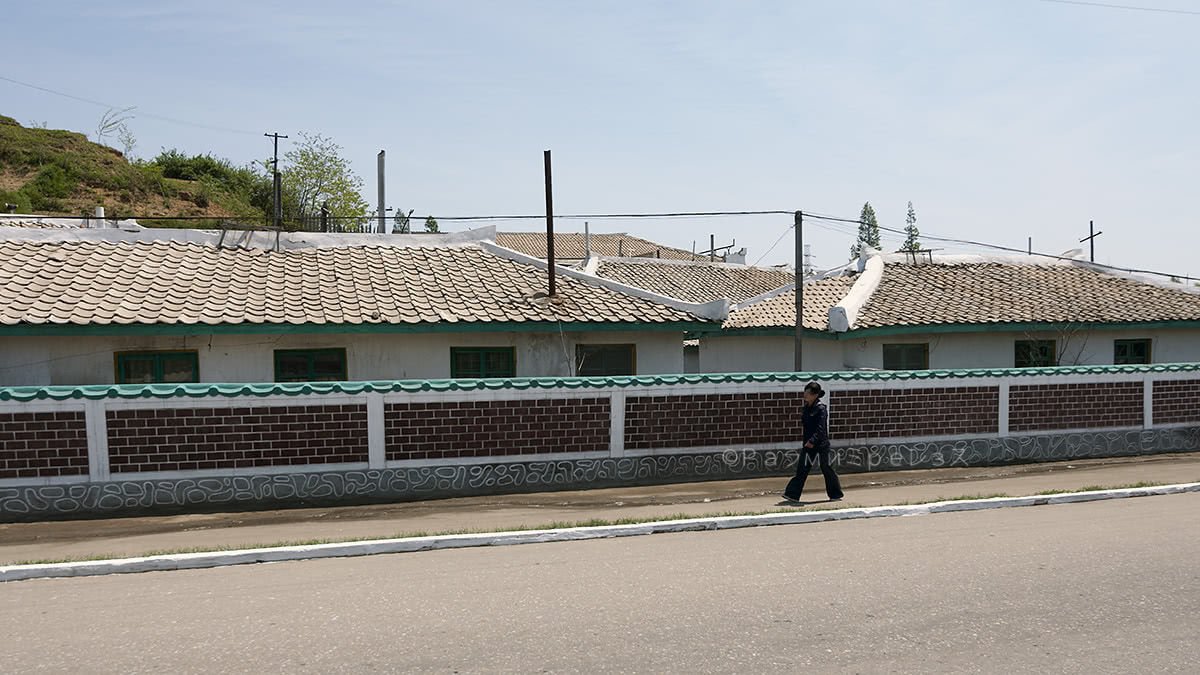
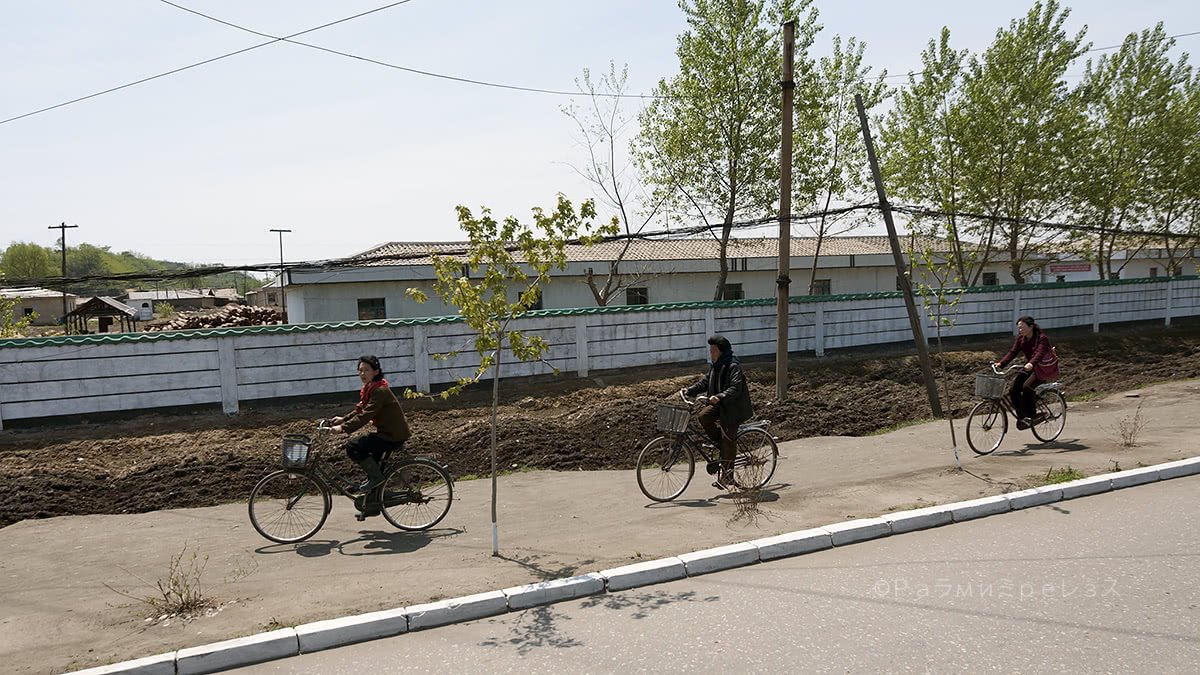
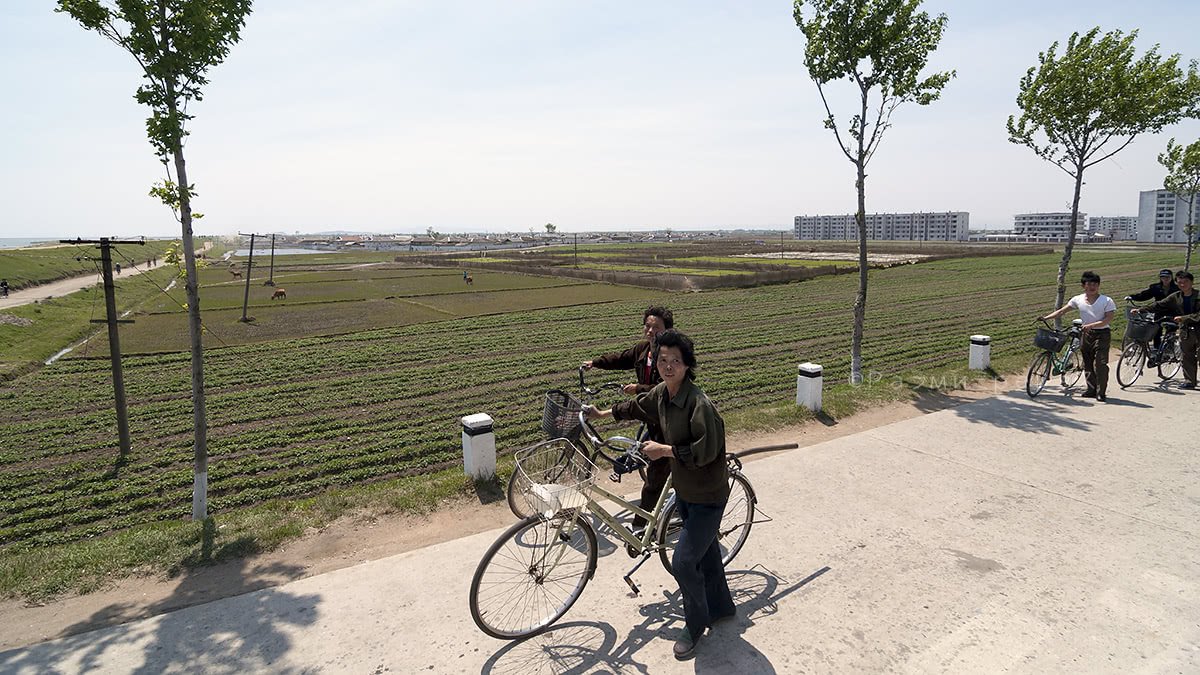
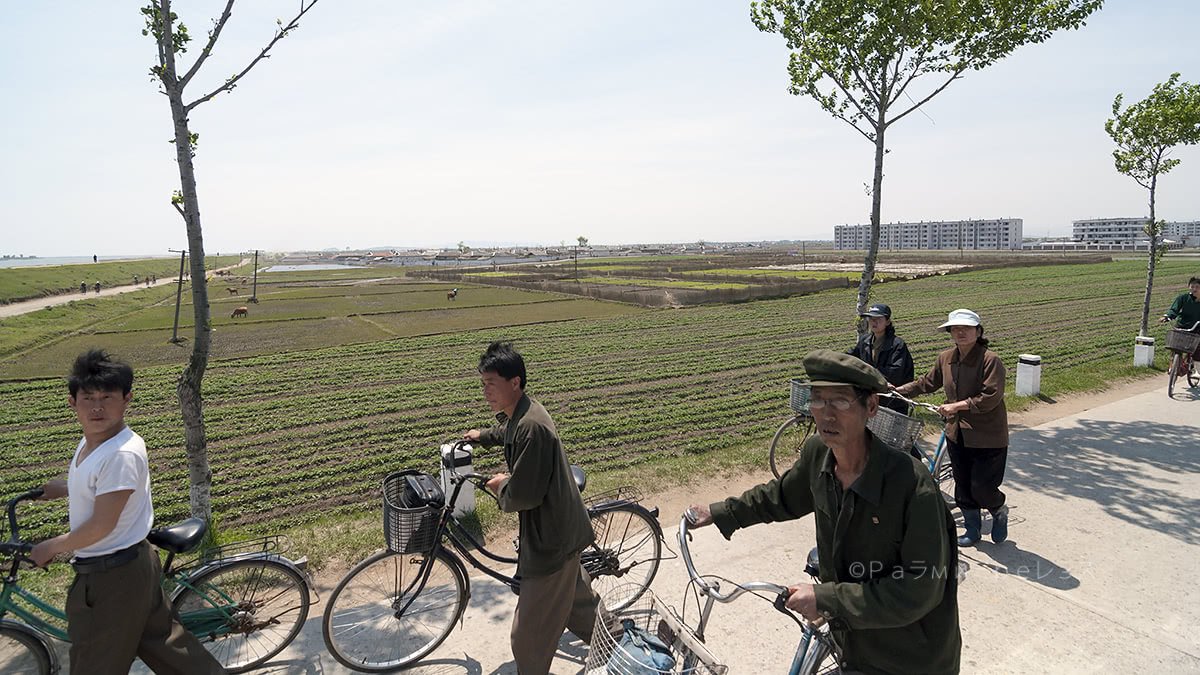
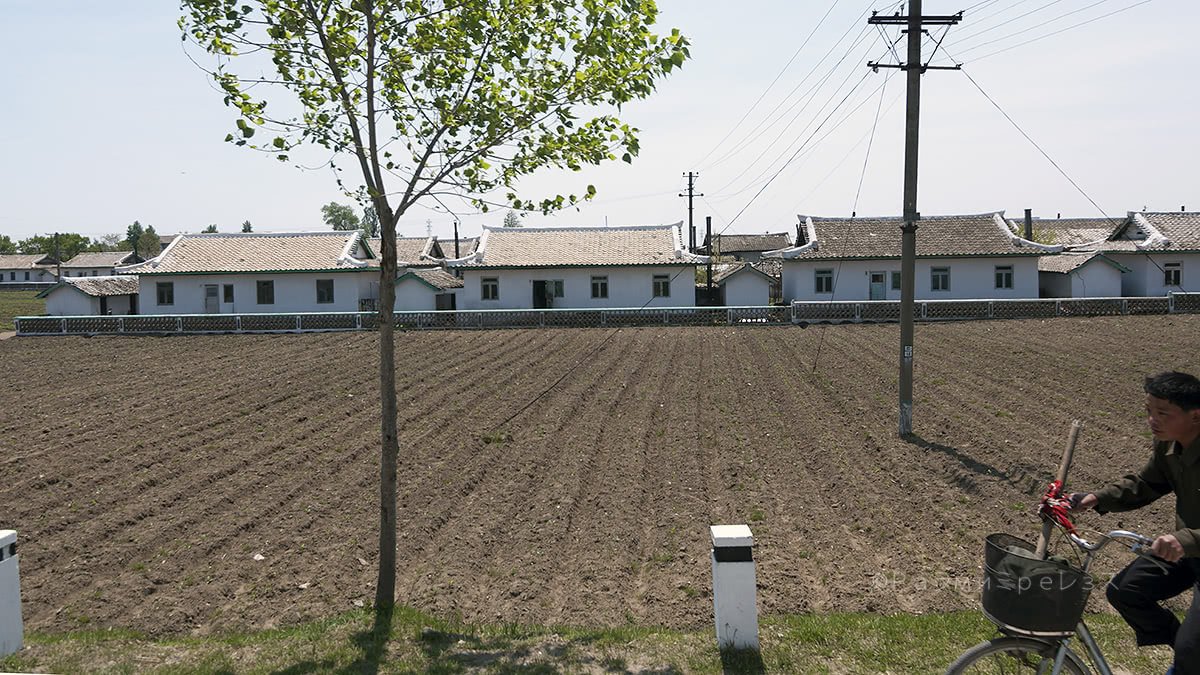

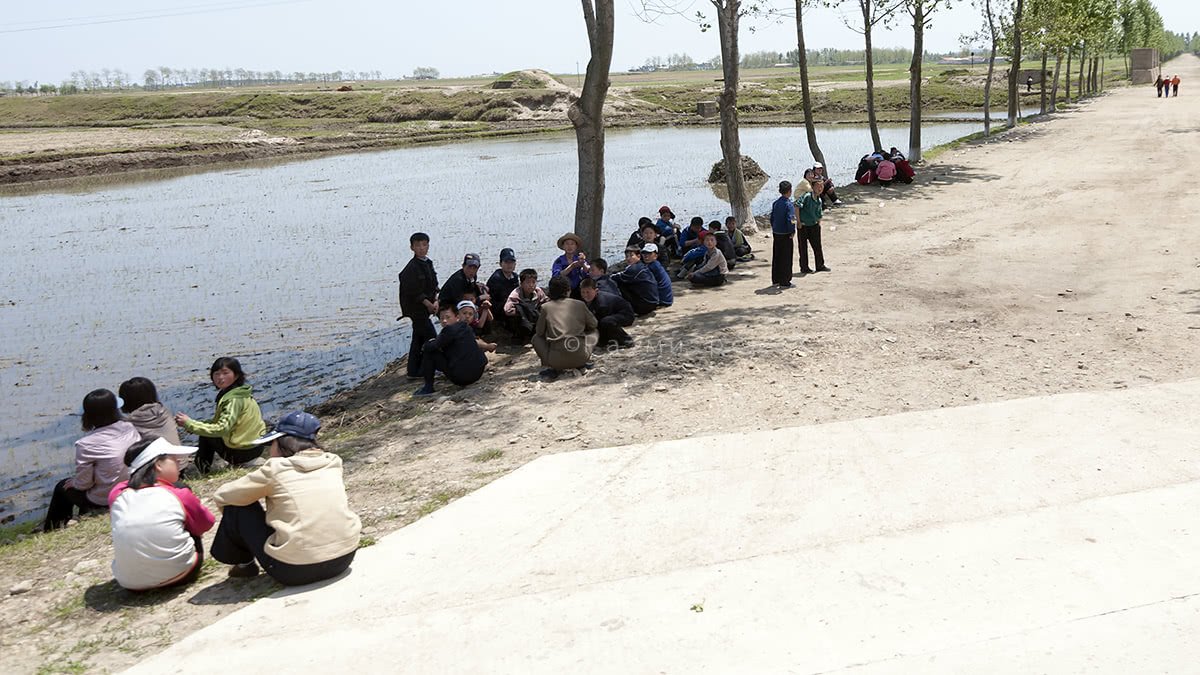
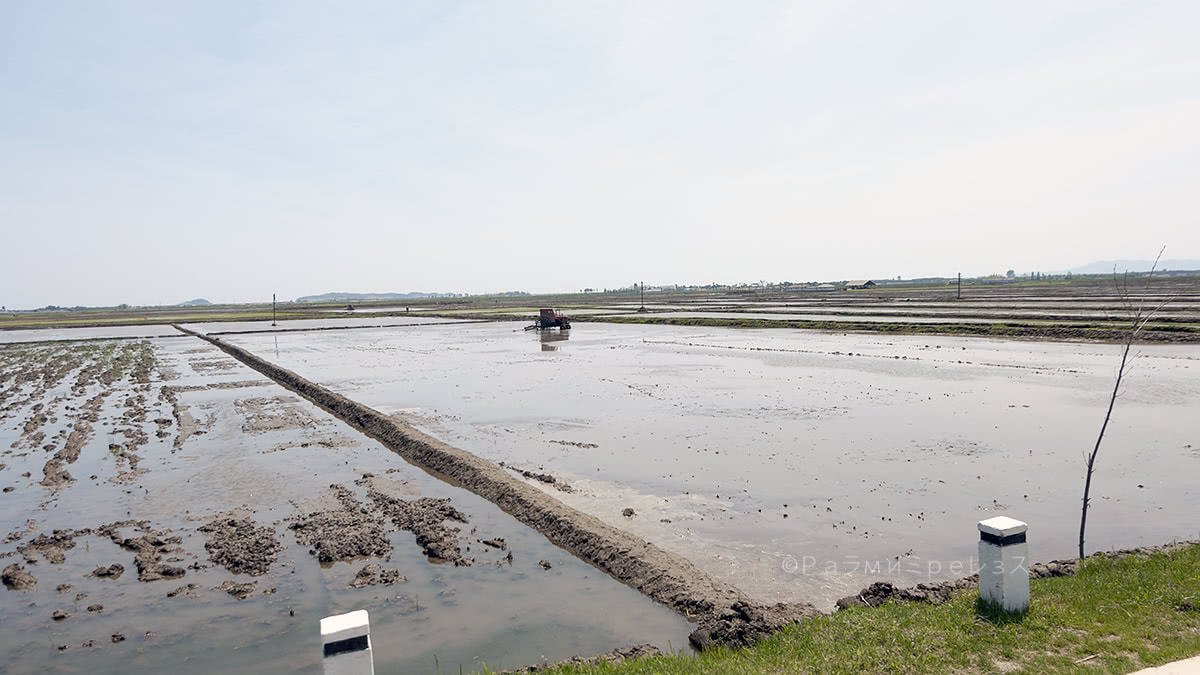
More photos of Hamhung and Hungnam.
The visit to the city was coming to an end, and we had to return to the capital.
So we returned to Sondok Airport the next day to catch a flight back to Pyongyang.
As with what happened in Samjiyon, this time around the weather was excellent, and I could see some Air Force Antonov An-2s.
In the photo below, taken from inside the Aeroplane after boarding, you can see them far away in a row, around the upper left sector.
I don’t have more photos of the Antonovs because they warned us against taking them, and I didn’t want to get in trouble in North Korea of all places.
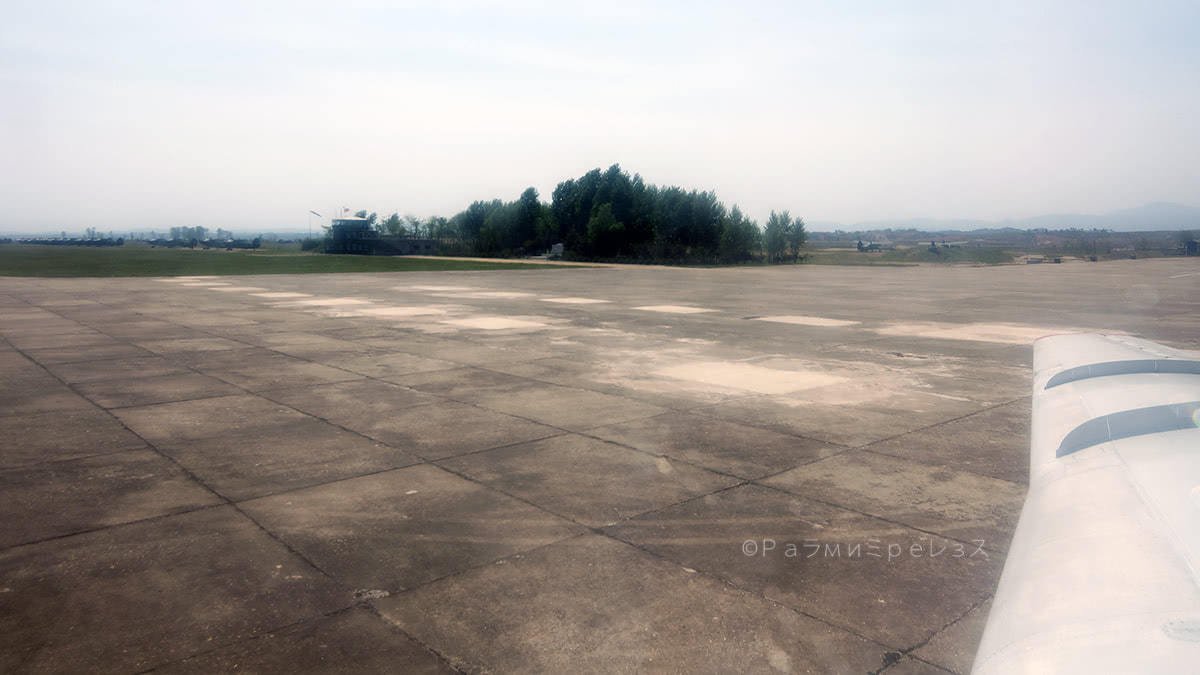
The An-2 is an old and rustic Soviet bi-plane, excellent for its mission.
The Aeroplane has such a low stall speed, that it’s rumoured that if it happens to have enough head wind it can fly backwards… it wouldn’t surprise me!
There was one An-2 laying there in Villavicencio, Colombia, like in 2007 that I visited the city. But I’ve no idea about its current whereabouts. It’s the yellow one below, photo taken by myself.
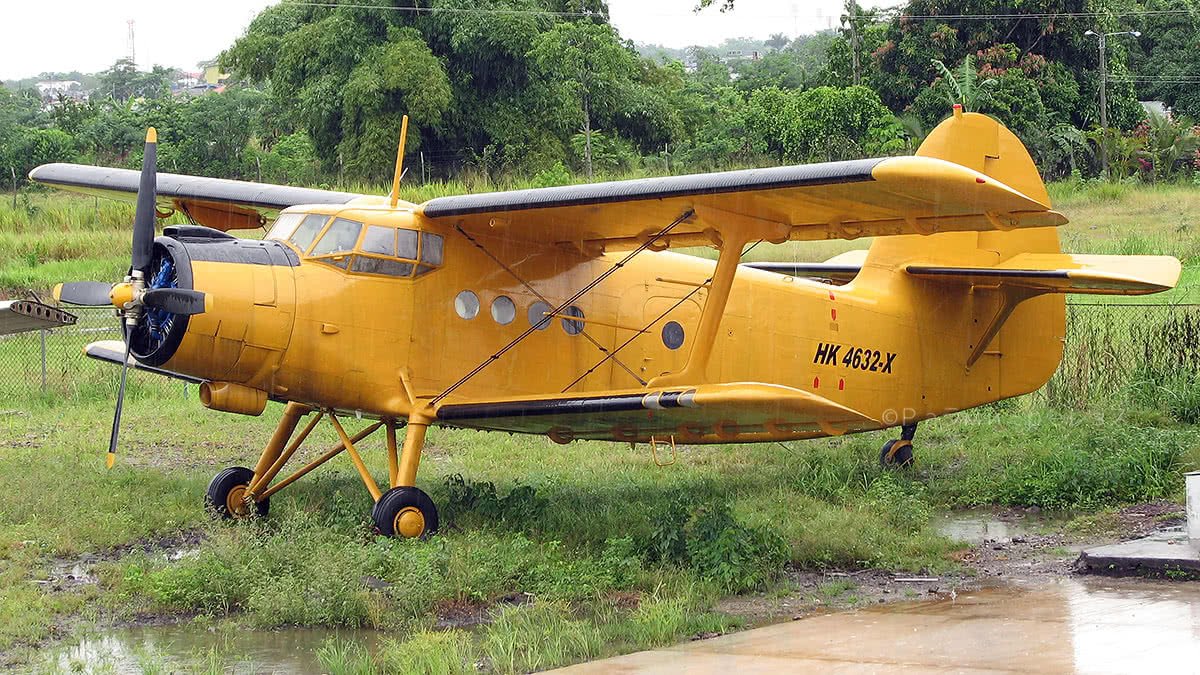
The bus took us straight to the apron again. If Sondok Airport has any sort of functional terminal, I never knew it.
This time around we didn’t even have a security check with the hand-held metal detector… nothing at all. We just entered the Aeroplane, and that was it.
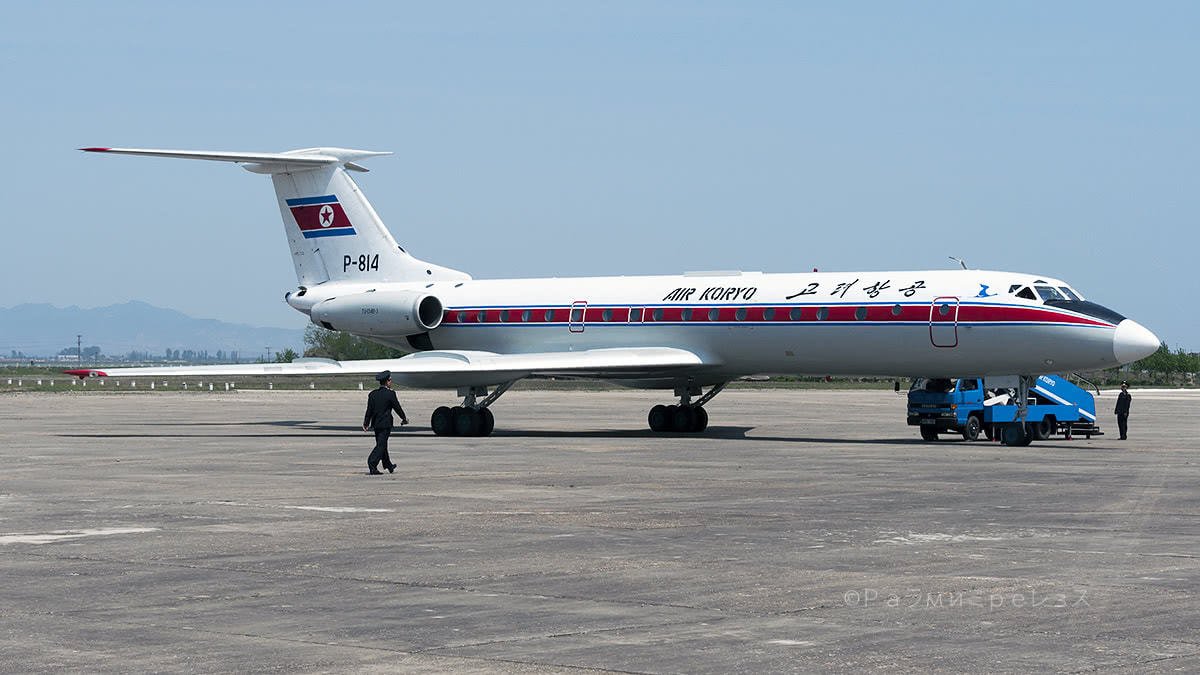
Onboard P-814 after literally giving it a little kiss (look at the pictures below), we taxied to the active runway.
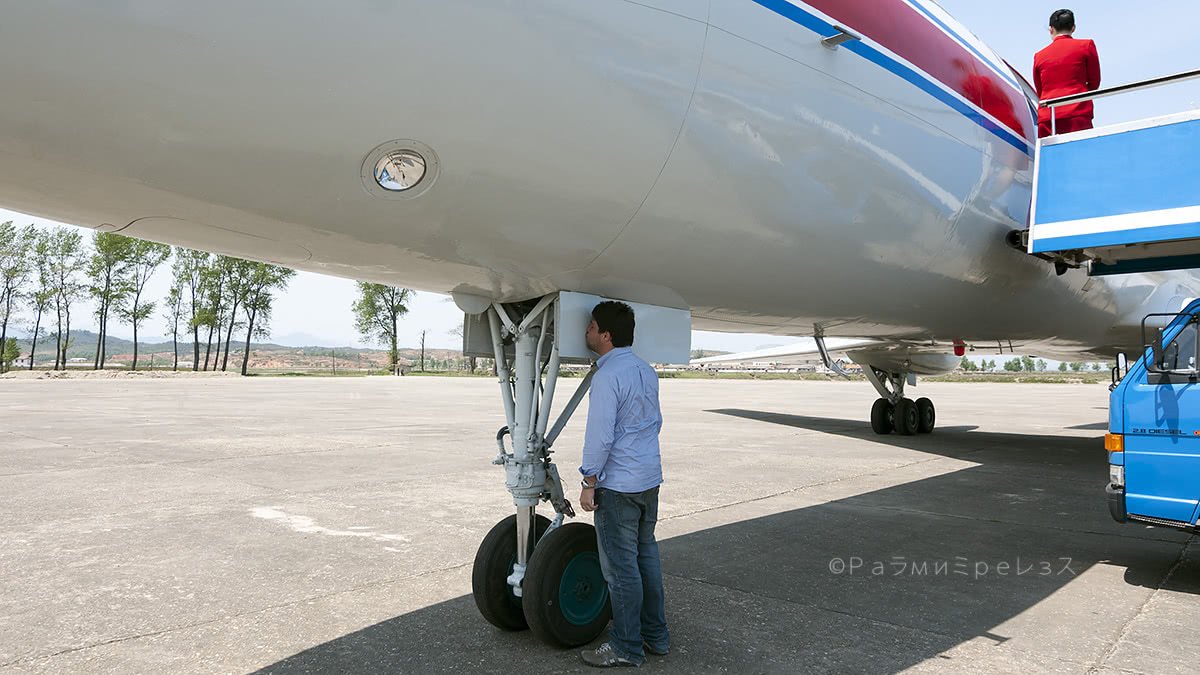
More kissing. The guy in the blue lorry looked at me as if he was an old man in downtown Medellin watching two women kissing and was about to shout:
-“Woaaa there! dykes! aaarrghherr!”.
I felt discriminated against, say no to airplanephiliaphobia!
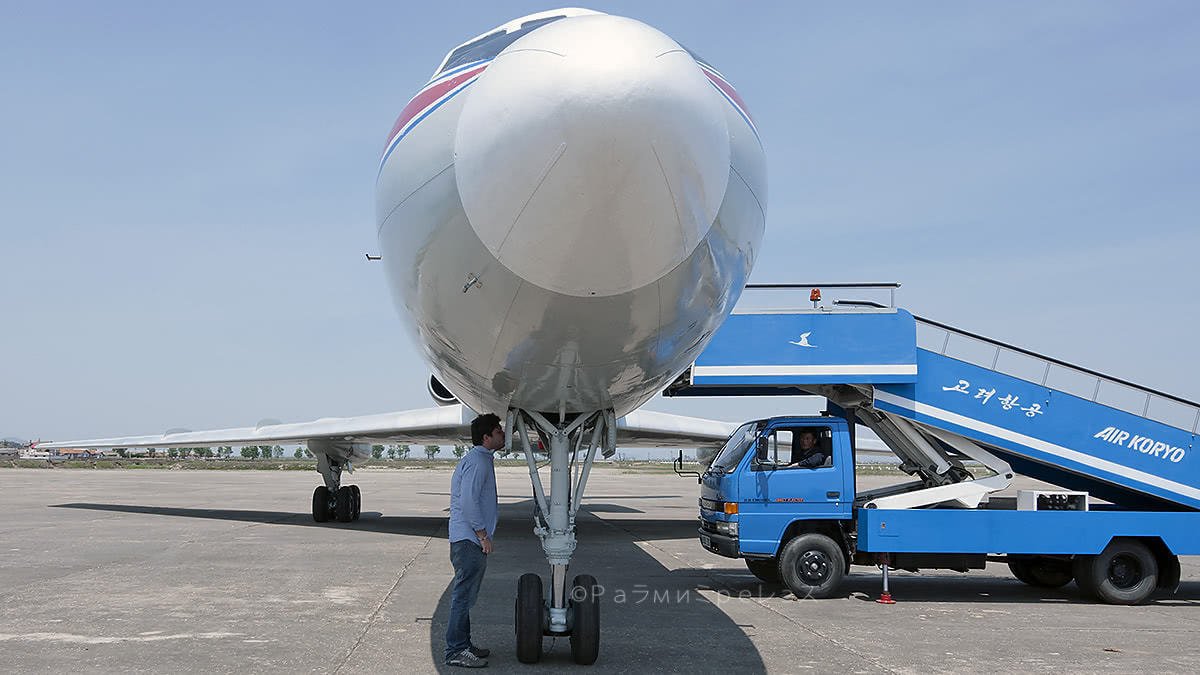
More kissing… but they’re boarding now!
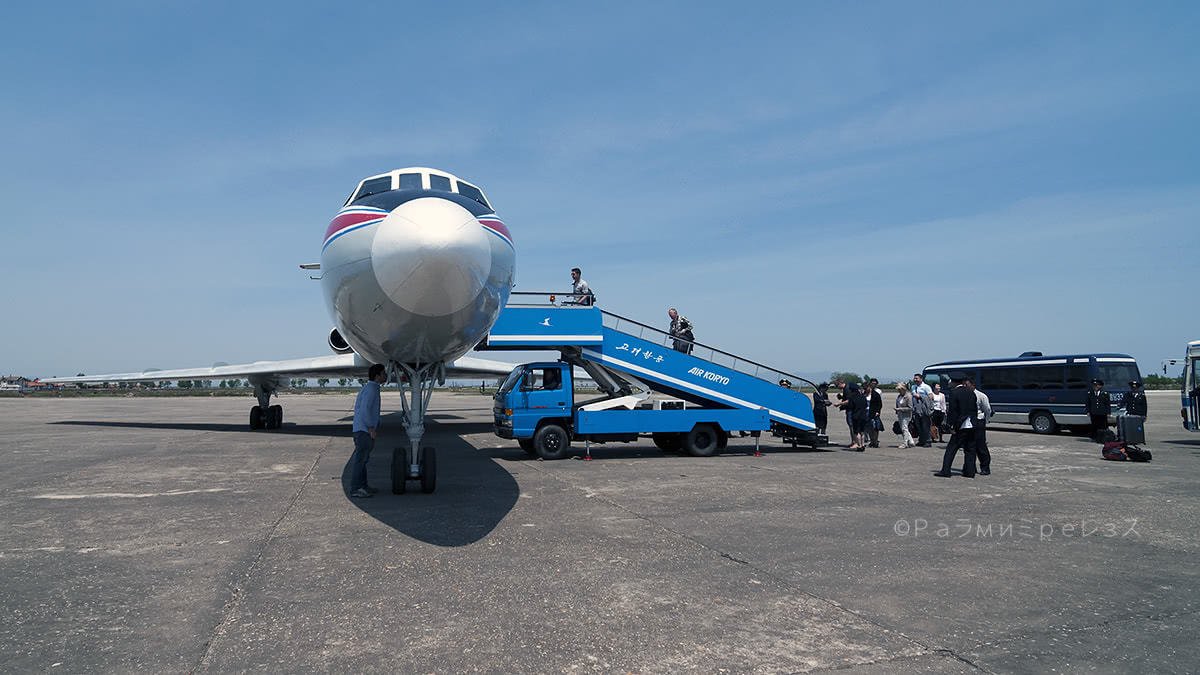
Alright alright… no more kissing. Let’s go!
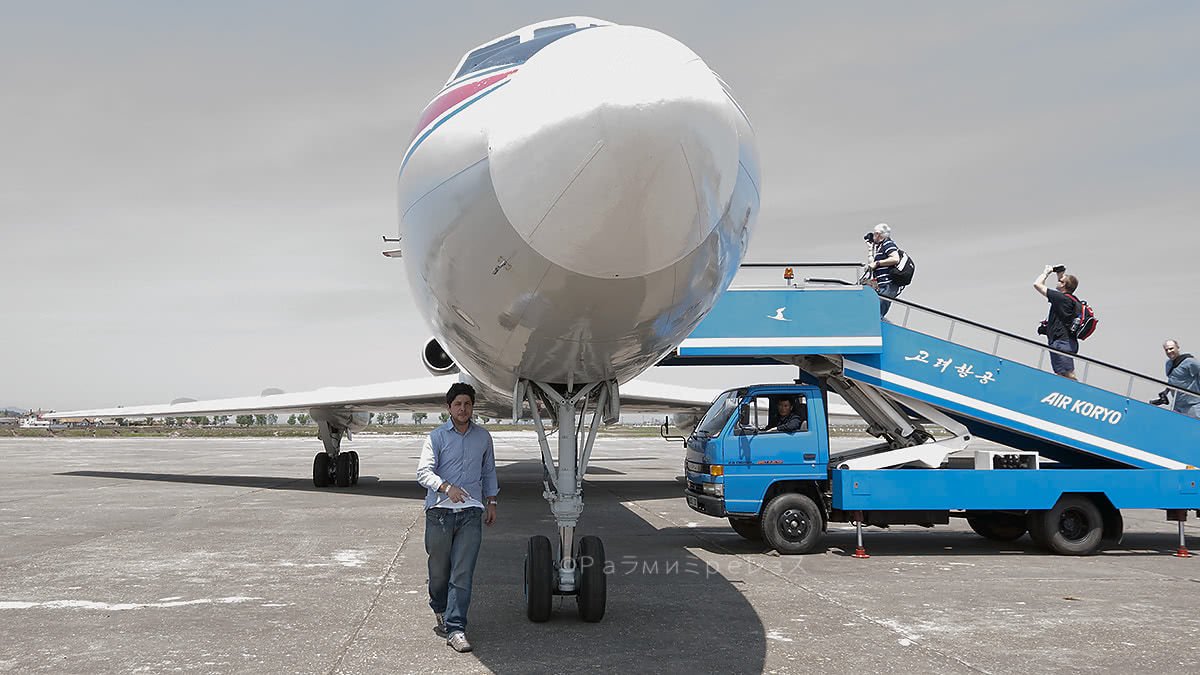
And what a takeoff!
The Tu-134 blasted off like a rocket. I think the only takeoff I’ve felt with such performance was one time on a Qatar Airways Boeing 777-200LR.
We were going from São Paulo to Buenos Aires at night, with the Airplane lightly loaded, after the flight from Doha.
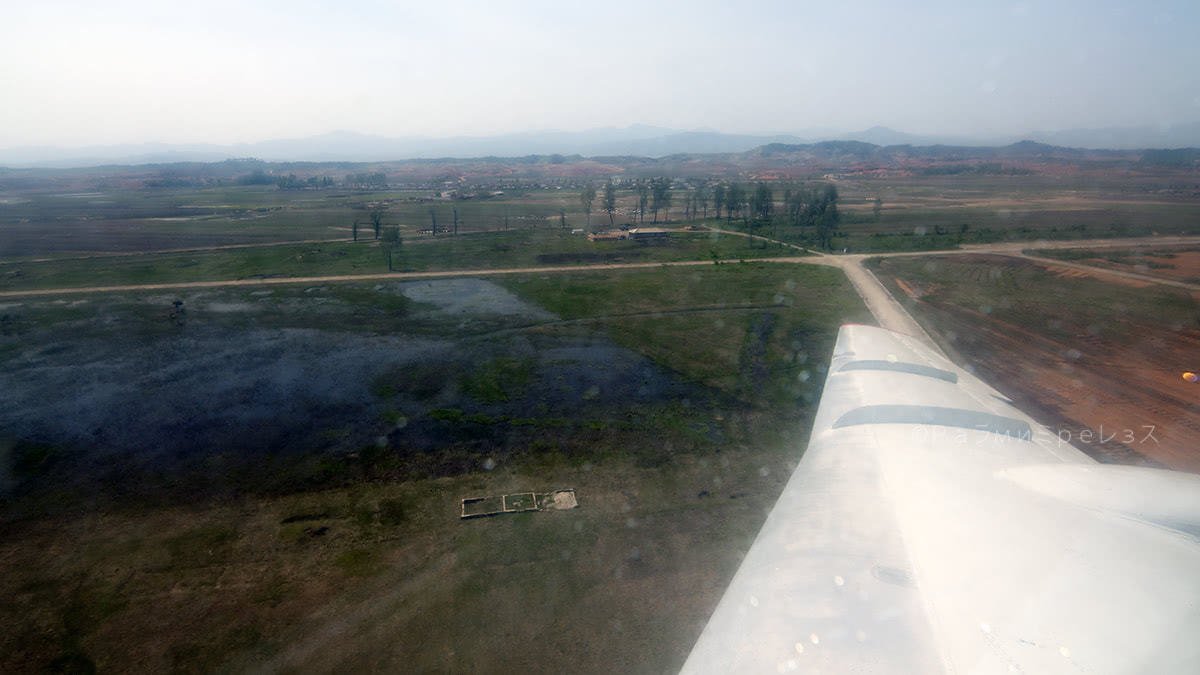
In this flight I could see much more of what was below, there was barely a cloud.
And while the flight passed hearing that melody of the Tu-134’s engines, I was reading The Pyongyang Times.
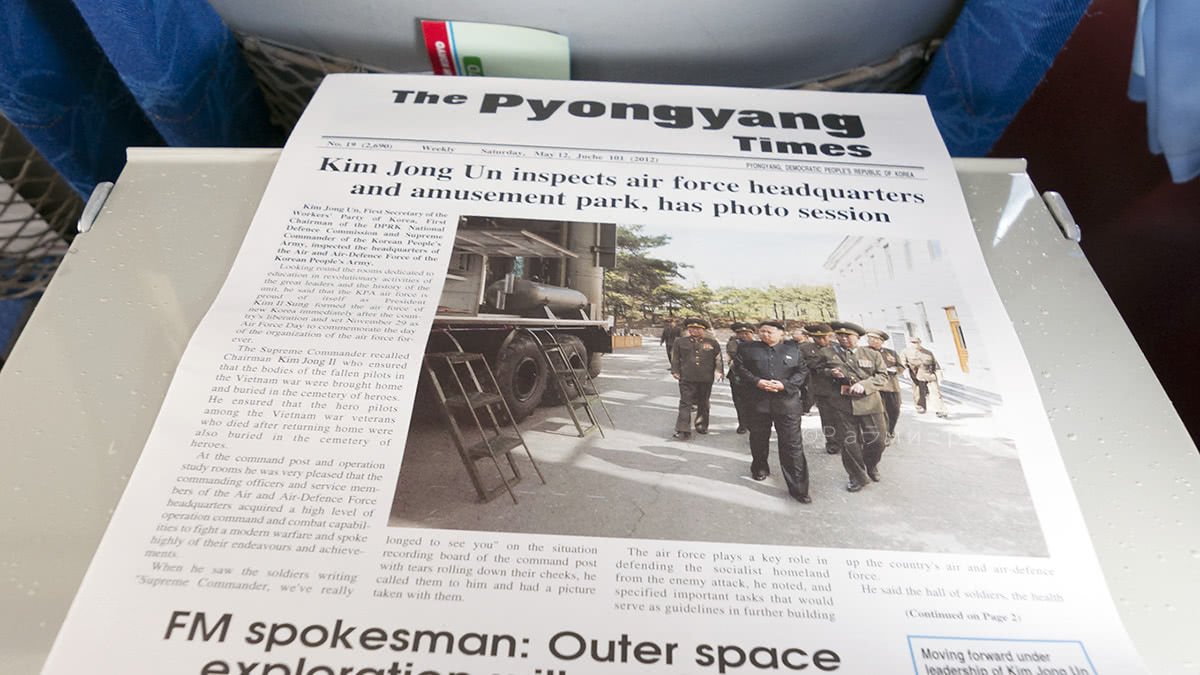
I looked out of the window quite a lot as well. And I wondered whether we had flown over any of the Kwan-li-so that I mentioned before.
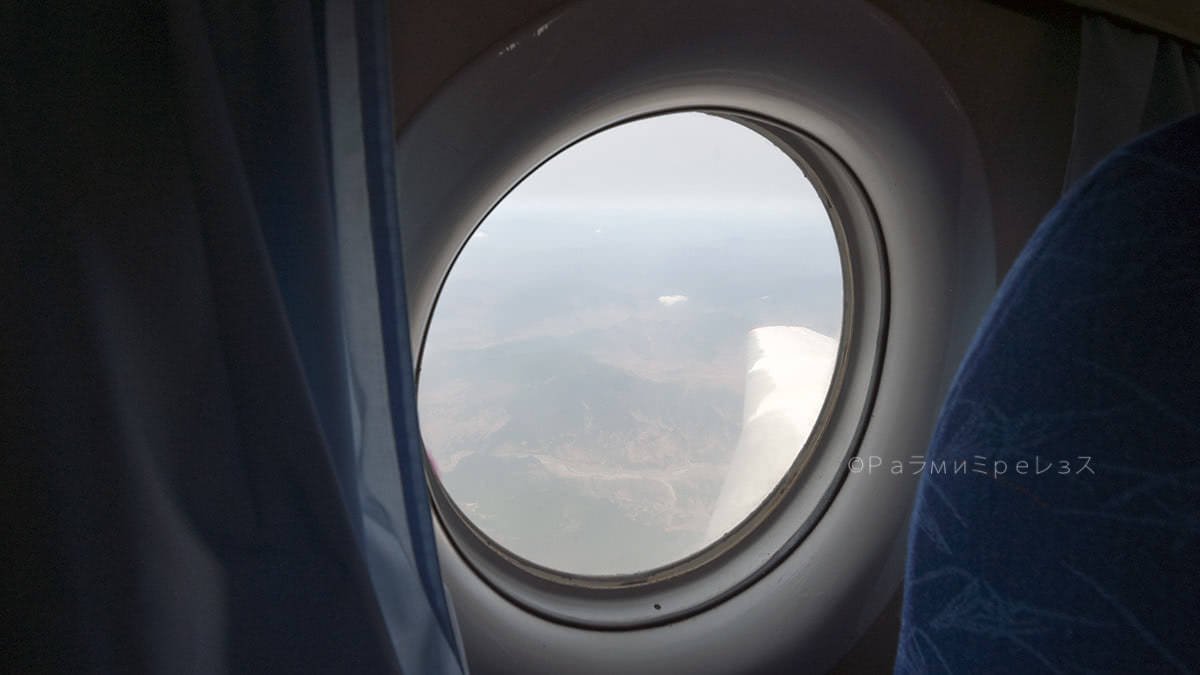
The Sondok to Pyongyang flight is northeast-southwest. Flying over a good deal of the country, and around that part is that some of them are allegedly located.
The former flight from Samjiyon had a similar flight path, and it’s even longer. But in that flight the only thing on my mind was Chariots of Fire and nothing else.
Besides, weather was worse and you couldn’t see much. This flight had very good visibility, as I said before.
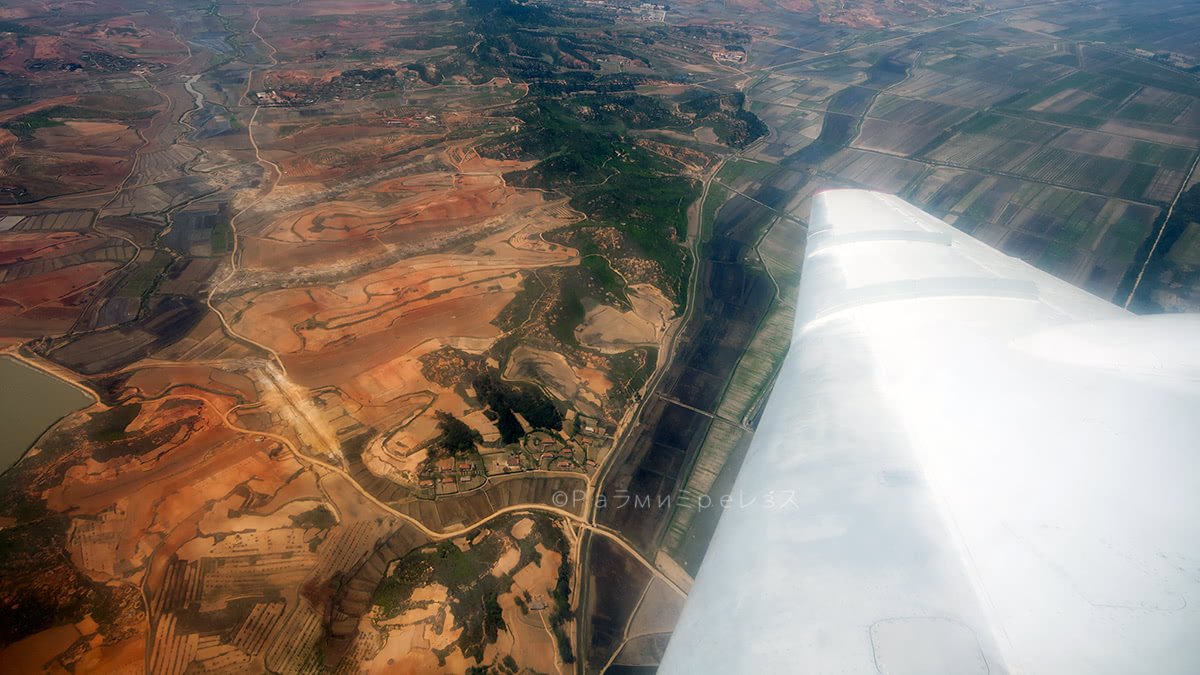
The Aeroplane’s interior is very classic, it makes you go back in time.
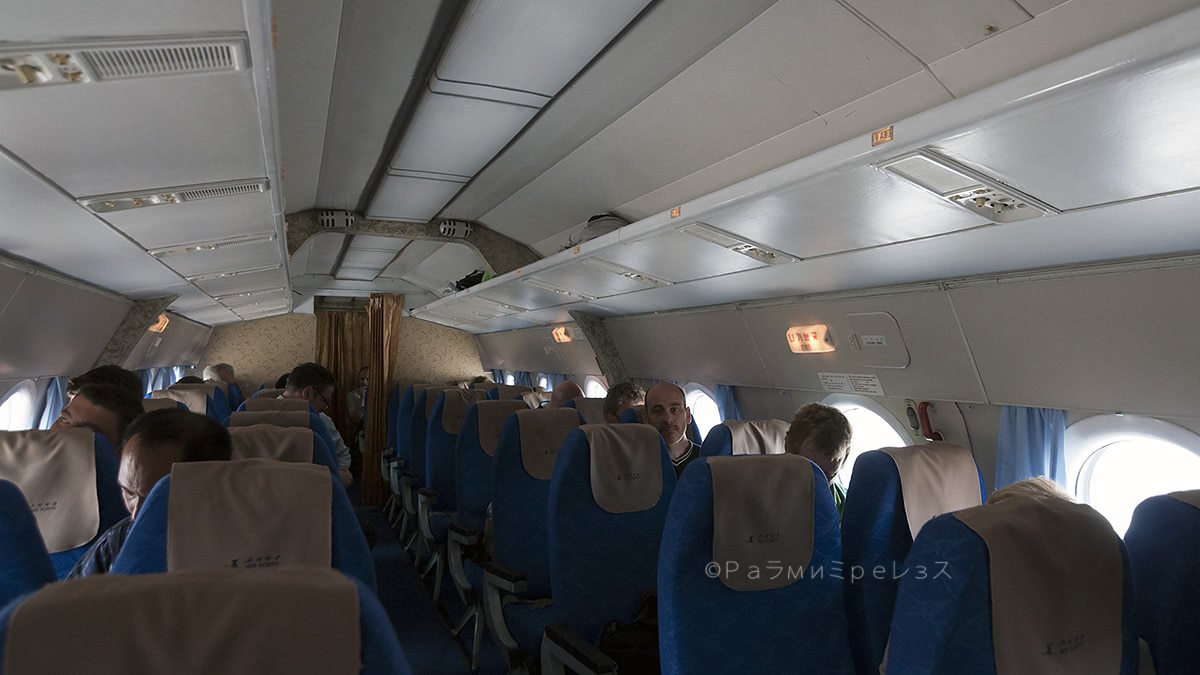
The baggage rack has no door, like in the Ilyushin Il-62 I had arrived in.
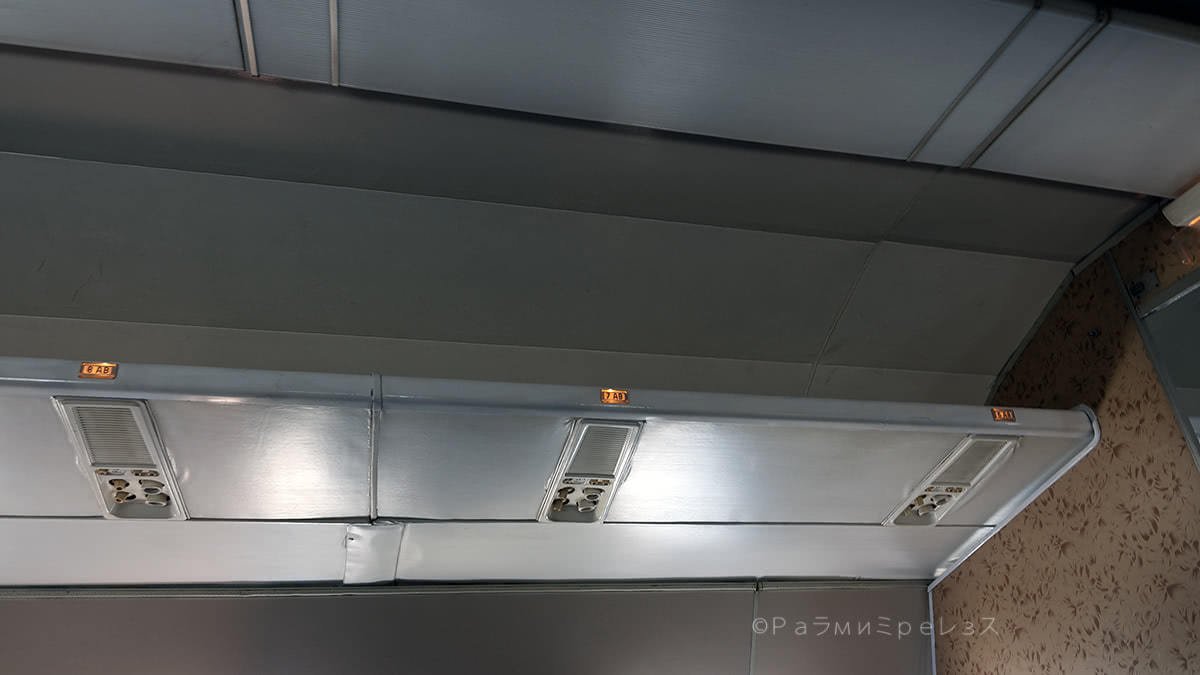
We arrived safe and sound in Pyongyang and I loved the Tu-134!
It turned out to be one of the few things I’ve idealised in life that have turned out to be exactly the way I dreamed them, when the time came to experience them.
Unlike l’amour.
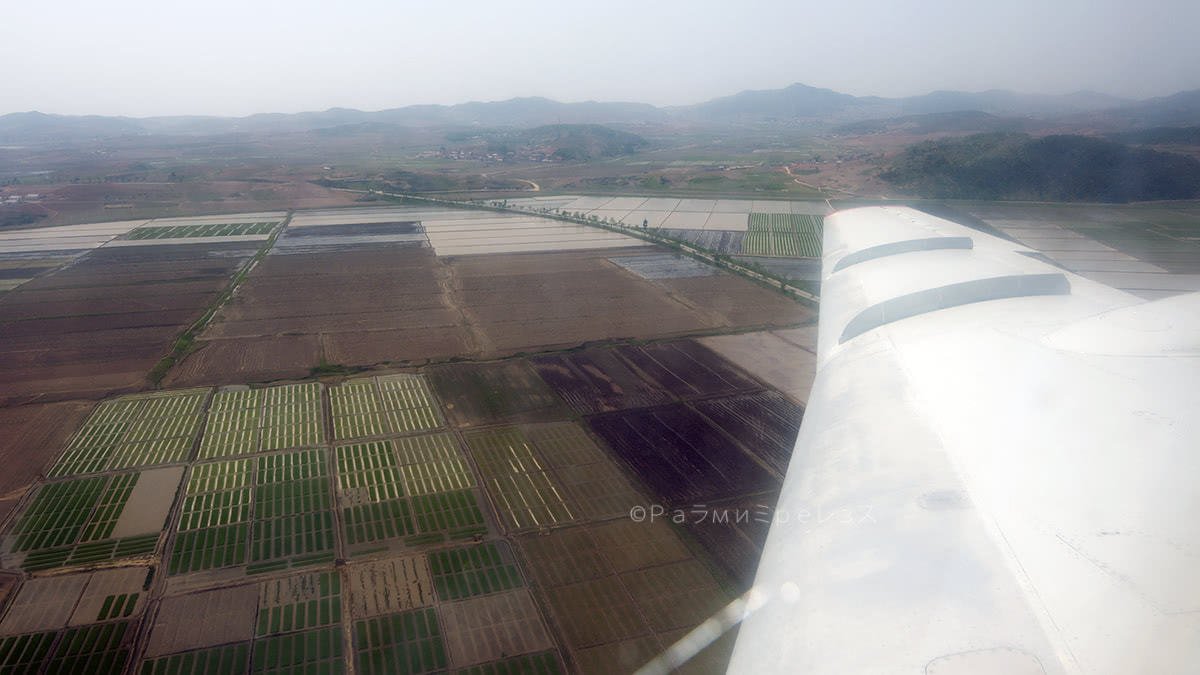
When the flight was over the crew postured for us.
They had already realised the kind of geeks they had onboard. Including the weirdo that was kissing the Aeroplane on the nose landing gear before departing Sondok.
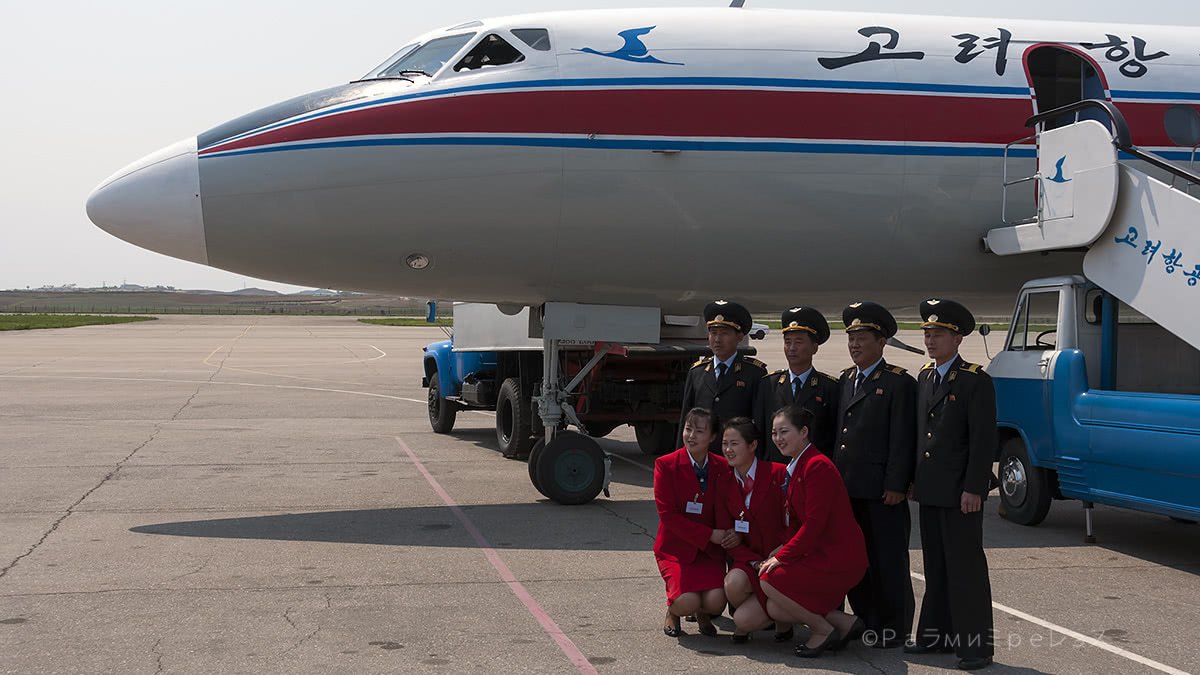
I don’t know whether they had done something like that before or not, but I could tell they were enjoying it. I didn’t feel like they were faking it, but what do I know.
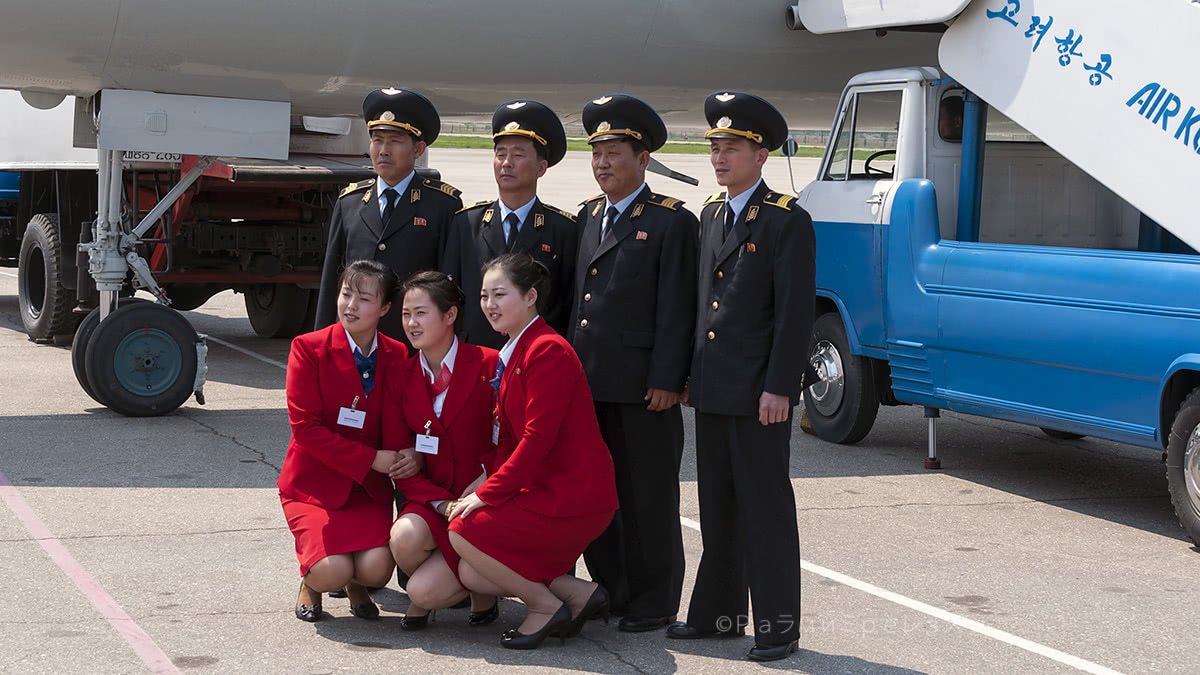
But as soon as the photo session was over they kicked us out rather quickly. A Tupolev Tu-204 was arriving, and they already knew what that meant with us.
I think they didn’t want us loitering around, more so taking into account it was a regular scheduled passenger flight. So yeah, out we had to go, and out we went.
And well, we were on our way to the capital again. But not before showing you some additional photos of the flight between Sondok and Pyongyang, right in the gallery below.
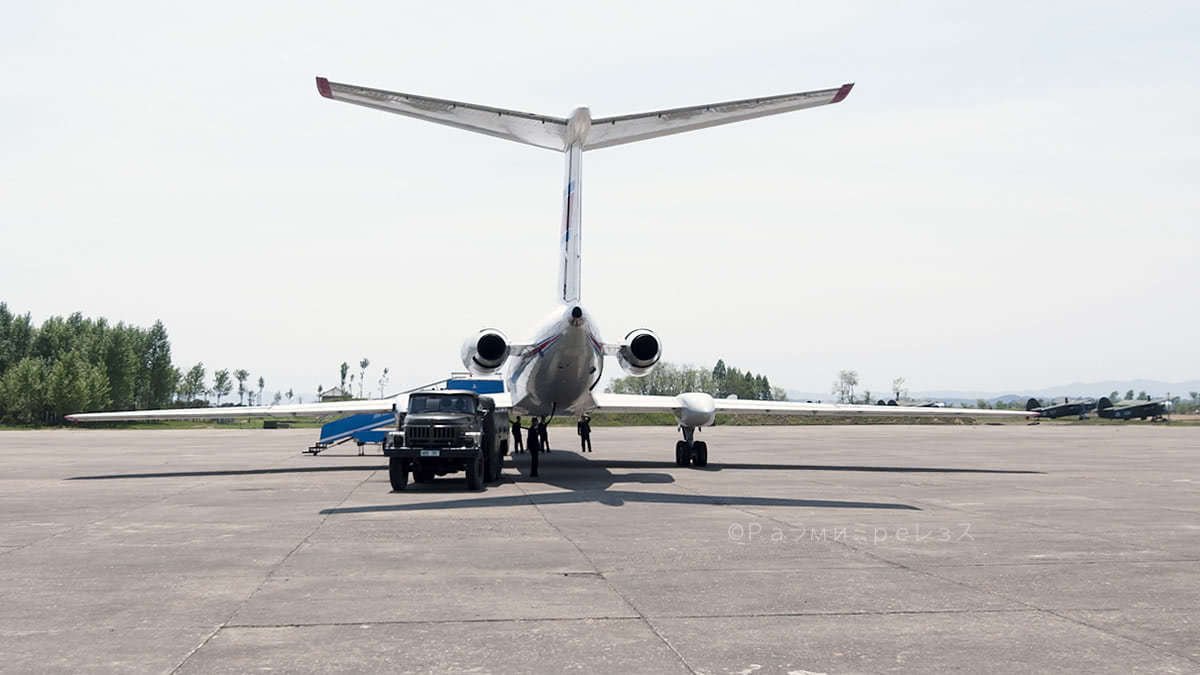
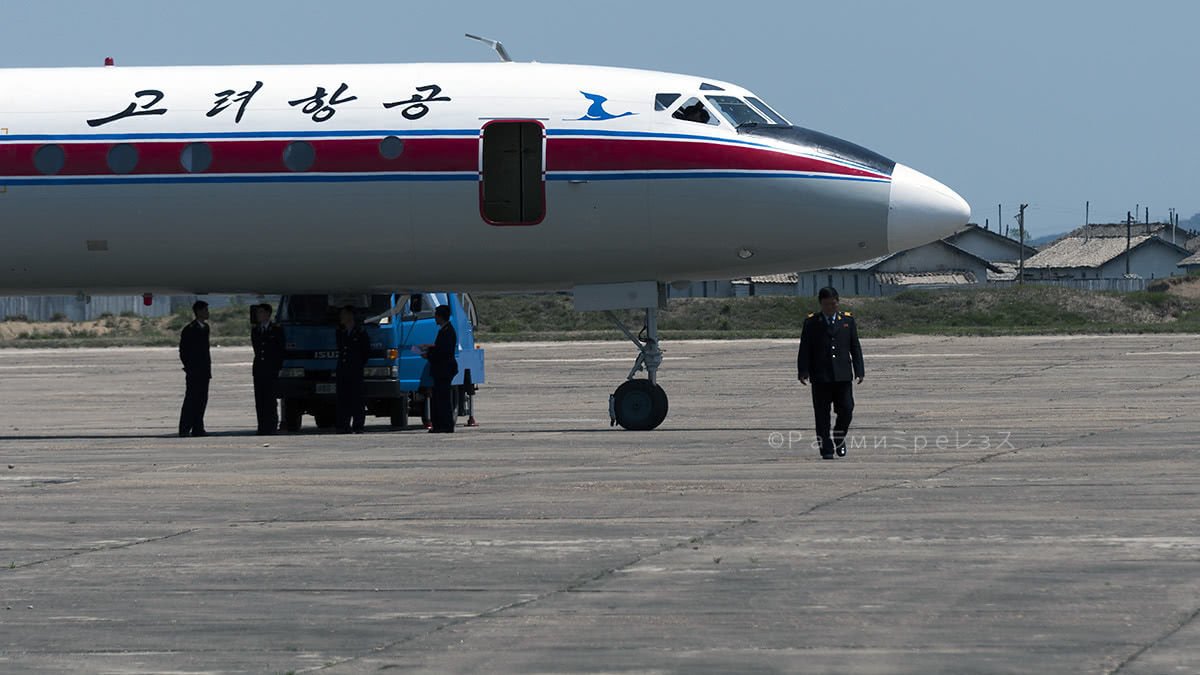
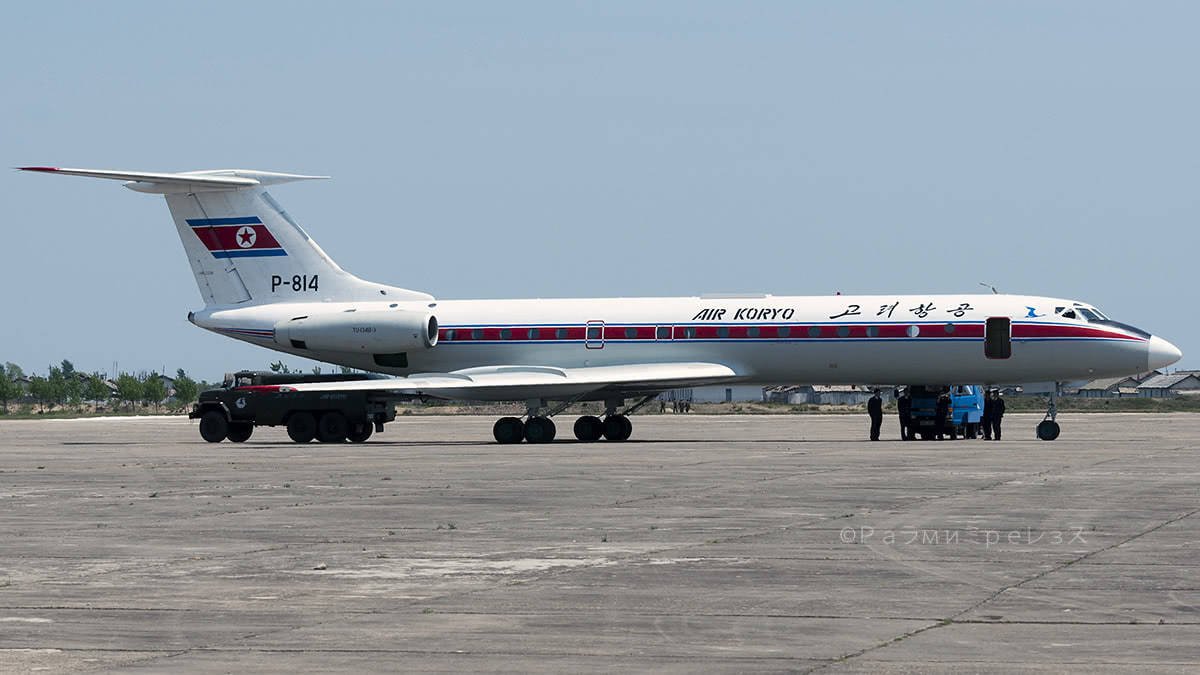
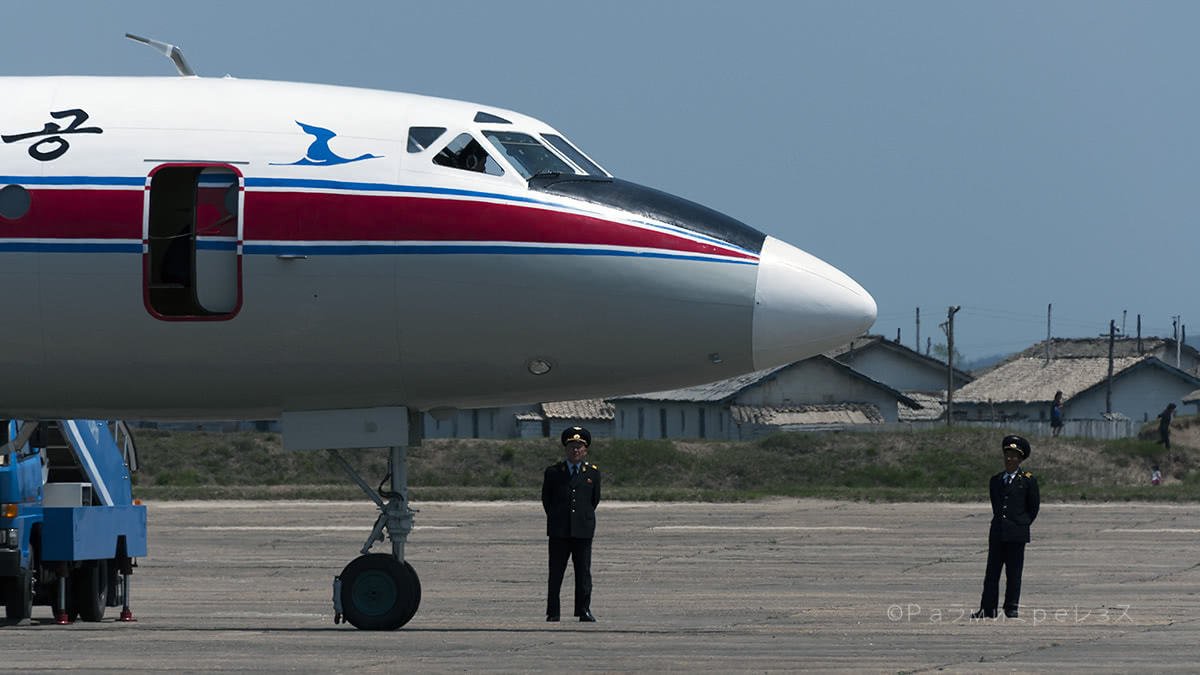
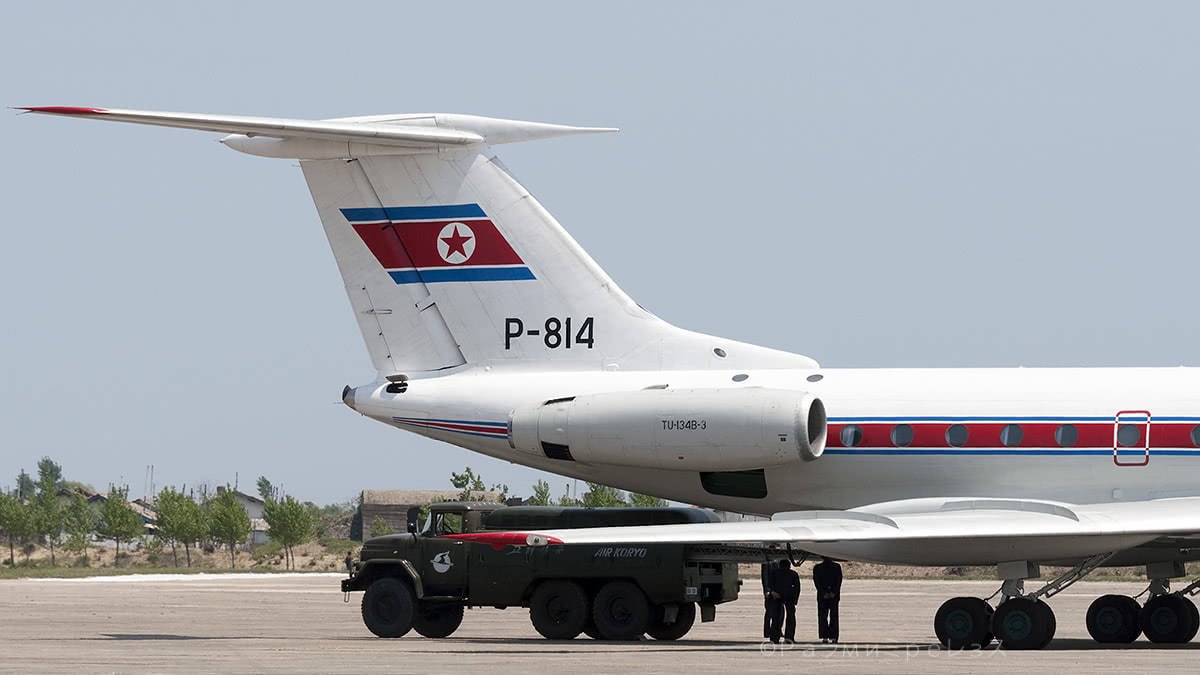
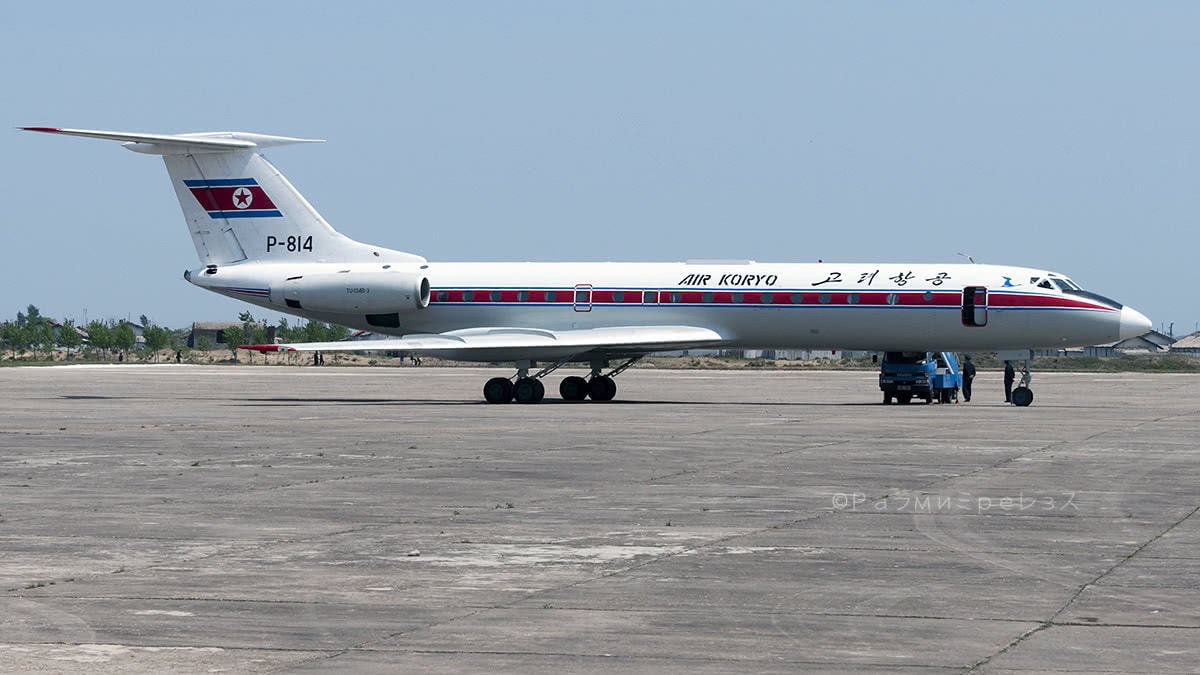
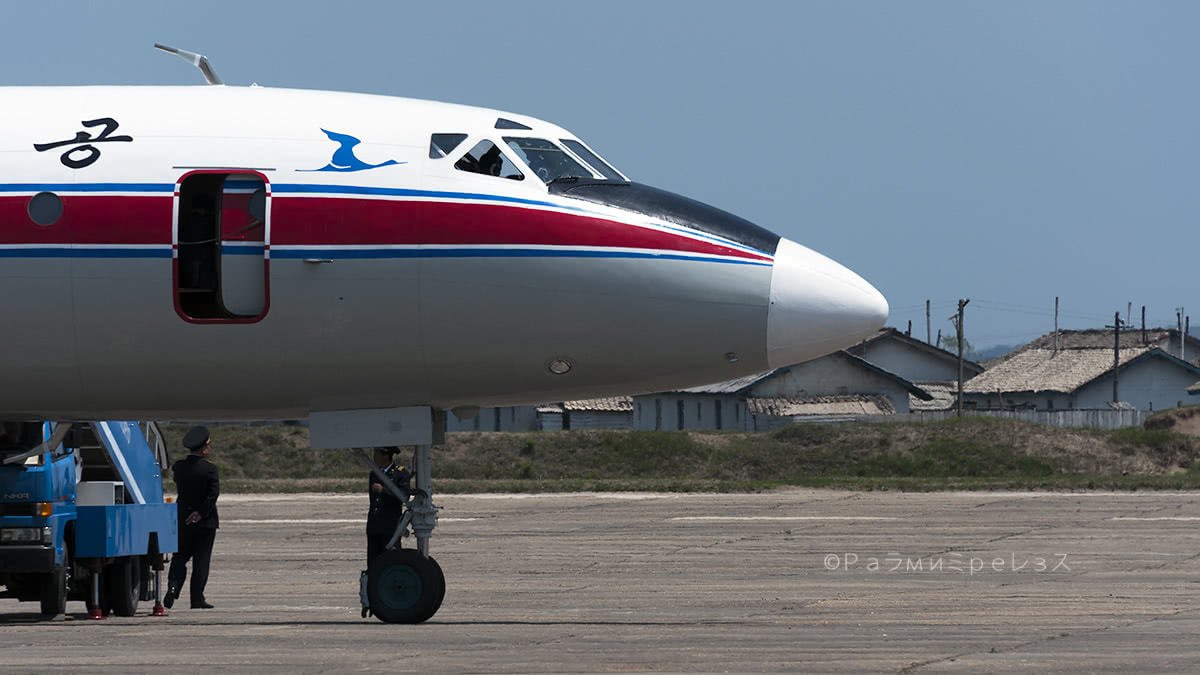
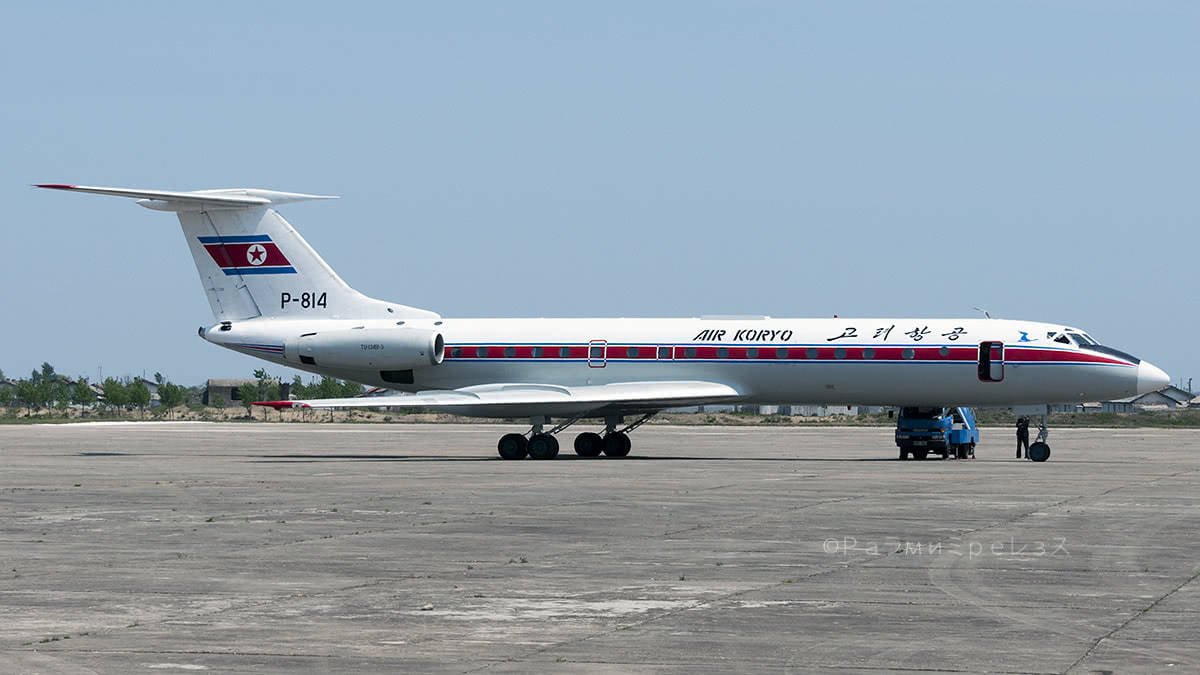
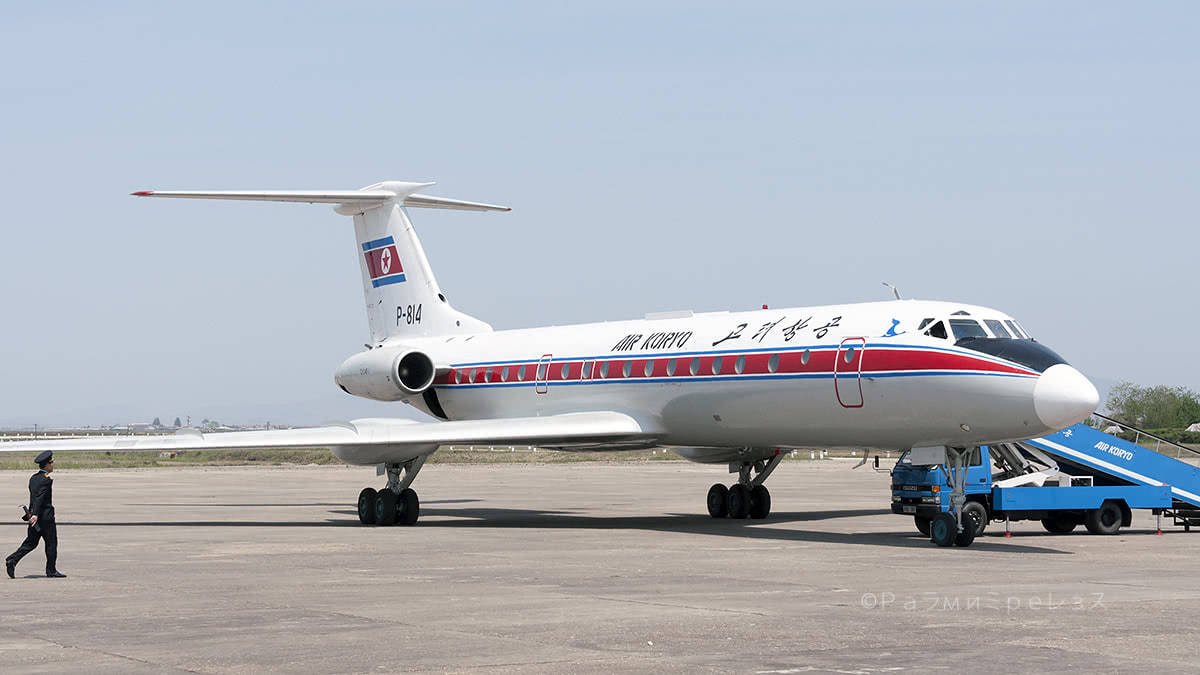
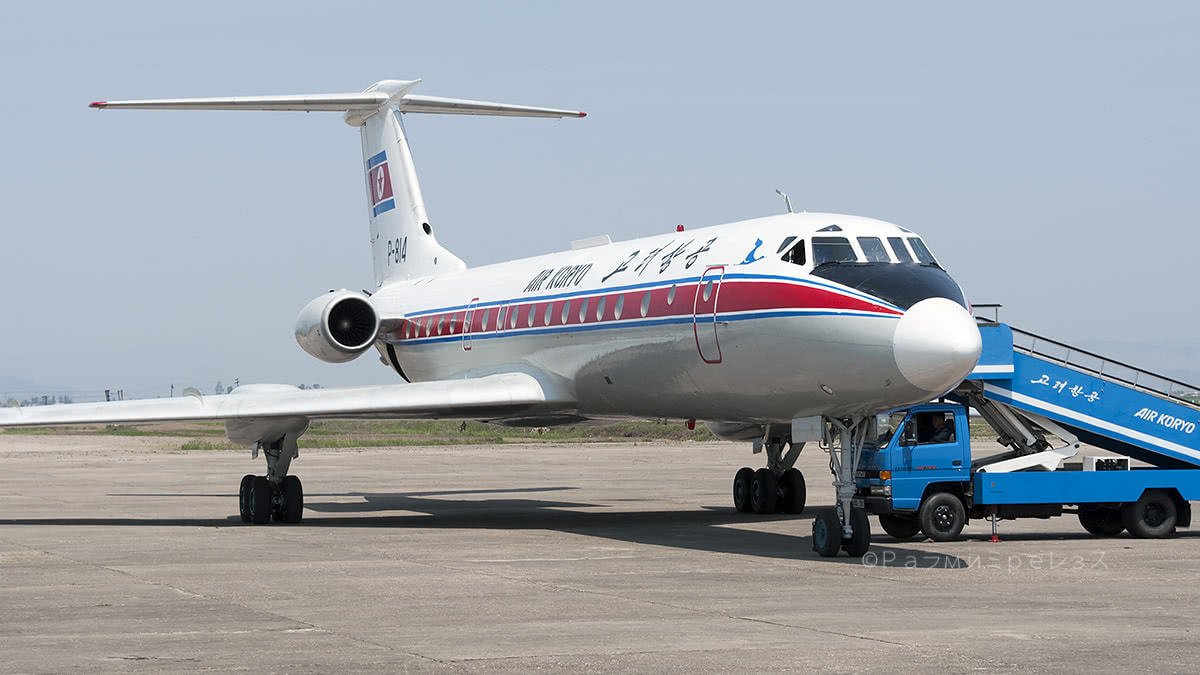
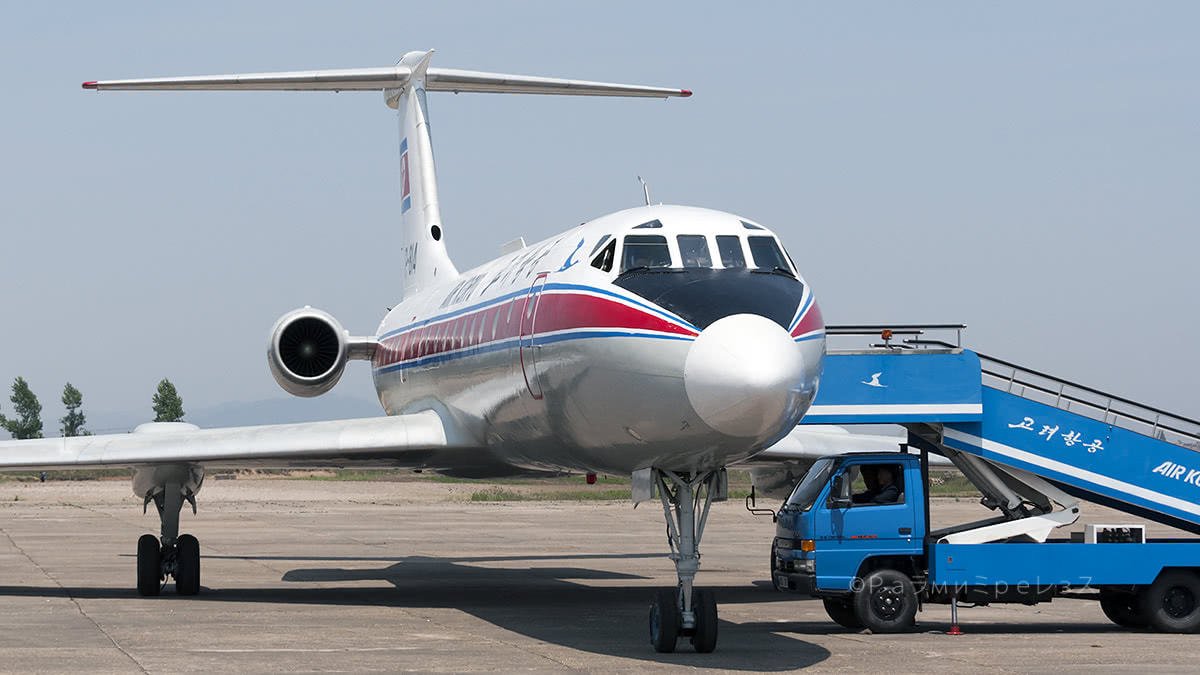
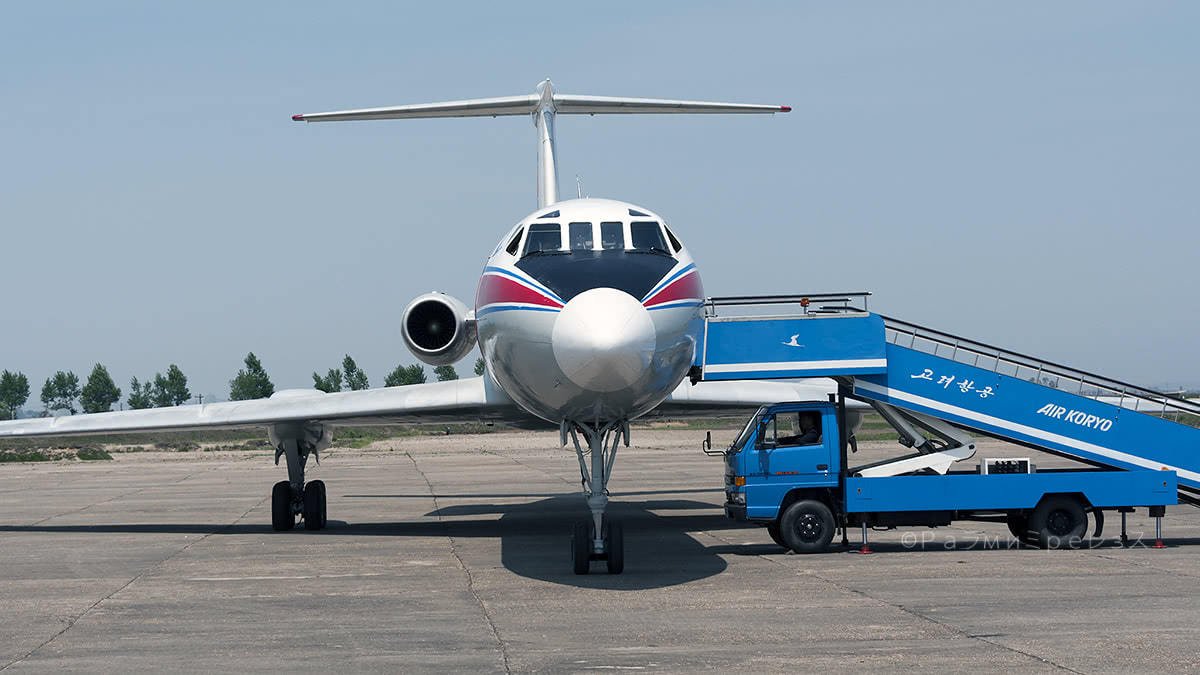
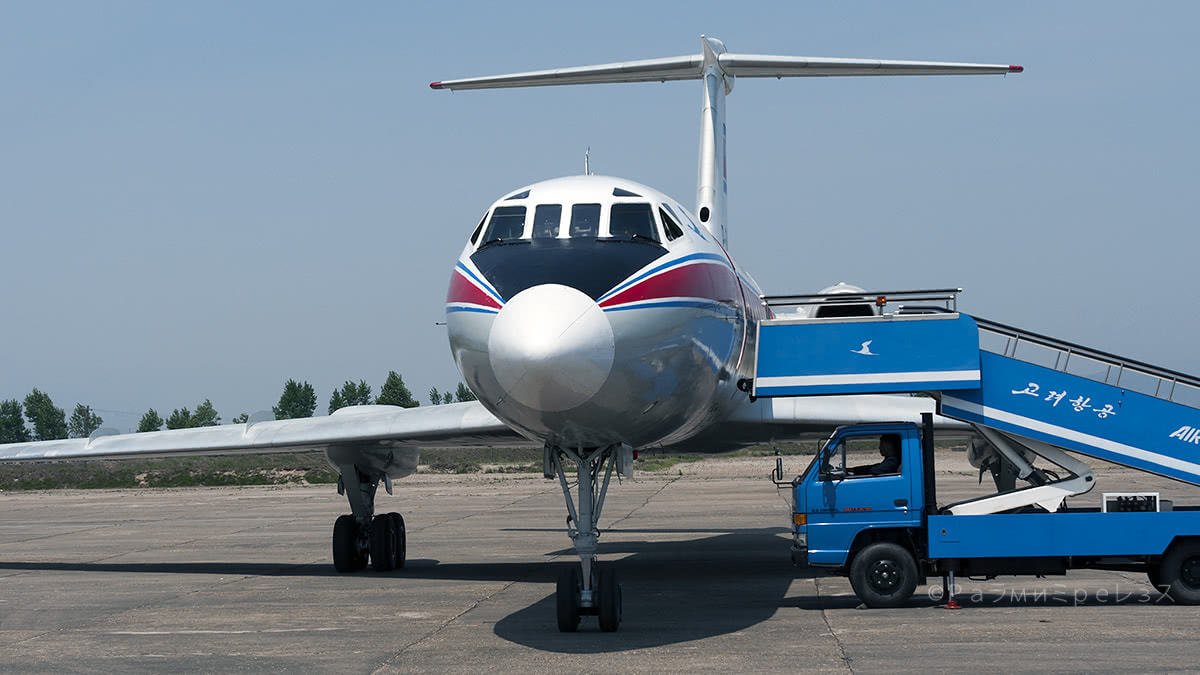
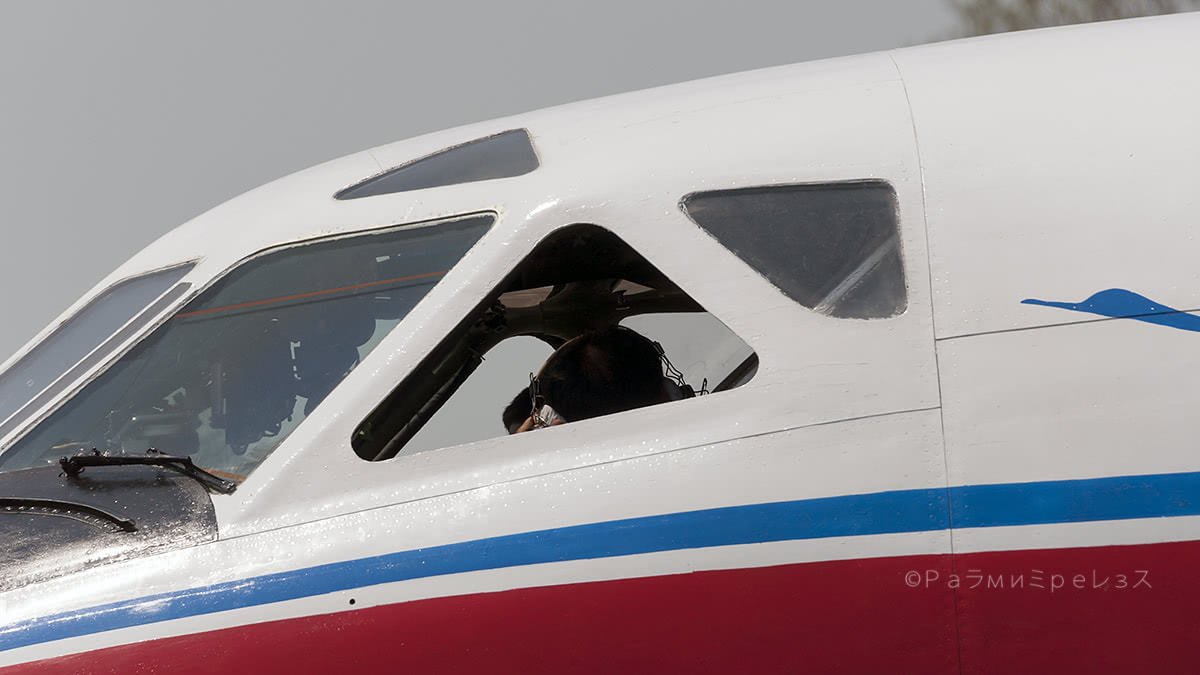

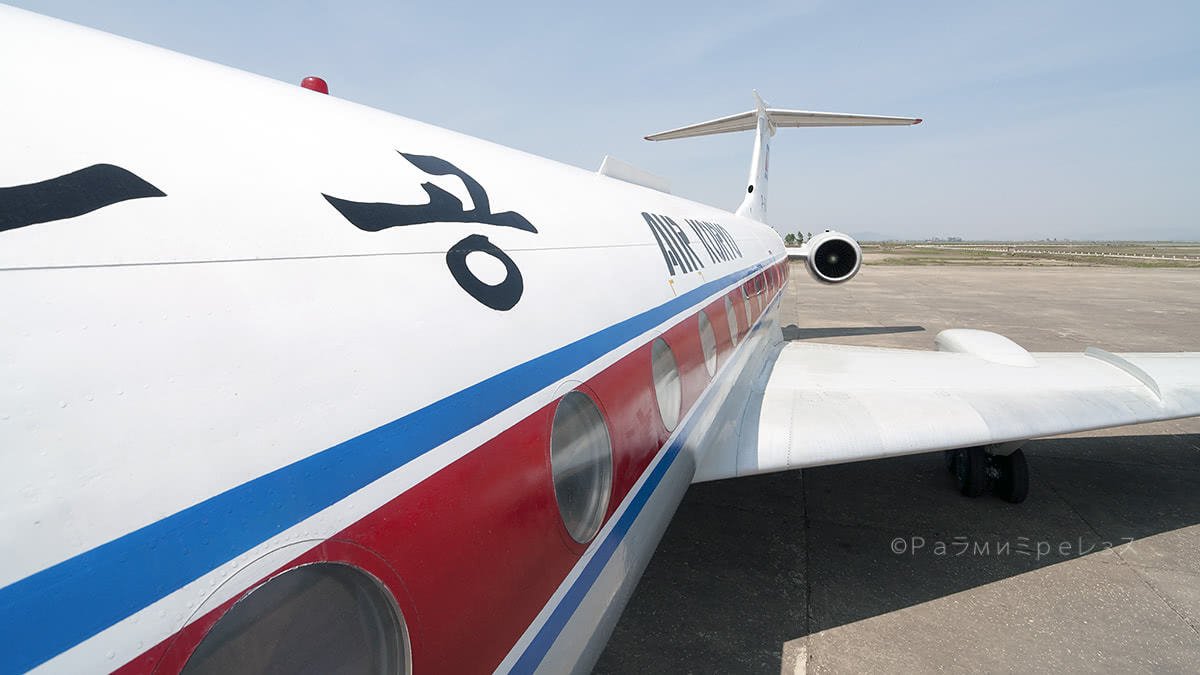
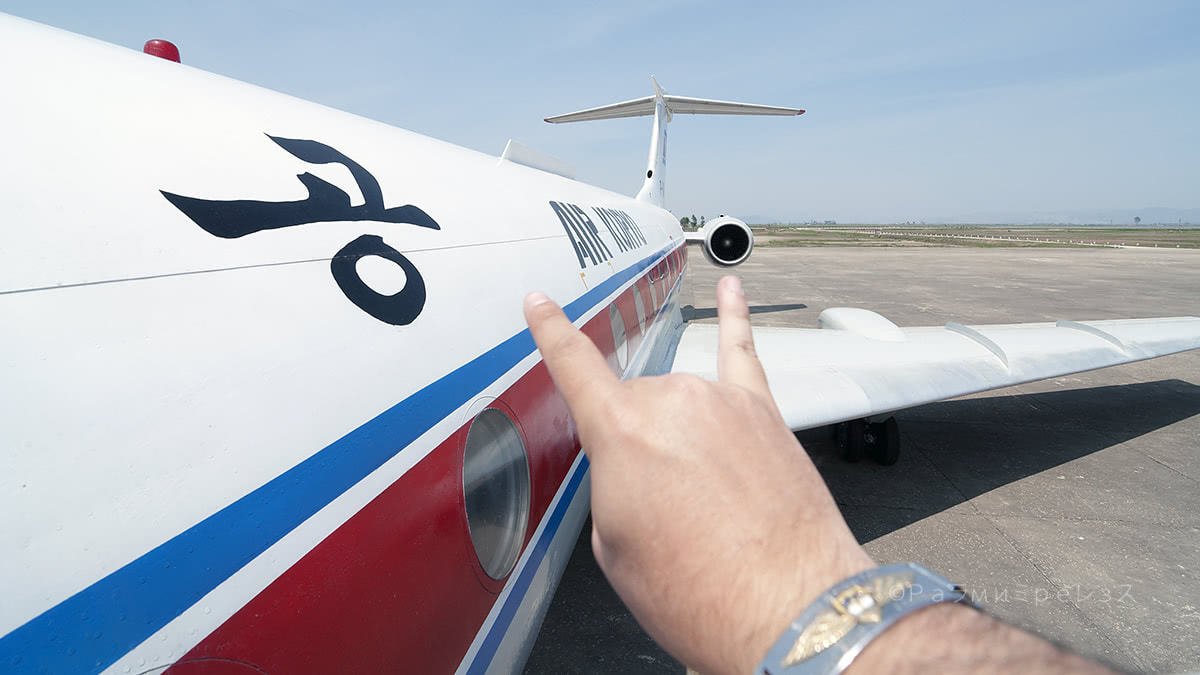
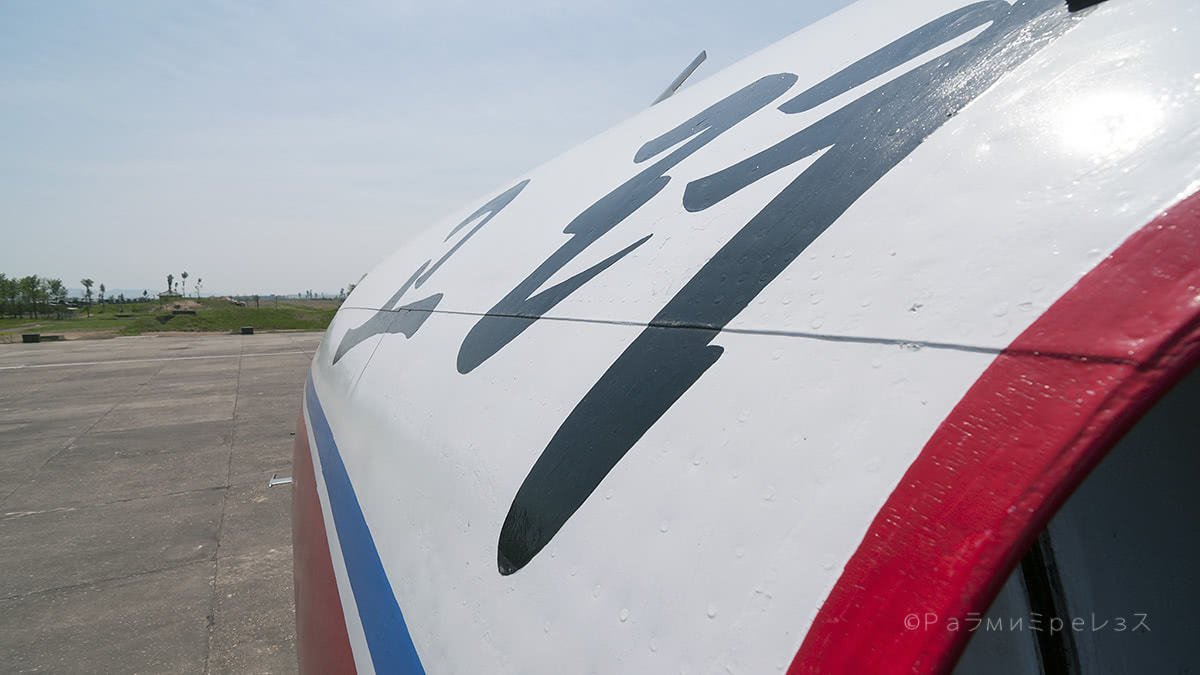
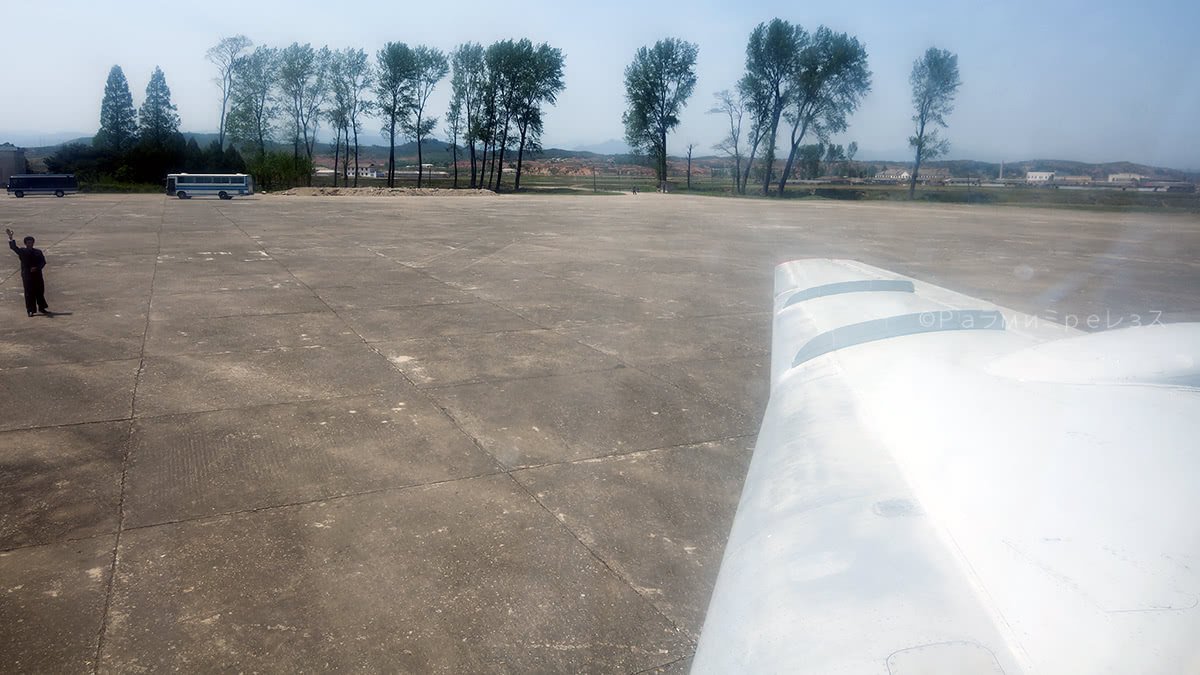

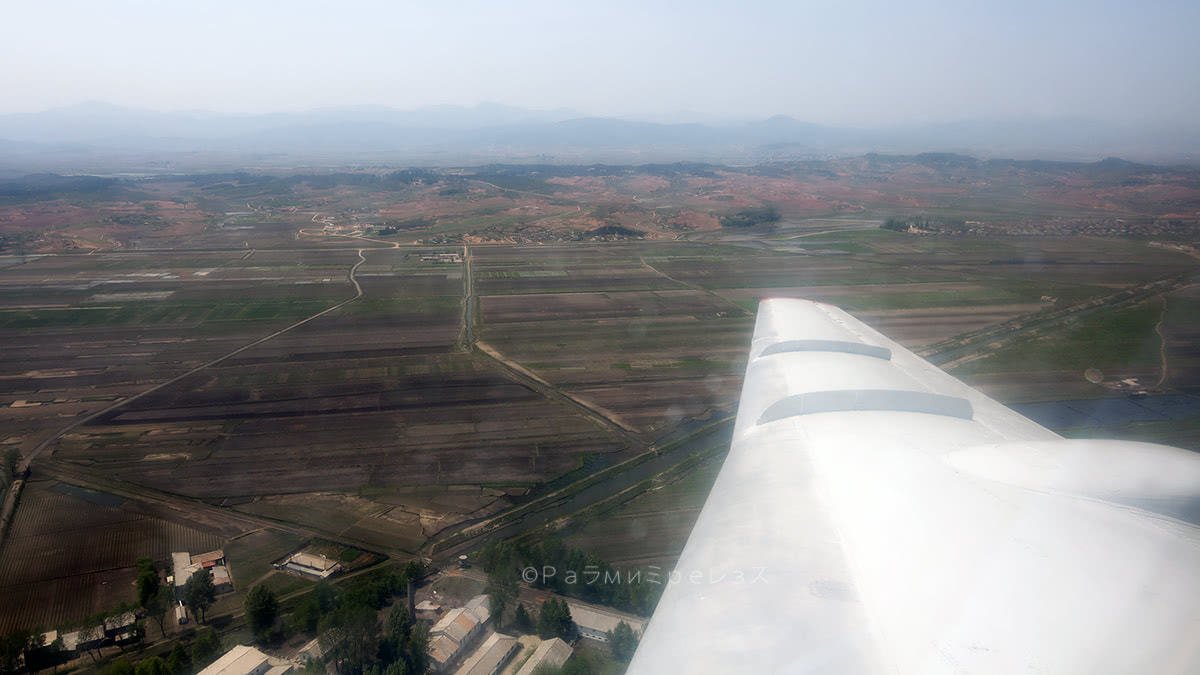
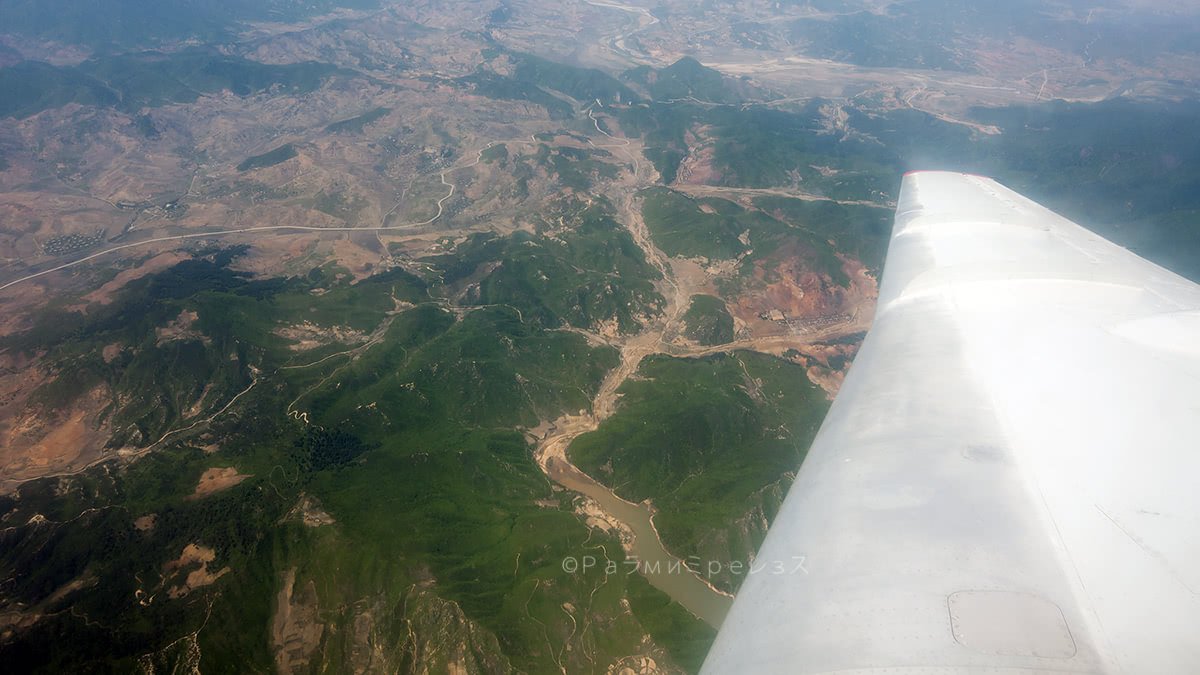
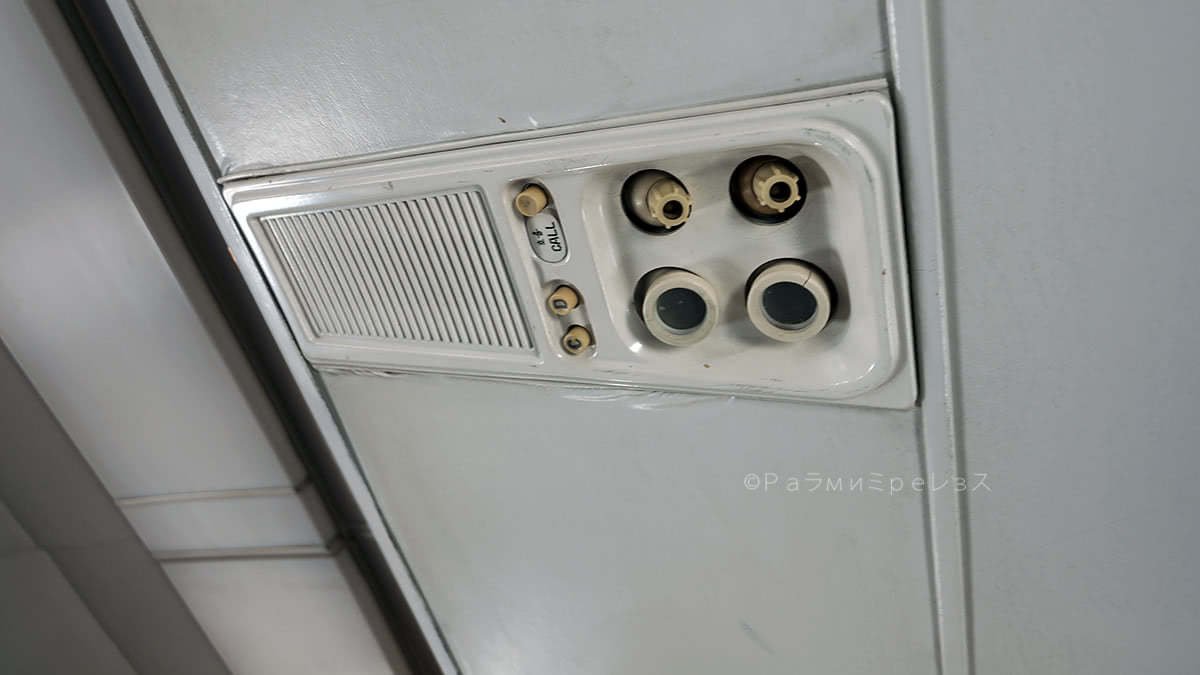
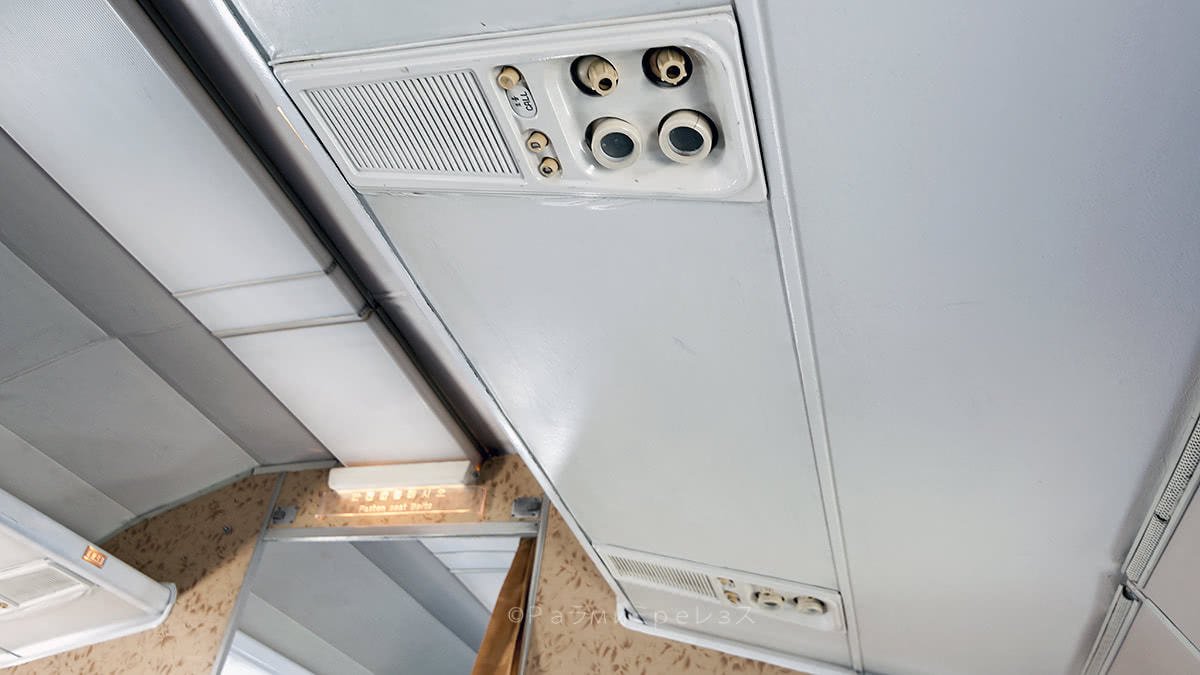
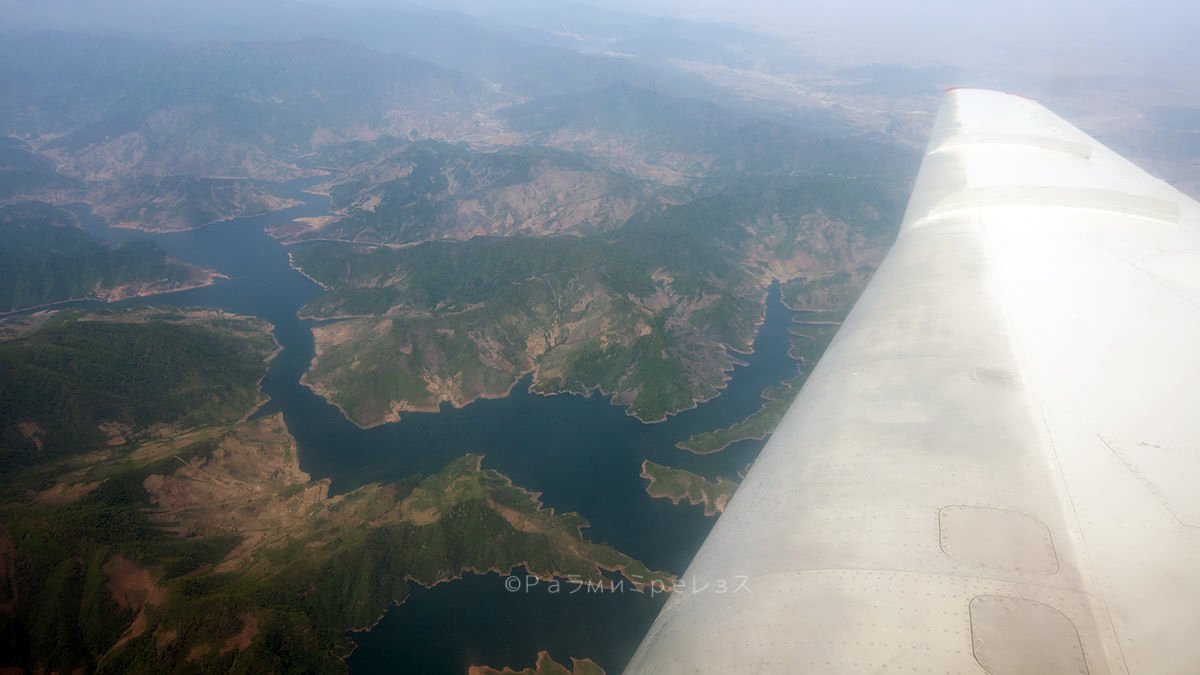
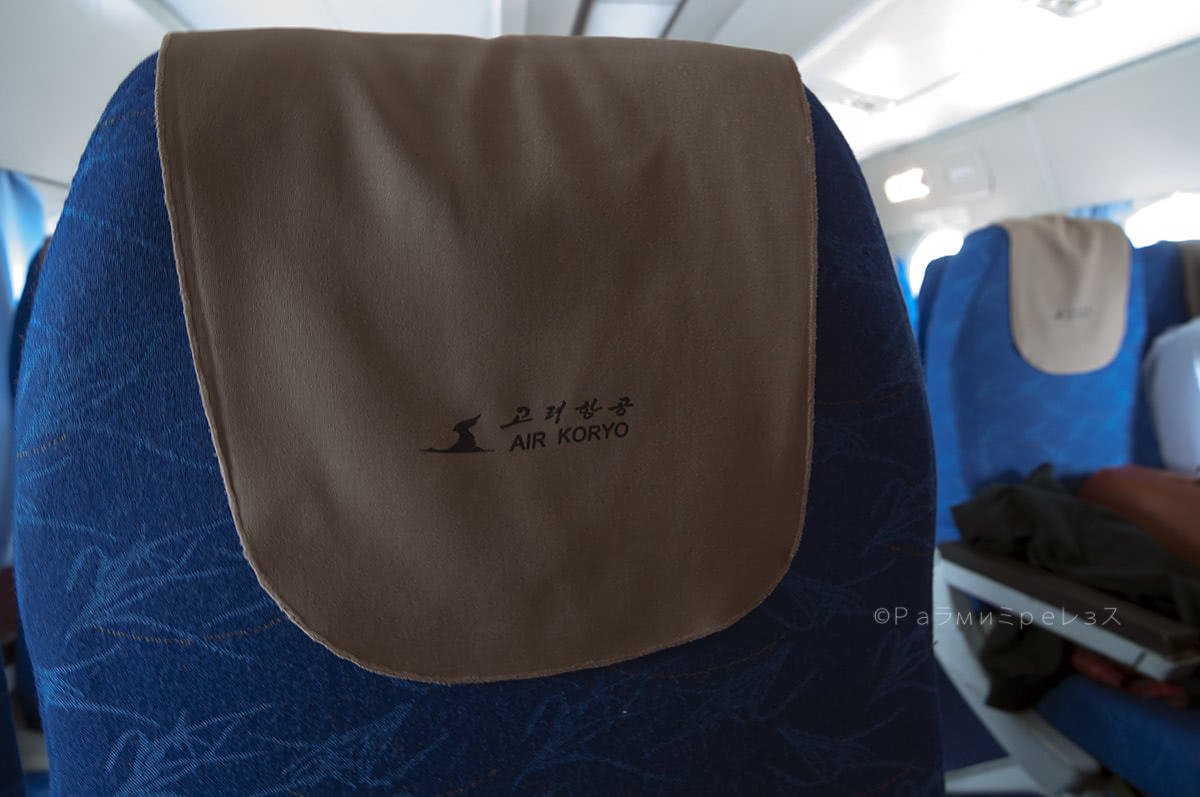
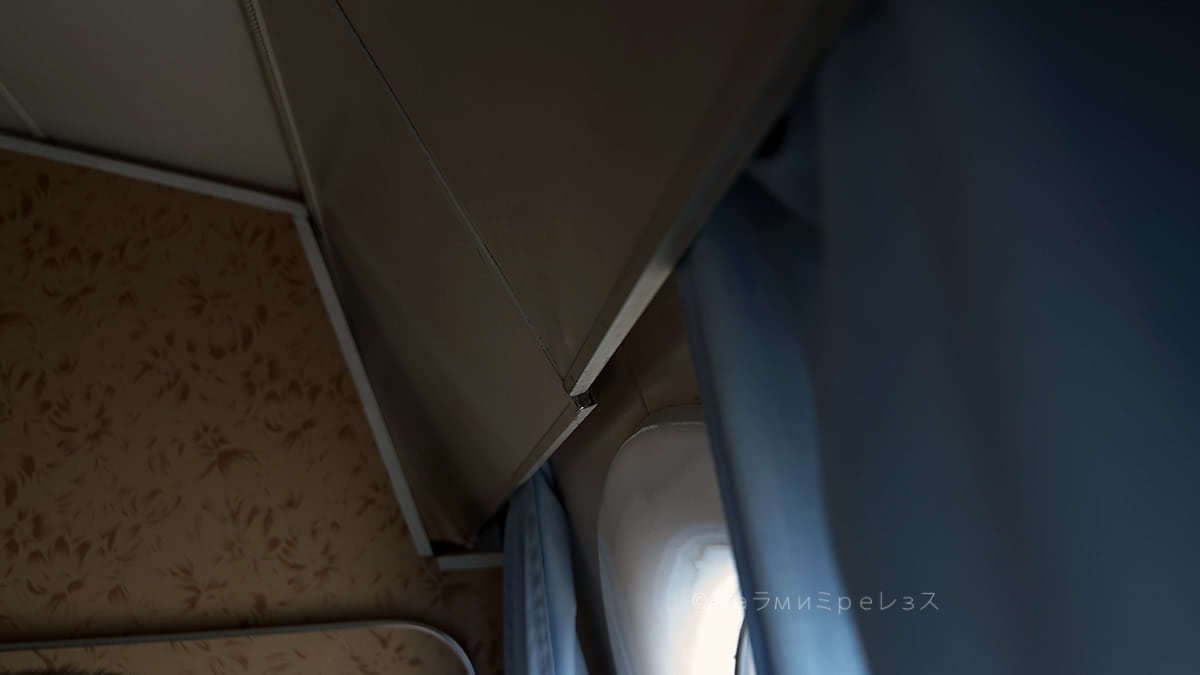
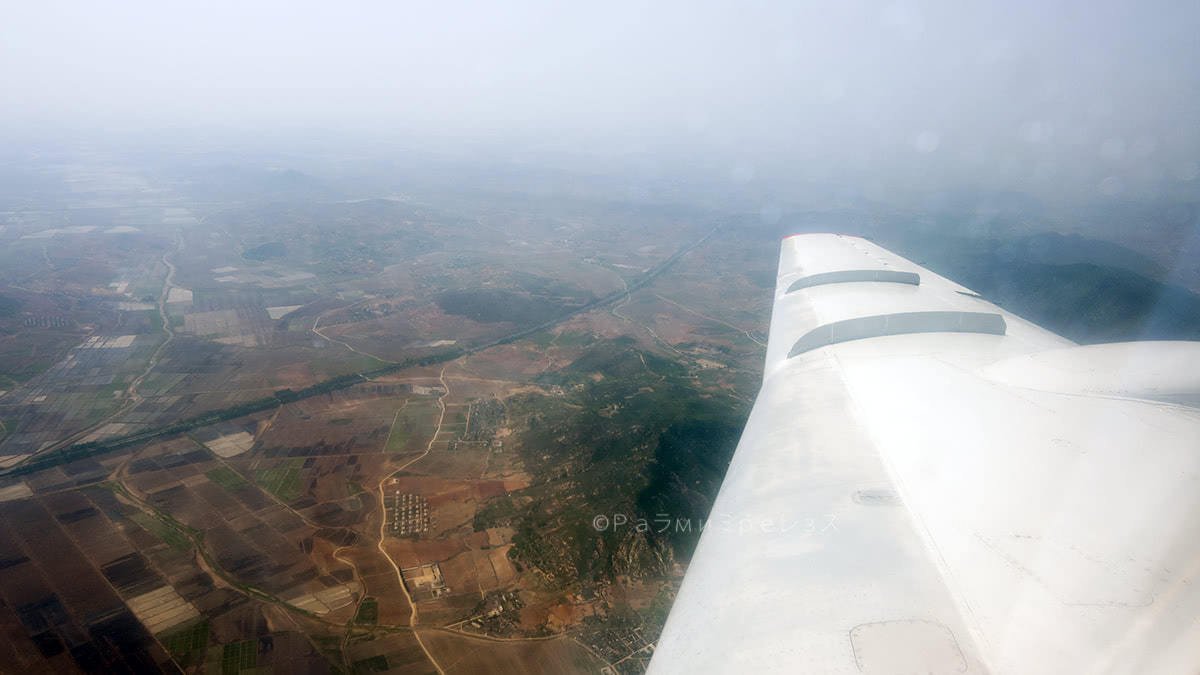
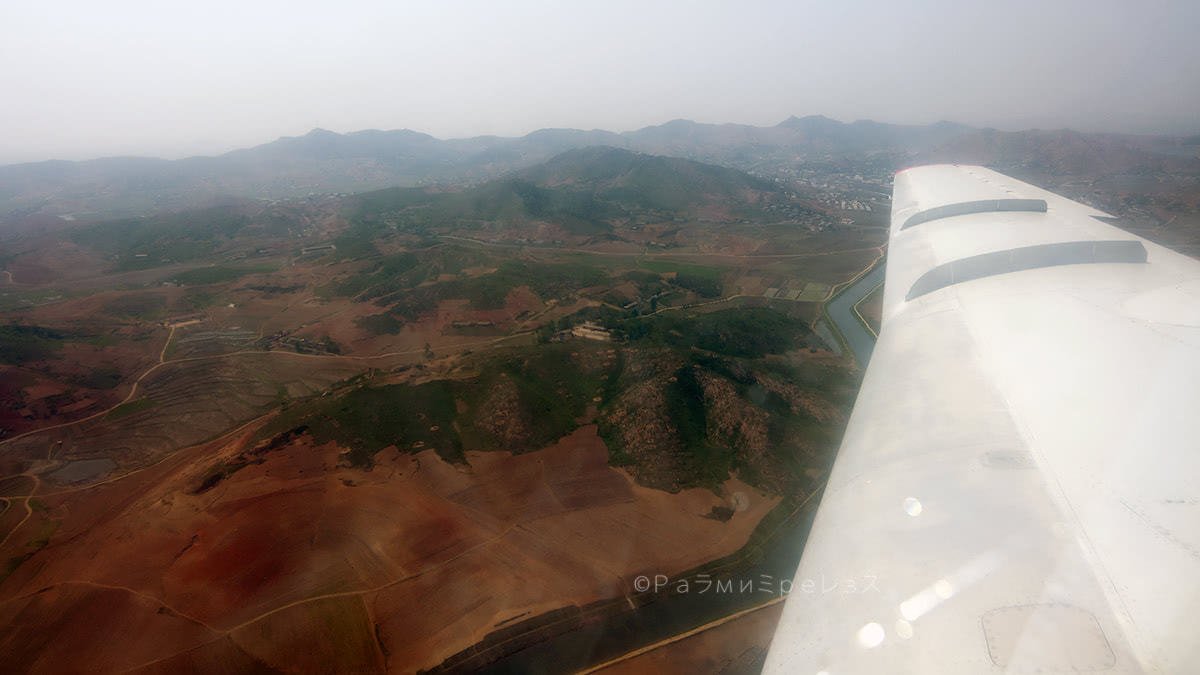
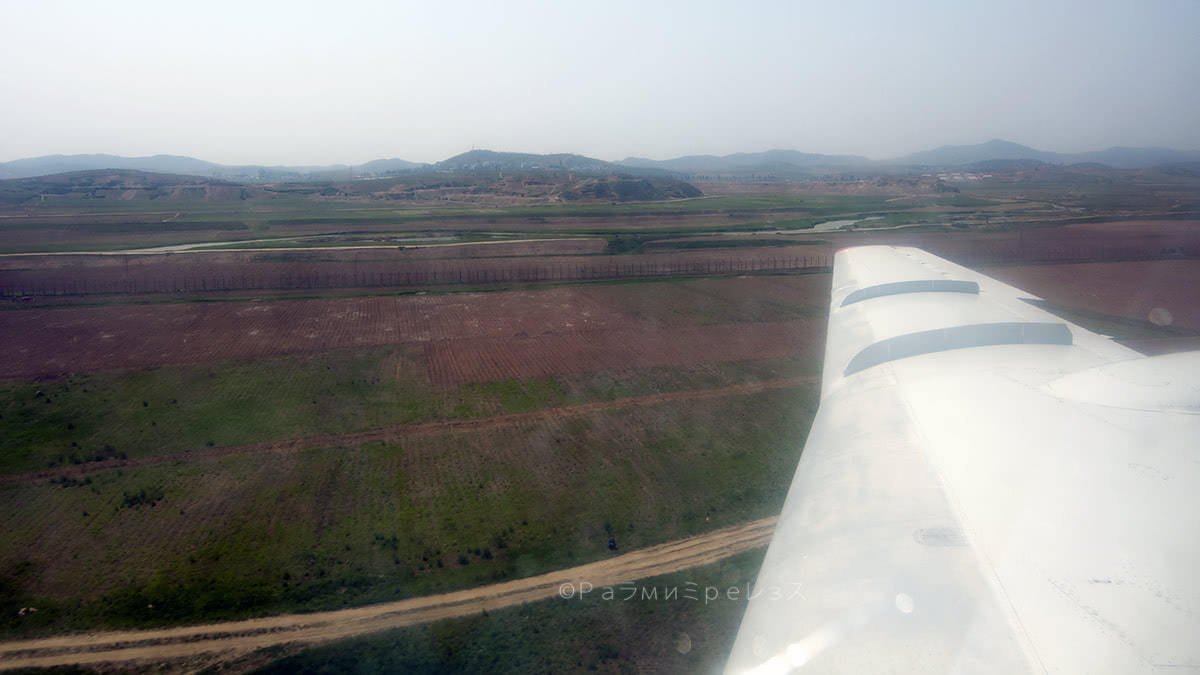

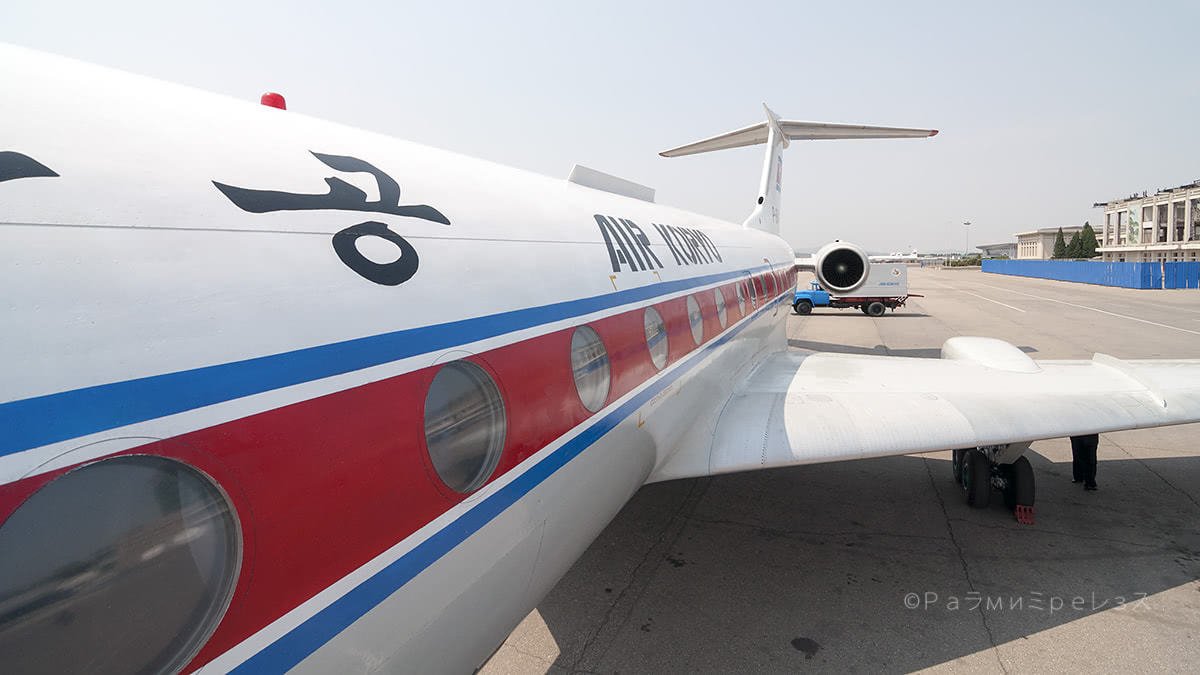
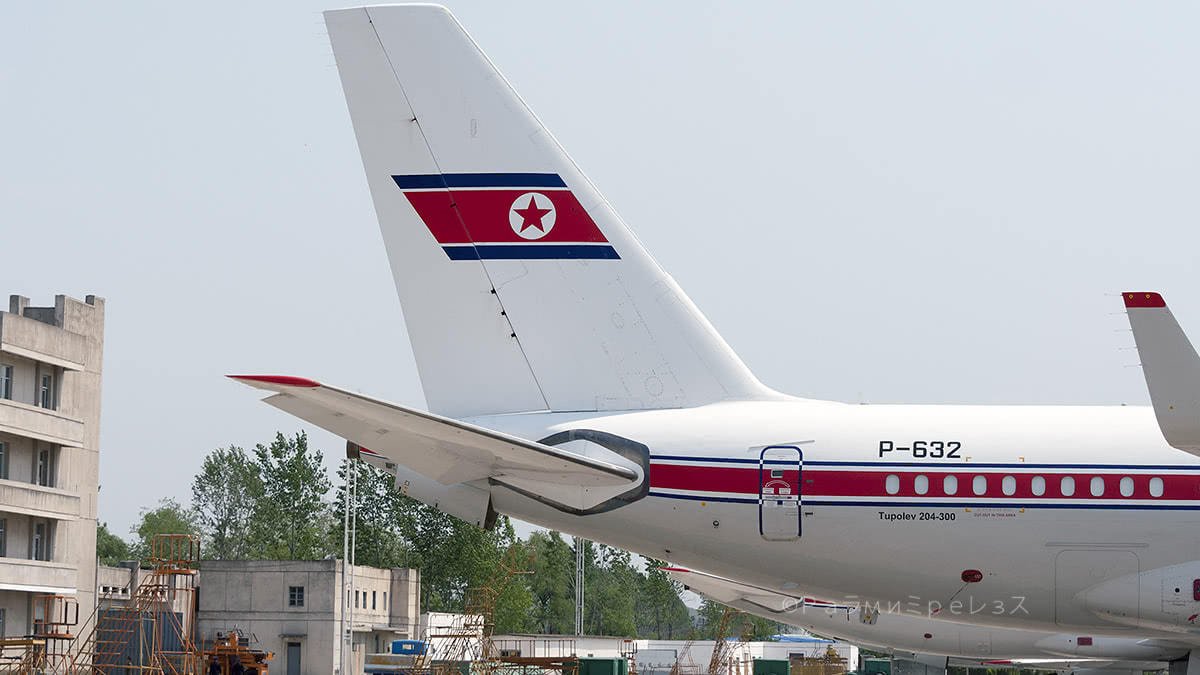
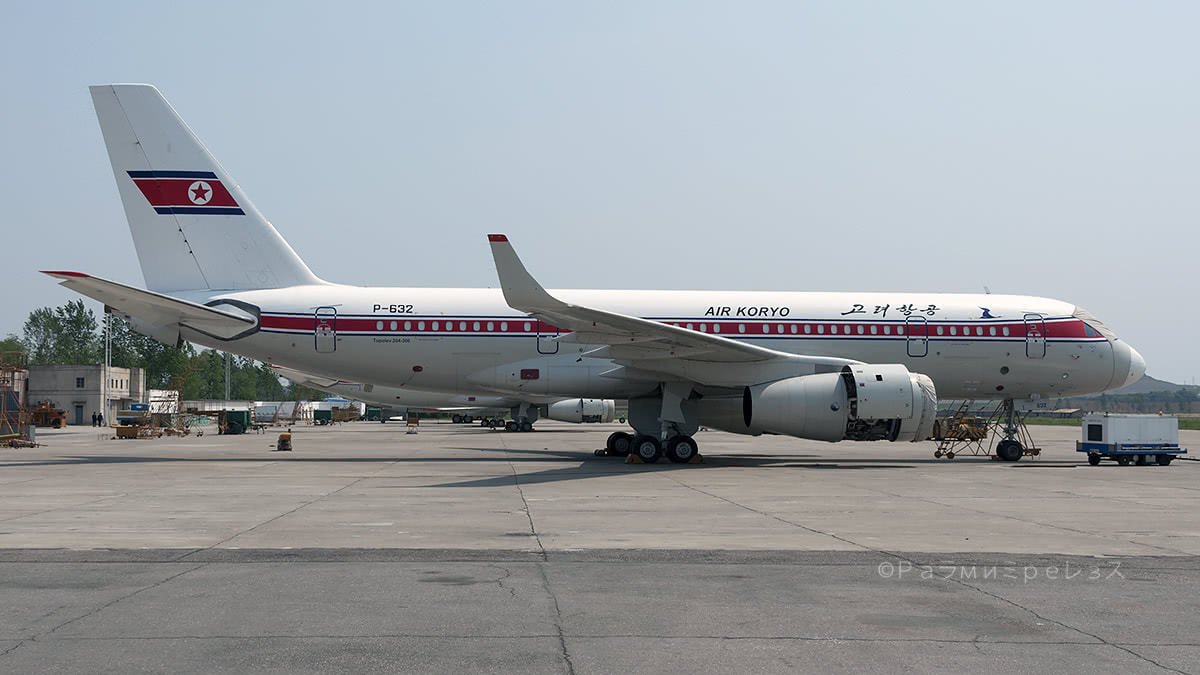
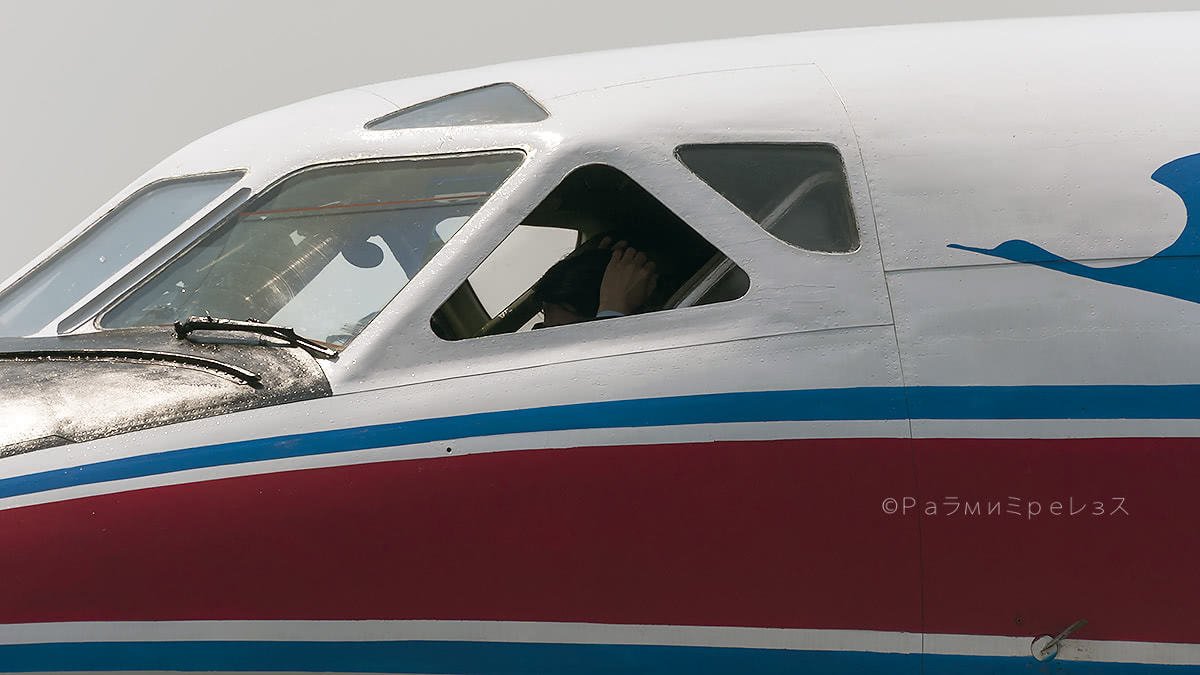
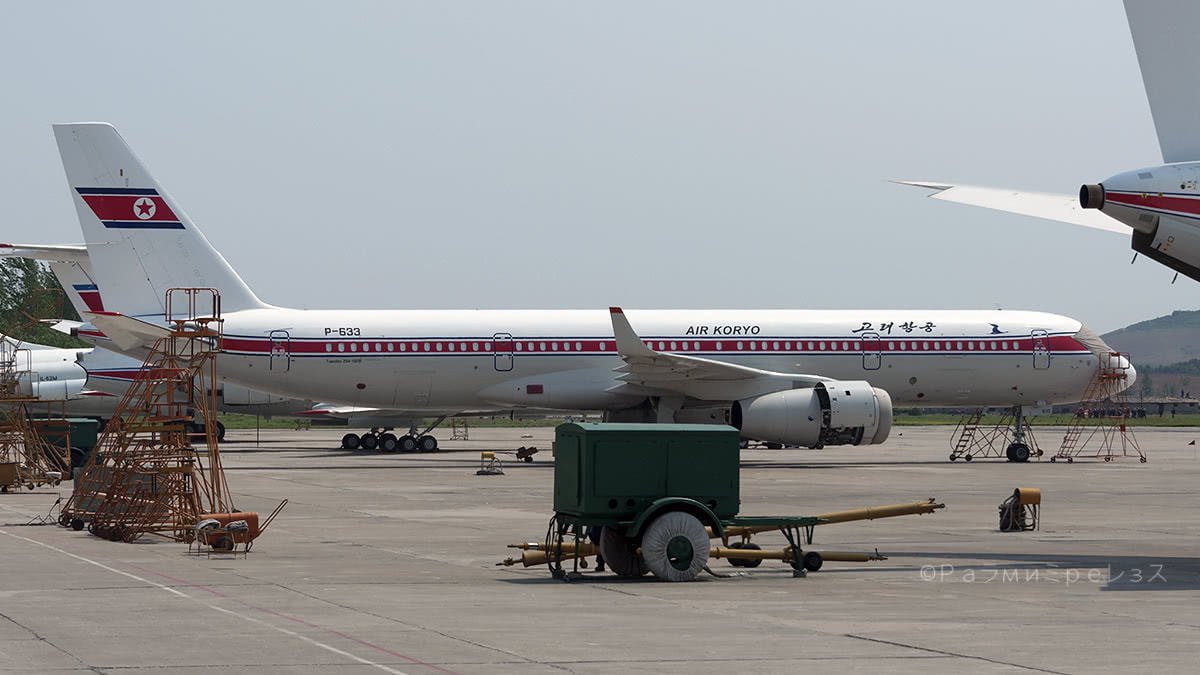
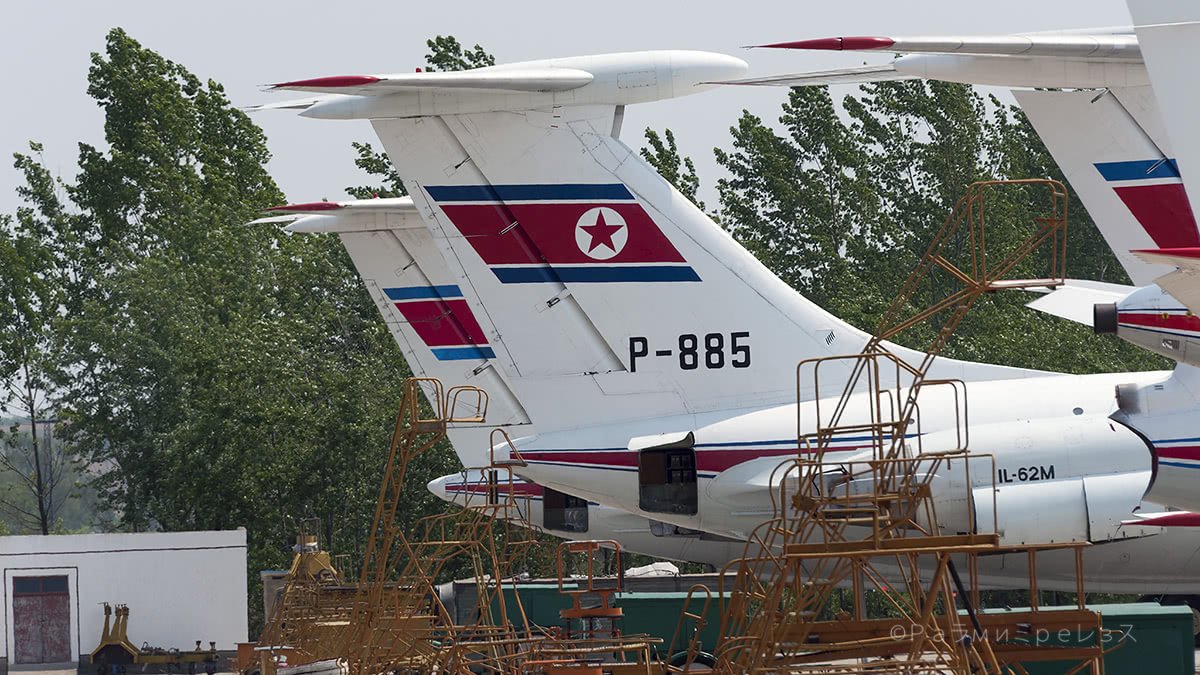
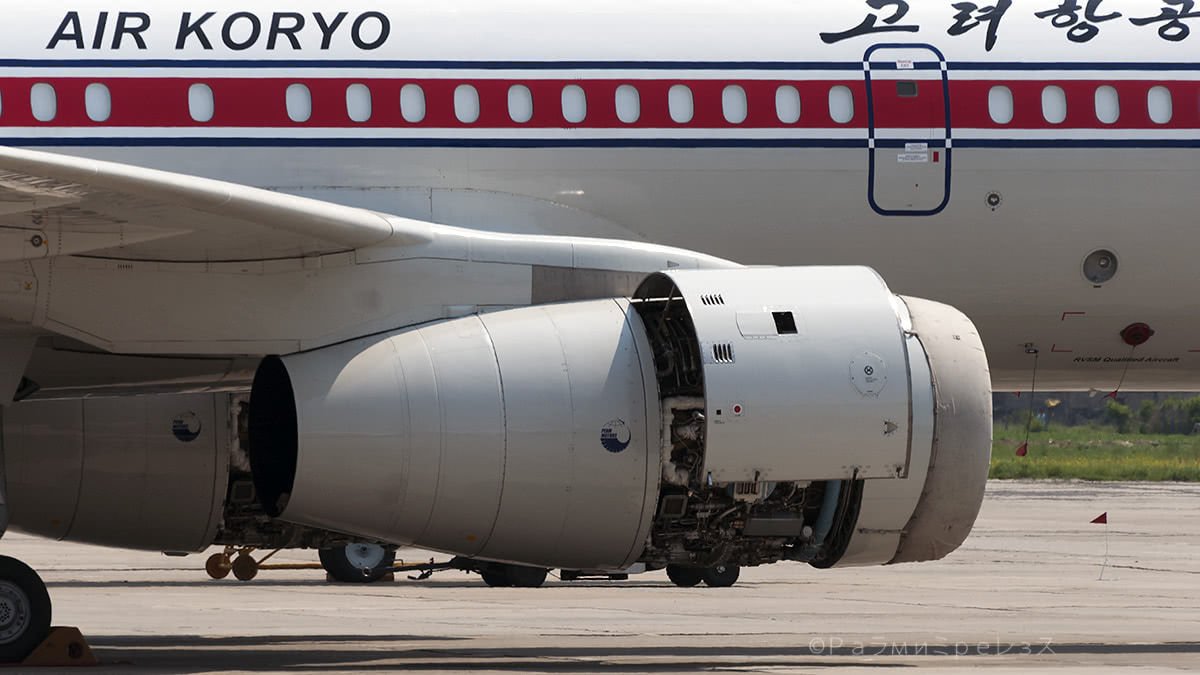
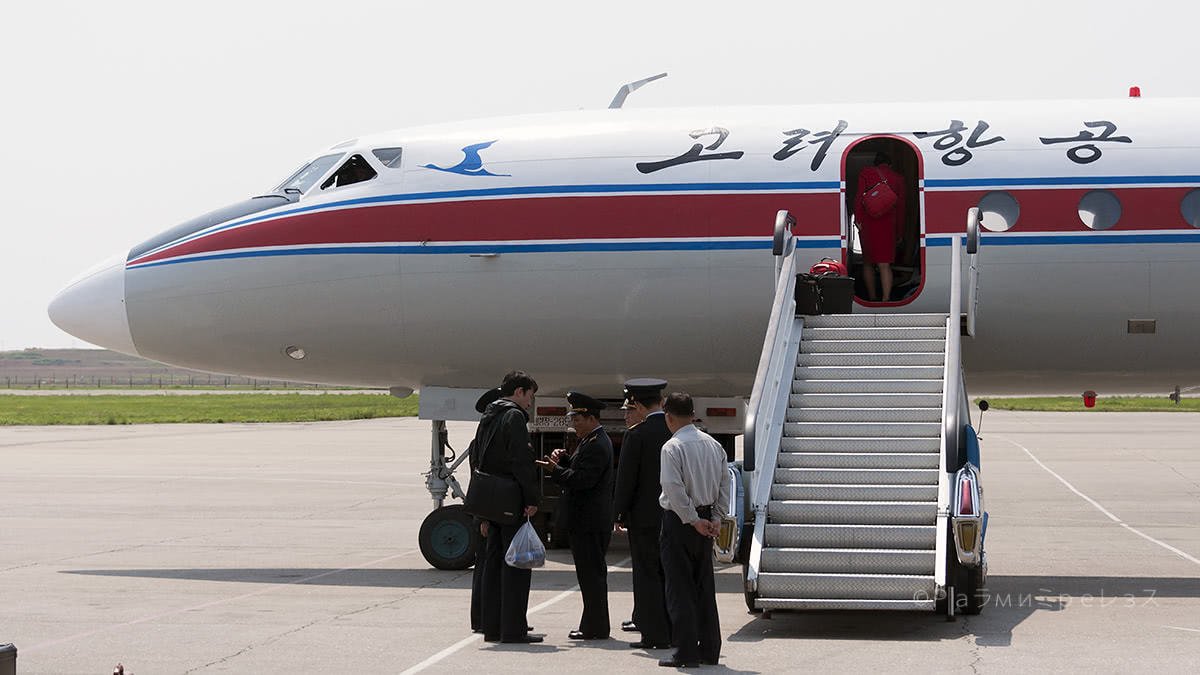
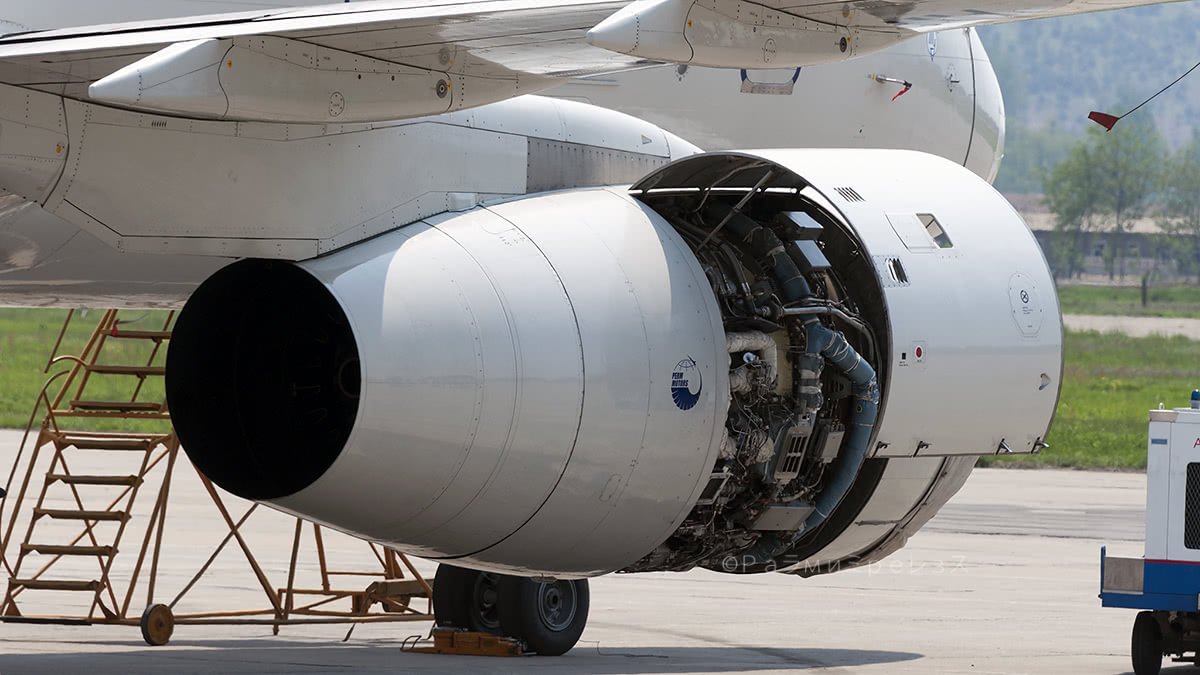
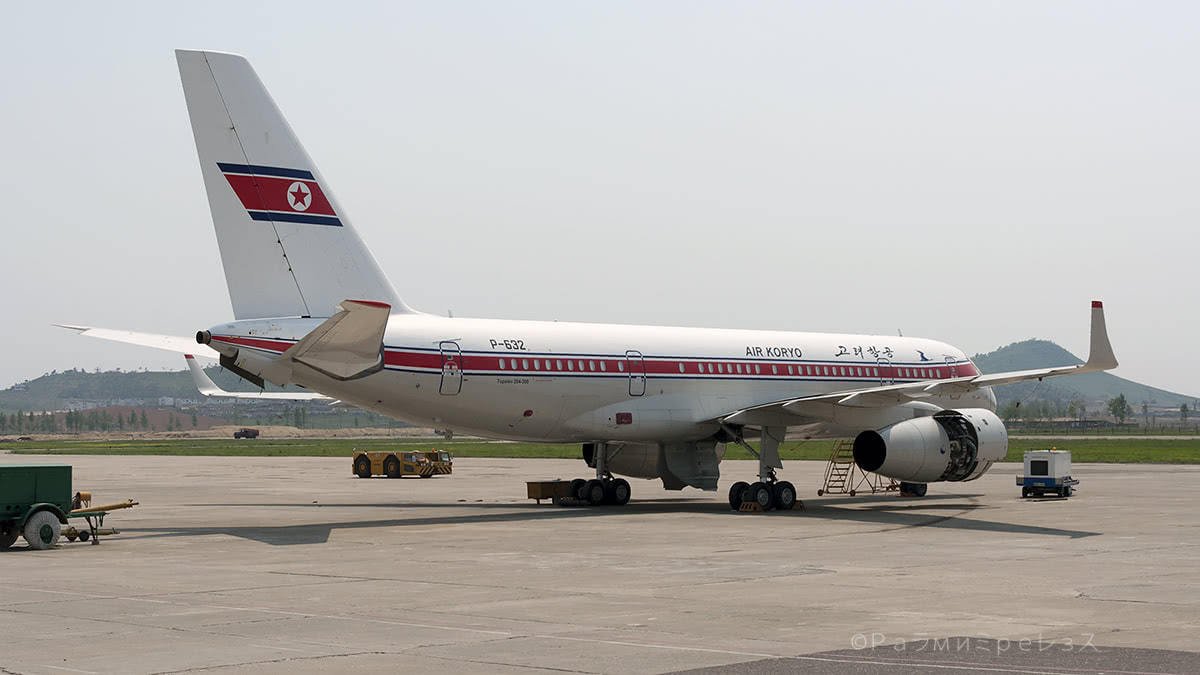
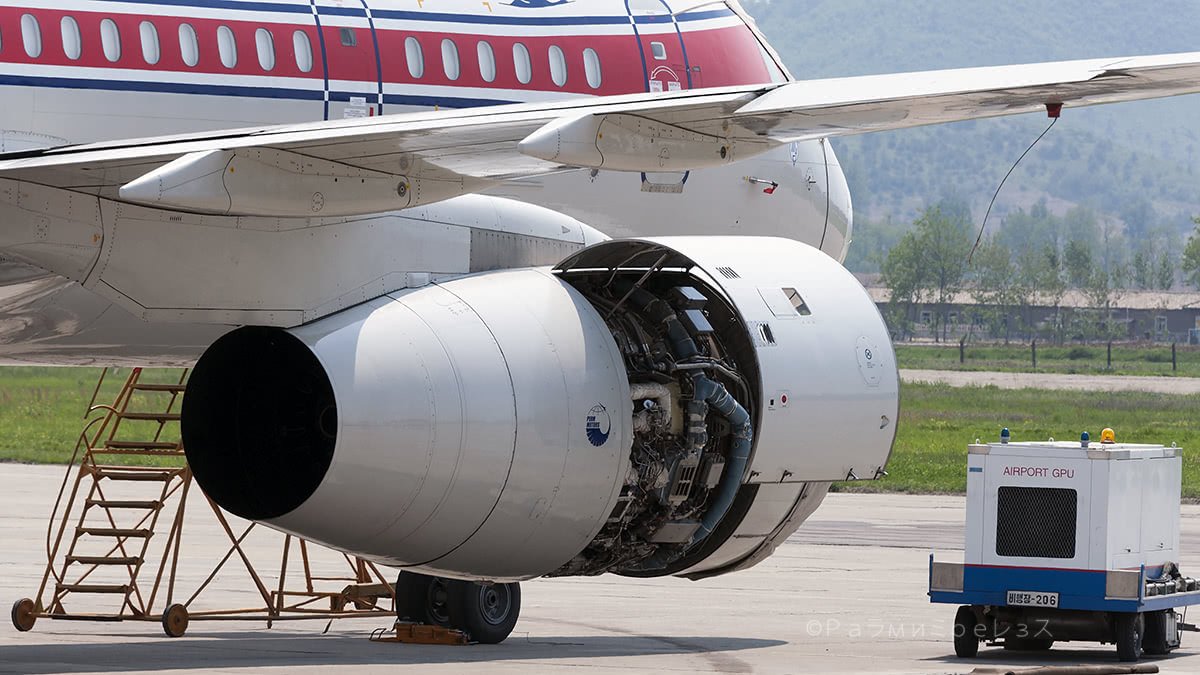
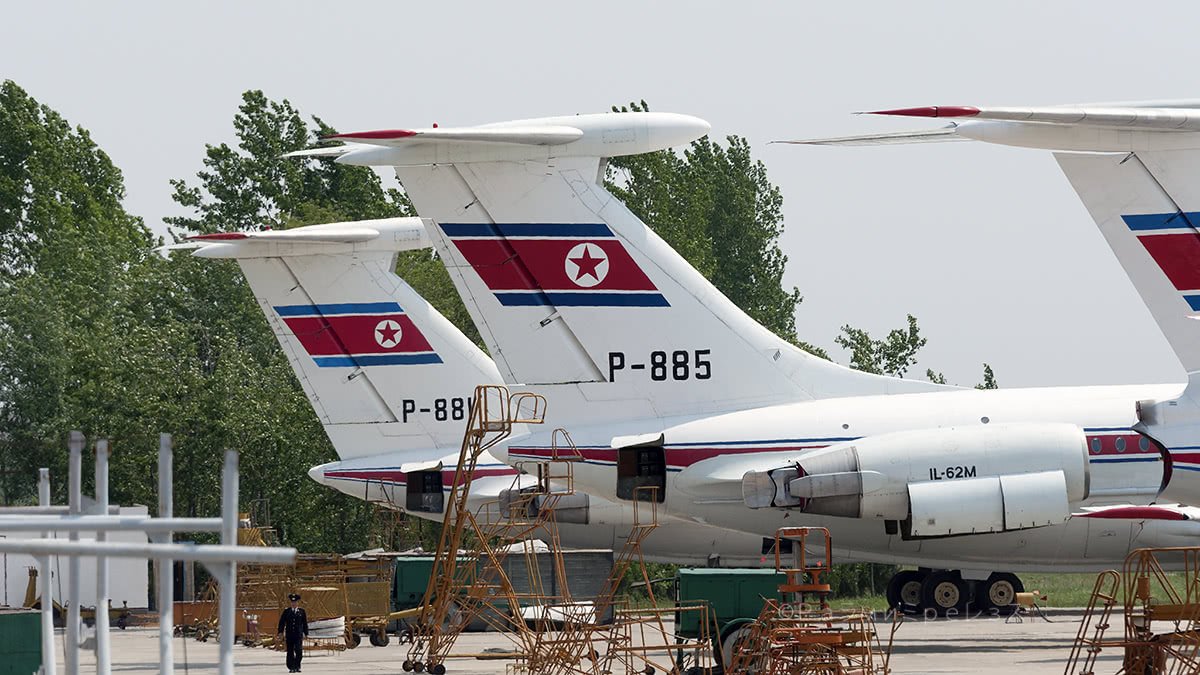
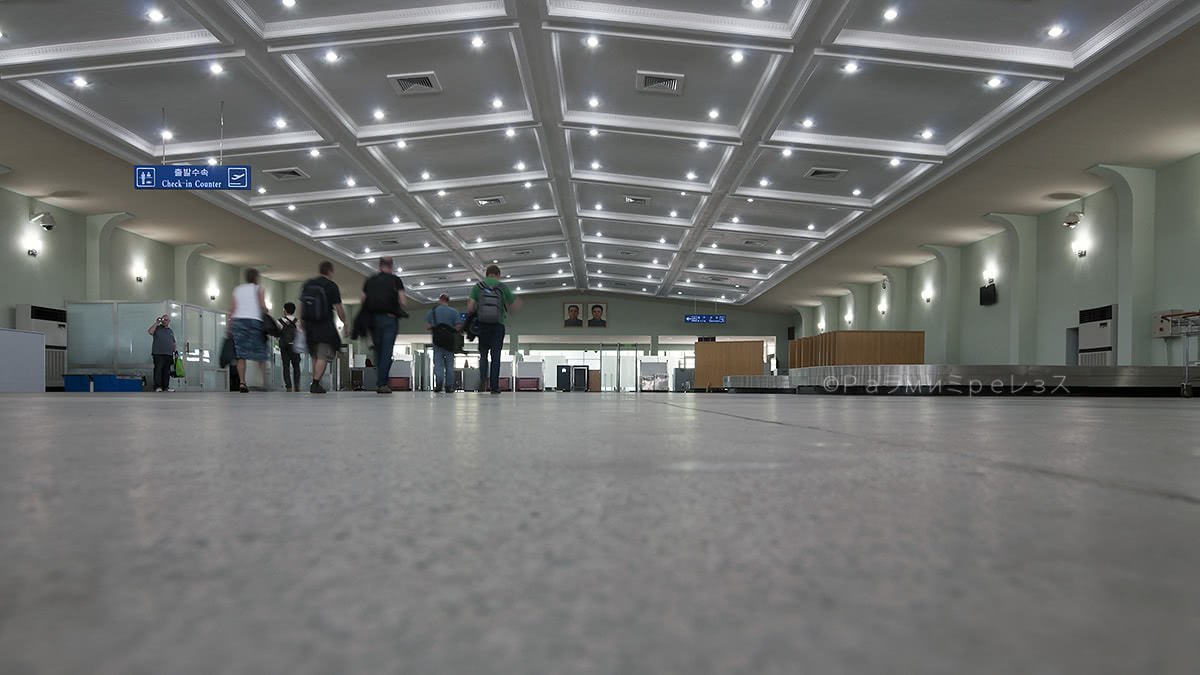
Sondok - Pyongyang flight.